|
At the beginning of 2017 I started a new bird photography project with the aim of increasing my knowledge of our feathered friends. A few weeks ago I photographed my 200th different species of wild birds which seems like a suitable milestone to celebrate with a blog post so I will share some of my favourites here. Before starting this project I did occasionally photograph birds, but my knowledge, my skills and my equipment were just not up to the task and I wished to improve in all those areas. My approach to this project was fairly simple, I went to many different places, mostly locally here in Finland, looking for birds to photograph. When I got home again I used a combination of books and the internet to try and identify the birds that I had photographed. To start with this task was very difficult, to the untrained eye many different species look "the same" and there is the added complication of the significant changes in appearance that birds can undergo at different stages of life and during different seasons of the year. As time has passed I have become a lot more familiar with an increasing amount of different bird species but I think that it would still take a decade or more of concentrated effort before I could approach any real level of expertise. Despite still being a relative novice in this area I now know enough to get a great deal more enjoyment when out and about in nature, it has really enhanced my experience to be able to recognise a reasonable amount of the birds that are all around us. In bird photography, perhaps more than any other kind of photography, your equipment can make a significant difference to your results. Your chances of catching the best moments are greatly increased by a high frame rate and lightning fast focusing, a lens with a very long focal length is a huge advantage in order to capture the finer details of wild birds while a very wide aperture helps to gather as much light as possible when using the very fast shutter speeds that are necessary to freeze the motion of moving birds. Despite the benefits of specialised camera equipment the skills (or lack thereof) of the photographer are a more decisive factor. When you first get a lens with a longer focal length (e.g. 500mm or more full frame equivalent) it takes a bit of practice to be able to keep a flying bird in the frame well enough to be able to focus and shoot but over time you develop sufficiently good hand-eye coordination to manage this task reasonably well. Knowing your camera well enough to be able to make any needed changes to the settings "on the fly" without looking and while shooting is also a big advantage. A familiarity with the typical behaviour of different birds is also invaluable, having an occasional feeling for what might happen before it happens is extremely helpful. In bird photography it can also be helpful to make full use of your senses. Sight is of course extremely important but hearing may come a close second in many situations, once you start to be familiar with some of the calls that different birds make it can really inform your search. When you recognise a bird call it can tell you both what to look for and where to look for it, in some cases the birds are so well camouflaged in their surroundings that without this kind of hint your chances of finding them are close to zero. More than 85% of the different species I have photographed so far are ones that I have found in Finland but I have occasionally spent some time focusing on birds while on one of my landscape photography trips. A whale watching boat trip in the North Atlantic (while visiting Iceland) allowed me to photograph Northern Fulmars while my visits to the UK have included journeys to photograph colonies of Puffins and Gannets in the North Sea, slowly building my collection of images. One thing which can be a bit surprising when starting to pay attention to birds is the amount of interesting details, there is a whole world of colour that they display in their plumage and a lot of interesting shapes and forms. Although birds are not my main photographic focus I find it very relaxing and interesting spend some of my time with this kind of photography. The challenges are quite different as it is often an extremely instantaneous and reactive kind of activity rather than a carefully planned one, while many of the fundamentals remain the same. Below you can see a full list of the bird species I have managed to photograph so far, I hope that I can add more to it over time.
Before I leave this topic I would like to mention my friend Mika Grönroos who has accompanied me on many bird related excursions over the past couple of years and has also had to put up with quite a few "what kind of bird is this?" questions as I tried to find my way round this topic. Thanks for the help Mika! Until next time, Andy
0 Comments
Here in Finland the winter finally starts to be over, the snow is pretty much gone and the air is alive with birdsong as our feathered friends start to think about their mating season. I took a short trip with my friend Mika Grönroos to the small Finnish island of Utö, which is often a fantastic destination for bird photography as it is the first opportunity for migrating birds to land after crossing the Baltic Sea from Central Europe. On this occasion the wind, coming from the North, was not in our favour as it discouraged potential new arrivals from starting their migration into the wind. When we arrived the island was fairly full of birds and the wind was strong enough to keep them there... but by the next morning the wind was lighter, still discouraging the long journey over the sea but not strong enough to prevent birds leaving Utö for the Finnish mainland. This meant that the island gradually emptied during our visit. On these trips the hope would be to see some of the less commonly seen species and also to have a chance to capture some birds in particularly nice surroundings, this is usually a target rich environment so there should be at least a few good opportunities, even if they only last for a few milliseconds. On this occasion the most numerous residents of the island were starlings and chaffinches, not the most unusual of creatures... but there were also a decent number of dunnocks which are a bit harder to spot in normal circumstances. A couple of dunnocks were always hanging around near a jetty, we knew this as whenever we walked past (which happened about 12 times a day... its a very small island) we were able to see them darting away before we could take their picture. It happened so often that it really seemed that they were toying with us. There were also a good number of robins on the island. Robins are always nice birds to photograph and they have an agreeable habit of regularly perching on things (fences, tree stumps, posts, etc) which helps your chances. The skies above the island were somewhat empty compared to previous trips, but there were some occasional interesting sights, such as this raven which flew over with the bloody remains of it's recent meal still in evidence. There were very few waders staying on the island (although many were seen passing by) but there were some ringed plovers to be found. One of the nice things about photographing birds in the spring is that the birds are at their most colourful at this time, anxious to impress prospective mates. We spent quite a long time trying to get decent shots of a wren, a small and elusive bird which doesn't seem to stay still out in the open for too many nanoseconds at a time. When walking through the eastern meadow the sound of sky larks could often be heard, sky larks are surely one of the more joyful and enthusiastic of singers, taking to the air to broadcast their message. We enjoyed some very pleasant weather for the first part of the trip, it wasn't exactly warm but the sky was clear and there were beautiful colours at sunrise and sunset times. We received an excellent hint from local bird authority Jorma Tenovuo that we might be able to find a black redstart near to our accomodation at the western end of the island, and his advice was very good indeed. We were able to find this beautiful bird within about 20 seconds of getting to the general area. My final picture from this trip perhaps fittingly shows a dunnock, the bird we spent the most time photographing. Althought this was just a short trip, it was refreshing to take a break from landscape photography and it was a pleasure to be back in Utö once again. Thanks a lot to Mika for another good trip! Until next time, Andy Skagsanden beach in Lofoten is a favourite spot of mine for landscapes and auroras, an interesting place to observe the activities of birds and also a place for more adventurous humans to enjoy some arctic watersports. On my September trip to Norway I visited Skagsanden 6 or 7 times, it always seems to be on the way to places and it is a nother of those very tempting places to stop. On one of these occasions I was wandering along the beach on a rather windy day, following the tracks of a horse which had obviously walked there since the tide last went out. I noticed movement ahead and saw that some small waders (birds that live along the shoreline... not chest length waterproof boots) were sheltering in the hoof prints. After fetching my binoculars and the camera I use for wildlife from the car I investigated further, identifying a number of juvenile Ringed Plovers. It is fun to watch these birds alternating between looking for delicious morsels and running away from incoming waves as they take advantage of the "surf sushi" buffet. After a while I realised that the Ringed Plovers were not alone. The plovers are rather small and fast moving waders but there were some even more tiny and rapid birds which were scooting nervously around at the edge of the surf, I believe they were Little Stints. The Little Stint was a new species for me, I now have photographs of 193 different species - closing in on 200! There is something very amusing about watching very small birds running extremely fast along the ground, their short legs pumping at a remarkable rate. I assume that is a faster and more economical way to travel distances up to a few metres, the overheads in time and energy of taking off and landing making flight a worse option for such journeys. Some larger waders were also in attendance, a number of Dunlin were also patrolling the shore. The markings of these two birds, Little Stint and Dunlin, are somewhat similar, but the Dunlin has the black patch on its belly and also has a significantly longer beak. In cases where both can be seen together (not an unusual occurrence) then the size difference is also very obvious. The shore birds and the photographers were not alone at this location, there was also a significant population of people who were enjoying their day out in the chilly waters of the bay - surfing and kayaking. I have watched surfers here and at Unstad beach (also in Lofoten) previously but this was the first time I have seen kayakers at either location. I imaging that being in a kayak makes it a lot easier to propel yourself out into position to catch the waves, and maybe gives you more control, but maybe with surfing you feel more like it is really just you and the ocean. Watching from the shore, my impression was that neither of these activities were very easy, there must be quite an art to understanding which of the waves was really going to turn into a good one and which was going to fizzle out. When the waves finally broke, they did so in spectacular fashion, foam everywhere. No matter the results, all the participants appeared to be having a fantastic time in their Arctic watersport adventures and it was enjoyable to watch them. Back on the shore, the waders continued their opportunistic snacking, completely oblivious to the action on the water. Even when you are busy trying to feed yourself, it is important to keep your feathers in order. I captured one Ringed Plover performing such maintenance. Well, that's it for this time from Skagsanden beach. I have no idea who the people are in the surfing and kayaking pictures, but if anyone shown here would like to have a copy of the relevant pictures, or would like their picture to be removed, then please contact me using the contact form on the site and I will take care of that as fast as I can. Thanks for reading! Andy My recent schedule has been rather hectic, and I am a bit behind in processing the results, so my blogs and my trips are a little out of sync... my last 4 trips have been the Dolomites, then Utö, then Lofoten, then Utö again, and I write this from a guesthouse in Vik, Iceland while the strong wind is whipping the heavy rain against my window. Today is a day for blogging rather than photography. This blog covers the second of those trips to Utö, a tiny island in the Baltic Sea which is something of a Mecca for Finnish bird photographers and bird watchers. As usual on my bird photography trips, I was accompanied by my friend Mika Grönroos who is an excellent bird photographer and an active poster on Instagram... why not click his name above and follow him on Instagram! The first thing we noticed was that there were a lot more small birds on the island than there had been last time, but that didn't necessarily mean that they would make themselves available for our photographs. We spent a considerable amount of time trying to get a shot of one of the wrens that we could hear, and occasionally see for a few milliseconds, near to our accommodation. Patience, persistence and luck are all needed in order to get opportunities for a decent bird picture, and then of course you need to get the shot when your opportunity arises. As well as small birds, there were regular chances to see harriers flying over the meadow area in the east of the island and the scrub land on the south an south east. It is always interesting to watch these large raptors hunt, even if they are usually a bit too far away to allow really good photographs. They fly low over the ground looking for their victims, and then undertake some mid-air acrobatics in order to quickly change their horizontal cruise into a vertical strike. One pleasing thing about Utö is that despite it being such a tiny island (0.81 square kilometres) it has some recognisably different habitats in which you might photograph birds. Back in the village we encountered what is either a rare and interesting visitor or a boring and commonplace bird. A juvenile gull had been causing some interest in Utö for a few days as it appeared that it might be a Caspian Gull, a very rare find in these parts having never been seen in Utö before and only rarely in the whole of Finland. The national rarities committee will decide in due course if this individual was a Caspian Gull... or not. This is obviously the "bird perching on a roof looking to my left" section of the blog post so now I can also mention that there were many pipits on the island during our visit, including this Meadow Pipit which struck some poses in the wind for us. Pipits were not the only small brown birds that could be found hanging around near the village, this Bunting (I think it is a Reed Bunting but I am not 100% confident) sat nicely on the rocks. The village was also serving as a resting point for a number of Robins, one of the more universally known bird species and also one of the easier ones to recognise even to casual observers thanks to it's distinctive red breast. Our Friday afternoon activities were rather limited as it began to rain gently and then gradually increased in intensity to a level that could be described as deeply unpleasant. By the time we realised that it would be better to seek shelter it was already too late, we were pretty wet. The storm continued through the night. The next morning we explored the island once again, thankful for a slightly brighter and drier day. The village was still full of small birds, including finches of many varieties. Another well represented species was the Common Redstart, a few of these were very active in posing on different perches near to the harbour. I always like to see Redstarts, and it has been very welcome that they have been visible on many of my trips this year. One Redstart started to lie down on the beam of a boat trailer, rather than standing or squatting on its feet as you would usually see. It looked rather funny. I later noticed that a Robin had also made its way into one of the frames, this is not an unusual event, but 999 times out of a 1000 an unexpected second bird will not manage to get itself into focus as the focal plane with commonly used settings is only a few centimetres deep... unfortunately the Robin's leap took it slightly out of frame in this case, you can't have everything. After leaving the village behind we set out to patrol the east meadow where we heard and then saw some Golden Plovers resting nearby in a rocky area. I was particularly happy to see the Golden Plover as I had not photographed that species before, it increased my species count to 190 (or 191 if the Caspian Gull is a Caspian Gull). We walked towards the south east of the island, together with Jouni Mäkelä and his friend, photographing a co-operative Coal Tit on the way. After the Coal Tit became reluctant to continue the show we decided to head back towards the meadow following a path through the rocks and juniper bushes. As we made our way, there was a flash of colour and movement a few metres ahead of us, we had approached the hiding place of a Short-Eared Owl and it had decided to relocate itself. Almost exactly two years earlier I had a similar experience in a different part of the island while on a trip with Pasi Kaunisto (another good one to follow on Instagram!) when a Short-Eared Owl burst out of the grass right in front of my nose. On that occasion I was so shocked that I just stared at the bird in amazement as it flew off, not managing to take a single photo, but on this occasion I had a more useful instinctive reaction, managing to capture at least a few successful frames before it disappeared again. This kind of encounter is all over in just a few seconds and it is always likely that it happens at the wrong moment, the camera settings might be wrong for the situation or you might be facing in the wrong direction or you just might not realise what is going on until it is too late... but on this occasion any such difficulties were not fatal to my chances. The part where practice really pays off is translating the rapidly moving bird that you see with your eyes into the needed physical actions to raise the heavy camera and lens to your eye precisely enough so that your target is visible in the viewfinder, allowing you to focus and shoot. For a frustratingly long time - when learning to use a long telephoto lens - I would miss at least 90% of these split-second opportunities due to not being able to do this accurately and quickly enough... nowadays I guess my odds are improved a bit but still it is just as likely to fail as it is to succeed in these surprise occurrences. The following morning was our last opportunity of this trip, M/S Eivor would leave for the mainland at about lunch time, leaving us about 3.5 hours of photography after breakfast. There were rumours once again of the Short Eared Owl and we searched in the meadow hoping for another glimpse of it... but we would not get a second chance this time. There was however still time for another bonus species. On more than one of our previous Utö trips we bumped into other photographers who told all about seeing a Red-Breasted Flycatcher. Try as we might, and we did try a lot, we never managed to find one... but on this morning we finally put that right as a juvenile Red Breasted Flycatcher spent it's morning foraging for insects in the area near to the Utö shop. This was a nice way to end another excursion to Utö, thanks again to Mika for a successful and enjoyable trip! Andy Last year I was lucky enough to visit the small Finnish island of Utö on multiple occasions, on the lookout for interesting birds during the annual migrations in spring and autumn. In 2018 I missed out on the spring opportunity but hope to make up for that in the autumn. My friend Mika and I planned short visits to Utö at both the start and the end of September, this post covers the first of those trips. Utö is a tiny island (0.81 square kilometres) but it holds a special interest as a bird watching destination as it is the first (spring) or last (autumn) piece of land for a while on a number of migration routes between northern Europe and warmer parts to the south. It is also sparseley populated enough and with enough unspoilt territory that it appears as an attractive and safe stopping place for passing birds. There are no guarantees with this kind of activity, but on Utö you have at least a reasonable chance to see some interesting birds on any given day. As has become our tradition on these Utö visits I collected Mika from his house and we drove (with the help of a short ferry crossing) to Nauvo where we would have a chance to do some "warm-up" photography before making the 5 hour boat trip to Utö on the good ship M/S Eivor. The trip started well enough with a few smaller birds to photograph. Last year I split my time roughly equally between my "normal" photography (landscapes and occasional city or architecture shots) and my "backup hobby" of wildlife photography, using one to get a break from the other. It might seem odd to turn to photography to give me time off from photography, but the activities and equipment are different enough to provide a refreshing change. This year I have spent a lot less time doing pure wildlife photography with my Canon camera and long telephoto lenses and most of the bird photography that you have seen in some of my blog posts has been done with the Sony cameras and smaller lenses which I usually travel with. I find it surprisingly easy to swap between the equipment from different manufacturers, possibly helped by using Canon and Sony for such different purposes, but I was happy to have this warm-up period before the real trip started. When you see a bird you want to photograph, you then have to - as quickly as possible - aim your camera so that the bird is visible in the viewfinder. The bird may be flying, otherwise moving or partially concealed by leaves or branches, and may be tens of metres away. The camera + lens weighs over 6kg. You also have to get the bird in focus... while having the right settings for the (often rapidly changing) light. I find that the accuracy and speed of carrying out these precise motions and calculations decreases noticeably if you have not been practicing recently. The challenges of bird photography are considerable. The highlight of this pre-trip session came when we heard some calls that we did not immediately recognise. As you spend time observing different birds their sounds start to be familiar and often you know what you will see before your eyes can confirm it, but on this occasion the sounds just helped with "where to look". As we got clear of some trees beside a path we were walking on we were able to observe a pair of juvenile white tailed eagles having an animated discussion high above. We took a coffee break after this encounter and made our way to M/S Eivor which left for Utö soon after. It was well after dark when we finally arrived so there would be no more bird photography until the following morning. Mika had been following the weather forecasts from multiple sources and the concensus seemed to be that it would be a bit changeable so we just had to hope that there would be enough light... as well as something interesting to photograph. In the morning we were greeted by grey skies, a threat of rain, a lack of light and an island that was much more empty of birdlife than on any of our previous visits. Much of the island is covered with small boulders and juniper bushes, with occasional rowan trees - in busier times any one of these might provide an attractive perching place for smaller birds but on this occasion almost every vantage point was unoccupied. Breakfast restored our spirits and we set out to explore once again. The day remained quite dark until close to to lunch time but at least we were able to see some occasional birds during our search. We could tell from the constant calling that the juniper bushes were infested with goldcrests (Finland's smallest bird, weighing only 6.5g) in many places but they were even less willing than usual to show themselves. The most common sightings during the day were birds of prey with many tens of sightings of both sparrowhawks and kestrels, often with multiple individuals of either species in sight simultaneously. We also saw a Hobby on multiple occasions and a single Osprey which passed overhead on its way to wintering grounds which are probably in Africa. After lunch the weather started to brighten up a bit and we continued our search during the afternoon, racking up over 20,000 steps for the day despite being on such a small piece of land in the middle of the Baltic Sea. As the afternoon progressed the pattern remained pretty much the same, regular sightings of birds of prey with only occasional opportunities to photograph smaller birds. When you did spot movement from the corner of your eye it was more likely to be a butterly or a dragonfly than a bird, both were present in good numbers all over the island. We had hoped to see a few different Harriers during the trip, there had been sightings of Pallid Harriers on a nearby island, and in the afternoon we were rewarded with a good view of a Marsh Harrier as it patrolled the eastern part of the island. For a day's bird watching on the mainland it could be considered a success to see a Hobby, a Sparrowhawk, and Osprey, a Kestrel and a Marsh Harrier as well as a few small birds but for a day on Utö the overall feeling was one of slight disappointment - there were no sightings of particularly uncommon birds and the overall amount of bird activity was very low, while the light was not that great for photography and there were no opportunities to get exceptionally close to any birds or to observe them in particularly nice positions. The following morning we would only have about 4 daylight hours for photography before heading back to the mainland, but of course we hoped for a change in fortunes. As it turned out, both the weather and the bird situation were very similar to the previous day. We noticed that Kestrels had a habit of perching on top of the buildings at the garbage station and tried to set ourselves up out of sight for a mini stakeout in that area. They really are beautiful birds. The Sparrowhawk fly-bys also continued at regular intervals. The village remained rather quiet apart from the constant circling of Barn Swallows who did their best to keep the local insect population under control and the occasional wagtail. I always enjoy visiting Utö, there is something satisfying about the simple rhythm of my days there where sleeping and eating are the only things to disturb the hunt for photogenic birds. Thanks once again to Mika for another good trip, hopefully we will have a bit better luck and a bit better light when we return there in 4 weeks time. Until next time, Andy "I spent a lot of money on booze, birds and fast cars. The rest I just squandered." Welcome to part two of my Switzerland blog. In the first installment there were a lot of mountains and waterfalls, this time I am going to show you some of the other things that Switzerland has to offer... but before that, its time for a short visit to Liechtenstein. Liechtenstein is one of the smallest countries in Europe, having a land area of only 160 square kilometres, bordered on the east by Austria and otherwise surrounded by Switzerland. On the third morning of my trip we made a short detour (from Switzerland to Liechtenstein) in order to photograph a bridge which crosses the Rhine near to the village of Ruggell. Its always nice to visit a new country. The border between the two countries is defined as being the middle of the river, so I was at least 50 metres inside the country for at least 10 minutes... of course it counts! I was not the only visitor to Liectenstein on that day, I noticed that a Common Stonechat had also come for a look - a nice looking bird that I have seen in Scotland before but never in Finland. From Ruggell we returned to Switzerland and made our way to Walensee, a beautiful lake surrounded by mountains. The light there was not much use for landscape photography but it was a very pleasant place to spend some time and looked like it could be a good destination for some sunrise or sunset photography another time. From Walensee we continued to the town of Rapperswil where you may find an old castle and a marina as well as a lake area which is popular with wildlife. From the marina area you can follow a path which takes you under the main road and into the lake area where you can find many water birds tending to their families, including coots, great crested grebes, grey herons and mallards. Here again the coots were initially the most eye catching bird species. There were many coot families with young chicks and while the adults are dark and plain the youngsters are a riot of colour and rather ugly-beautiful, they don't look like they could belong to the same species. For those of you who need a break from too many bird pictures, here is a picture of a bike resting against a hedge. There is a raised walkway which allows you to walk across the lake for many hundreds of metres and offers a good view of any birds that might be in the area. As we were returning towards the car I spotted something a bit more unusual, a little grebe ("little grebe" is the name of the species... it wasn't just a normal grebe that didn't look very big). I have not seen this species before so it was a bonus to add an image of it to my collection... even though the photograph is no masterpeice. Rapperswil was a very nice place to visit, and especially good for bird photography. We made our way back towards the Juvet family home in Waldstatt, stopping on the way for a "coffee break" which turned out to be an ice cream break. As far as I am concerned it is always time for ice cream, no matter how recently you had ice cream, what time of day it might be or how cold the weather might be. On a hot summer afternoon such as this, even the most unenlightened person might start to see the wisdom of my thinking. As we enjoyed the ice cream the storm clouds started to gather over the mountains and the threat of bad weather grew - there would be no glorious sunset photography... but maybe there was a chance for some more bird photography as I saw a white stork (another new species for me) searching for reptiles or rodents in the nearby field. Although I have never photographed a white stork before that is not because of a lack of opportunity. Last year in Germany I saw two unrealistic looking plastic storks about 30m away in a field and wondered why anyone would put such things in the middle of their crops... perhaps they are acting like scarecrows I theorised. If I had spent those moments getting my camera out of my bag instead of coming up with plastic stork theories I might have been in a better position to capture the moment when the "unrealistic plastic storks" flew away. I had to wait over a year for a chance to put this right. The next day we were up bright and early and heading for the truly amazing Autobau car museum in the town of Romanshorn. I have been to a few different car museums before but this one was just outstanding, the collection was absolutely remarkable and all the cars were in first class condition. Each car was displayed in appropriate surroundings and spaced out in such a way that you could really appreciate each vehicle individually. So... what cars could you see there? Well... for a start there were the Ferraris... many Ferraris... including a beautiful yellow Ferrari F12 TDF (click to view the pictures in a larger size). The red "La Ferrari" is a rather funny looking vehicle to my eyes, but it seems that it must get the job done with a capability of accelerating from 0-300kmh in less than 15 seconds. These new Ferraris were joined by some of their ancestors with a classic Ferrari 330 GTO from 1964 and a Ferrari F40 supercar from the late 1980s or early 1990s... and also a Ferrari 488 GTB 70 year anniversary edition, a 2017 model commemorating the 70th anniversary of the company. I slightly regret not recording all the models that were on show, but if I remember correctly there were at least 7 or 8 different pristine Ferraris in the "Supersport" hall which is the first part of the museum that you are directed to from the reception. The collection was not only about Ferraris... it contained many of the other things you might have been hoping to get in your hand when playing Sports Car Top Trumps - a Lamborghini Diablo, a Detomaso Pantera, an E-Type Jaguar, a Porsche 918 Spyder and a Mercedes 300SL Gullwing... and some exotic additions such as the Saleen S7, Bugatti EB 110 and the Vector W8. Maybe its a small detail, but almost every car had a rather striking colour and that really helped them to make an impression... this yellow Honda S800 might not have looked so impressive in medium grey.
This museum has given me so much I feel I should mention... and I am still only in the first section of it... so I should hurry up.... but first I need to at least include a picture of the very beautiful Mercedes 300SL gullwing. The next section of the museum turned to the serious business of car racing, in all its different forms. There was a dragster (drive 400 metres as fast as possible), an Indy car (drive 500 miles as fast as possible) and some cars that had competed in races such as the Daytona 24 hour (drive about 2500 miles over 24 hours... as fast as possible). The museum owes it's existence to racing... to the racing of one man in fact, Fredy Lienhard has been a successful Swiss racing driver over many decades and the museum was founded with his personal car collection, many of the racing cars in the museum bear the name of his Lista racing team. What about Formula 1 I hear you ask? Good question. There were almost enough Formula 1 cars to have a Formula 1 race... although they were all from different years so ensuring a fair race might be a challenge. Alain Prost's 1983 Renault was one of the earlier ones. The distinctive red of the Ferrari F1 team always makes an instant impression. If the race between all the Autobau Formula 1 cars was a team event then I think that Sauber might end up as the dominant constructor, one of the halls at Autobau housed one of each Sauber F1 carfrom 1994 to 2005 inclusive. An amazing collection. We eventually dragged ourselves away from Autobau and continued our tour, after a walk around the old town of St Gallen we visited the botanical gardens. Botanical gardens are often very interesting places to shoot, the rich colours and interesting shapes of any flowers that might be on display are one attraction and any insects or other wildlife that they attract is another. I did not have a macro lens with me on this trip so my all purpose 24-105mm f4 lens was taken into action. One of the things that I often try in this kind of situation is to make images where a pattern or a colour or a texture can fill the entire frame. Inevitably, the bees buzzing around the flowers in the external gardens became the most interesting subject and many frames were spent trying to capture their important activities. When I look back on this trip, I find that I am not all that excited about my pictures - the light was never quite right, sometimes that's just how it goes - but I can say that this was anyway one of my favourite trips since I started writing the blog. The great hospitality and friendship shown to me by my hosts, the Juvet family, was something that I will not forget and they also did a great job of showing me the attractions in their area. Thanks once again to Robert, Krisztina and Isi for all their kindness! Normally my photography travelling is done solo, but a couple of weeks ago I spent 5 days in the Appenzell Canton of Switzerland as a guest of Robert Juvet and his family. Robert and I have competed against each other in some photography competitions on GuruShots and we have become friends through some photography related facebook groups - meeting in person for the first time earlier this year in Budapest. When he invited me to come and shoot with him in his home country of Switzerland for a few days I was very happy to accept. The Finnair link from Helsinki to Zurich is another perfectly planned route, you can leave early in the morning and return late in the evening, allowing you to make the best of both travel days as well as enjoing the days inbetween, and I met up with Rob and his family by lunchtime. Our first location was the Thur waterfall, a 10 minute walk from the village of Unterwasser. The waterfall is at the end of a winding path which follows the downstream progress of the water, ending up in a cave like area in front of the waterfall itself. You can also follow a path up above the waterfall and view the spectacle from different angles. This was an excellent place, kind of hidden away near to a small village in the middle of nowhere, perfect. One feature of this trip was the prominence of interesting bird life. On the relatively short drive from Zurich I had seen red kites circling over the motorway on at least a dozen occasions and here at the waterfall I watched a pair of common buzzards wheeling around overhead. From Thur we continued the waterfall tour, following a steep, overgrown and vaguely unsafe path from a roadside car park down to Ober Glessenfall. Our third waterfall of the day was Glessenfall II, but that scene did not really get my attention and I found myself a lot more interested in identifying the small birds that were flitting around the area, one of which was a grey wagtail - a species I had not photographed before. It is always nice to photograph a new species, even if - like this time - it is too far away and in too dark a place to get a good shot. It always seems a bit unfair that the Grey Wagtail, a striking bird which is about 40% yellow, is called the Grey Wagtail... but it is a victim of the existence of the even brighter Yellow Wagtail and the stunningly yellow Citrine Wagtail. The following morning it was time to head for the mountains. We took the cable car up to Ebenalp. I have been on a number of cable cars... and I guess I will be on a number more in future... but it never feels like a particularly safe way to travel. We survived the cable car journey and were rewarded with fantastic panoramic views of the surrounding peaks and valleys, including the summit of Säntis (the highest point in the Alpstein massif) and the beautiful alpine lake of Seealpsee. The area at the top of the Ebenalp cable car ride is a starting point for a number of different hiking trails and the route was a very popular one, people were crammed into the cable car in scenes reminiscent of the Tokyo subway. Hiking, and photography were not the only activities taking place on Ebenalp, the area near the cable car station is a very popular launching point for paragliding. The considerable updrafts made for superb conditions for that activity and it seemed that the skilful paragliders were able to gain a couple of hundred metres of additional altidute and spend many hours swooping around. The paragliding was hugely impressive to watch, but the fascination was not universal... the cows that were summering on the high pastures seemed completely uninterested. After purchasing ice cream to combat the considerable heat we followed a hiking trail which led down and round the mountain side with the first notable stop being at Wildkirchli, a series of three interconnected caves with a small chapel inside the lowest cave. The trail continued to wind its way around the mountain face to the remarkable Gasthaus Aesher, a tavern situated under a huge overhanging cliff. There were too many people there for me to take a decent picture but the place was certainly an interesting one. Although we had already descended a few hundred metres from the cable car station, the views were still fantastic to many directions. While my kind host continued to capture landscapes, I was distracted by the presence, once again, of a black redstart, the bird species that has been following me around Europe, presumably to make up for always eluding me in Finland. After hiking back up to the cable car station, and descending once more to the car park, we found an impossibly cute (and very tiny) kitten nervously exploring it's surroundings. After sensibly restricting ourselves to less than 1500 kitten pictures each, we were able to break away and head for the next location, the Leuenfall waterfall. As we made our way towards the trail which led down to the waterfall, I got interested in how the light was filtering through the trees in the area of a small steam, and I ended up preferring that picture to any that I took at the waterfall itself. The following day we visited the same area once again, but instead of heading up the mountain by cable car, we set off on foot on the steep climb to the beautiful Seealpsee lake. The trek to Seealpsee takes about one hour and, although the road has a good surface (it acts as a service road to the guesthouses and restaurants at Seealpsee), it is significantly uphill all the way. When the temperature is in the 30's and you are carrying 10-15kg of camera stuff (as well as any extra kilos that you might keep inside your body) then it is a hard slog. The effort however, is certainly worth it - Seealpsee is very beautiful. After the strenuous climb, the walk around the lake is a very pleasant one. There are beautiful views to all directions and there is always the possiblity to use the lake for reflections. The alpine cows are ever present, happily chewing their way through their day surrounded by the beautiful scenery. The lake itself features a number of different territories that are patrolled and defended vigorously by Eurasian Coots. These birds are a lot of fun to watch, especially if it is anywhere near the breeding season when they are likely to feel territorial. When a "rival" (i.e. any unsuspecting bird of any species that just happens to be within 40m) happens to catch their attention then they launch their attack from a very long way away, running quickly and comically across the surface of the water to chase them away or start a vicious fight. When the rival is also a coot then there is the prospect of them both running after each other which looks even funnier. Anyway... on this occasion the coots were comparatively calm. Before long we were making our way back down the steep service road and heading to our next destination, the cable car journey to the summit of Hoher Kasten. This cable car journey was much like any other - looking forward to the view at the destination while slightly concerned about the possibility of falling to your death during the journey. This one had one unexpected difference, it stopped for a while, without explanation, a bit more than half way up... while you dangled about 100m above the ground. I guess it was intended to help you admire the amazing panoramic view... but without knowing that it was going to happen the first thought was that something had gone wrong. When you arrive at the top of the mountain you are rewarded with views over 4 countries (Austria, Germany, Liechtenstein and back into Switzerland). At the right time of the right day this place would be an unbelievable photography destination, but on this day the light was very strong and direct and there was a considerable haze over the mountains, so no amount of post-processing could really rescue the pictures. Another welcome feature at the summit is the large refreshment area with great viewing windows, perfect to get yourself together after the cable car journey. The mountain section of this trip was now over and for the remaining days we would concentrate on other things, so I suppose this is a good place to call an end to this post... we certainly packed a lot into these couple of days. As a final offering I will leave you with this picture of the moon at its First Quarter phase, halfway between a new moon and a full moon. My report will continue with a new installment in a few days time. Huge thanks to Robert Juvet and his family for their amazing hospitality on this trip! Andy As regular readers may remember, I have met up with my mother on a couple of my previous trips (Amsterdam and Riga). On this occasion it was time to spend a few days with my father at my parents flat in Edinburgh. Scotland's capital is a wonderful city with impressive buildings around every corner, some sizeable hills to make the scenery more interesting, and the great benefit of many museums and galleries (most of which are free to enter). Finnair operates a regular, but infrequent, direct service from Helsinki to Edinburgh and this time I was able to fit my schedule to that timetable. Avoiding a transfer makes a big difference to your travel and also makes a big difference to the chances of your luggage arriving on the same flight as you. When travelling direct with Finnair from Helsinki I think I have a 100% luggage arrival rate over many tens of flights... which tells that they are doing something right. My flight arrived early in the morning and I had breakfast in the Marks and Spencer's cafe in Princes street to pass the time until my father arrived. Here I had an unexpected new experience... I have eaten hard boiled eggs before, but never a hard poached egg. Not recommended. After meeting my father at the flat we made our way to the Scottish National Portrait Gallery, an interesting and ever changing set of exhibits in a beautiful building... with excellent coffee and "good things" in the downstairs cafe. From the gallery I continued with a couple of ideas in my head, I wanted to check out different angles for getting pictures of the castle and I also wanted to visit the Usher Hall to see if they would allow me to photograph their staircase. It is quite often the case as a photographer that the things which catch your eye are not the things you are "supposed to be" interested in, and so it turned out out on this occasion as I spent quite some time ignoring the historic and fabulous Edinburgh castle in favour of taking pictures of a slightly grotty public car park. Staircases have been on my mind quite a lot having found very nice ones in Prague, Riga, Budapest and Vienna and my Edinburgh research had pointed me towards the Usher Hall as a place where I might find a good one. I went there to enquire about whether I might spend some time with their staircase, given that it is not in a part of the building that is normally open to the public. The reception staff were extremely helpful and informed me when it would be best for me to visit for that purpose. Walking back through the city I had to take shelter from some extremely heavy showers and these rather removed my enthusiasm for further photography, although I did make a scouting trip to the top of Calton Hill to get an idea of the views and angles from there. The next day it was time to head north from the city to visit my nephews in Lundin Links, stopping on the way to look at the three iconic bridges spanning the firth of Forth. The three bridges, the Forth Bridge (a railway bridge), the Forth Road Bridge and the Queensferry Crossing were each built in different centuries (opening in 1890, 1964 and 2017) and each represents a remarkable step forward. The Forth Bridge is absolutely my favourite of the three and was a true marvel of engineering at the time of its construction. The invention, patenting and licensing of the Bessemer process for steel production in the second half of the 19th century made that material available in bulk cost-effectively for the first time. The Forth Bridge was the first major British construction made from steel, about 55,000 tonnes of it - including 6.5 million rivets. There was also the small matter of over 18,000 cubic metres of granite (from Aberdeen of course) involved in the construction. The end result of the huge construction effort which lasted most of the 1880's was a 3 hour reduction in the rail journey time from London Kings Cross to Aberdeen. The Forth Road Bridge is not so visually fascinating to me, but for road travel through Scotland the impact must have been huge. Before it opened in 1964 the north-south vehicle traffic would either have to make a 50km+ detour to make use of the Kincardine Bridge or cross the Forth estuary by ferry. The possibility to have much faster and more direct access to Edinburgh from the north must have been a great economic benefit for the settlements along the Fife coastline. It was also something of a record breaking feat of construction, the largest suspension bridge outside of the US at the time. The pillars of the newest bridge, the Queensferry Crossing, can be seen faintly through the mist in the picture above. On this occasion I did not pay it much attention apart from while being driven across it... perhaps I return to that as a subject in a future trip. Back to the important stuff... my nephews, Hamish and Finlay. These two young men are at that very endearing stage where they have interest and energy to do a million different things, and they are close enough in age that they do many of those things together. It is always a lot of fun to spend time with them. We also spent time with their parents, my brother and my sister-in-law, but when looking through my pictures I can see that my camera only had eyes for the boys. The nearby beach provides a great playground (and occasional workplace) for the boys and I followed them on an afternoon visit there. There were many different activities undertaken in a short space of time! Throwing is important, but it should be done "at", not "to"... and naturally it works better when the ball is first soaked in a puddle. A good deal of jumping from high places was also in order... ... it seemed to be fun! Although to any watching responsible (?) adult the walls seemed pretty high! This day was certainly a highlight. The following day it was time to head east instead of north as we journeyed to North Berwick. On our way we visited the National Museum of Flight where the attractions include a Concorde. One immediately obvious thing when entering the passenger area of a Concorde is how cramped it is, the long thin fuselage does not leave much room for seats. You may have paid £2,500 for your ticket and be drinking fine champagne with your roast beef but you should not expect much elbow room. A Hawk jet from the Red Arrows was another interesting exhibit, as was the imposing Vulcan bomber, a long range heavy jet which would have carried the British nuclear deterrant in the days before it was felt that a submarine based system was preferable. The spitfire hanging from the ceiling in the wartime hangar inevitably provoked the warmest feelings. The museum was definitely worth a visit and we passed a couple of hours there before heading on to North Berwick. This is a fantastic golfing area where you can find the likes of Muirfield, Gullane and Luffness as well as North Berwick and many others... but on this occasion I was chasing a different kind of birdie - the Northern Gannet - a large sea bird which inhabits Bass Rock off the coast of North Berwick in huge numbers. Bass Rock, with its distinctive Stevenson lighthouse (automated since 1988) is now uninhabited by humans but absolutely inhabited by birds. There are around 200,000 Northen Gannets on the rock in the breeding season, the largest Gannet colony in the world. I took a catamarran trip from the Scottish Sea Bird Centre to go and meet some of them. The first destination on the boat trip was Craigleith, another rocky island a few miles from Bass Rock. There we were able to see various gulls but also common eiders, common guillemots, cormorants, shags, razorbills, grey seals and.... puffins. It was really great just to see a puffin (my first time), but there were not that good chances to photograph them on this occasion. They are a lot smaller than I imagined and you would need to get quite close to them, but they were quite nervous (probably for good reason) whenever the boat came near. Shooting small birds from a boat on the open sea is no easy task so I am happy that I at least got a documentary picture of this encounter. Normally when you go searching for a particular bird, there is at least a small question of whether you will even see any individuals of that species... but on this occasion I could say that finding a Northern Gannet was not that hard. These remarkable looking birds, which can have a wingspan of up to 2 metres, were covering every available nesting spot on the whole island. With the best spaces being closely guarded and very little ledge being fought over there was a good deal of "keeping an eye on the others" going on. This was a really super boat trip and I highly recommend it for any bird watchers or bird photographers. If you want to get good photographs then I guess that the catamarran trip offers better possibilities than the RIB boat trip as there are more possibilities to move around on the boat and to shoot on the journeys as well as at the destinations. Back in Edinburgh it was time to concentrate on interiors for a change, starting with a visit to the Usher Hall and their interesting staircase, a winding spiral with an illuminated column suspended in the middle. The light in the centre and the window at the top create quite a huge difference in illumiation between the lights and the shdows and I felt that the pictures worked the best when edited in a high contrast black and white style. Thank you very much to the staff at the Usher Hall who were helpful and welcoming to a visiting photographer. Leaving the staircase behind I went on a small tour of churches, stopping first at St John's church on Princes Street where they have a very interesting ceiling... ... pausing to pay my respects to a lone piper playing a rousing tune / making a hell of a noise (delete as appropriate) with the castle in the background... ... and eventually making it to St. Giles Cathedral in the Royal Mile, where I had arranged to meet my father. St. Giles Cathedral has a really beautiful interior with high vaulted ceilings, stained glass windows and various interesting artifacts. The ceiling of this fine old church was definitely the most interesting part for me to point my camera at... it had such a beautiful blue colour. Alas, my time in Scotland was now coming to an end, there was just time to make one more climb up Calton Hill to see if I would be blessed with a beautiful sunset... but after all this is Scotland, sometimes you have to just be thankful that "a bit overcast" has not deteriorated into "you should probably build an ark". I really enjoyed these few days in my home country, and especially enjoyed being able to spend time with my father. It was a memorable trip. Until next time! Andy In the last few days it was my great pleasure to return to Utajärvi, a small village in the Northern Ostrobothnia region of Finland, to photograph Golden Eagles from a hide in the middle of the forest. I have been to Utajärvi on three previous occasions for the same purpose, it is surely the best location in Finland to photograph these rare and magnificent birds. The Golden Eagle is one of the best known birds of prey and is present across a large area of the Northern Hemisphere. The global population has been estimated to be approximately a quarter of a million individuals. That does not however make it easy to find! The Golden Eagle has sensibly learned to be cautious around humans and in order to have a reasonable chance to spot one from reasonably close range you need to be in a hide. On this trip I joined a Golden Eagle photography course organised by Finnature, in association with Olympus, and led by Jari Peltomäki, a well known Finnish professional photographer who is currently an "Olympus visionary" and uses their equipment for his photography. In order to maximise the chances to see the eagles, the day in the hide starts before 0700. We arrived in the dark in order to be set up and ready to be silent and still during the hours of daylight, waiting and hoping that the eagles would come to visit the area. In order to lure the eagles into range of our cameras some suitable bait (for instance foxes, squirrels or racoon dogs which have met their end in accidents on the local roads) is left for them to find. The new Finnature hide at Utajärvi (constructed last summer) is larger and more comfortable than the older ones but the most important difference in my opinion is the improved visibility which it offers. It is now possible to have a much wider field of view without having to change your position and that offers greatly increased chances to see all the activity. The eagles tend to approach in stages. Firstly you might see them doing a fly-by overhead, before they settle in the trees at the back of the area for a period of observation, possibly accompanied by some calling. This period of observation seems to typically last for many minutes, or even tens of minutes, but can also be very brief. One of the challenges of this kind of photography is that while you spend 10 or more hours in the hide, the important action of the day may only last for 10 seconds in total. You have to be ready all the time... and inevitably you sometimes choose the wrong moment to take care of something else (eating, changing batteries, having a toilet break) after concentrating for a prolonged period without getting a reward. All you can do is try to be as ready as possible and as focused as possible for as much of the time as possible. Sooner or later, the eagle may decide that it is safe to come and feed. This is a very sensitive time, if the eagle notices anything alarming, such as a moving camera lens, then it may decide to leave the area and not return... your day can effectively be over (although you still have to sit in the hide until nightfall). The practice is to remain silent and still until the eagle has started feeding, and then begin shooting. Some cameras have the possibility to shoot completely silently with an electronic shutter, this gives the possibility to aim the camera where you expect the eagle to land and silently capture its arrival without lens movements or disturbing noises. Once the eagle has landed shooting is also done cautiously, starting with single shots and gauging the reaction over a number of minutes before moving on to longer bursts. The ultimate goal is to encourage the eagle to stay for long enough that there is a chance for a second eagle to arrive. On the occasion shown in the video below, the eagle got spooked before another eagle had a chance to arrive on the scene. Should you be lucky enough to see it, the most interesting and valuable pictures are likely to come when a number of individuals start squabbling over the available food. Capturing these interactions is extremely challenging, the second eagle can arrive from any direction and as they come together the action can continue in unpredictable ways. The wings of these glorious animals are enormous, the wingspan can be well over 2 metres, and during a scuffle a wing can suddenly stick out to any direction... easily disappearing from the frame. In trying to capture these interactions, the choice of lens or the choice of focal length, is something to pay particular attention to. The longer the focal length, the more detail you can capture... but the harder it is to keep the birds in the frame. My thoughts for the trip were to use 800mm focal length for eagle portraits and around 400mm for action and interactions... but this plan was undermined by a problem with the weather sealing on my 100-400mm lens. Trying to shoot the interactions with 800mm focal length was something of a challenge. During the three days I spent with the eagles, I would say that the weather conditions were more favourable than average. Each day had periods where the clouds and the sun were battling for supremacy and this gave some beautifully soft golden light... but unfortunately that light rarely coincided with the best periods of eagle action. The snow was also an interesting variable with periods of heavier snow as well as moments where tiny individual snow crystals drifted slowly towards the ground as if gravity was turned down to a minimum and would travel horizontally instead of vertically at the slightest hint of a breeze. This was another very memorable trip. I am grateful to Jari Peltomäki and to Finnature for making it both possible and enjoyable. For any nature photographers, or wildlife enthusiasts, I can warmly recommend this experience whether you live in Finland or beyond.
Until next time, Andy As 2017 came to an end, my project to photograph as many bird species as I could in 2017 also concluded. The red-legged partridge from Kilmuir in Scotland was the final addition to the 2017 list, the 169th species I captured during the year. Overall this was a pretty good result, my initial target had been 100 species which seemed ambitious enough in January last year, but ended up being fairly easy. Some relatively common species escaped my attention (e.g. rook, rough-legged buzzard, black woodpecker, hawfinch) but on the other hand I was able to photograph some rarer species (e.g. pallid harrier, red kite, stonechat, Tengmalm's owl). With the new year I need a new count, and suddenly I am all the way back to zero. I think I will keep track of my count for 2018 also but I won't give it such a focus as I did last year, preferring to concentrate on learning to recognise new species that I have never photographed before and getting as good pictures as I can of whatever species, even if I have photographed them before. My 2018 account got off to a very nice start yesterday as I went in search of the Black Redstart which had been spotted a number of times over the festive period in the capital area (of Finland). Wait a minute, you are probably saying, that doesn't look exactly like I was expecting... and you would be right, the consensus amongst those who know better than me seems to be that this is a central asian subspecies of the black redstart - phoenicurus phoenicuroides for all you latin speakers. Quite what such a specimen would be doing in these parts is a bit of a mystery, It might be that those who know even better than those who know better than me can still come to an updated conclusion about what the bird is, if so then I will update this post with any subsequent developments... but for now I will assume it is this "eastern black redstart". The weather in southern Finland has been typically disgusting over the past weeks, temperatures fluctuating around zero rather than providing a proper winter experience, instead we are treated to grey, wet, cold, slippery, muddy and dark days and only get to see the sun for some brief moments every 4th or 5th day. This creates quite a challenge for bird photography where you would ideally use fast shutter speeds (1/1000s or faster) to freeze the action. In order to get enough light to fall on the camera sensor in dark conditions it is sometimes necessary to gamble on much longer exposures... and as with any gamble there is a possibility to lose and that leads to blurred images... but once in a while you can snatch victory from the jaws of defeat if they happen to be blurred interestingly. This was a marvellous looking bird, and a rarity, so it was a really nice way to start 2018 and very much worth tramping through some luxurious mud and navigating through a swampy area in order to find it. Spotting the bird itself was easy on this occasion, the half a dozen humans pointing telephoto lenses or binoculars at a particular bush gave a strong hint as to it's location. The bird was also very well behaved as a subject, happy to stay relatively close to it's interested observers while regularly changing positions to allow some variety in the pictures. I don't think that it was entirely healthy however, it made constant head and neck movements over the 20 minutes that I observed it, as if it was trying to swallow something, so perhaps it has something stuck in its throat. I hope that it recovers from whatever is ailing it and manages to find a way to survive the winter. When searching for birds, particularly when searching for one certain species, it is very often the case that your effort ends in a disappointment, it is not an exact science or an easy task, so it is very satisfying when you get one of these good days and find what you are looking for. I hope there are more such days to come as the year progresses. That's it for this time, hopefully I will soon have something to share with you again. I hope that 2018 has started well for you.
Until next time, Andy |
AuthorAndy Fowlie See also:
SubscribeEnter your email address to receive notifications of new blog posts
Archives
December 2019
Categories
All
|
||||||||
- Hub
-
Portfolio
- Flow 2019
- magical Vestrahorn 2019
- Fangorn 2019
- a snowstorm at Kintail 2019
- the village 2019
- a bolt from the blue 2019
- peaceful purple pastels 2019
- a Slovenian sunrise 2019
- the cormorant 2019
- Elgol on the rocks 2019
- weeds 2019
- pretty in pink 2019
- Ritsons Force 2019
- Sakrisoy on the Rocks 2019
- the Clappersgate eye 2019
- the Falls of Falloch 2019
- in the jaws 2019
- the devils teeth 2019
- tranquility 2019
- the old man of storr 2019
- Destinations unknown
- Articles
- Recognition
- Contact
- Store
- About

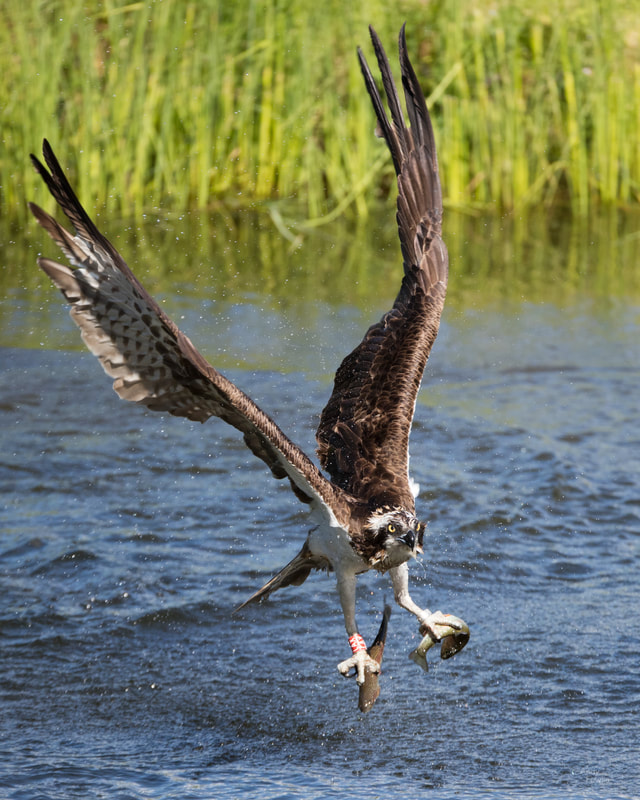
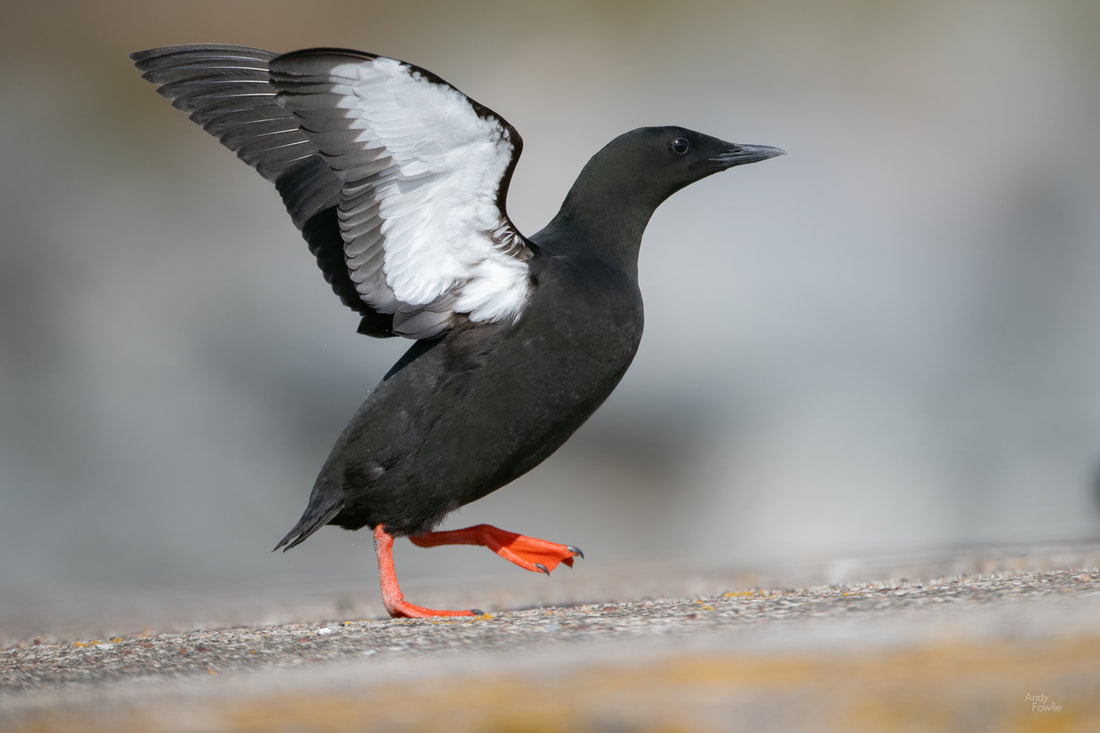
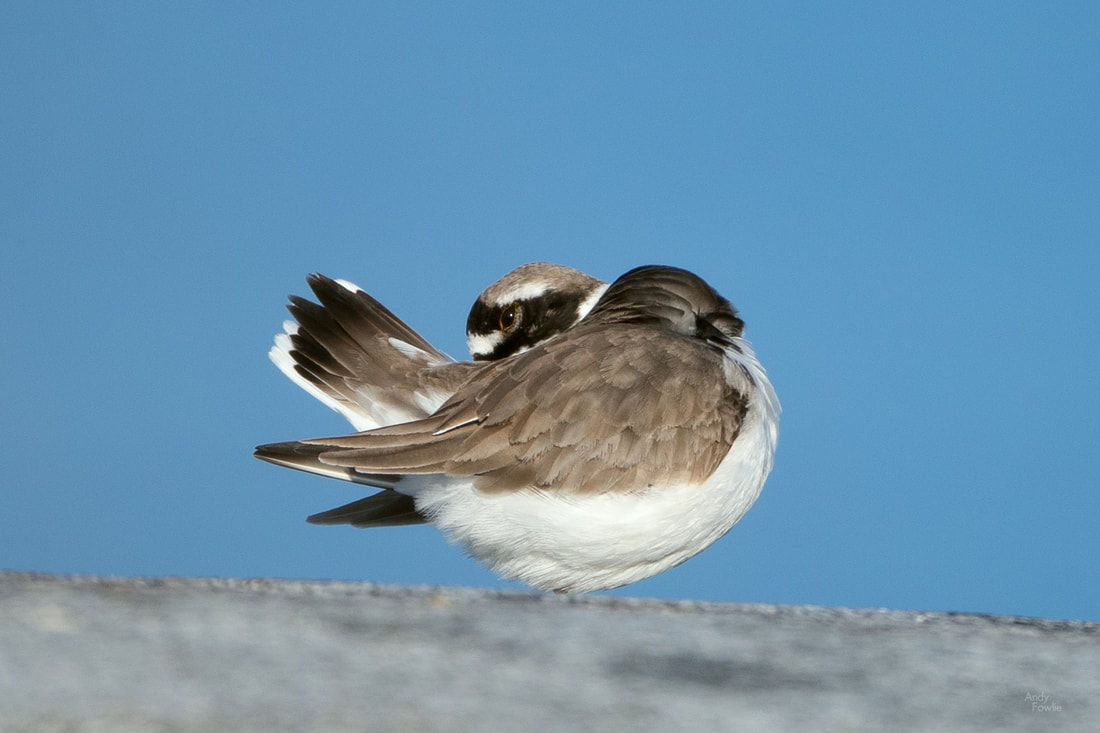
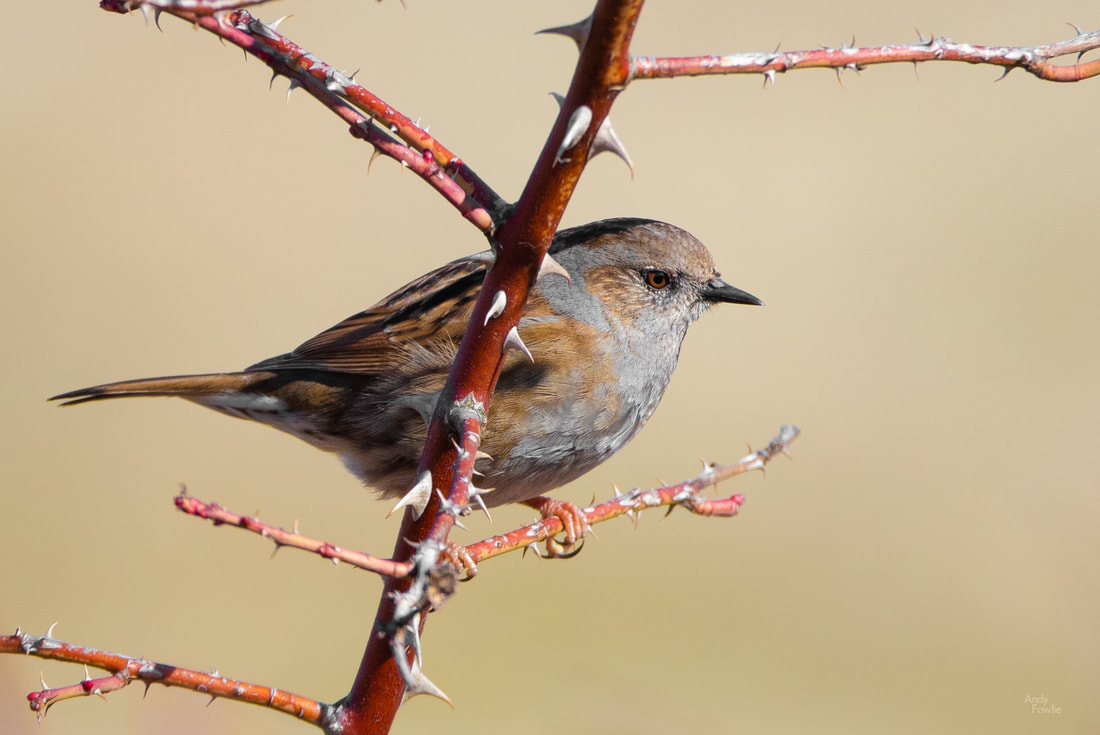
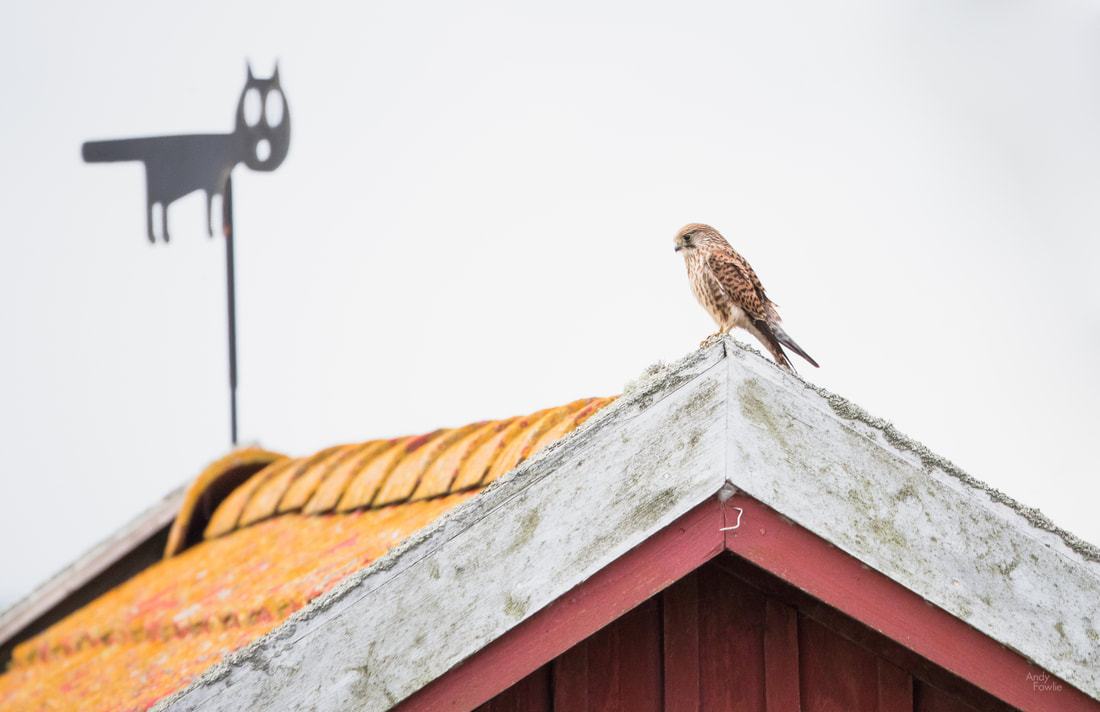
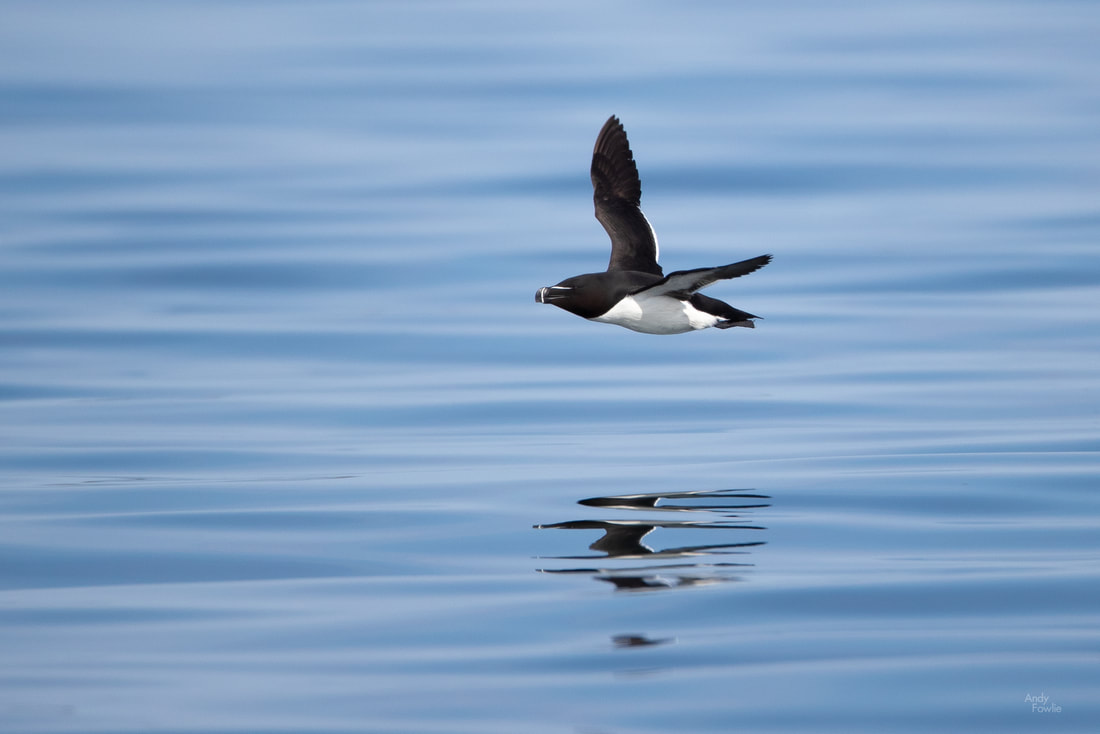
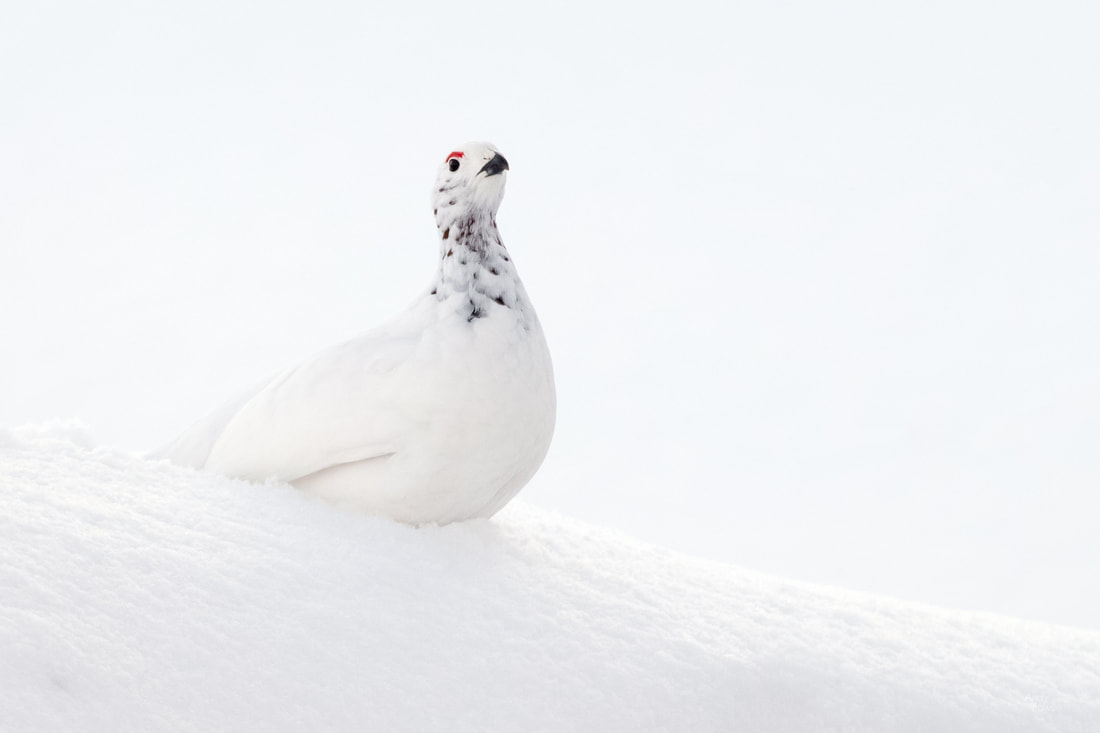
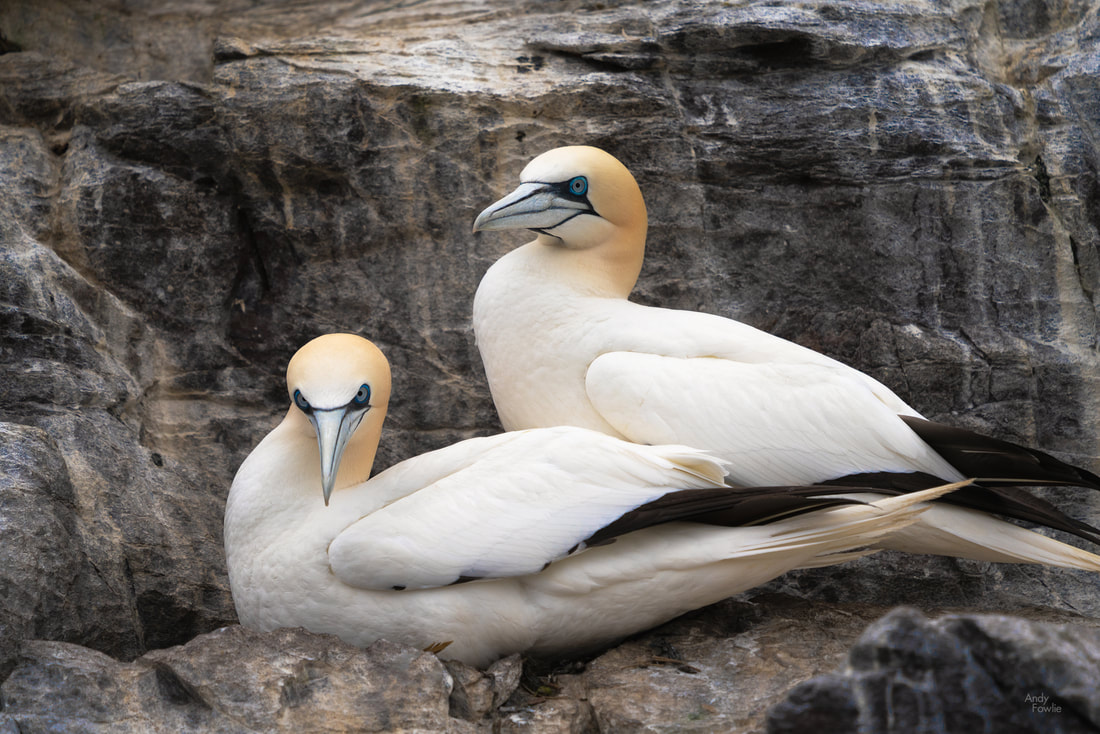
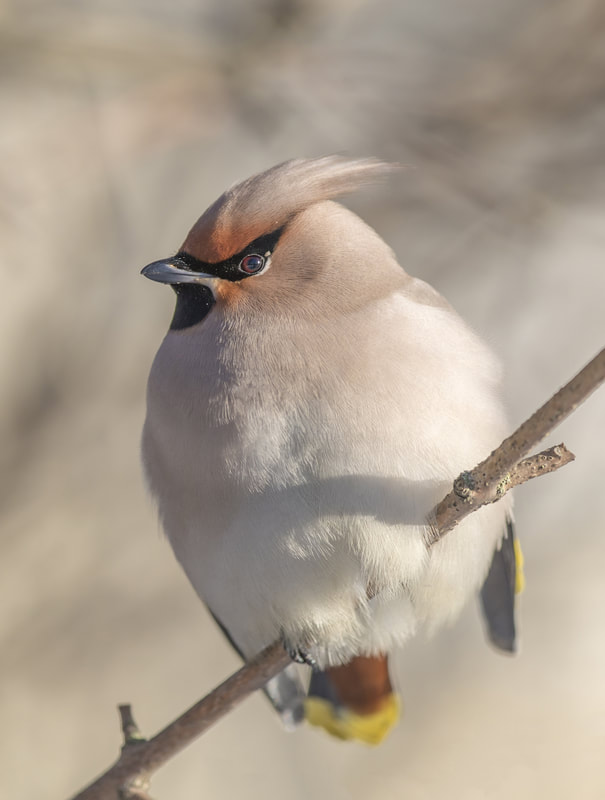
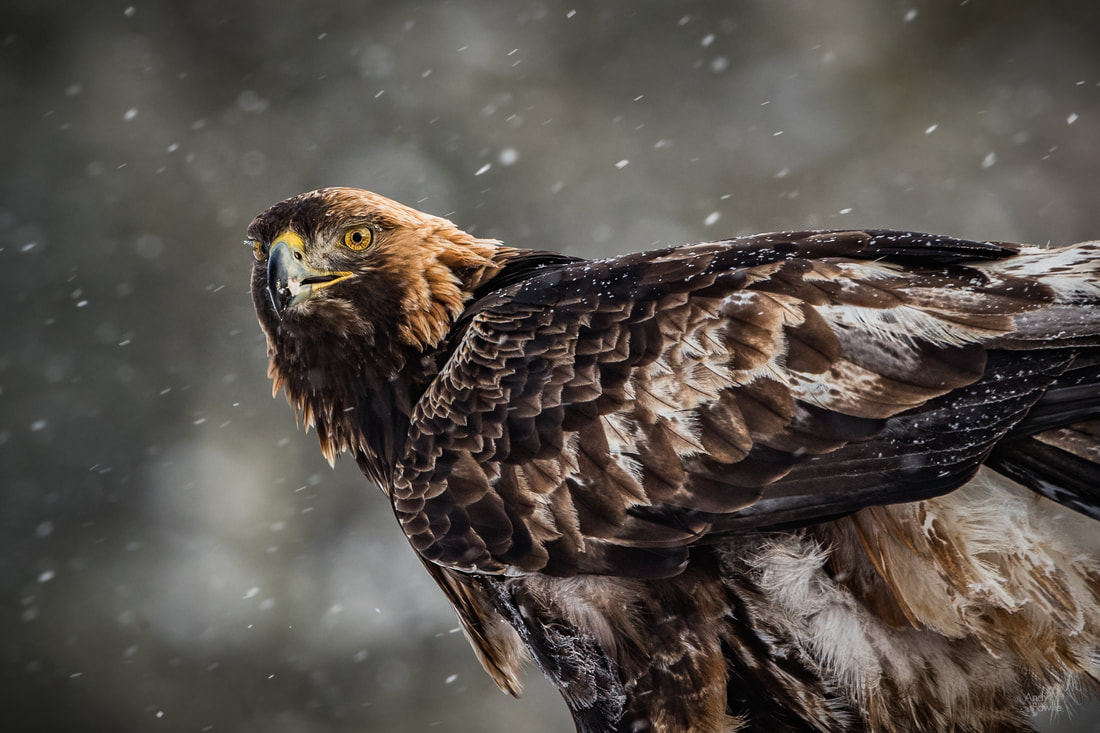
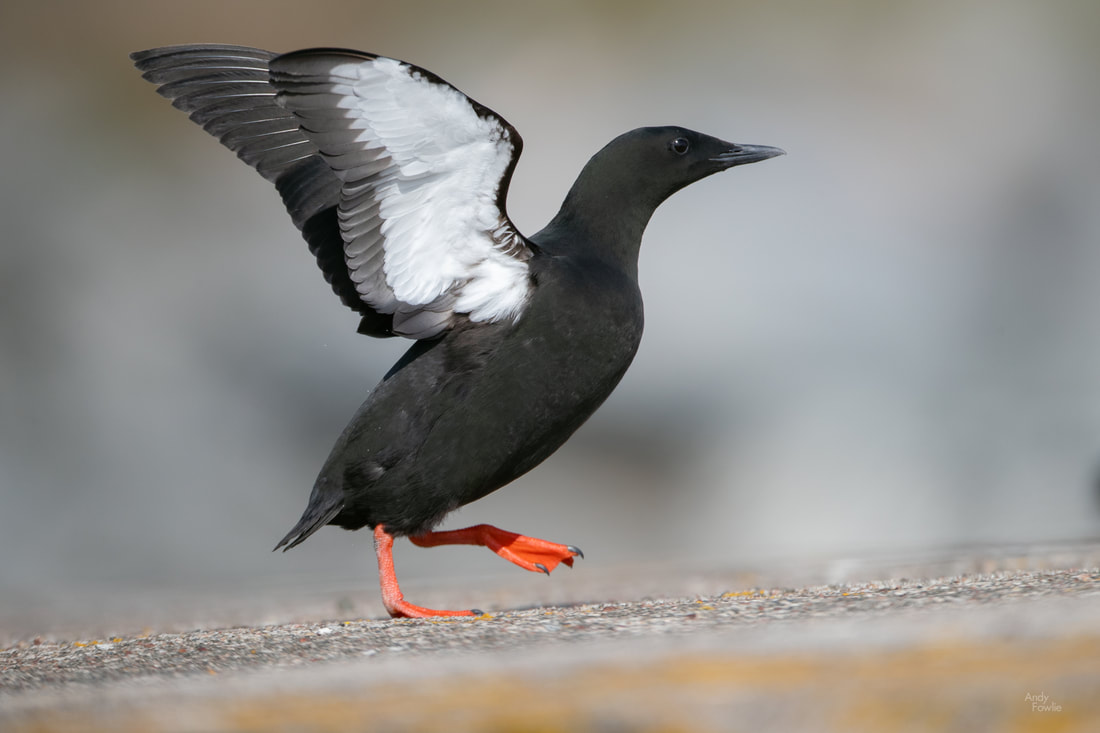
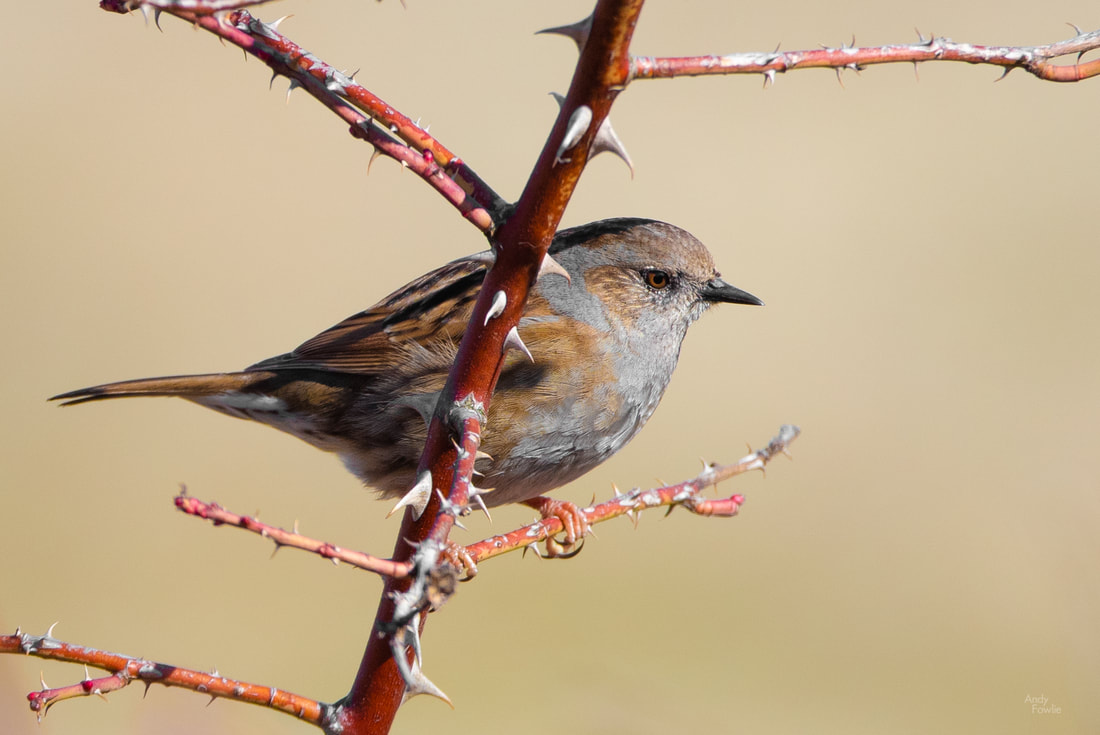
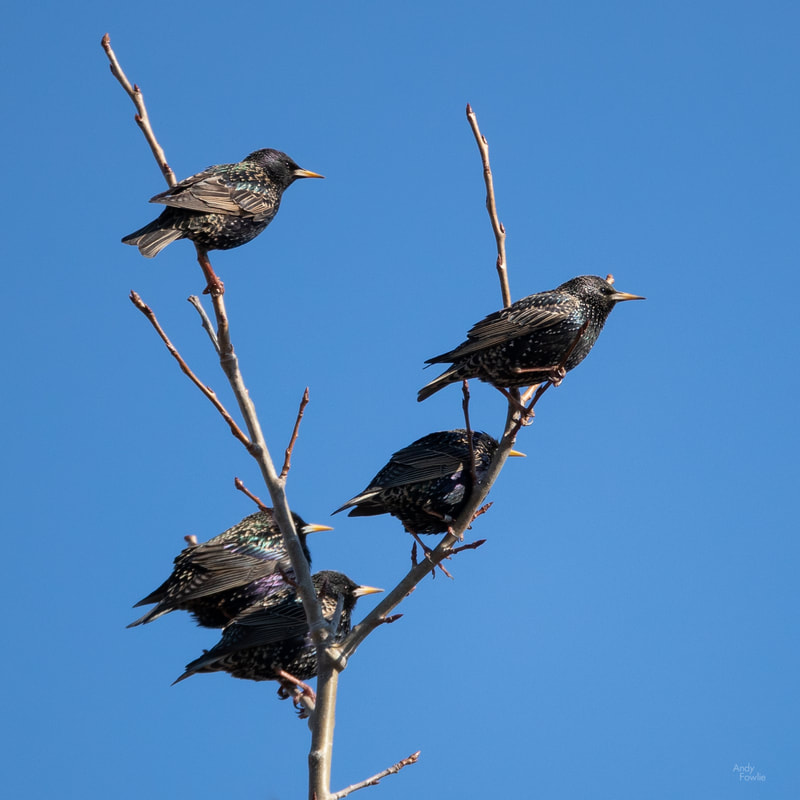
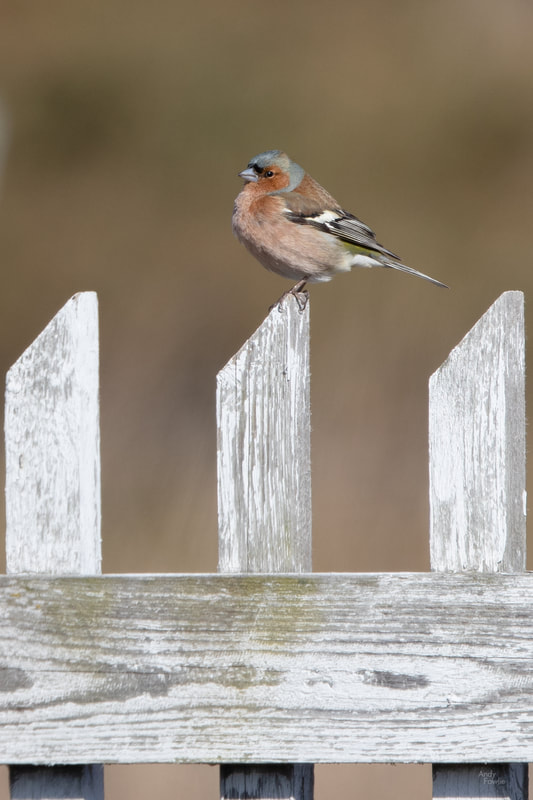
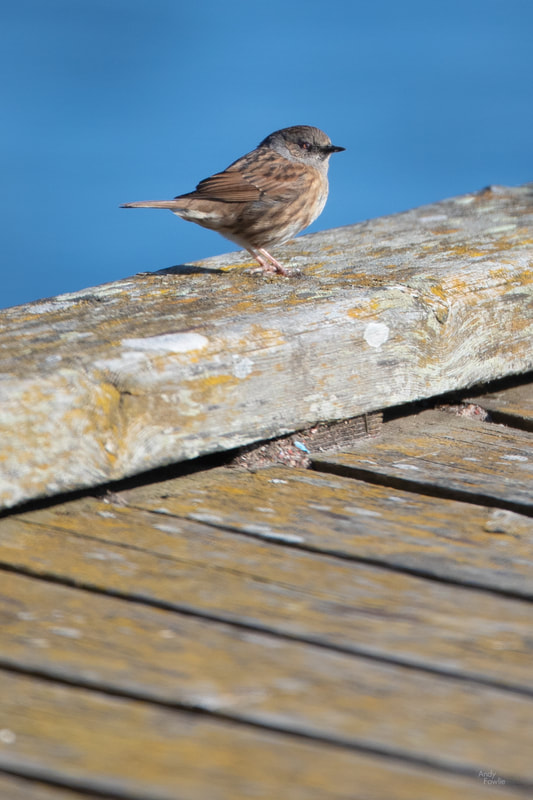
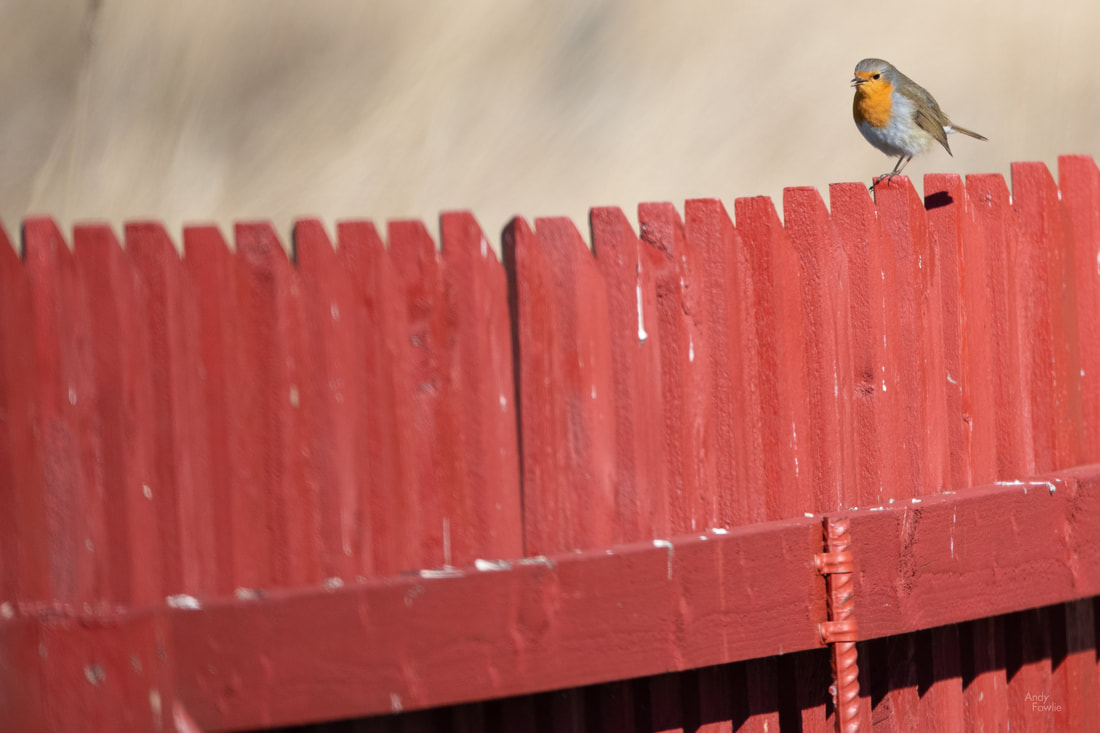
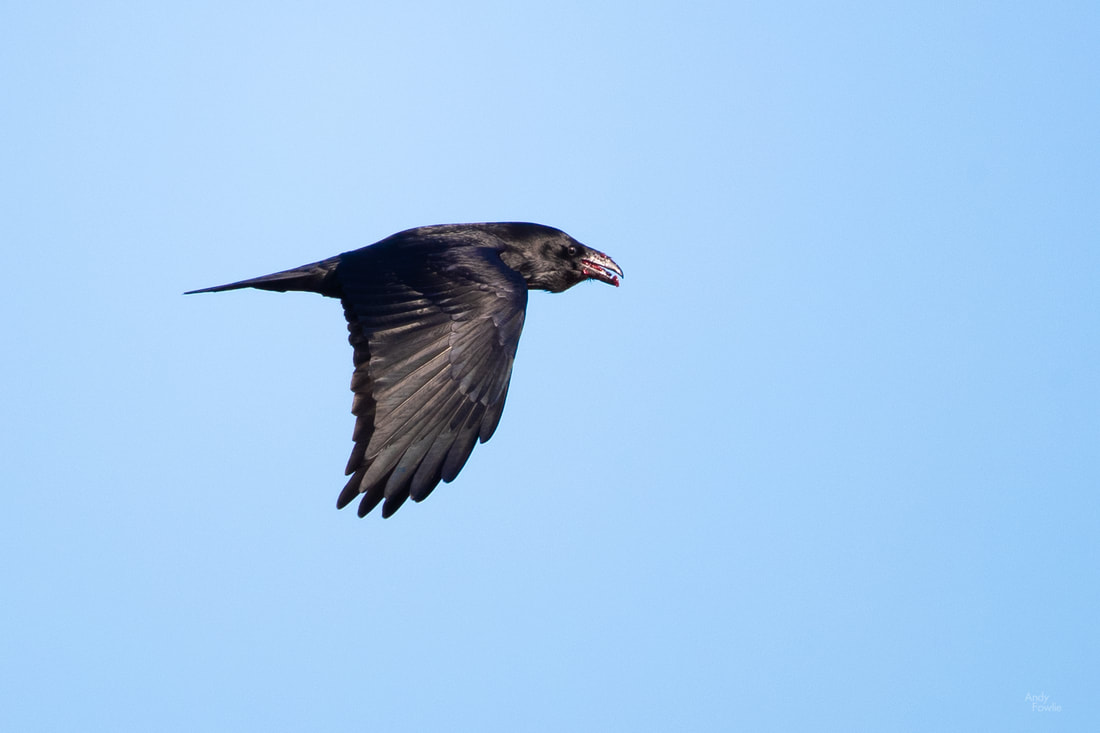
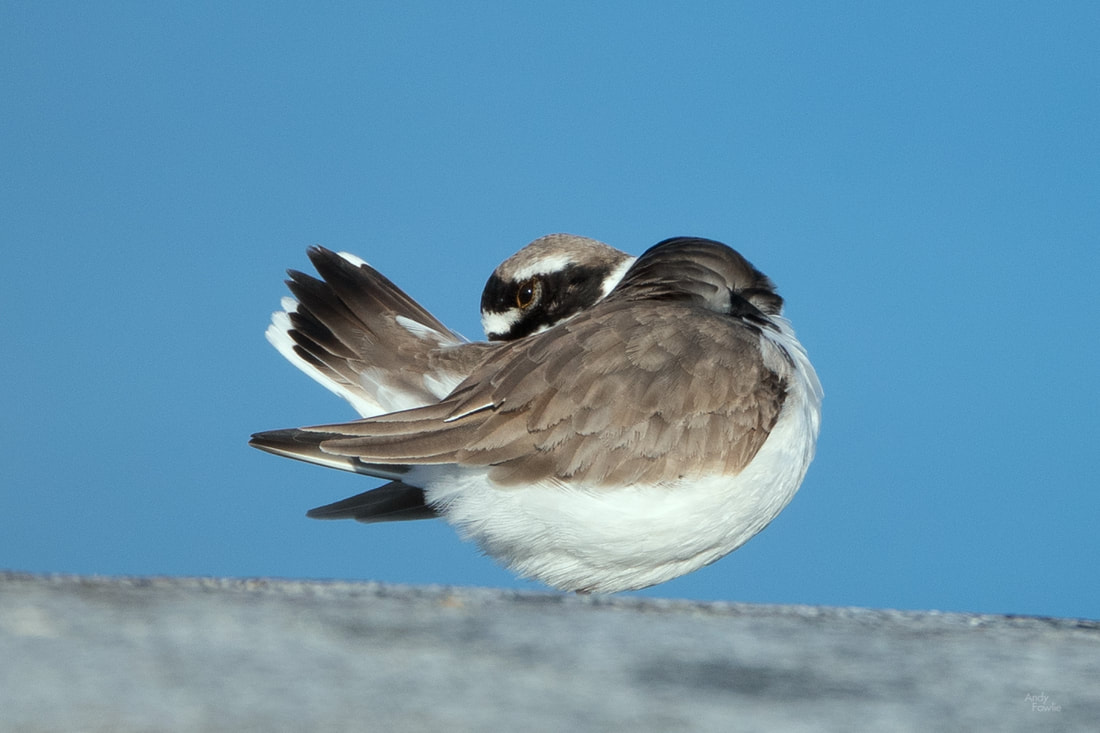
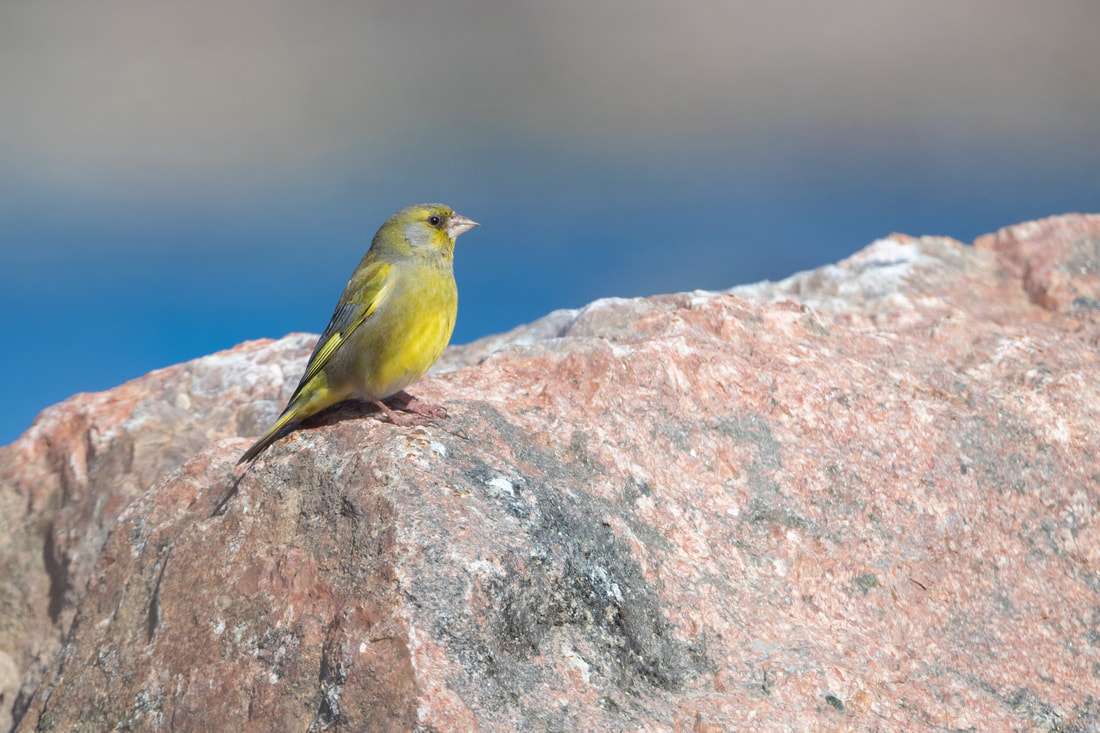
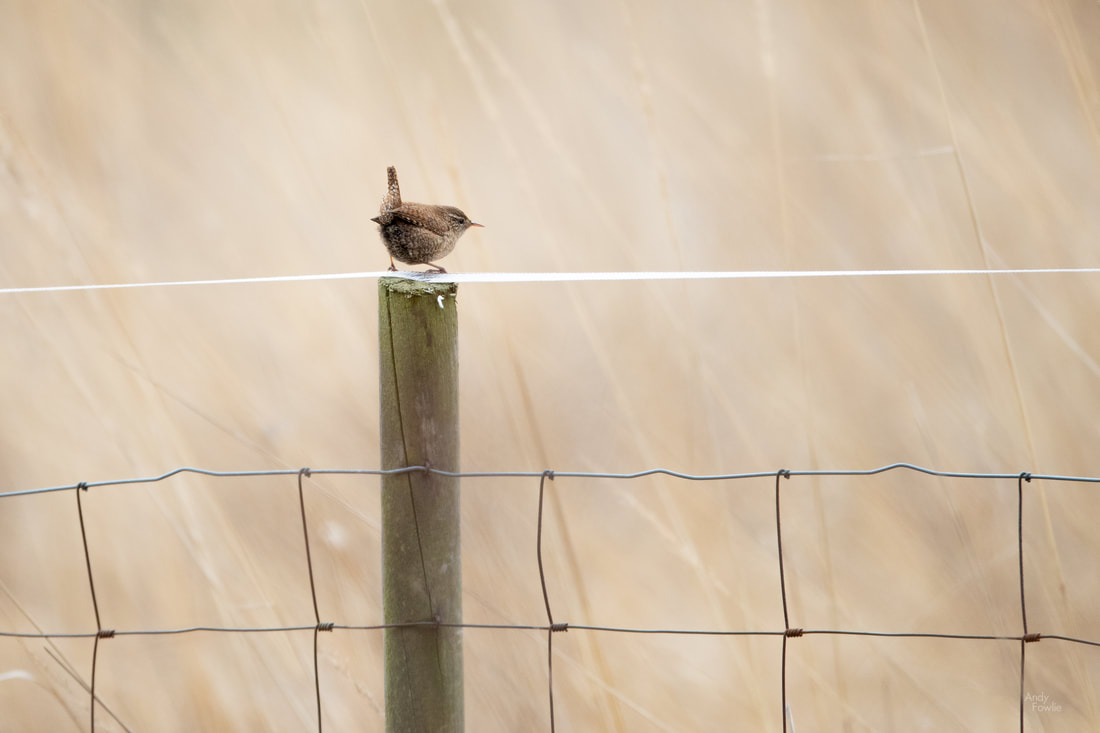
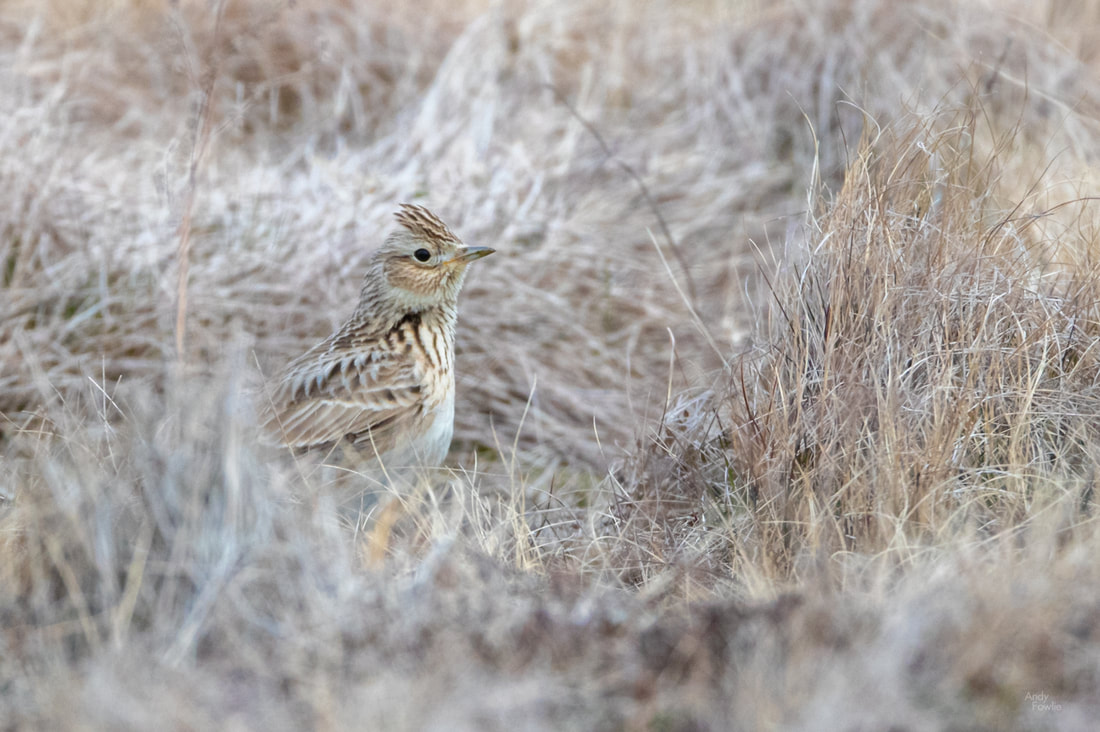
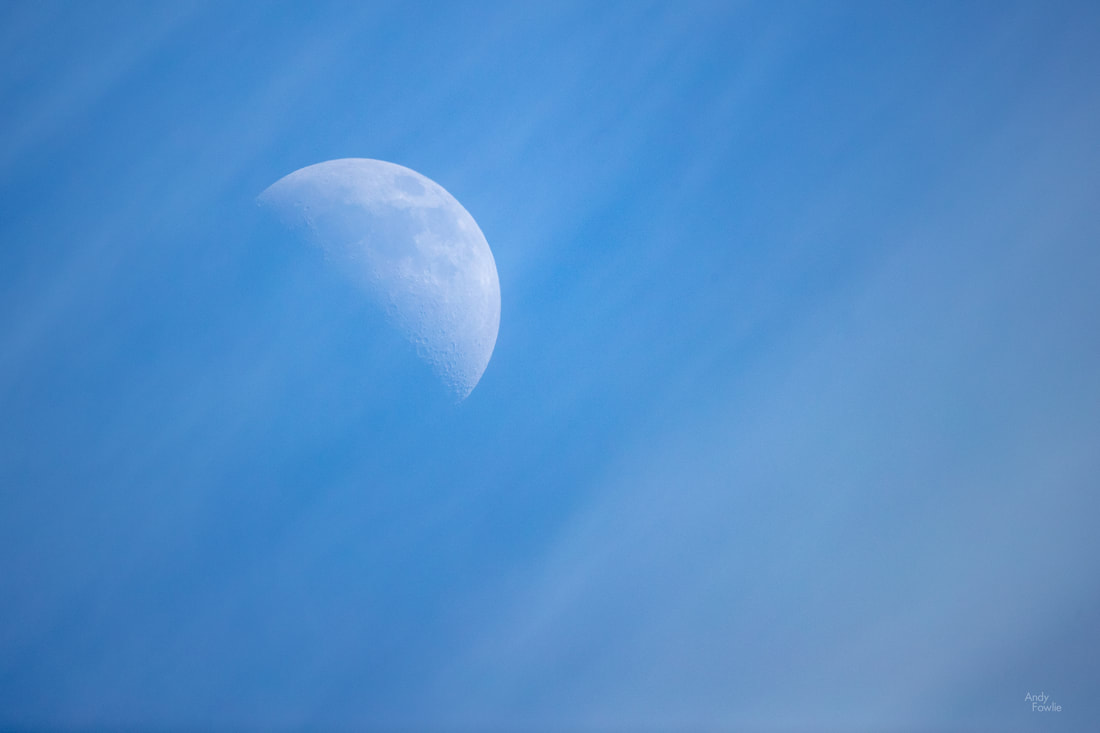
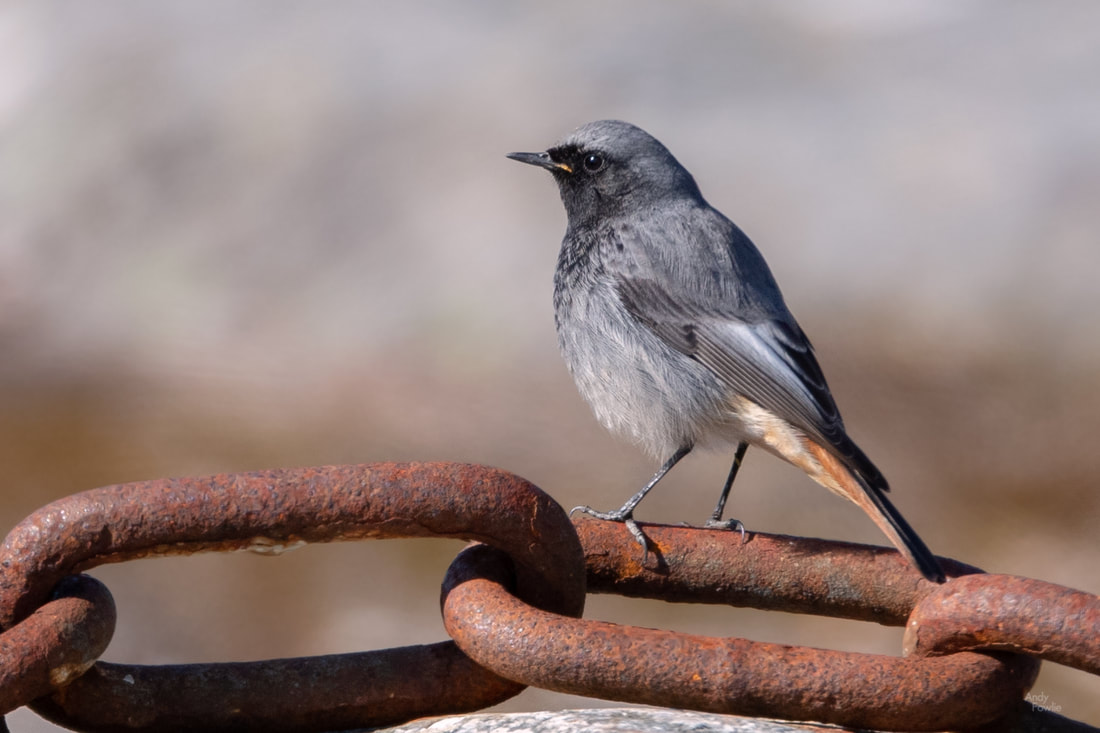
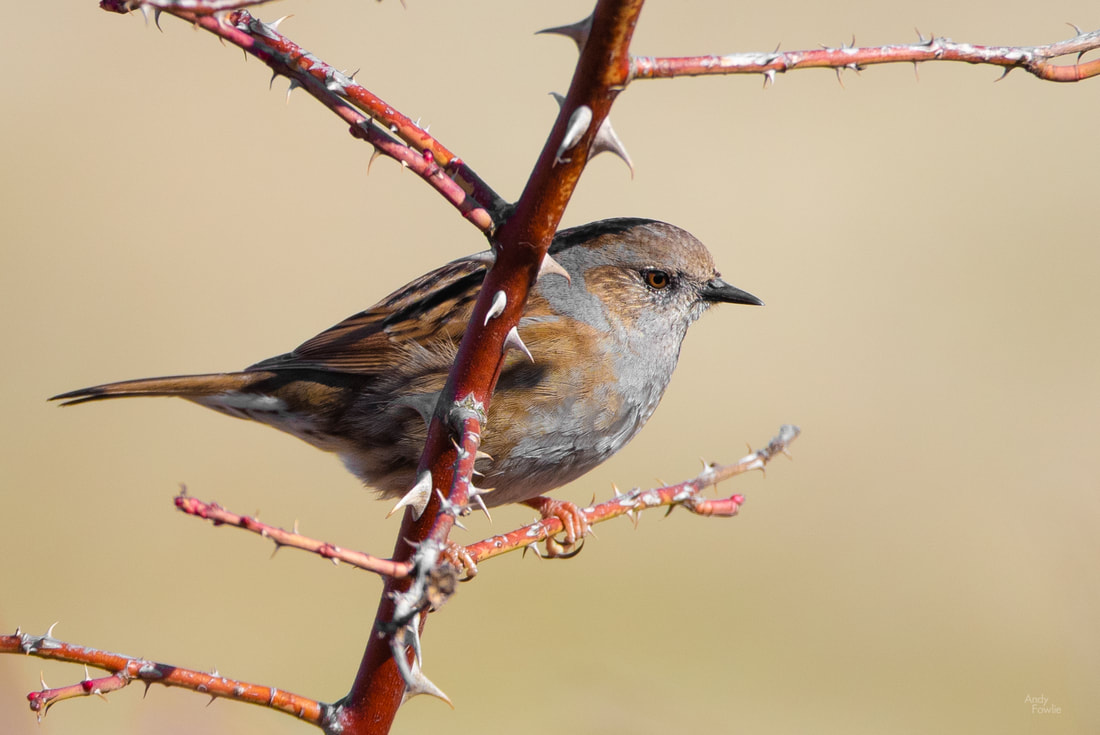
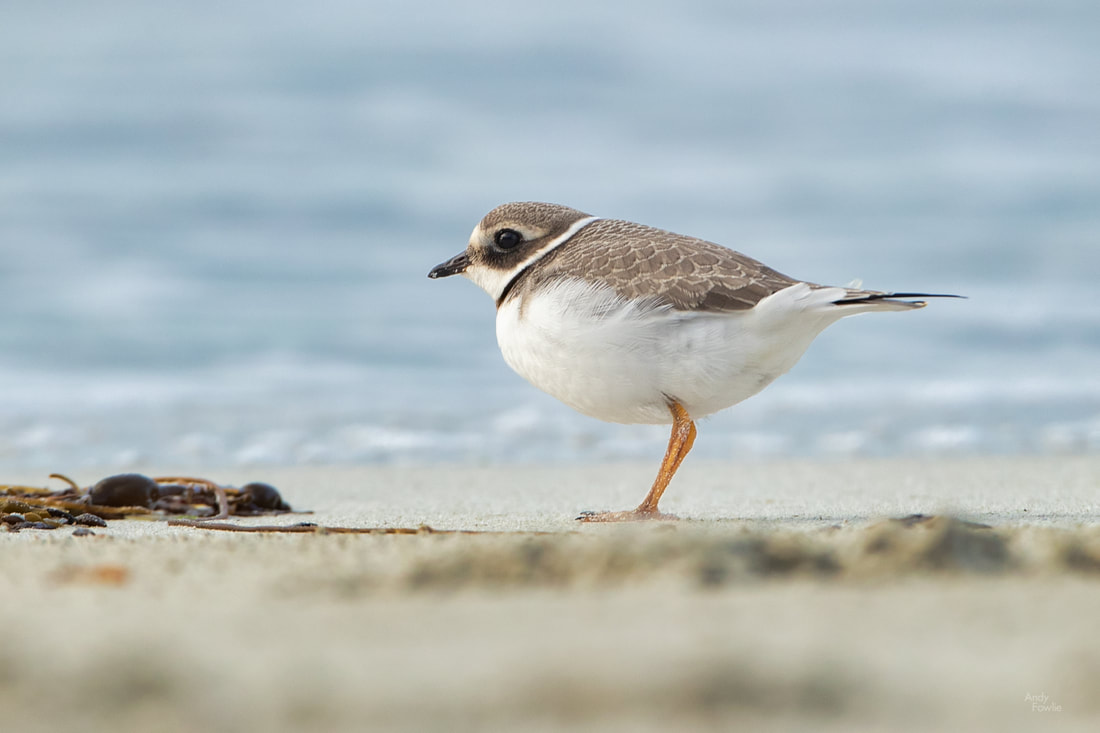
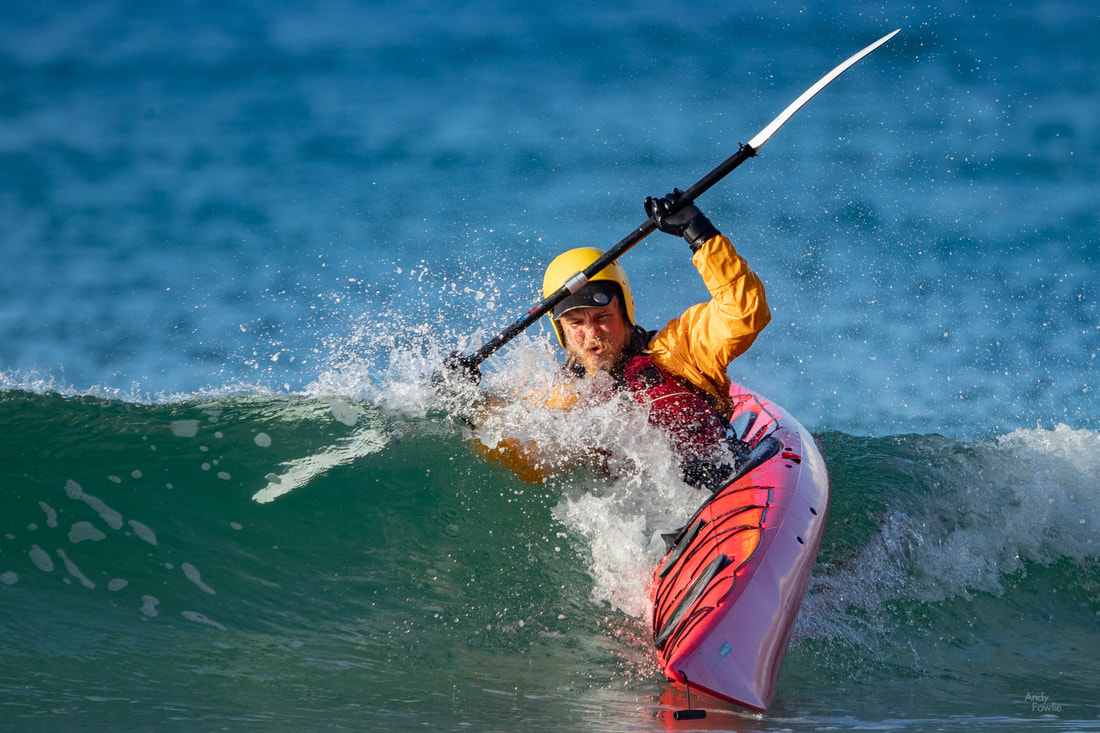
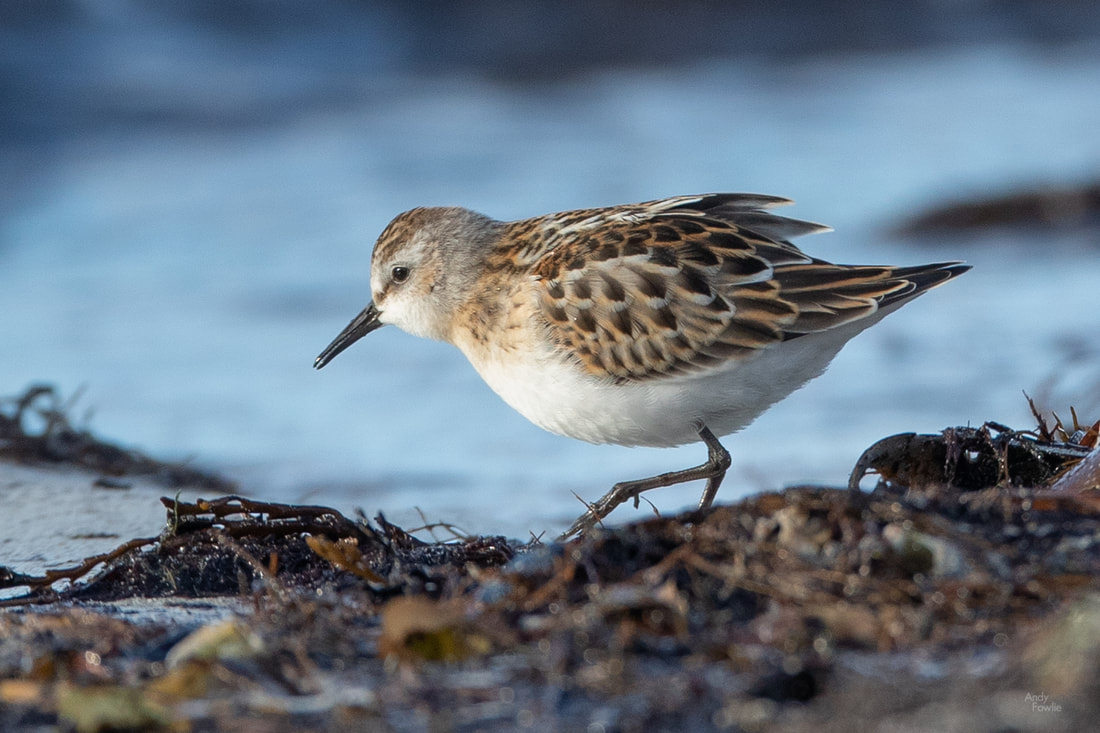
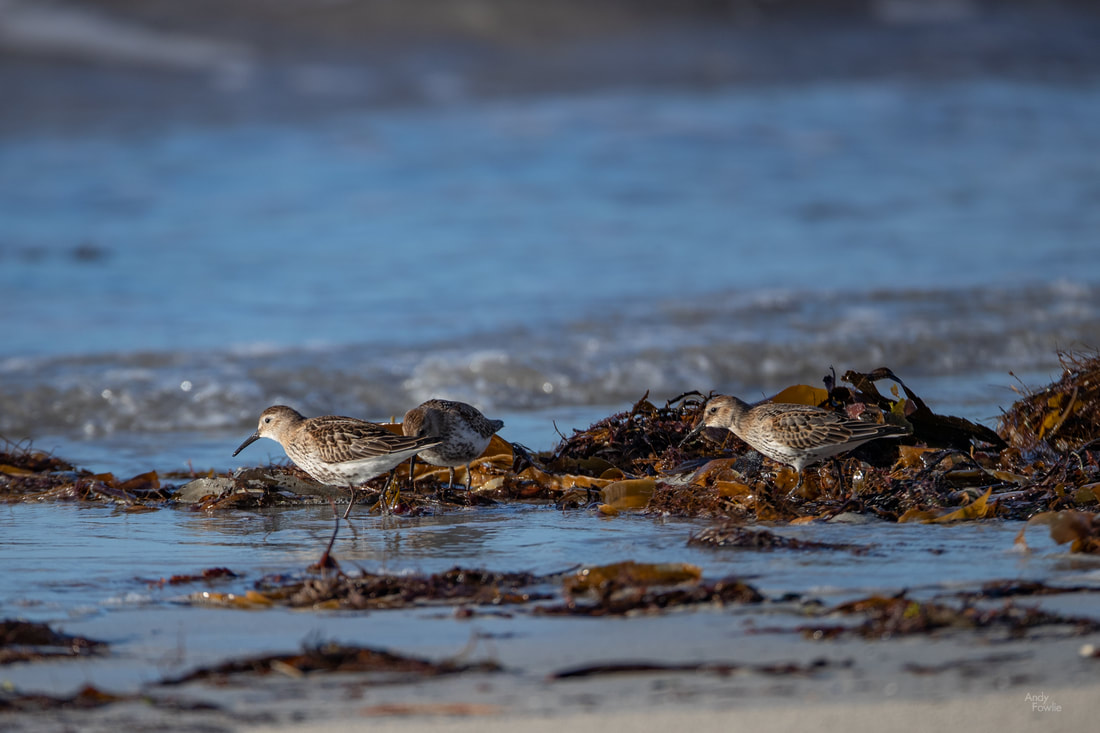

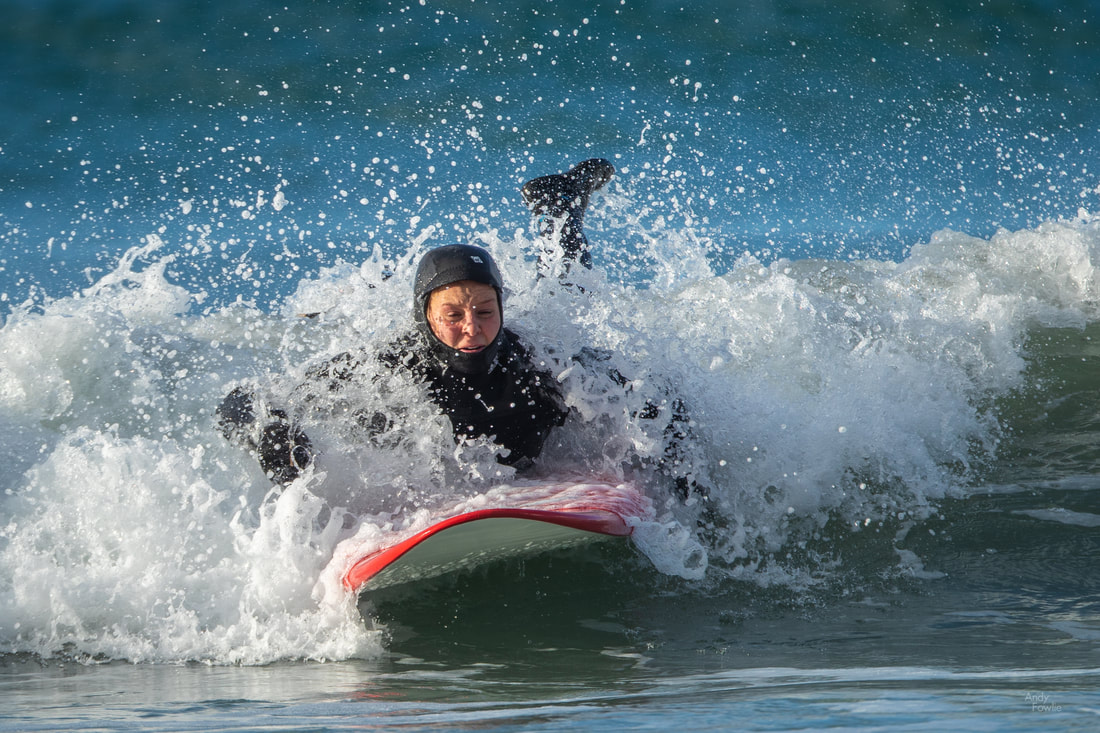
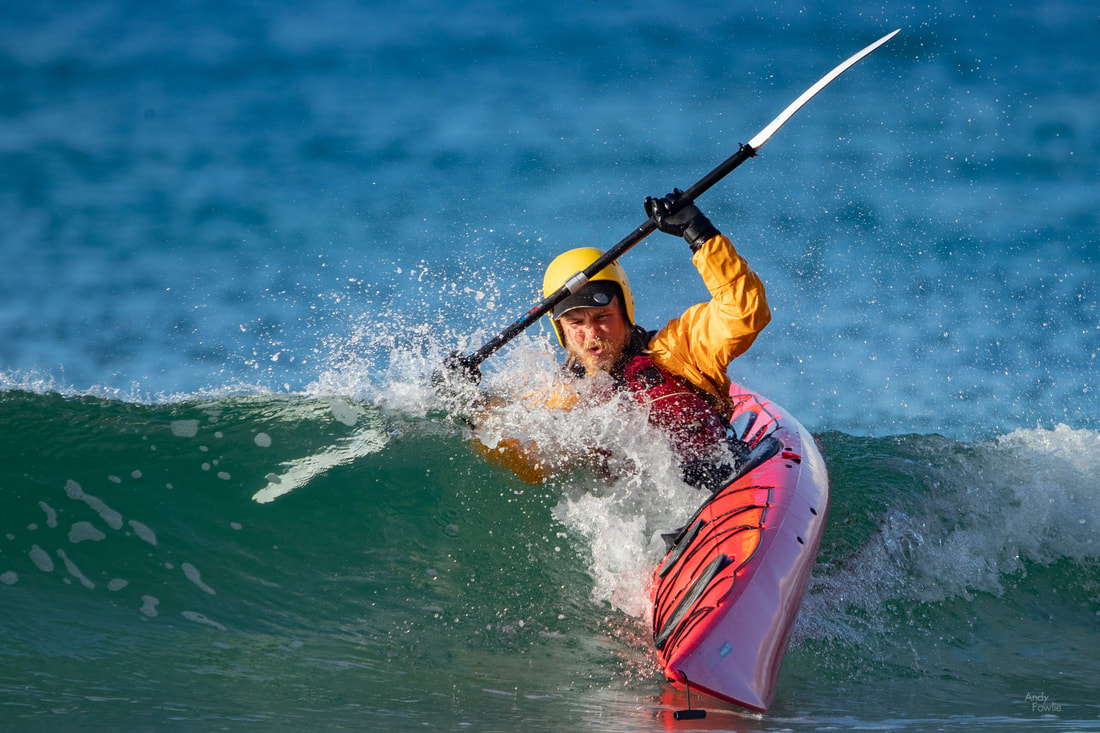
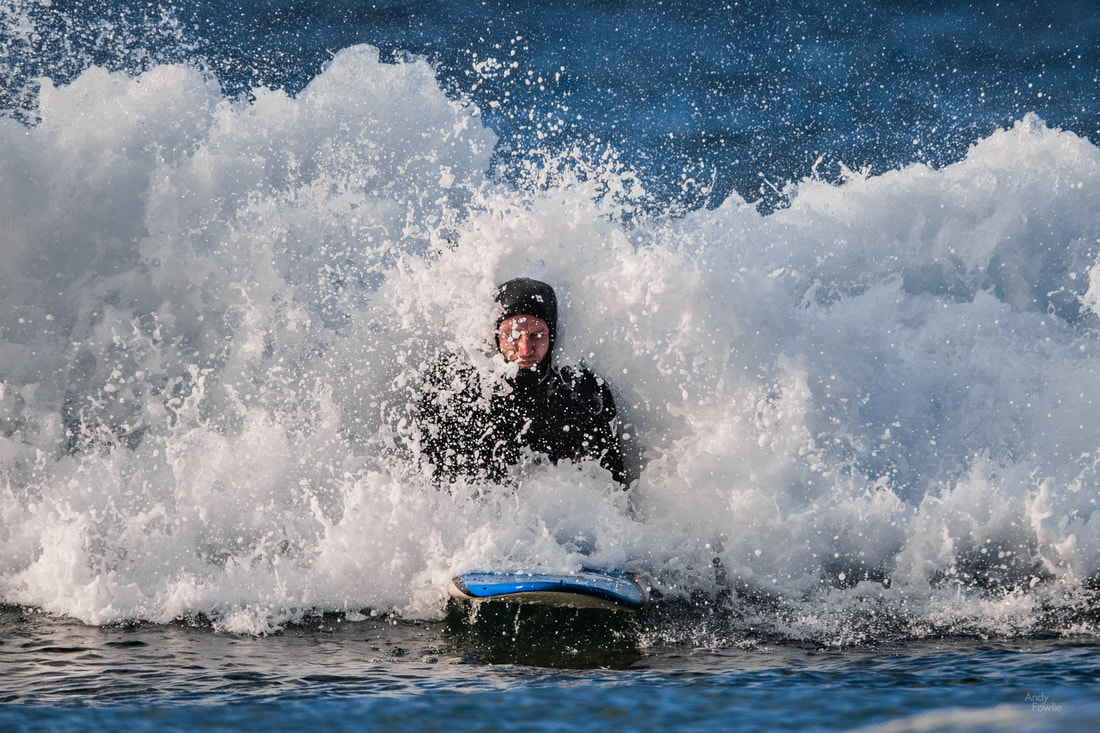
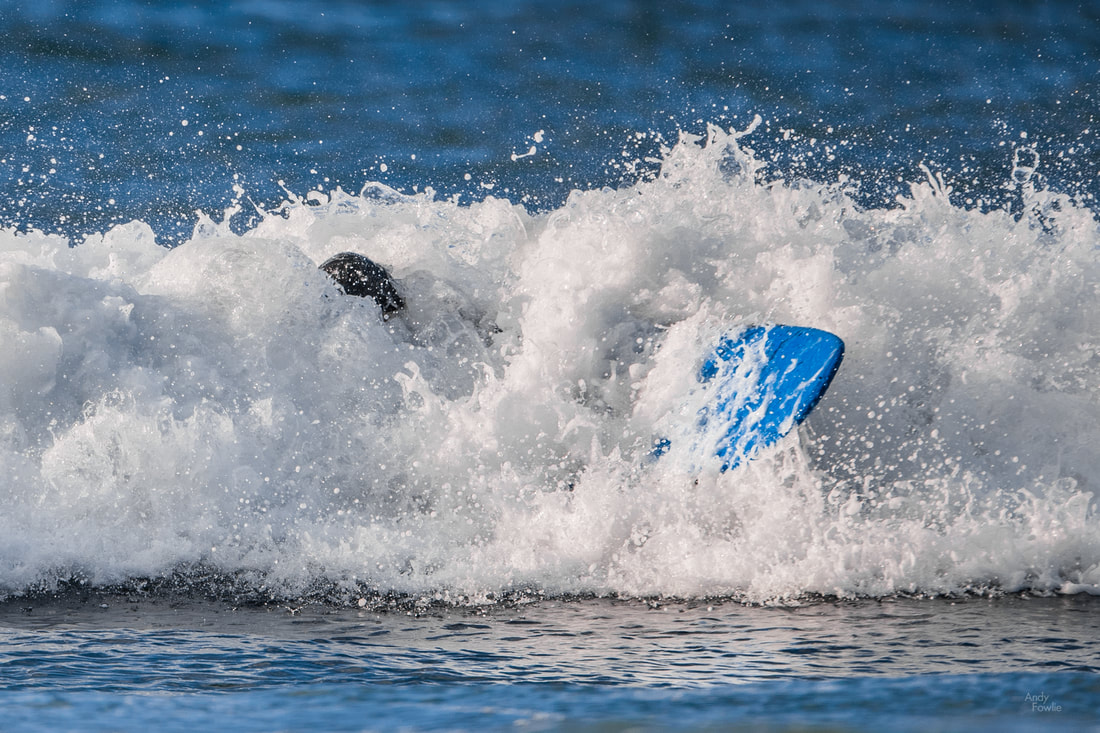
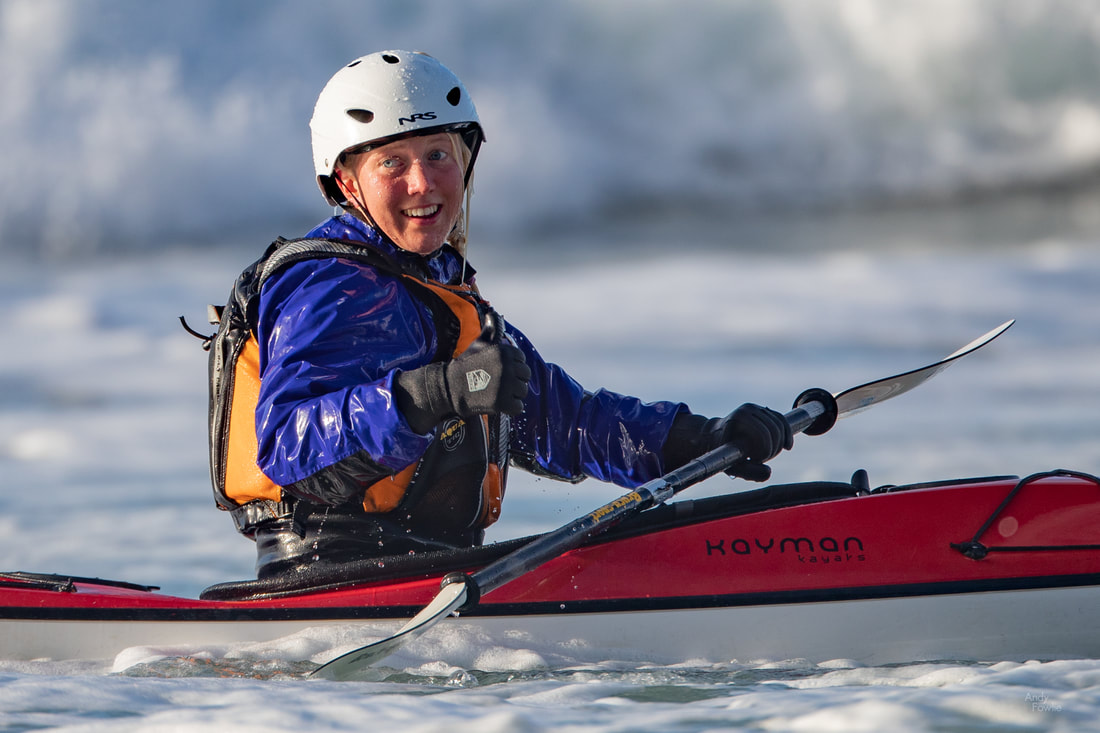
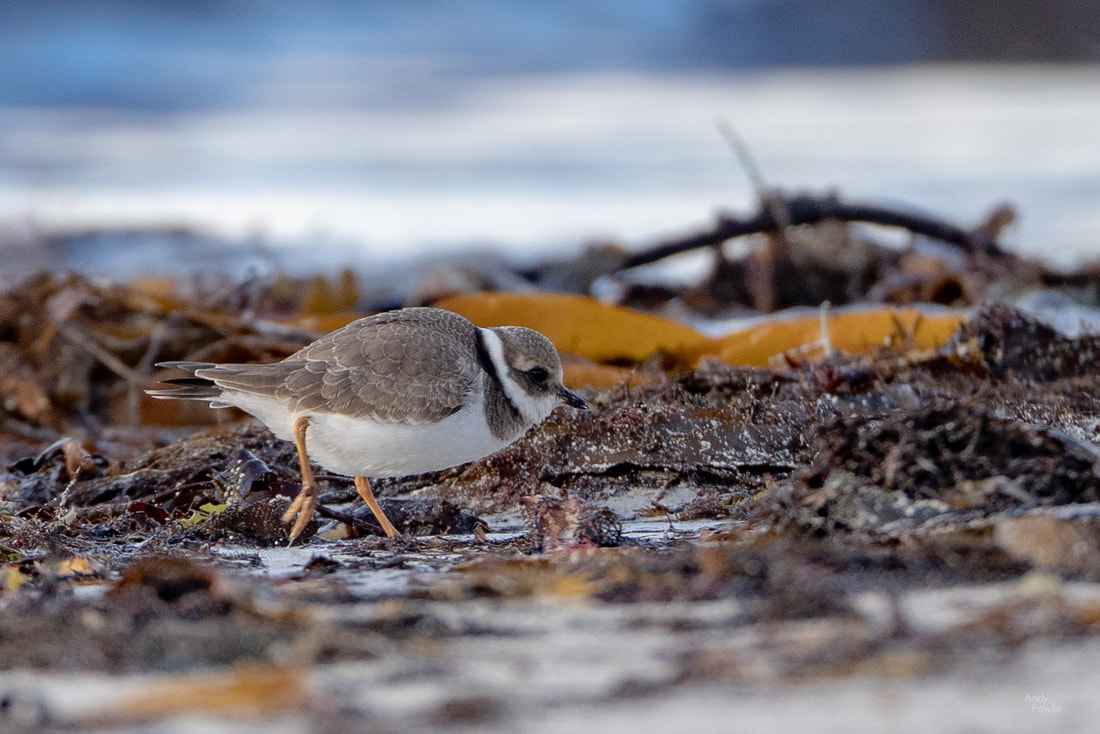

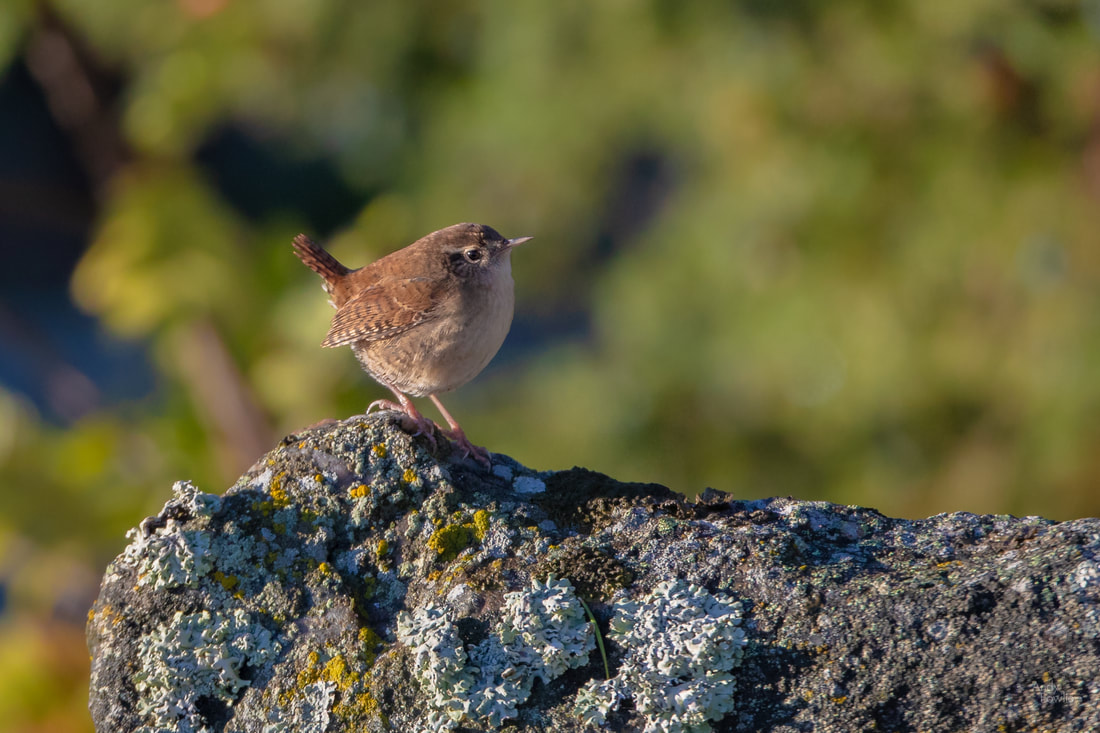
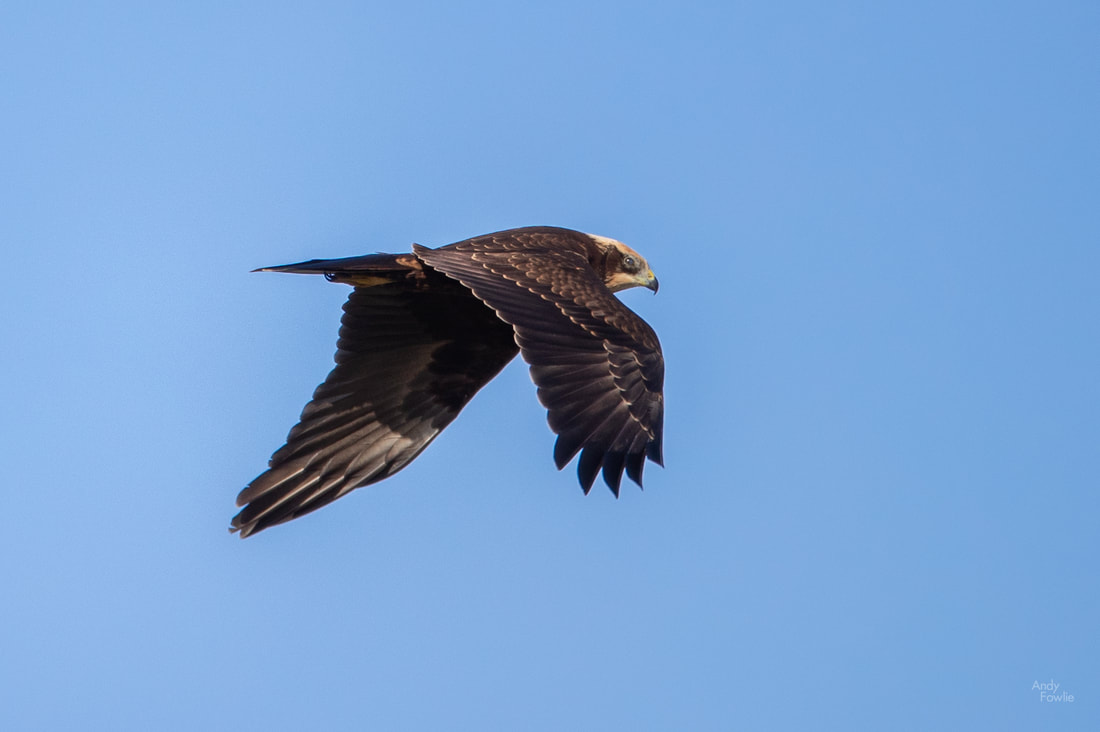
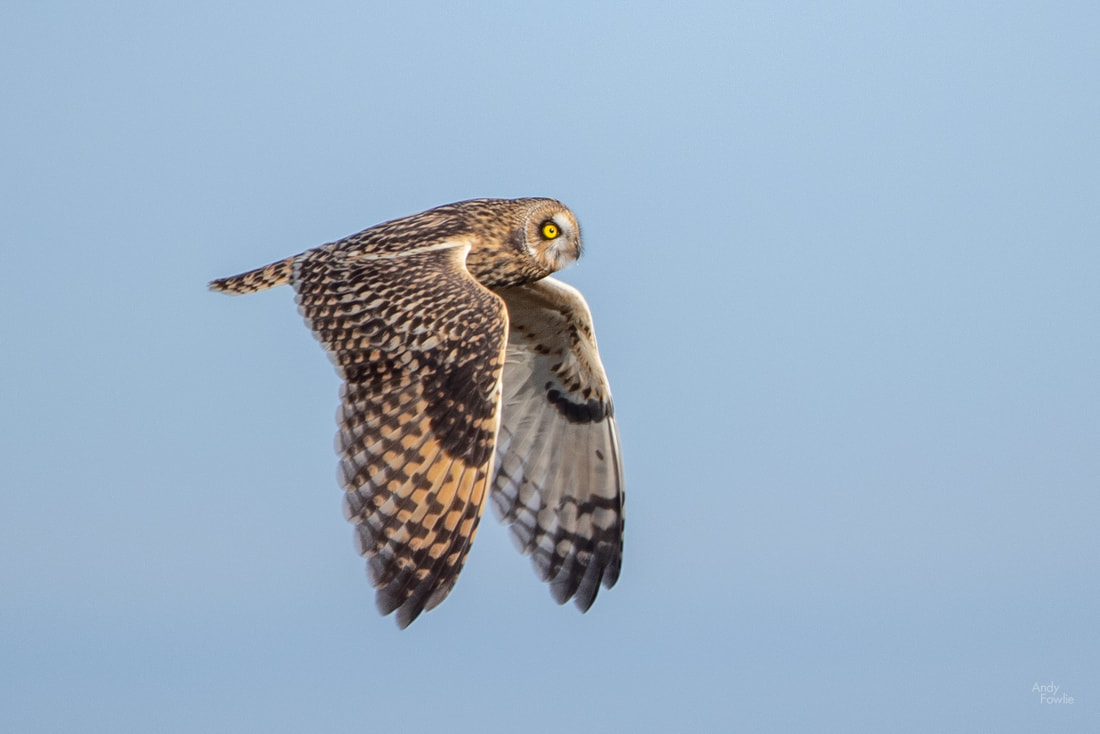
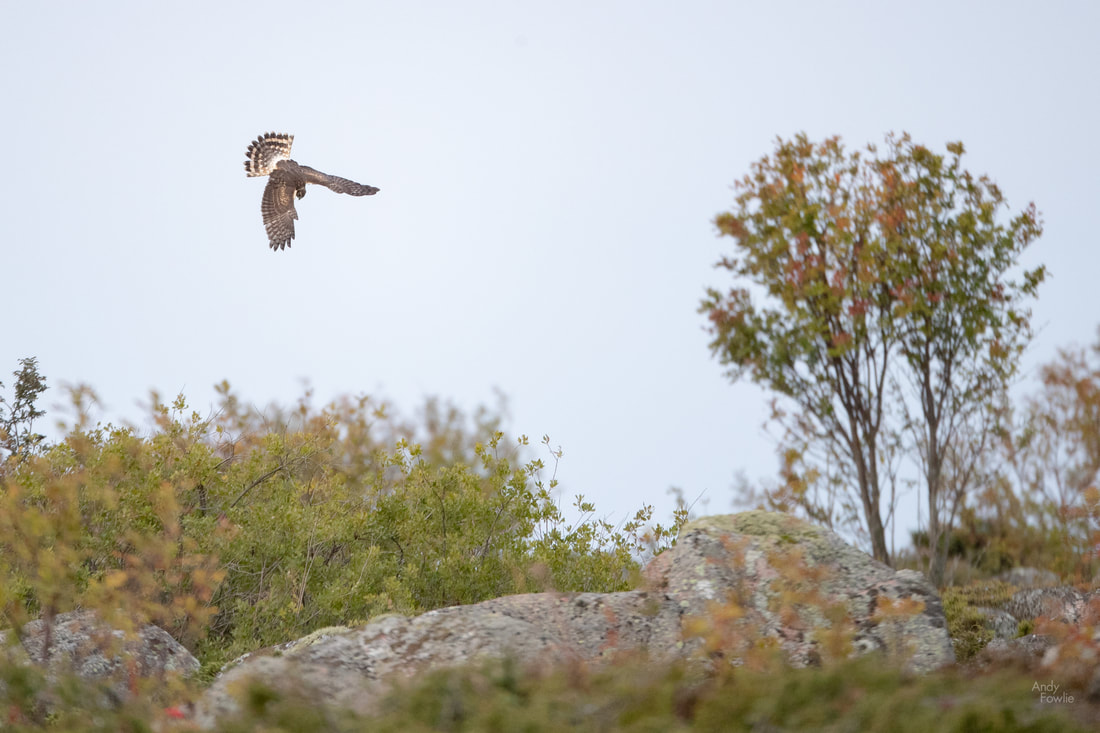
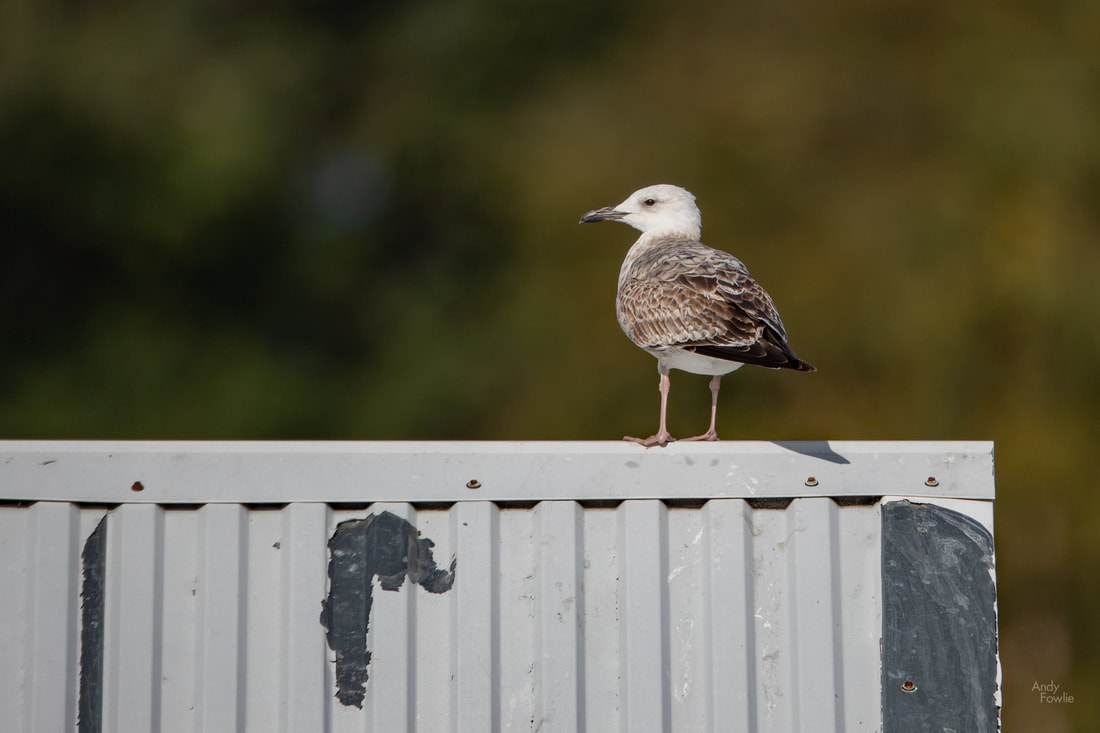

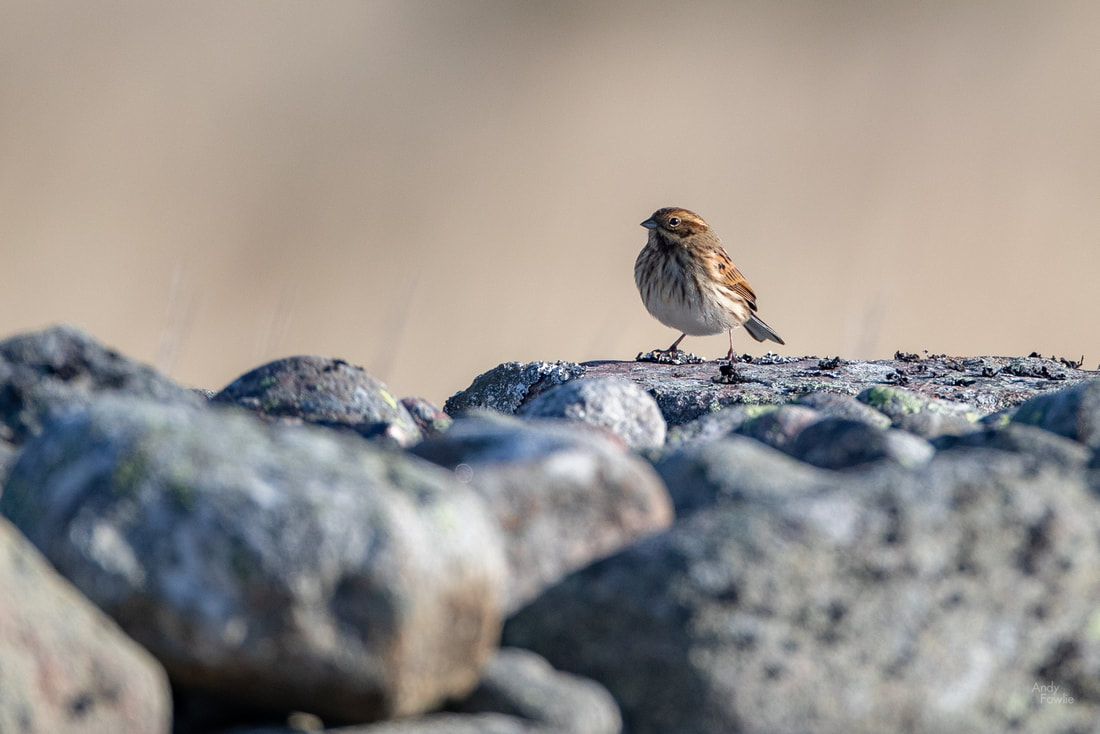
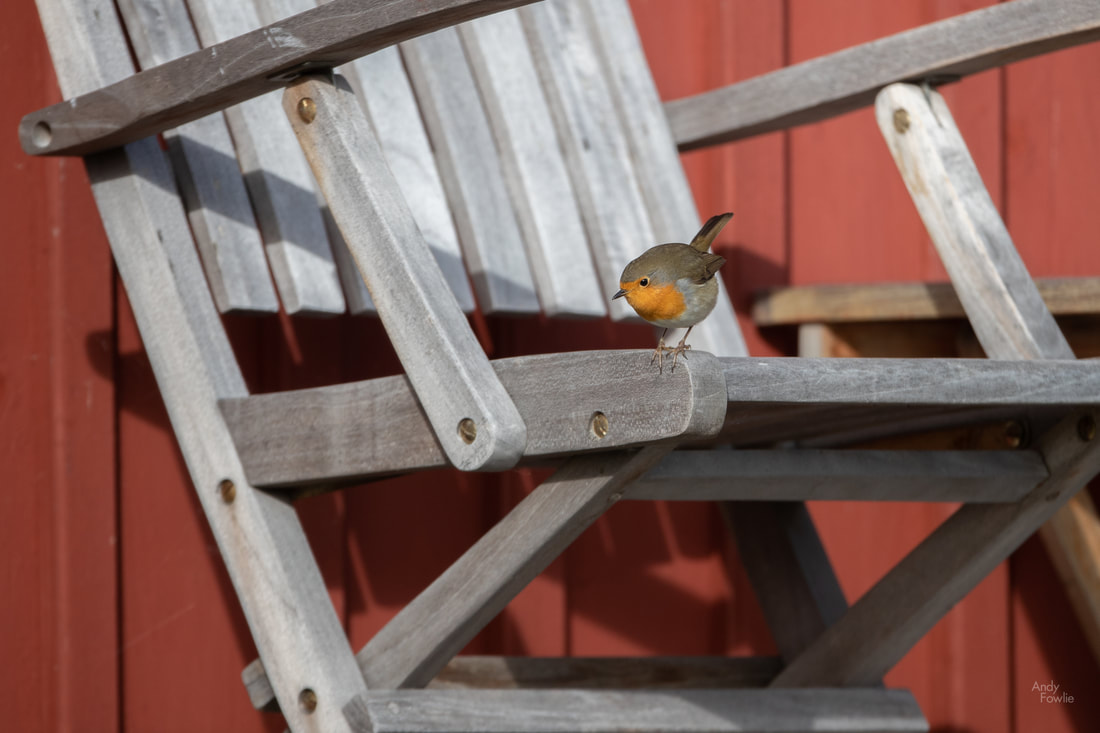
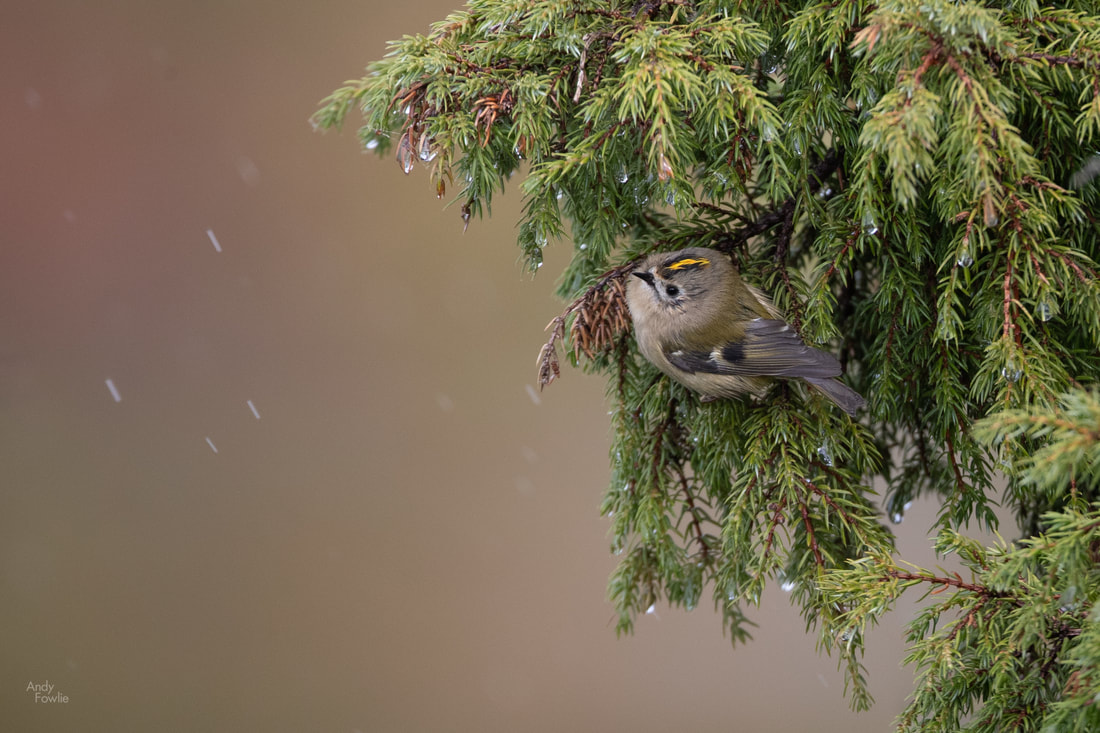
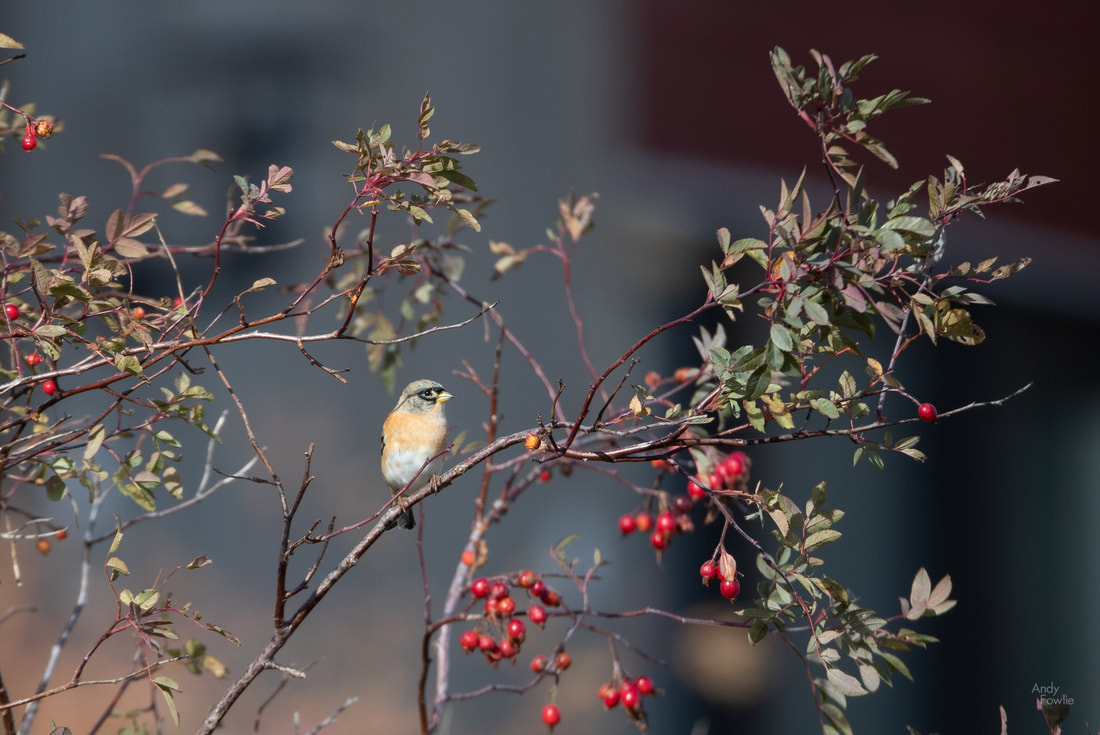
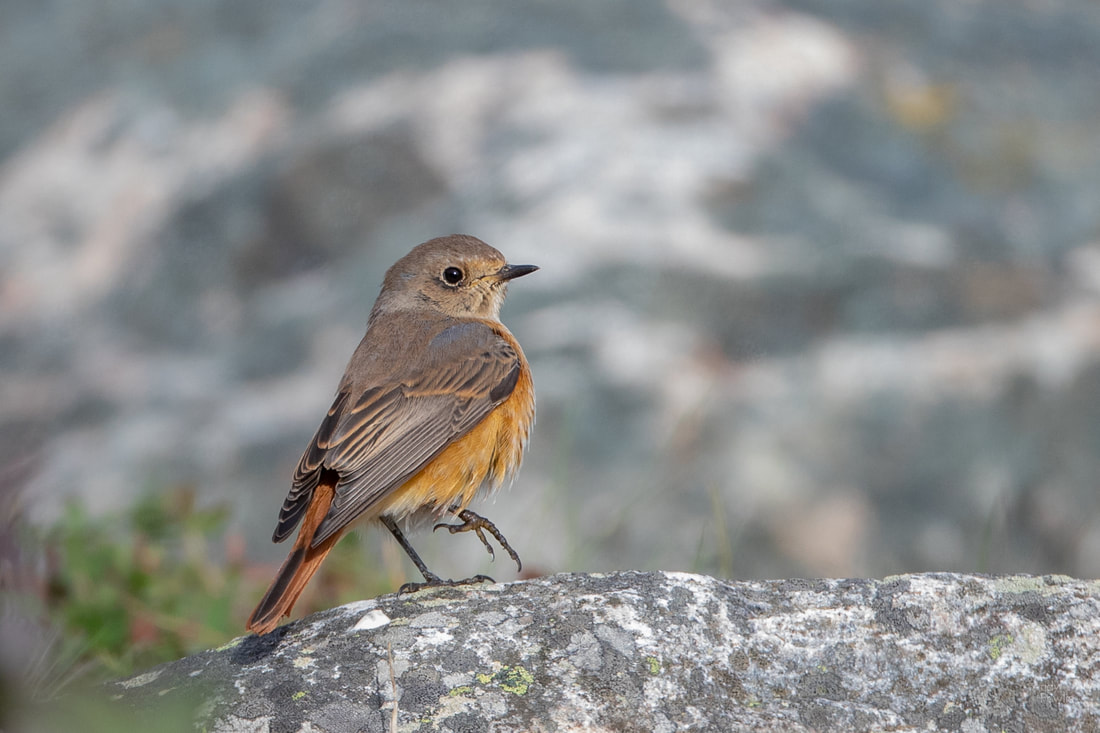
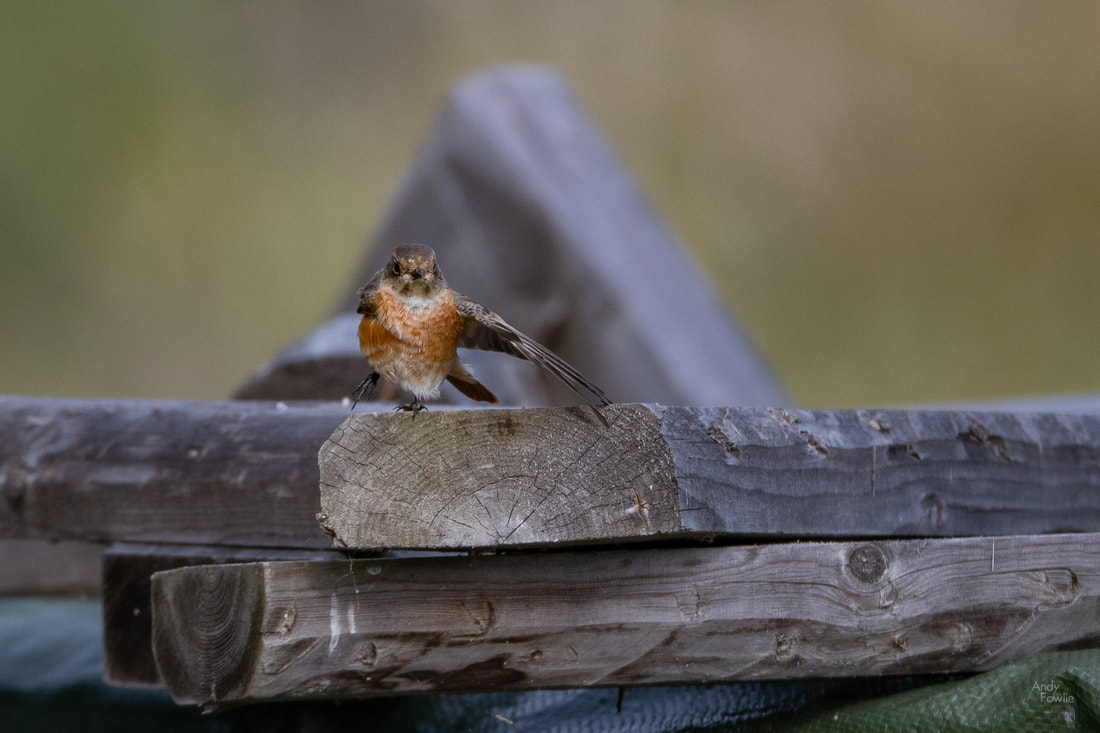
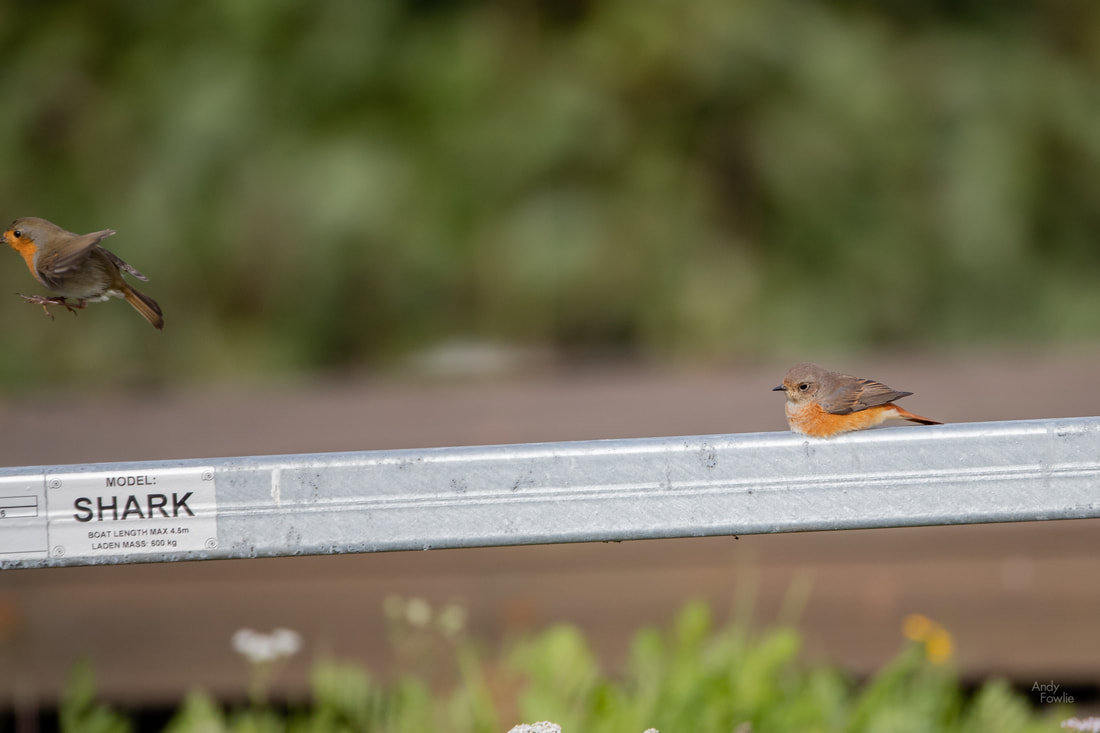
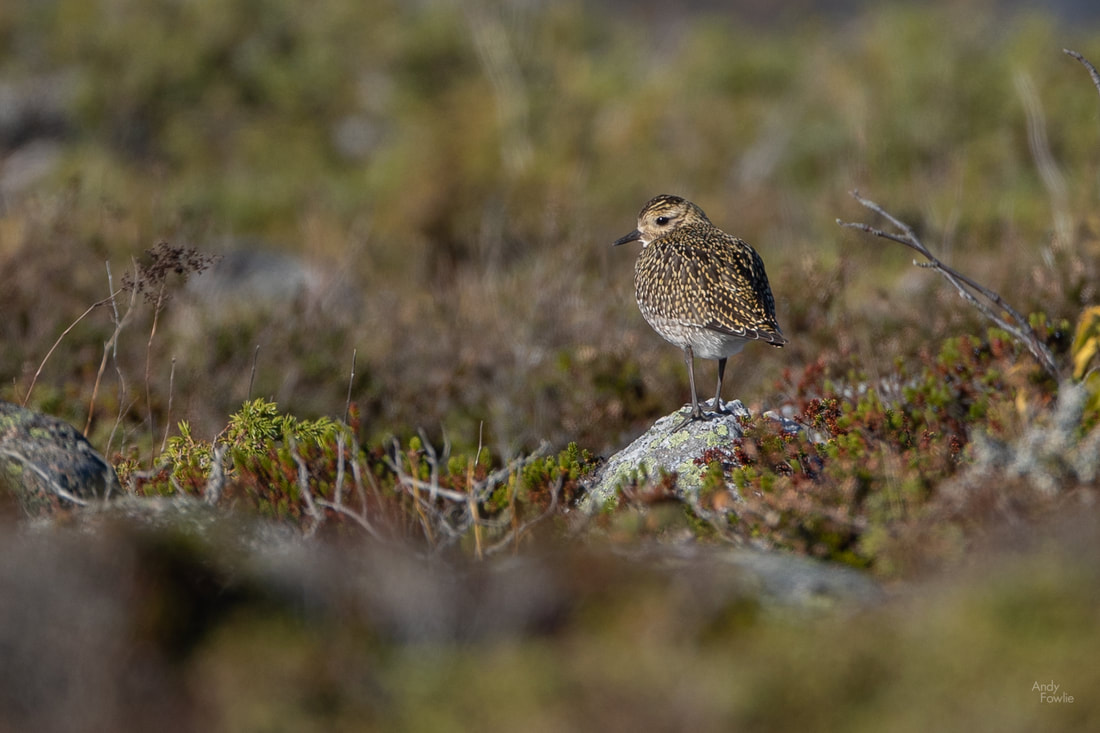
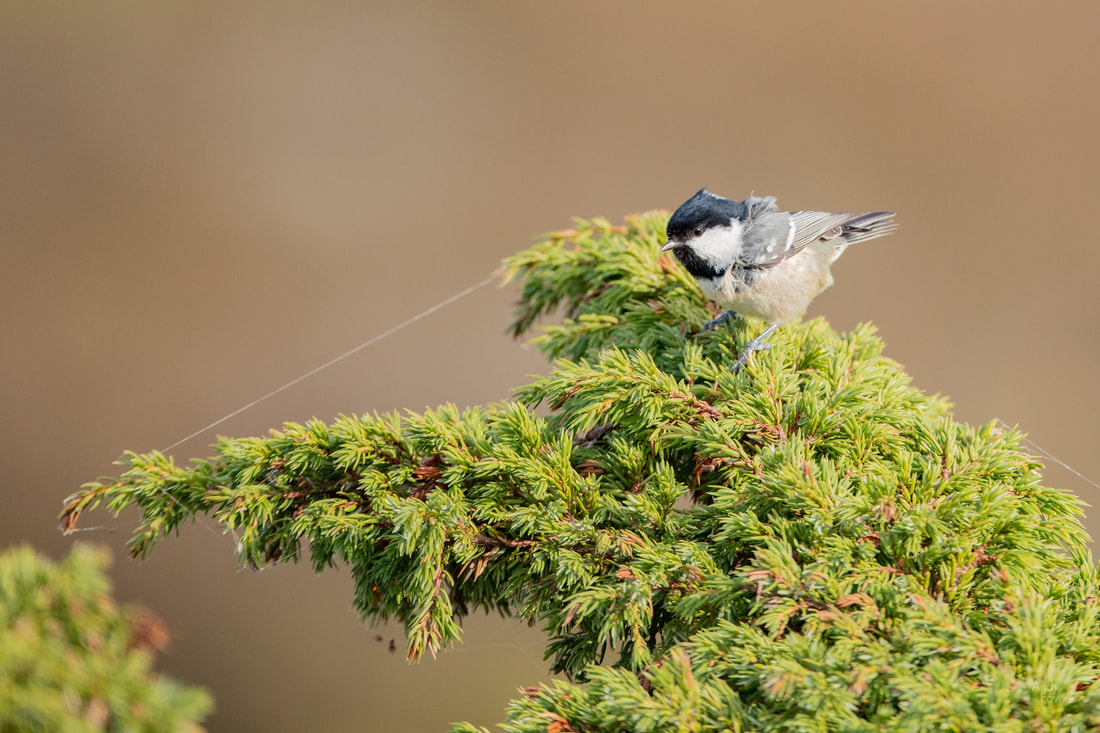
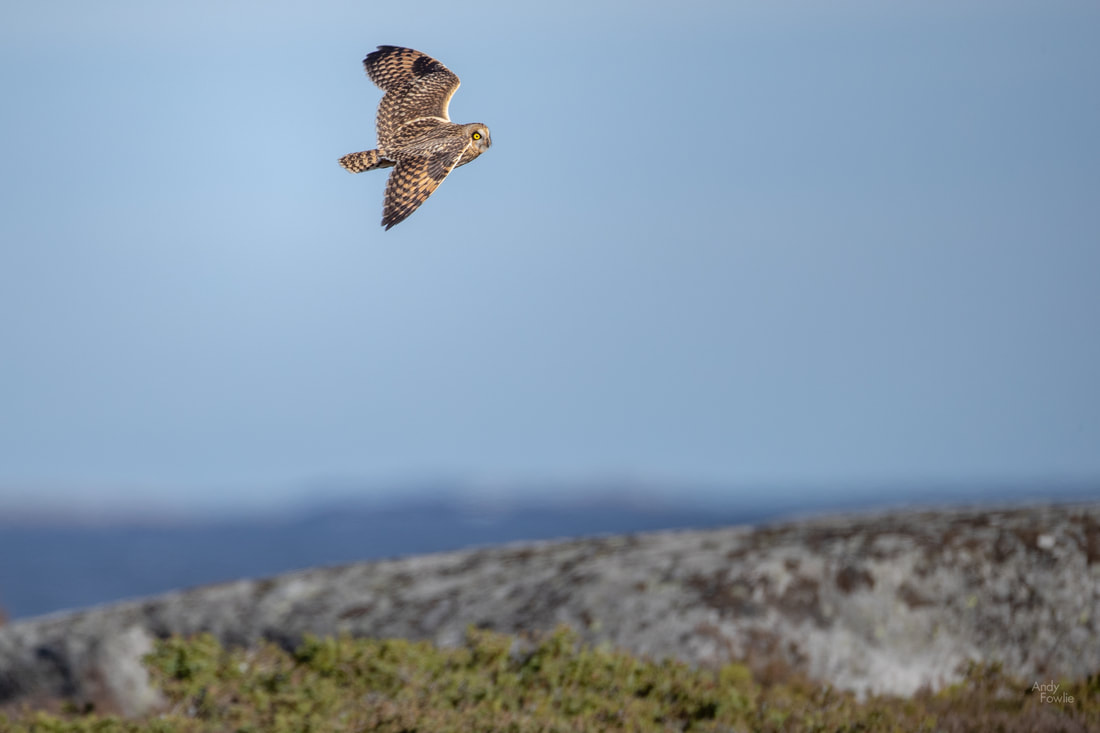
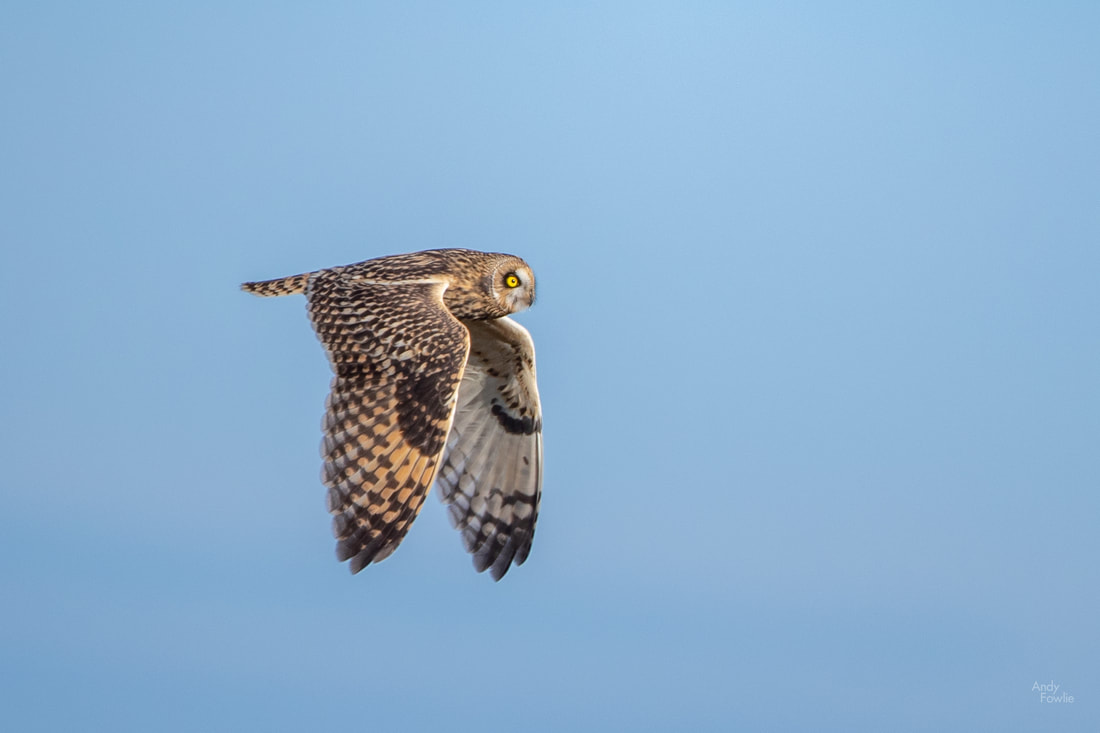
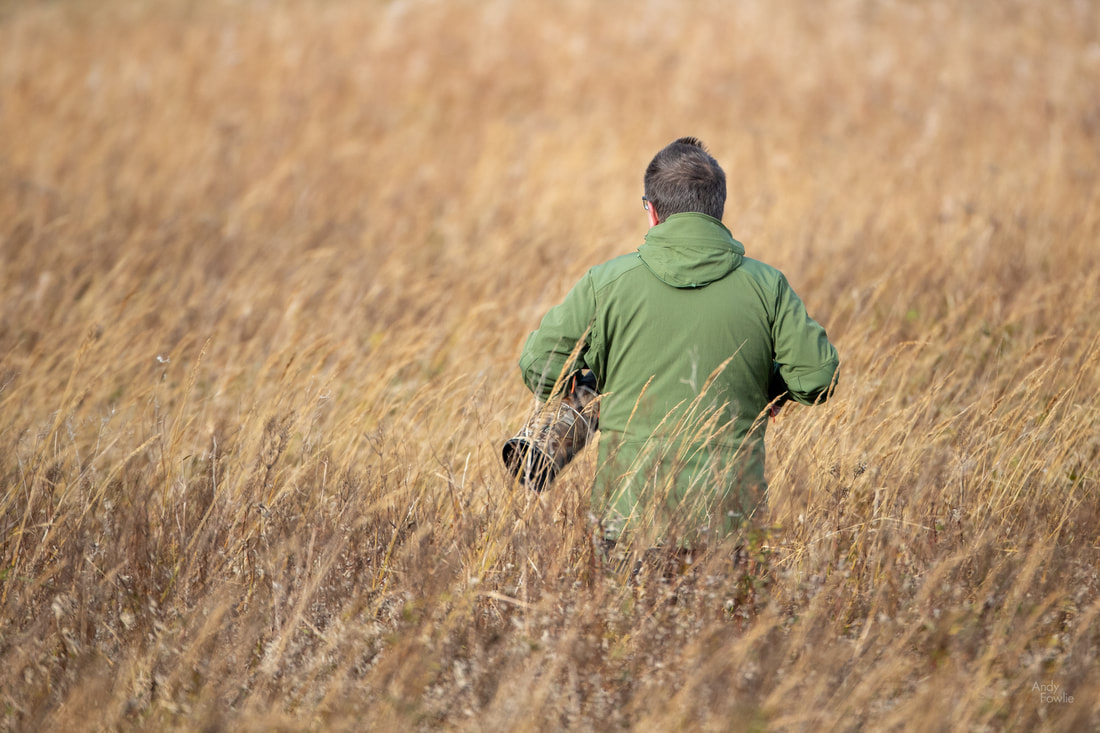
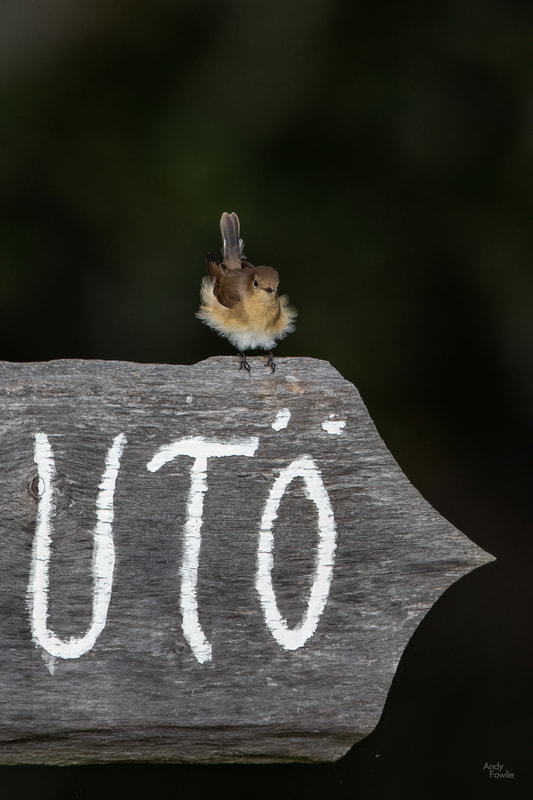

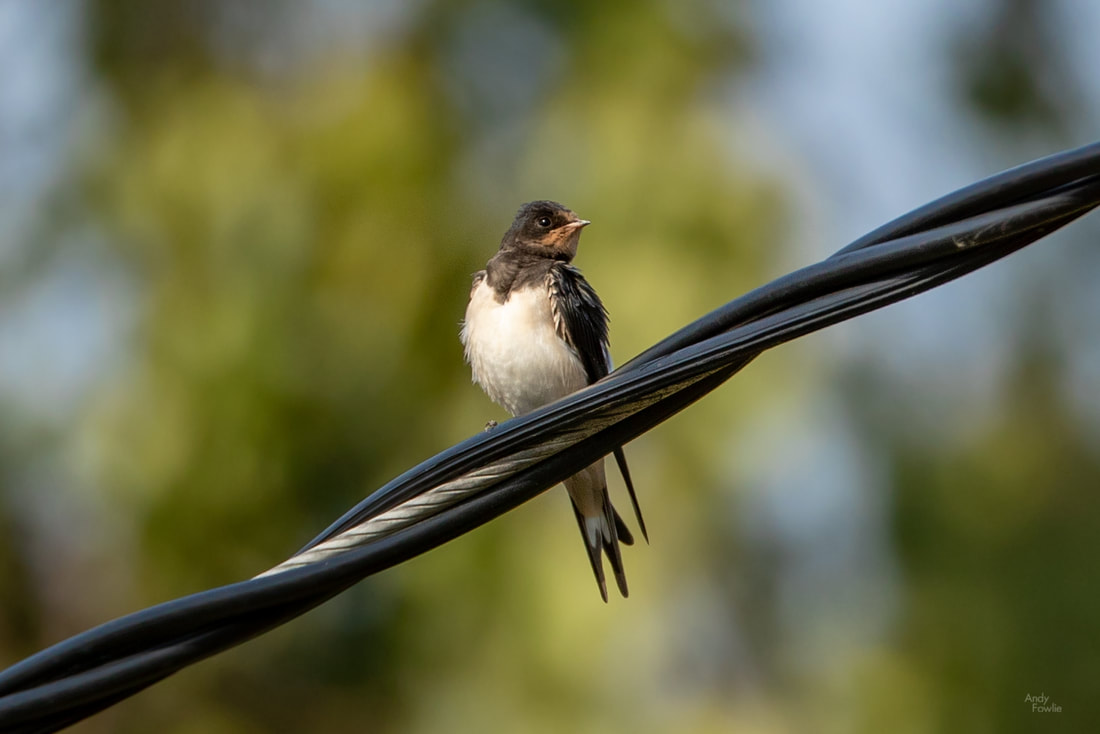
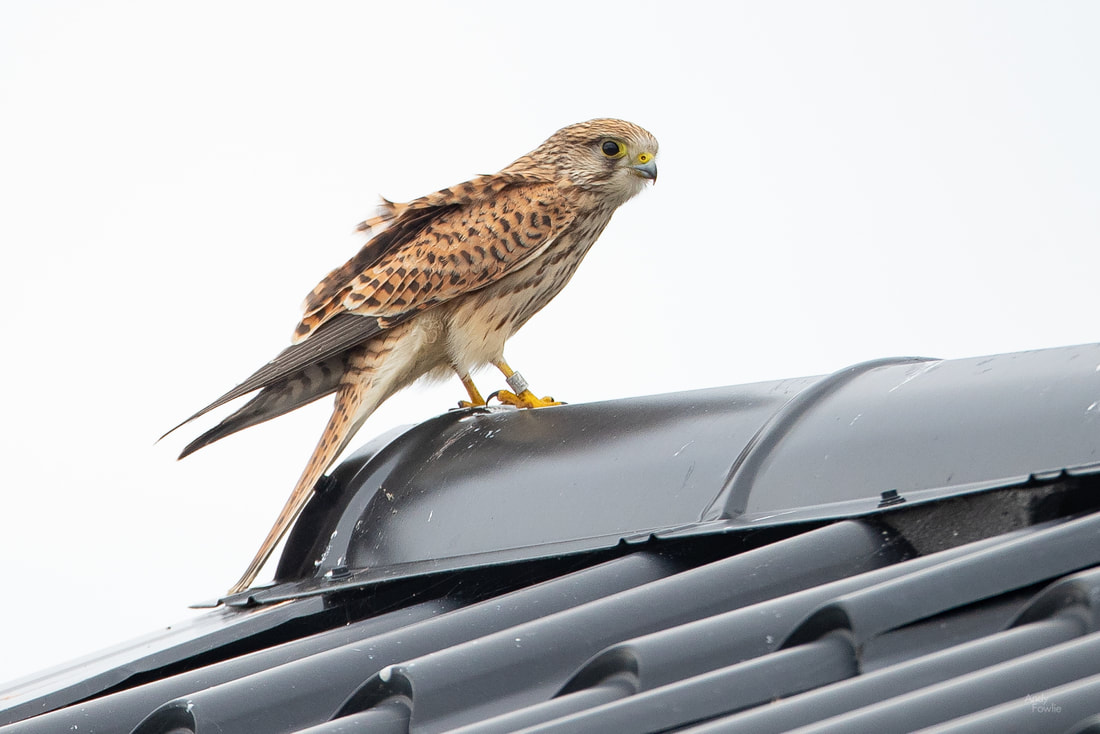
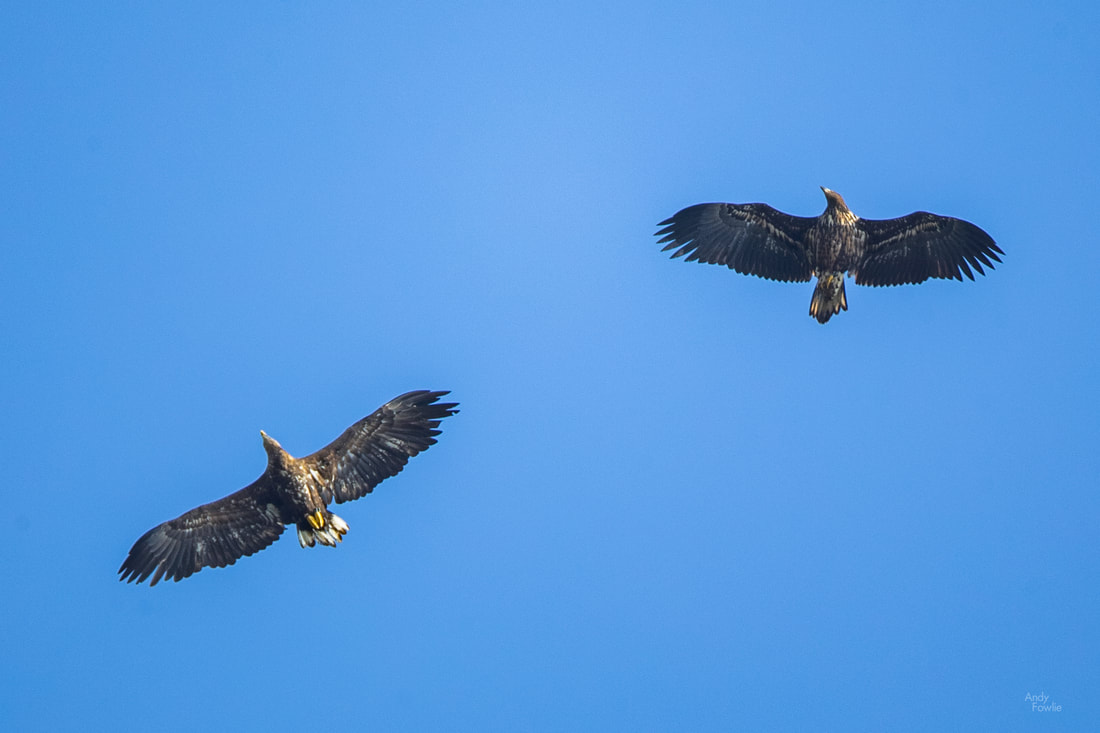
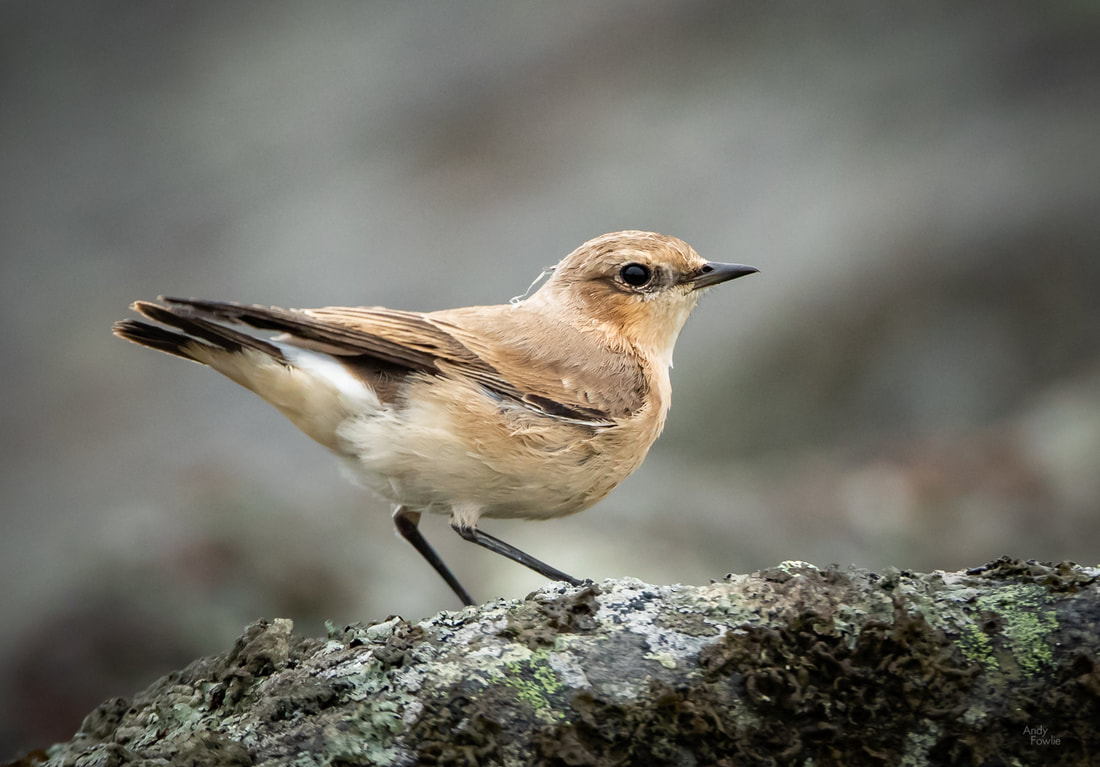
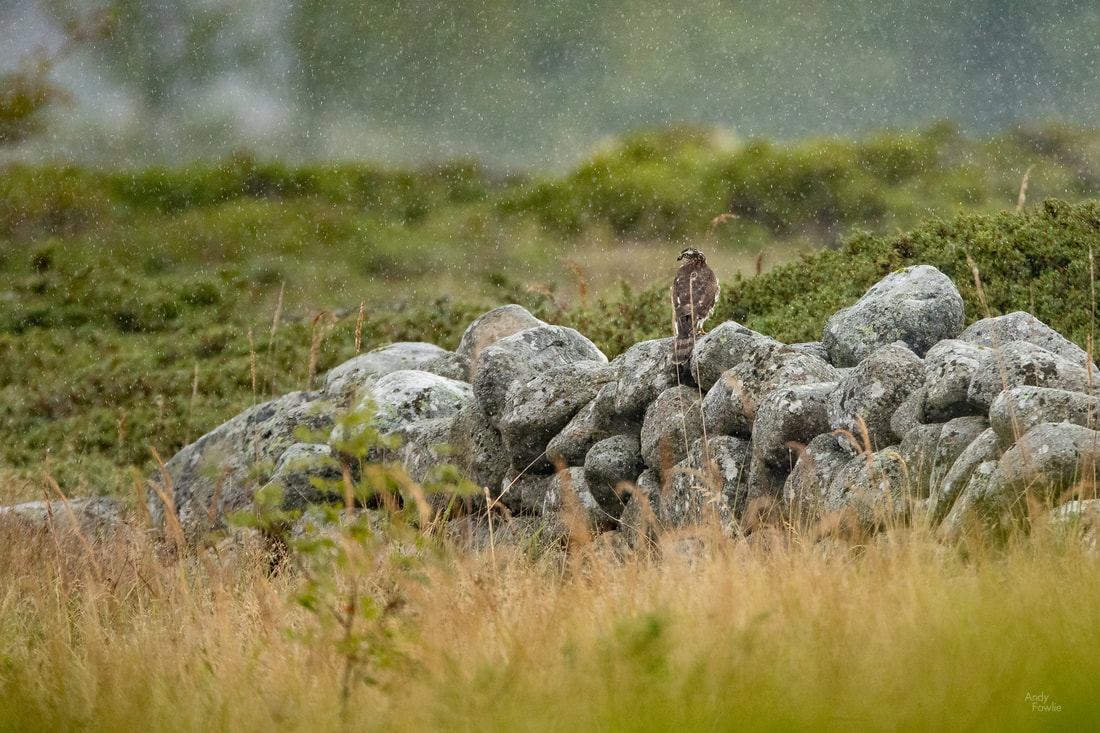
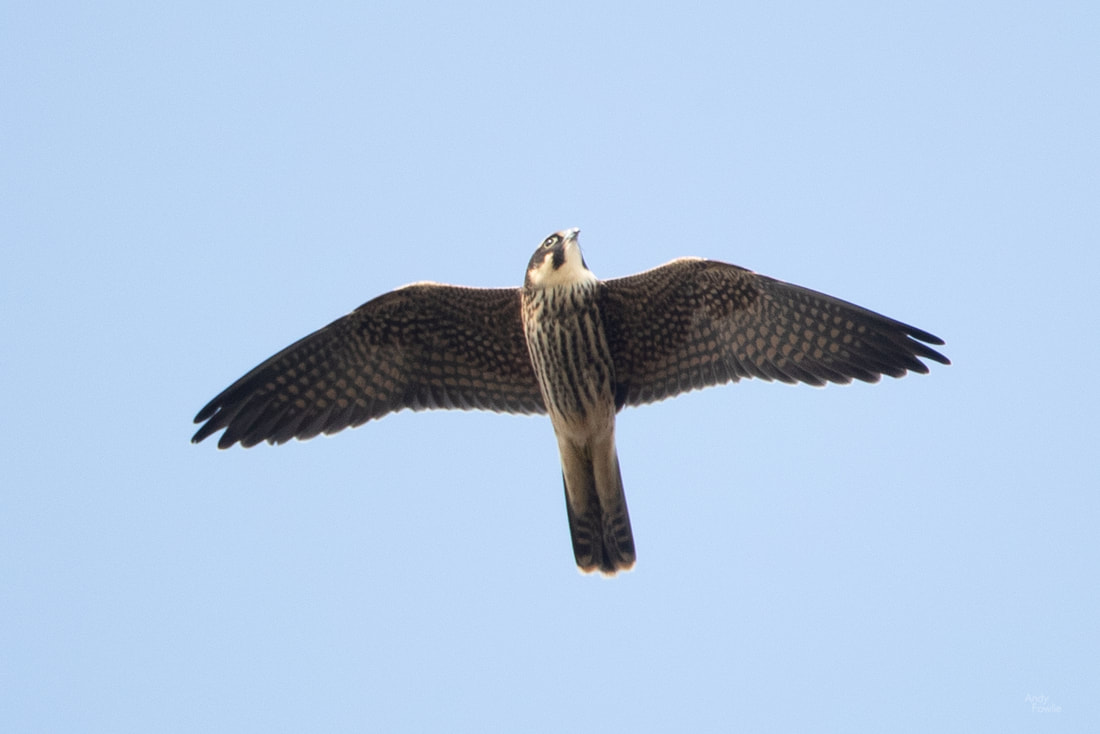
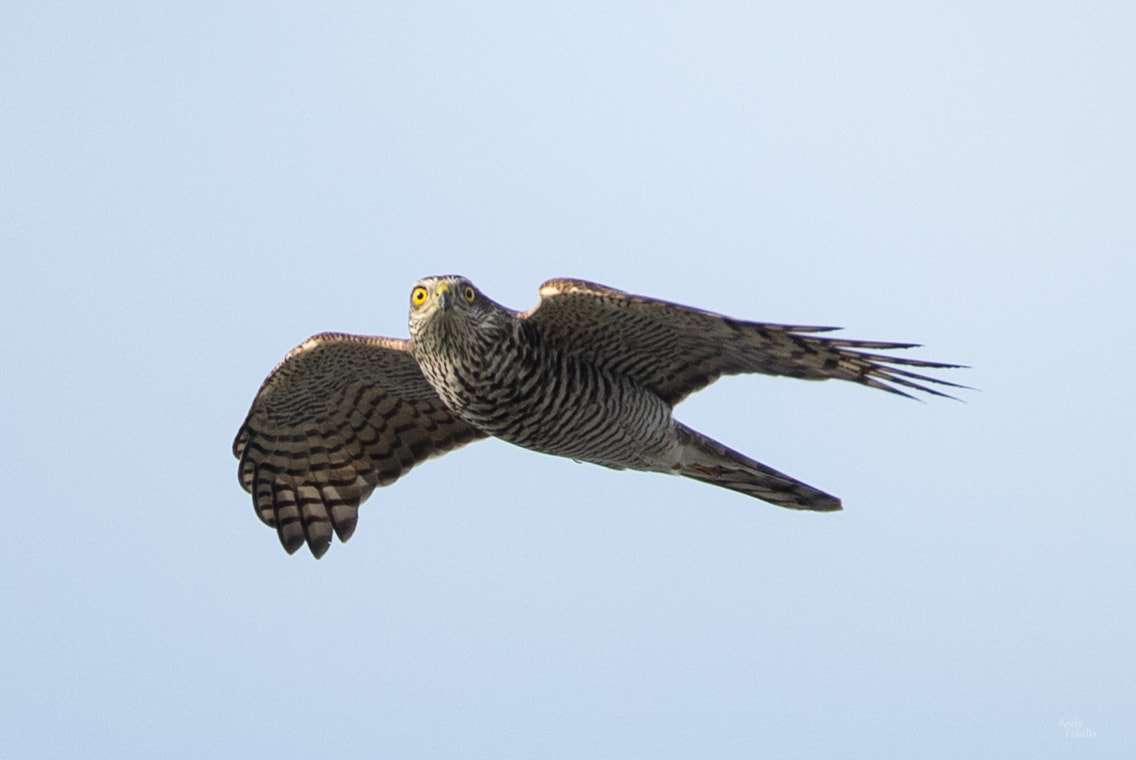
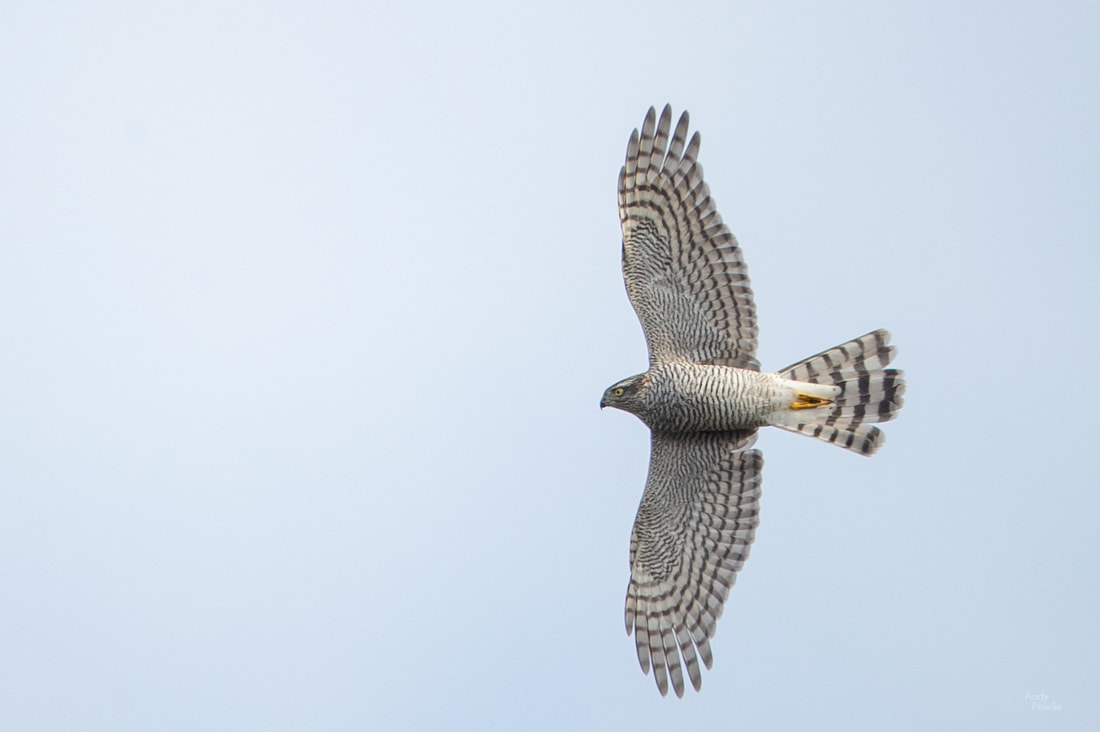
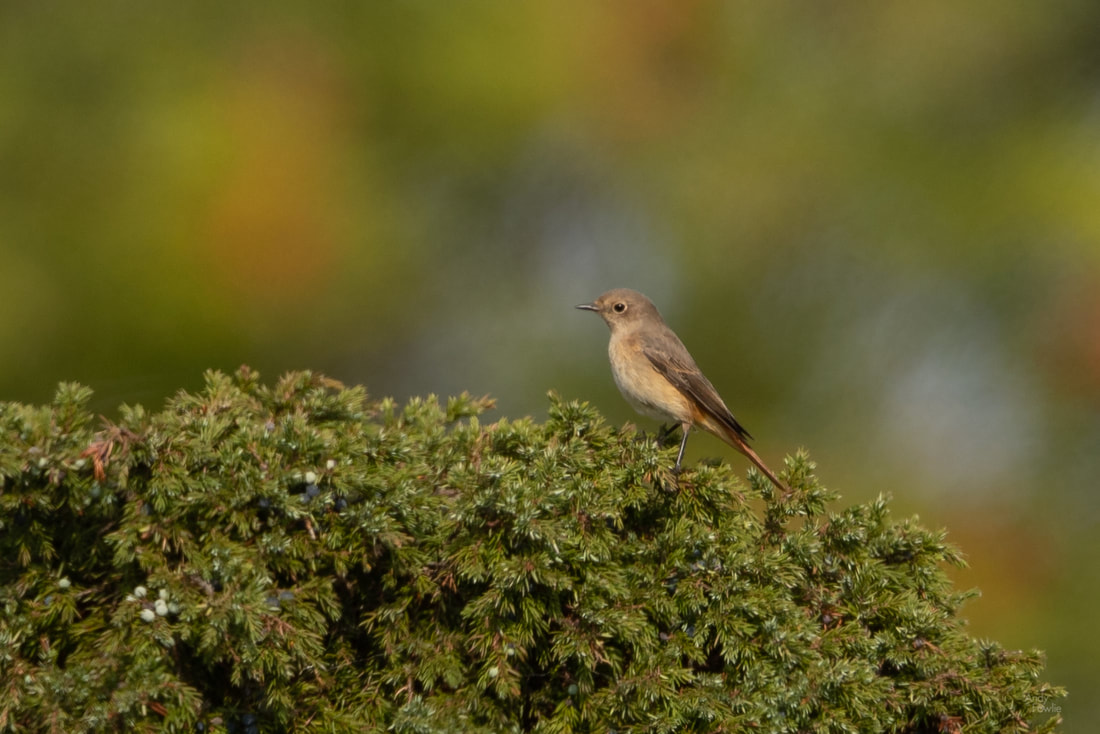
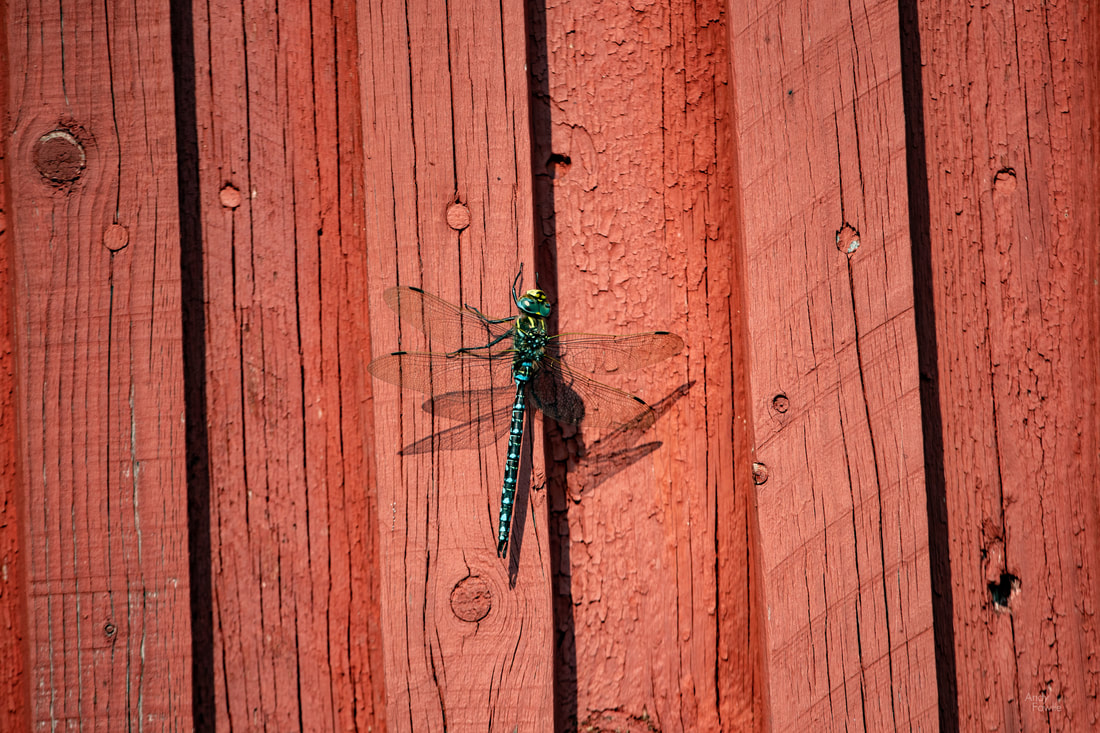
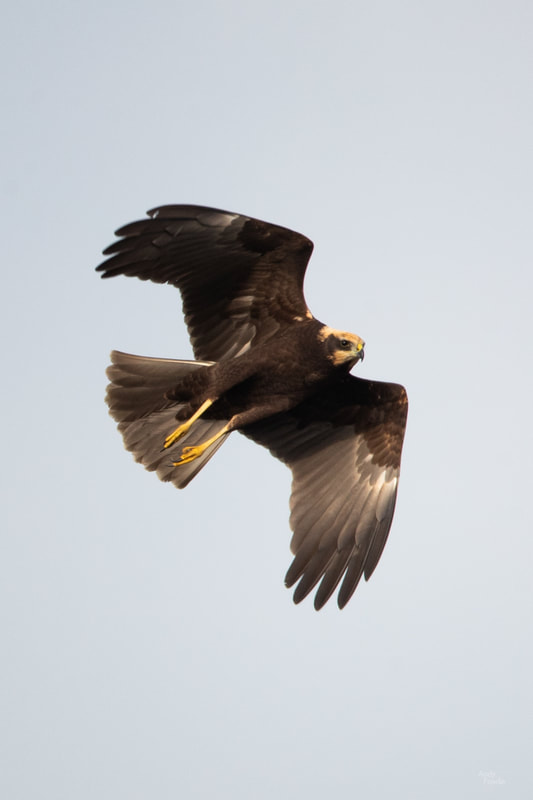
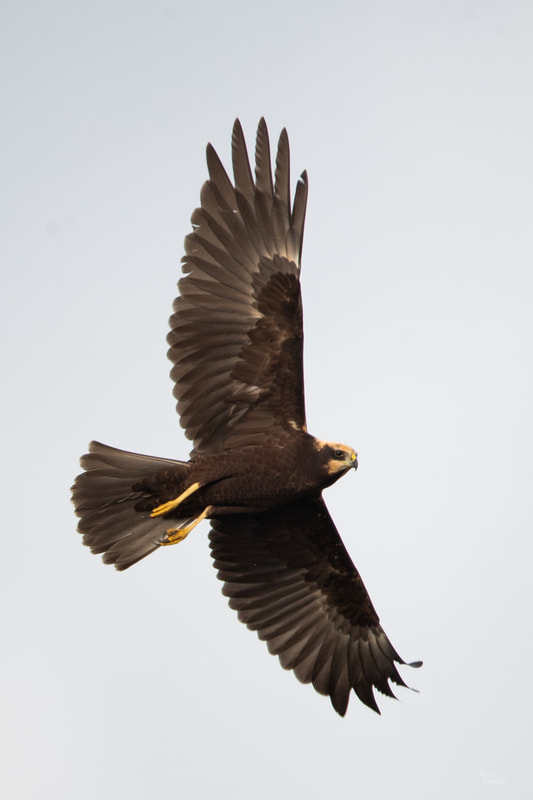
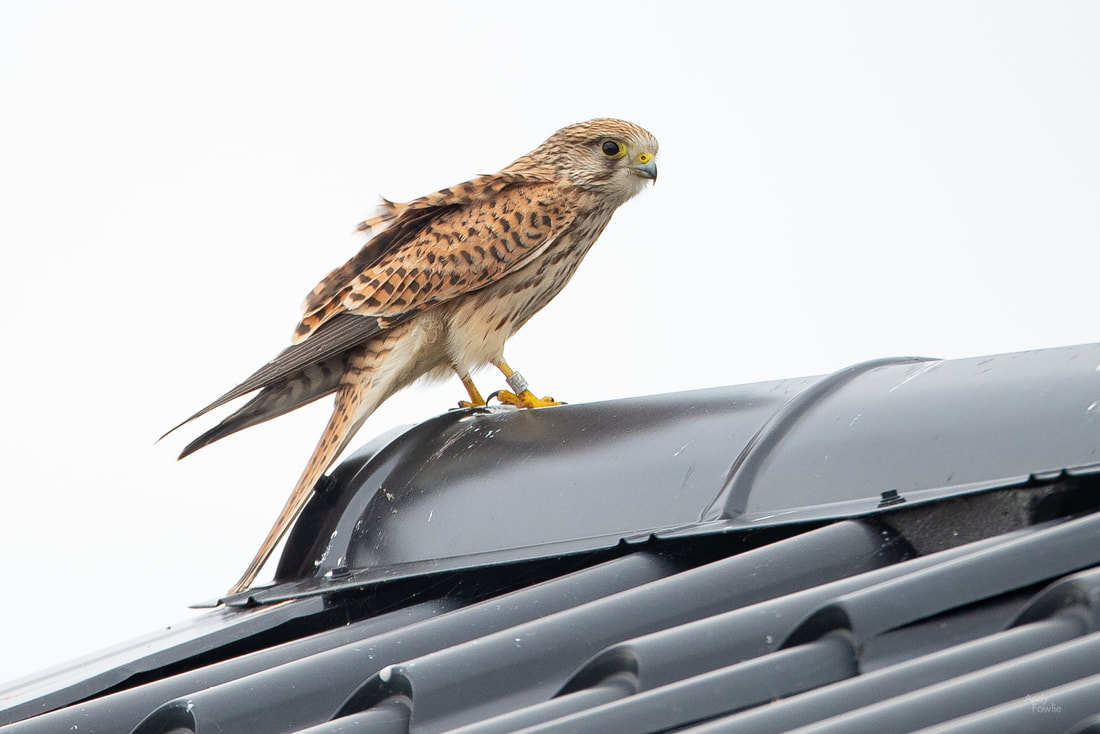
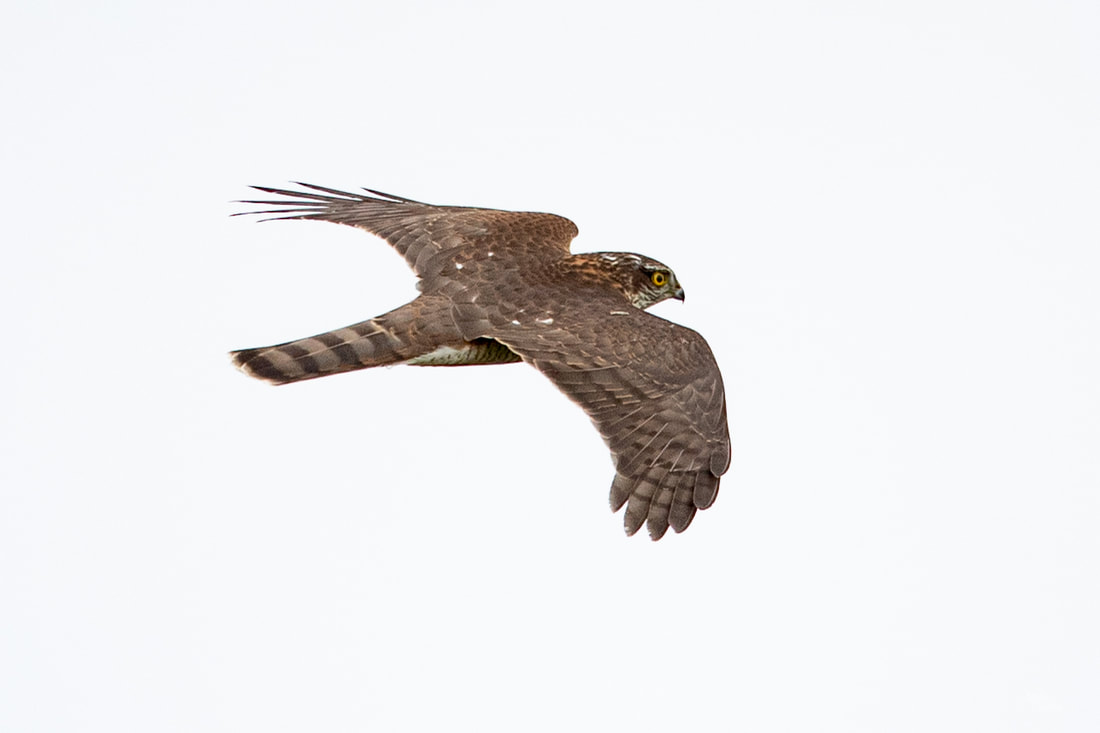
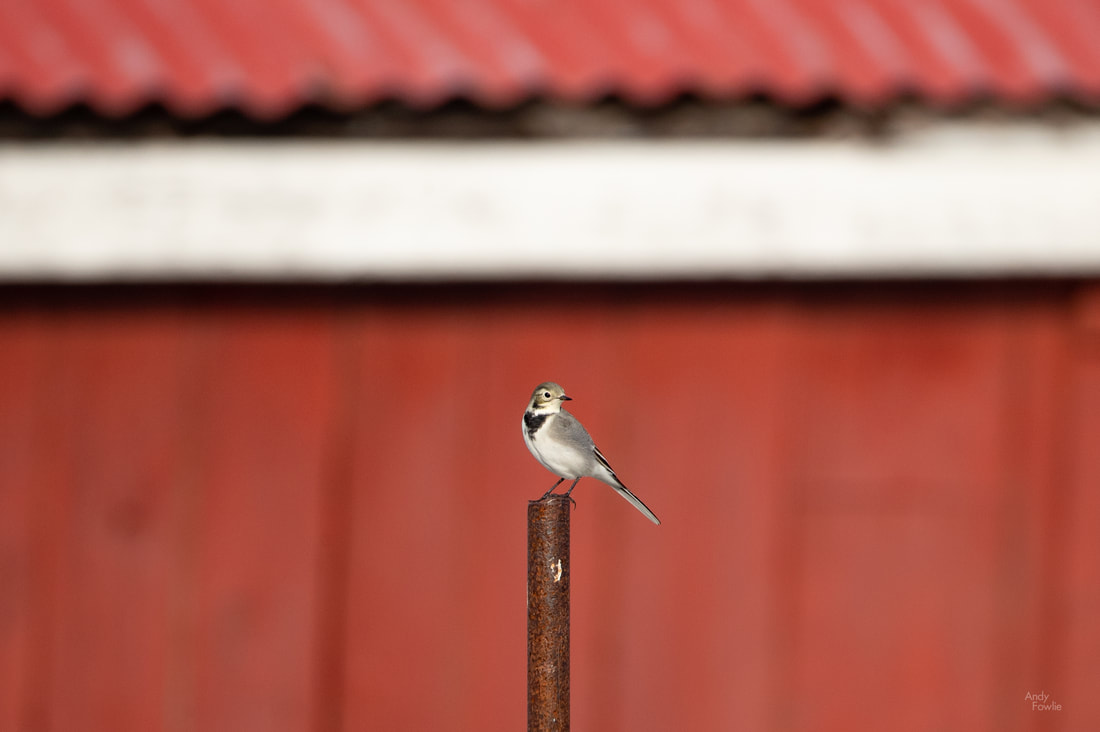
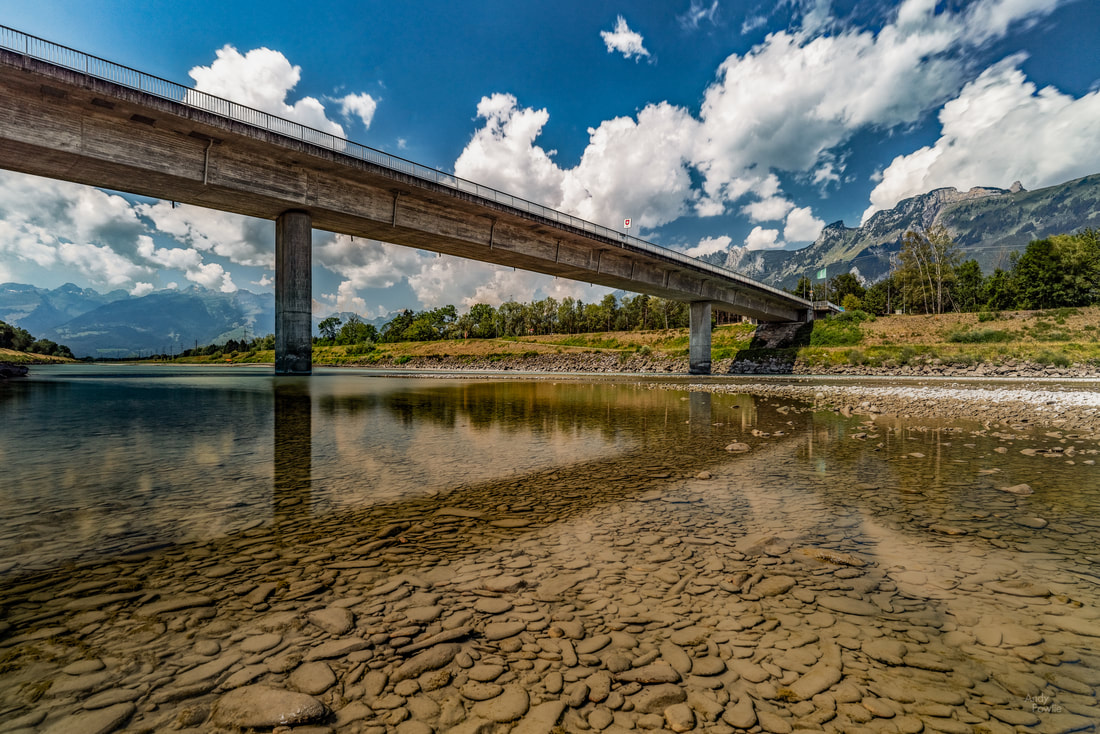
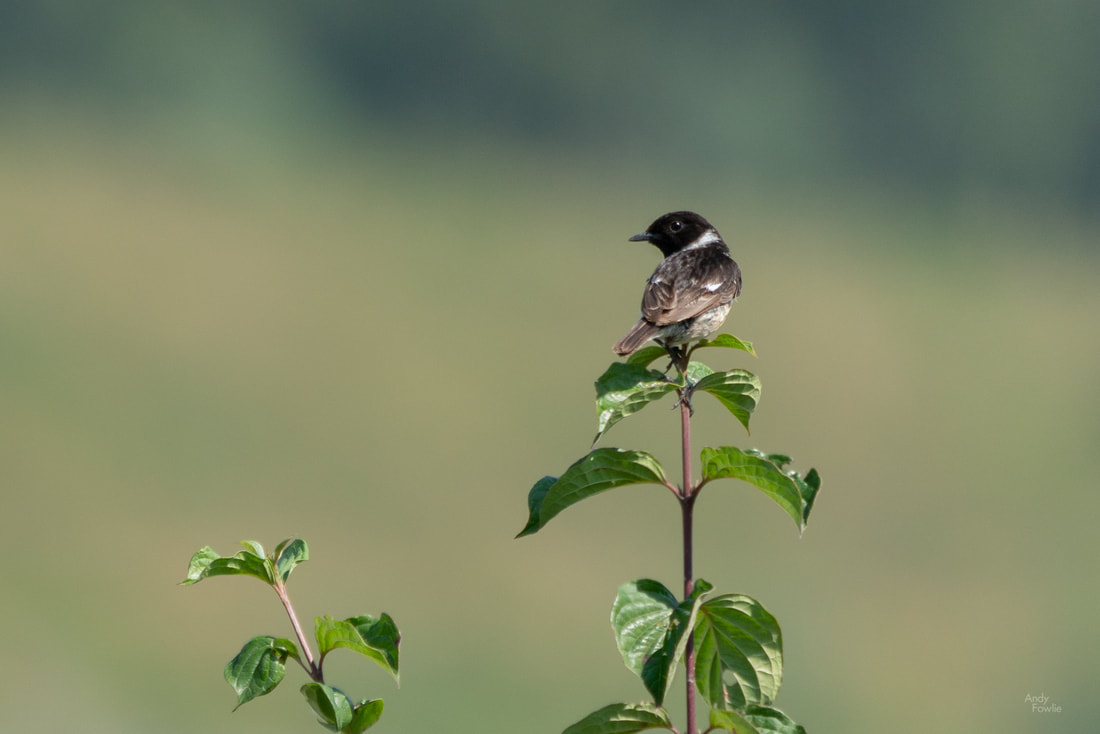
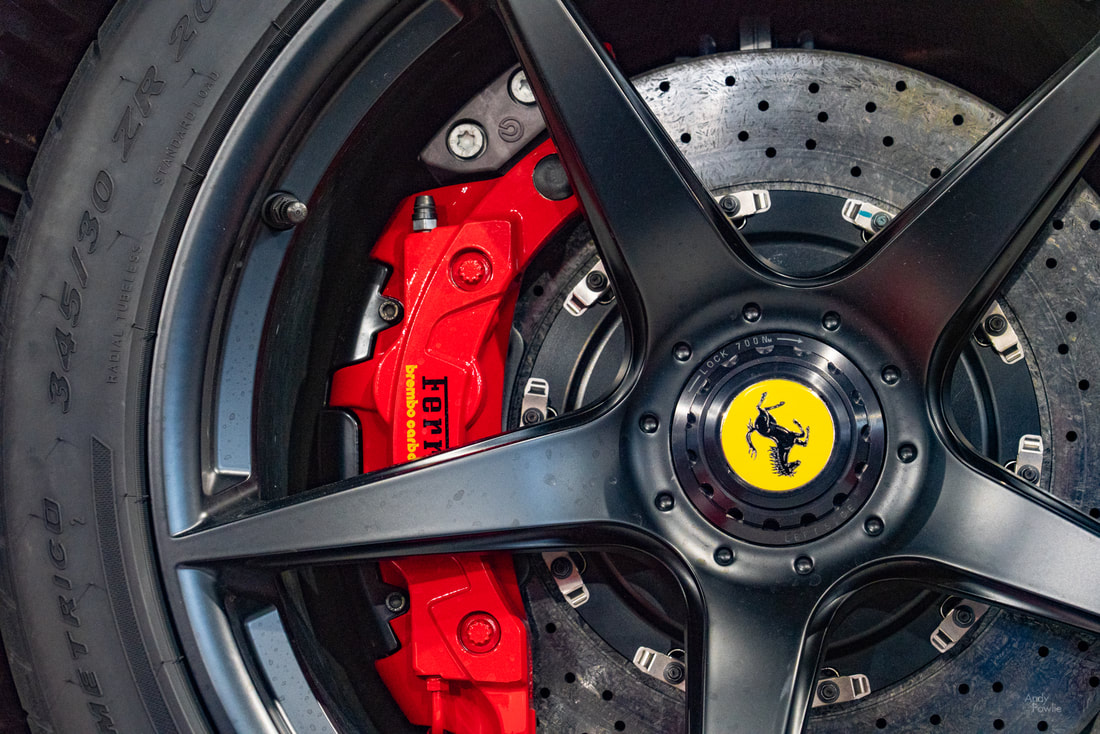
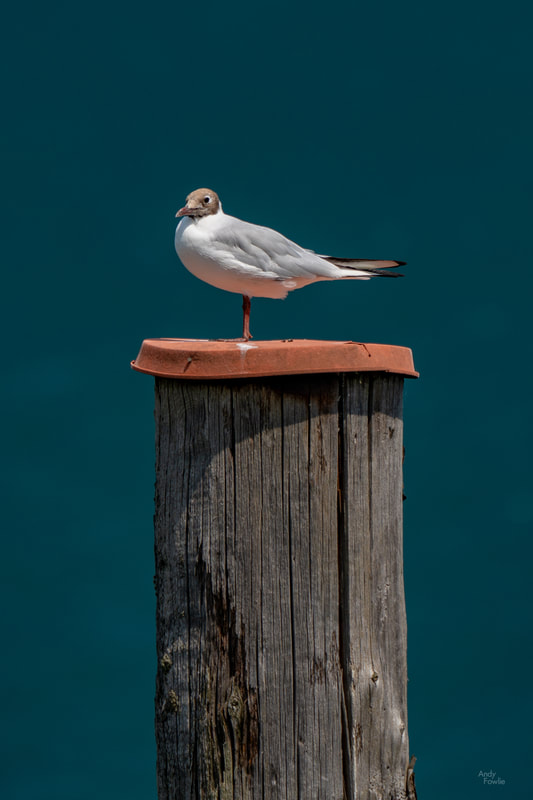
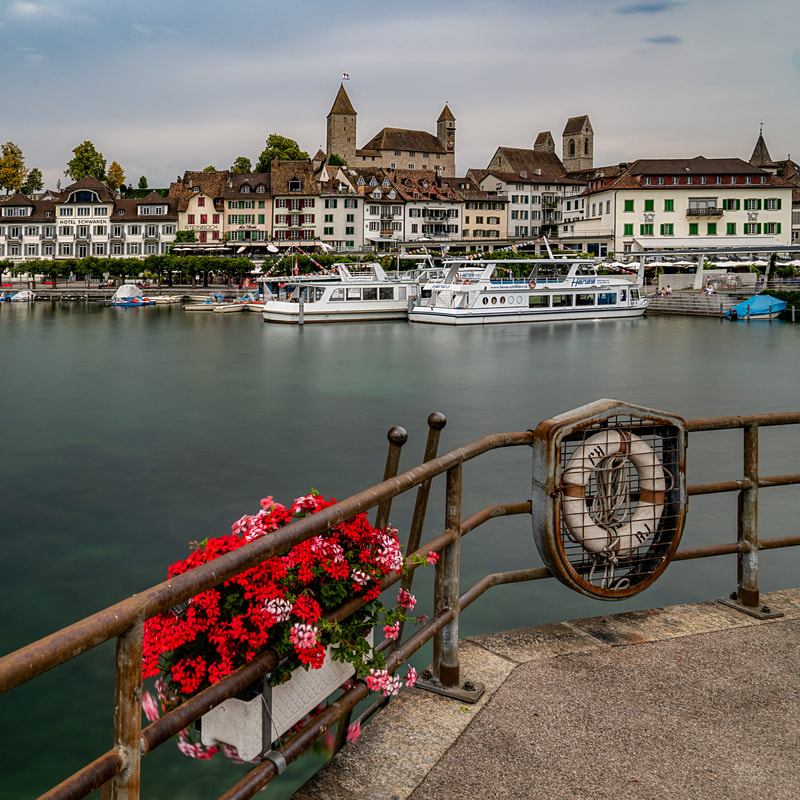
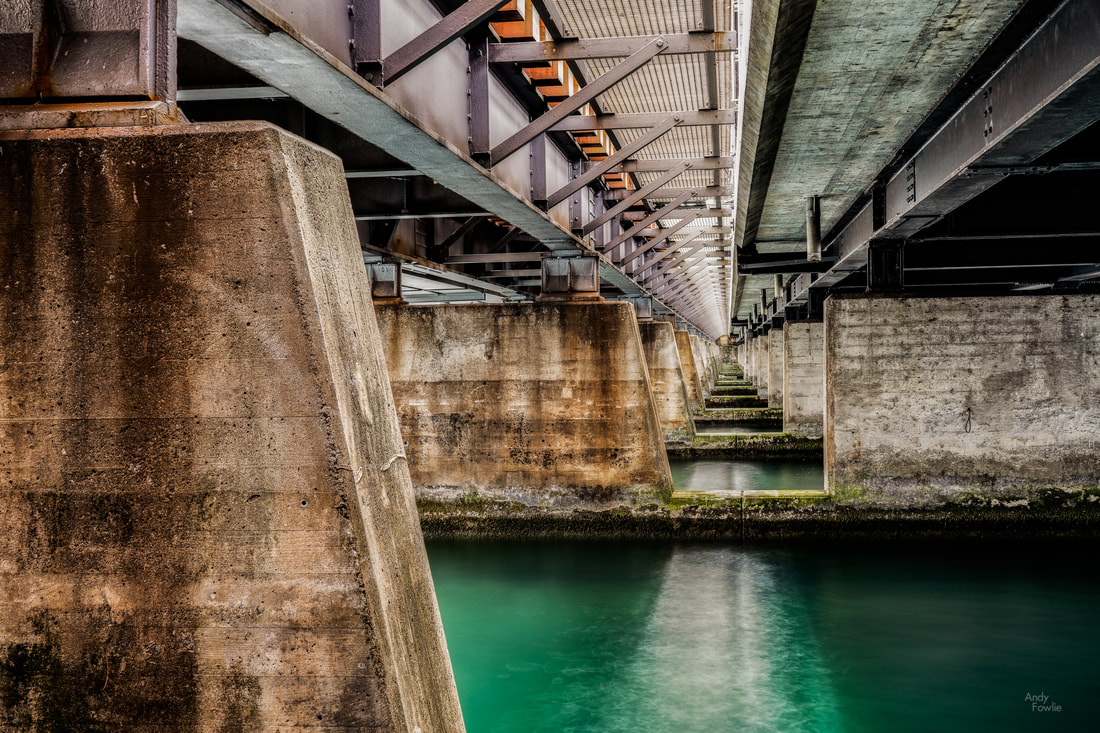
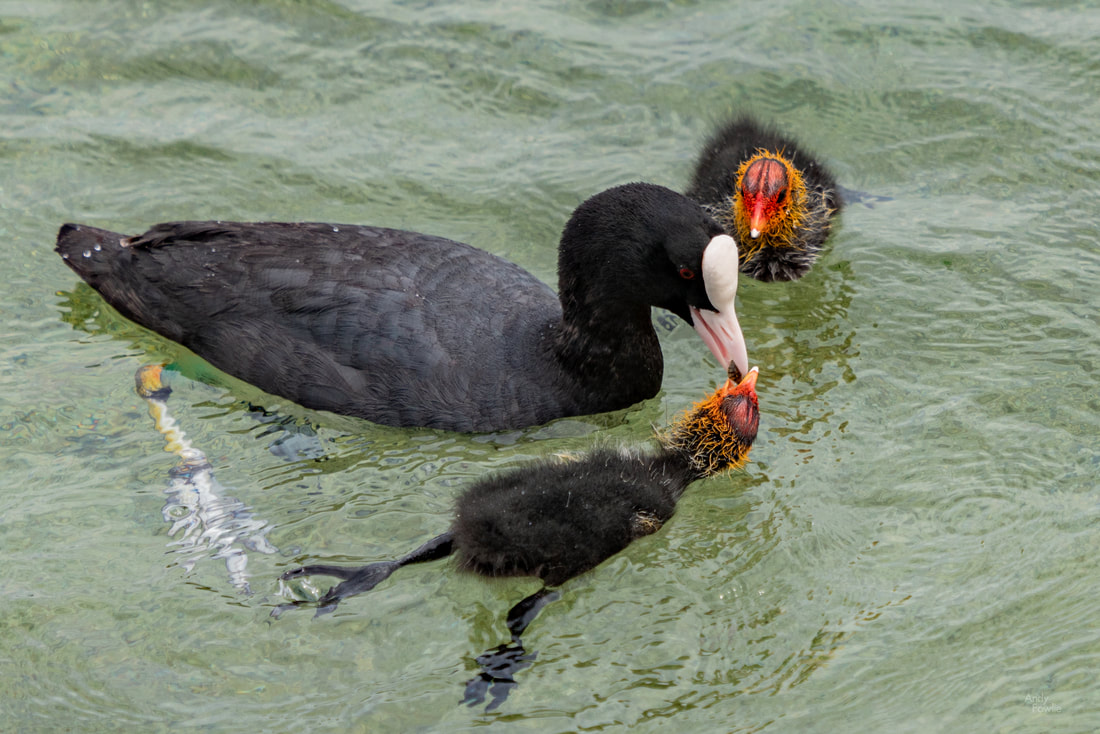
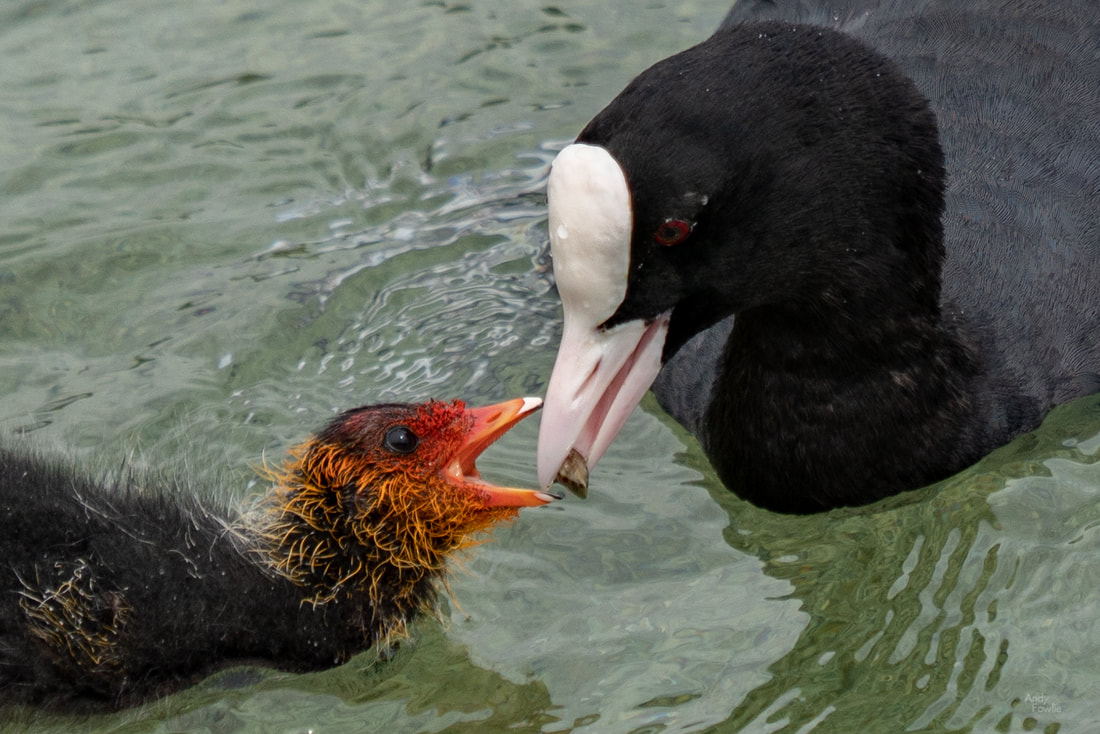
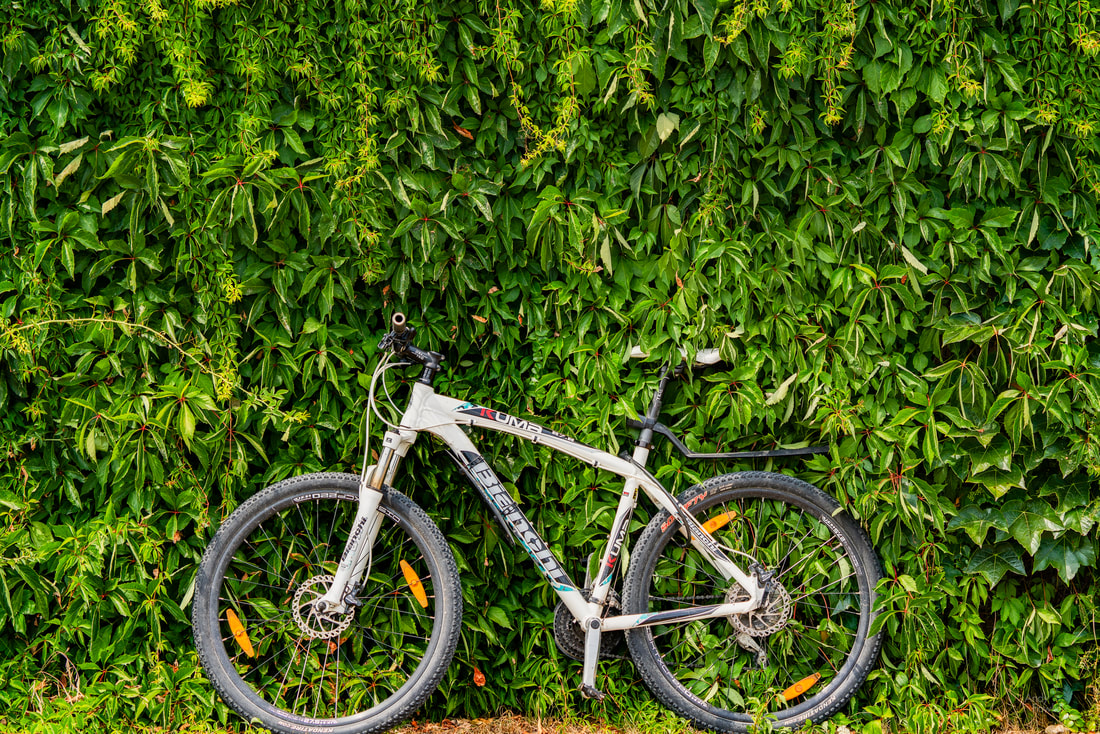
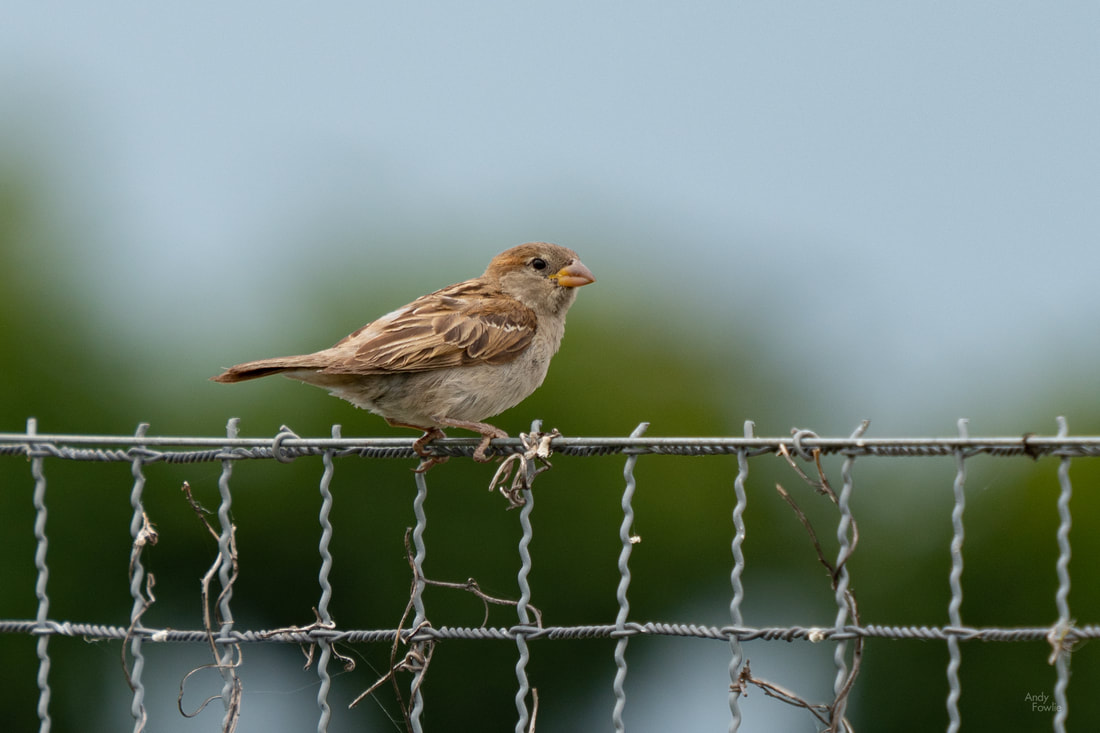
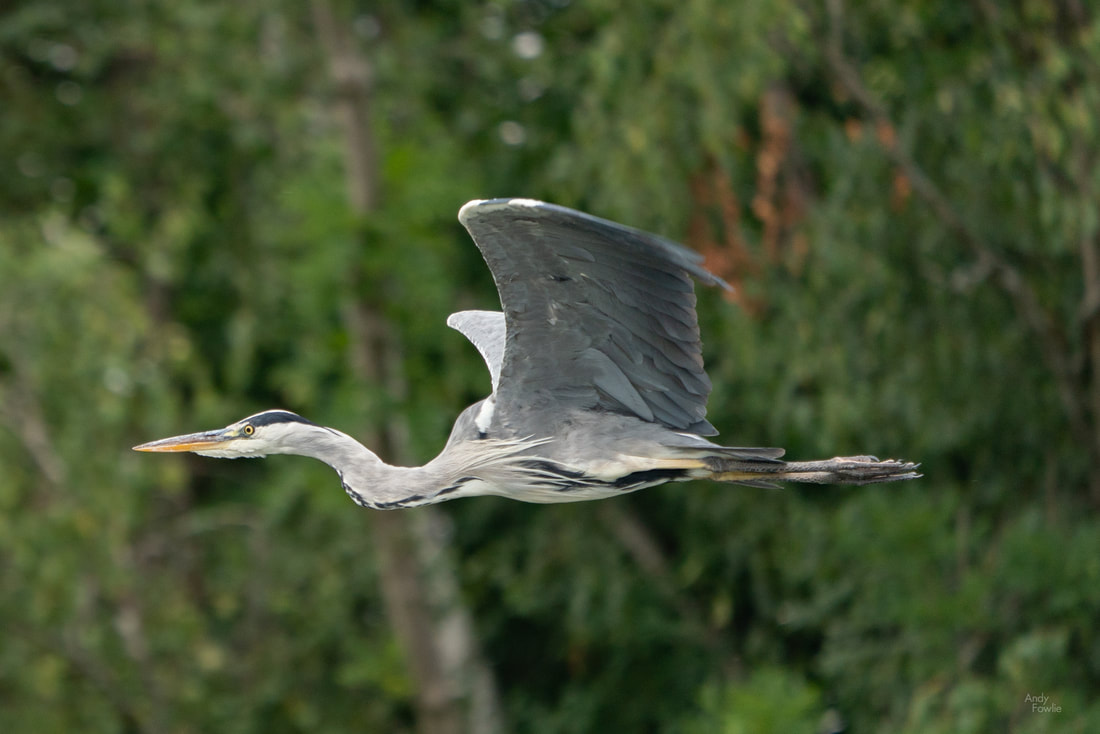
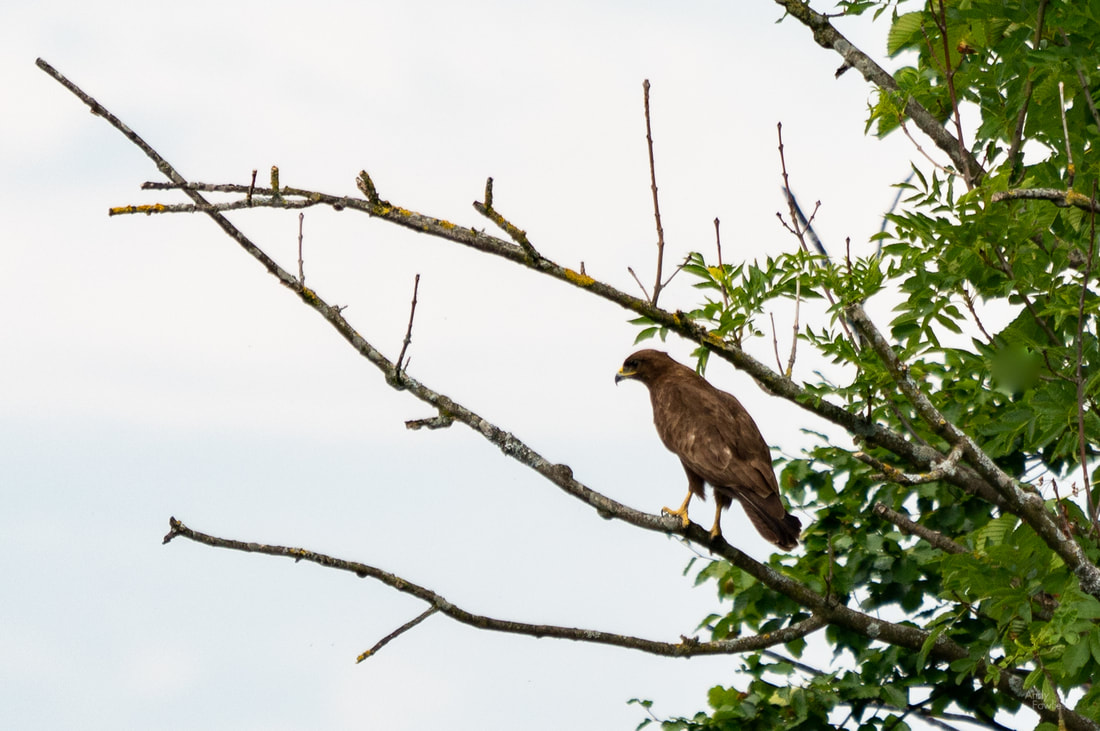
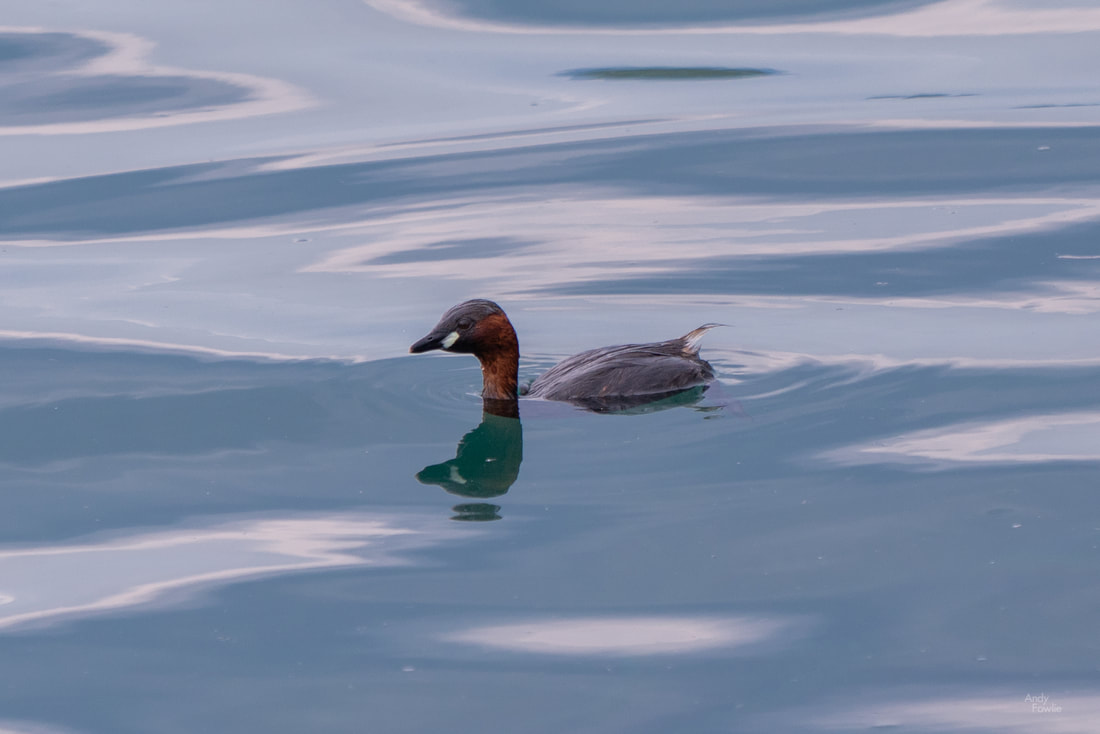
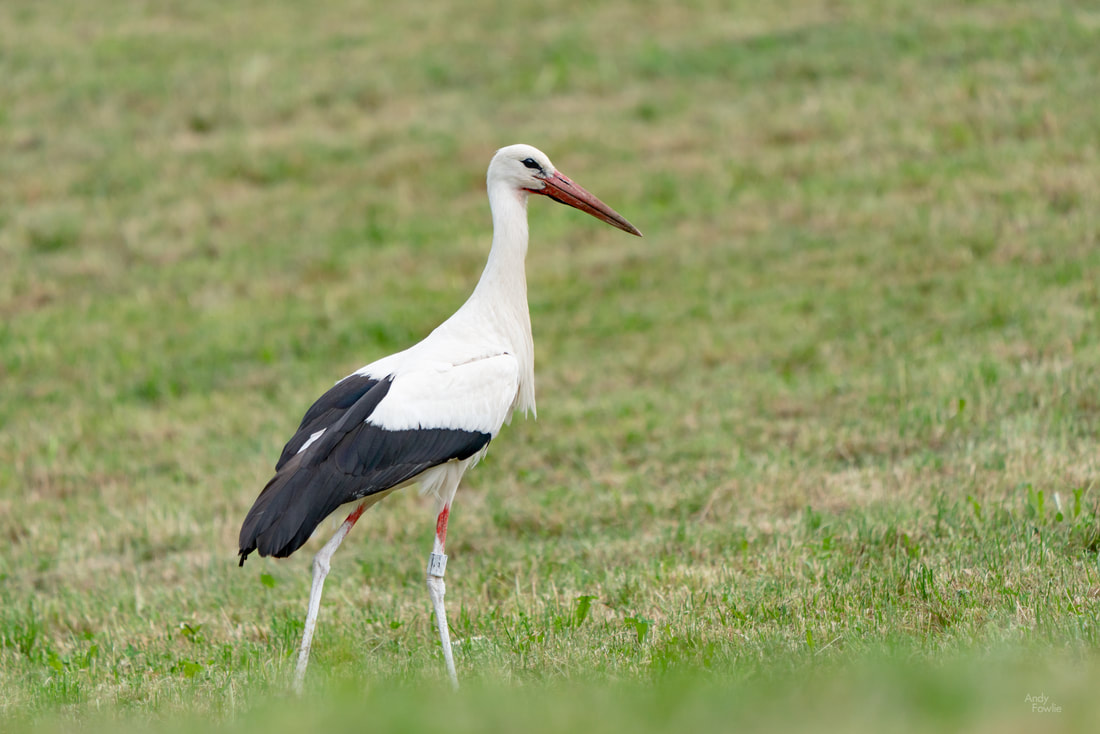
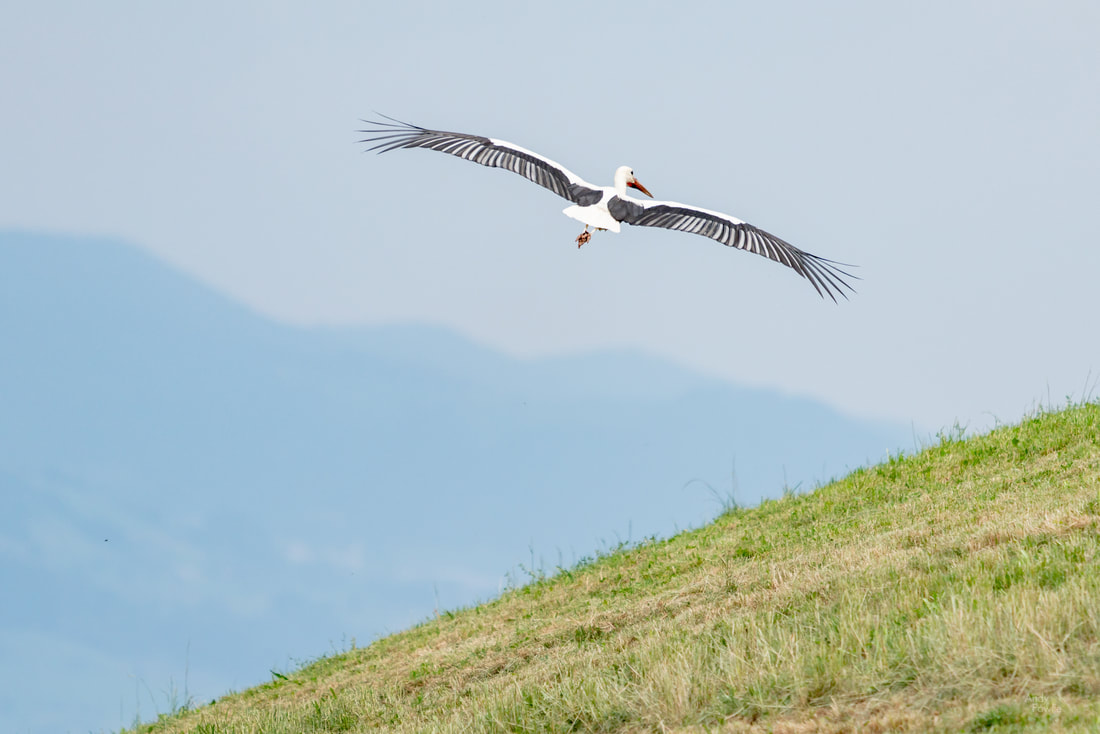
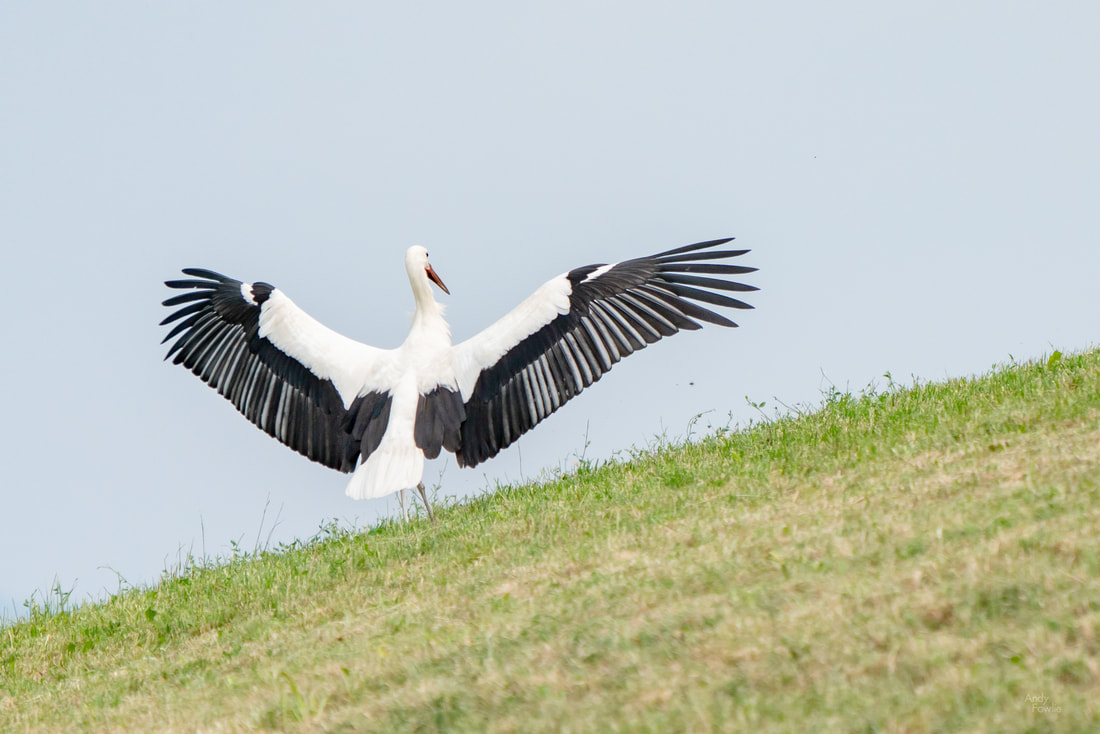
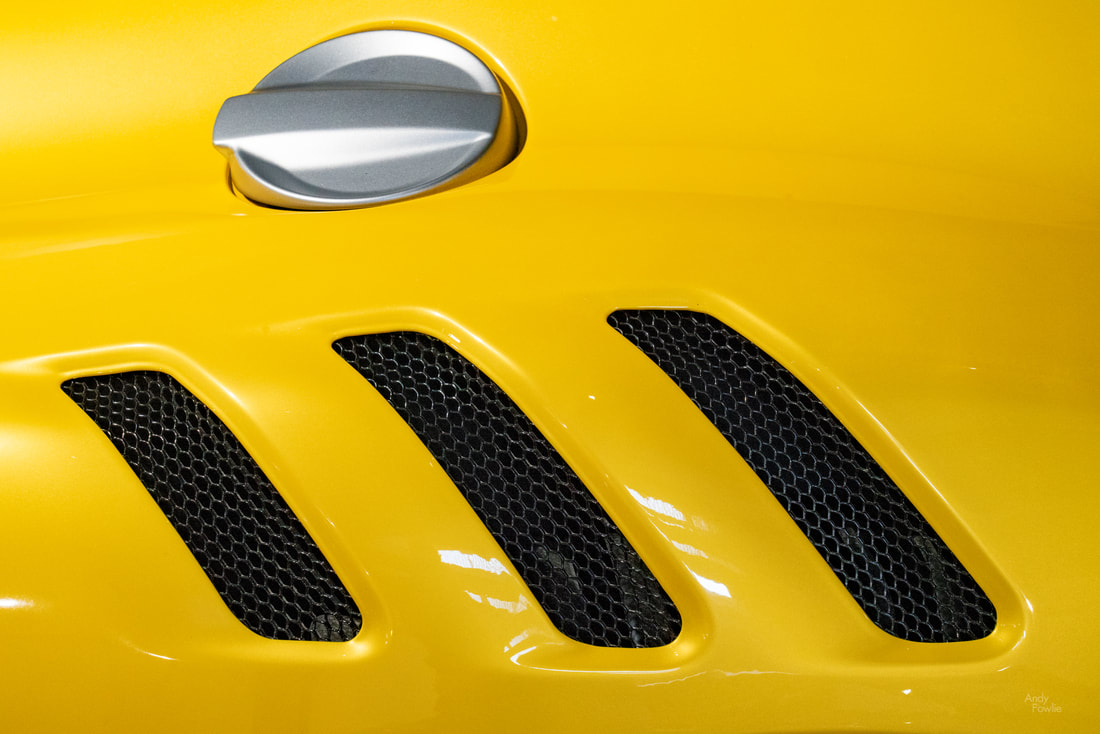
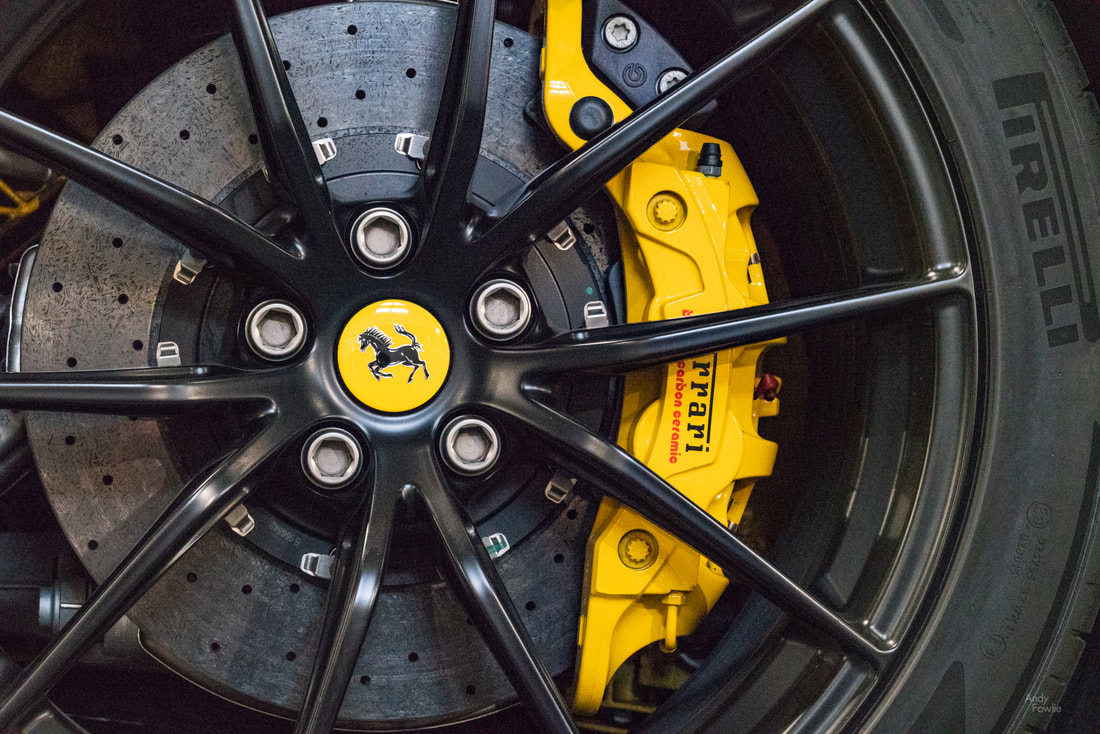
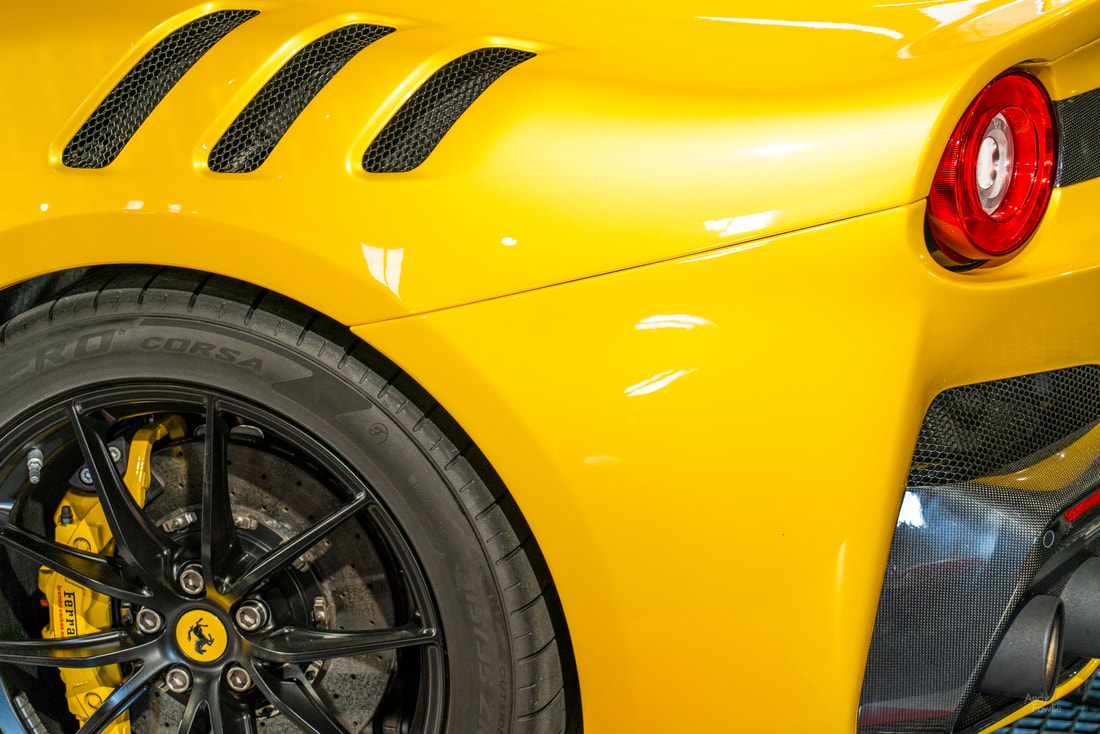
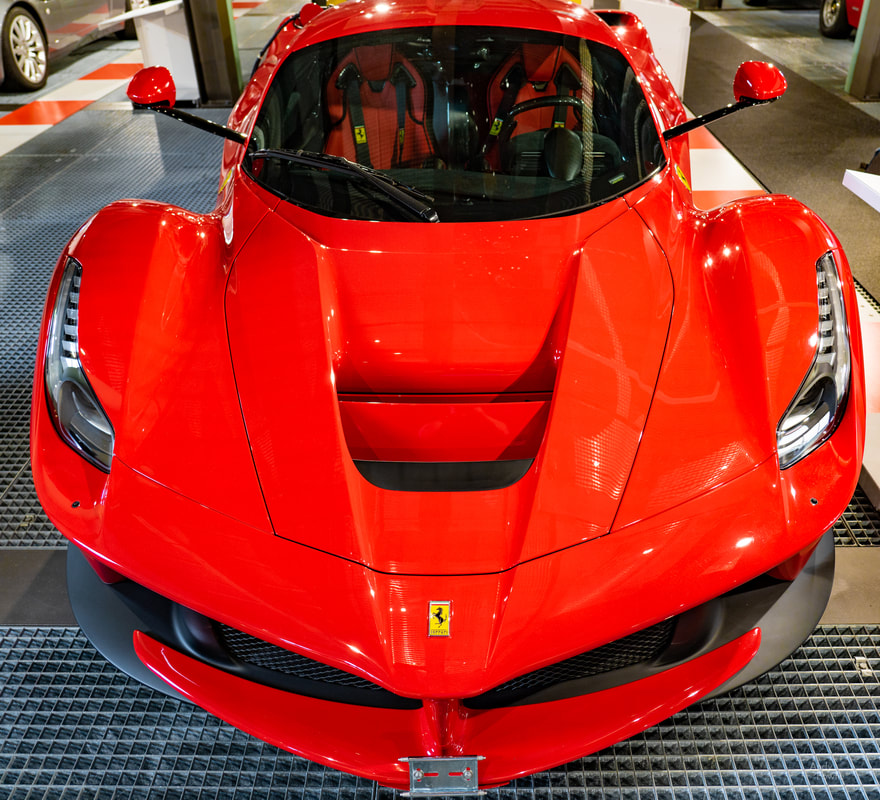
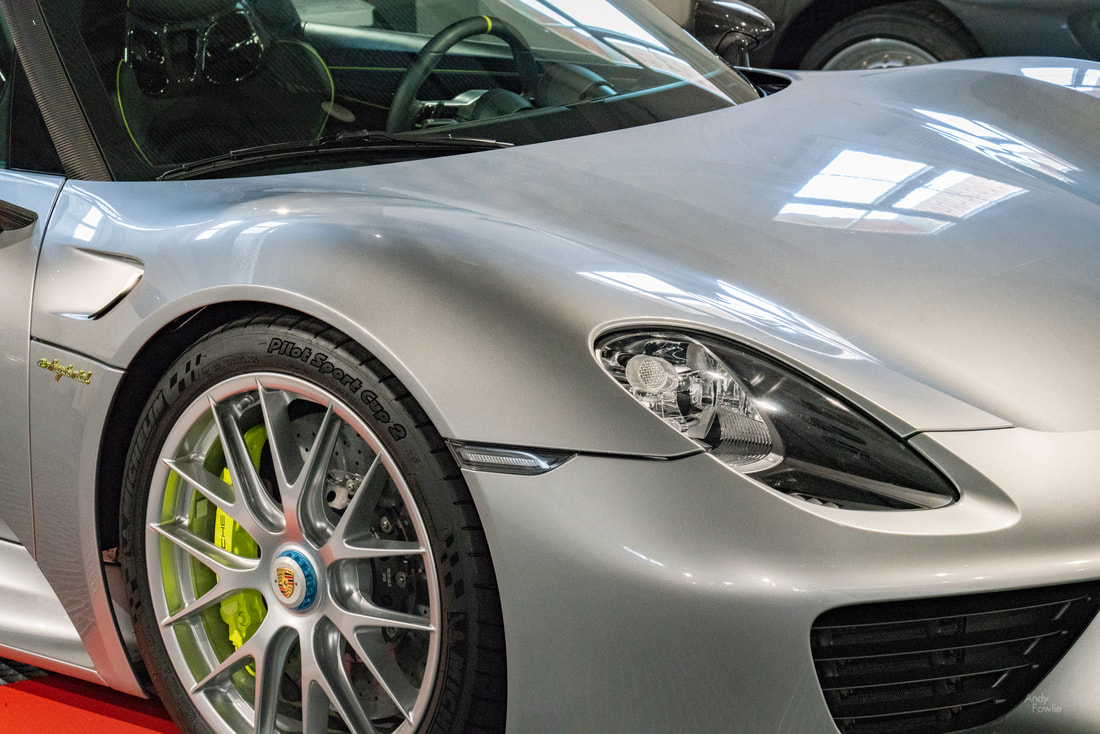
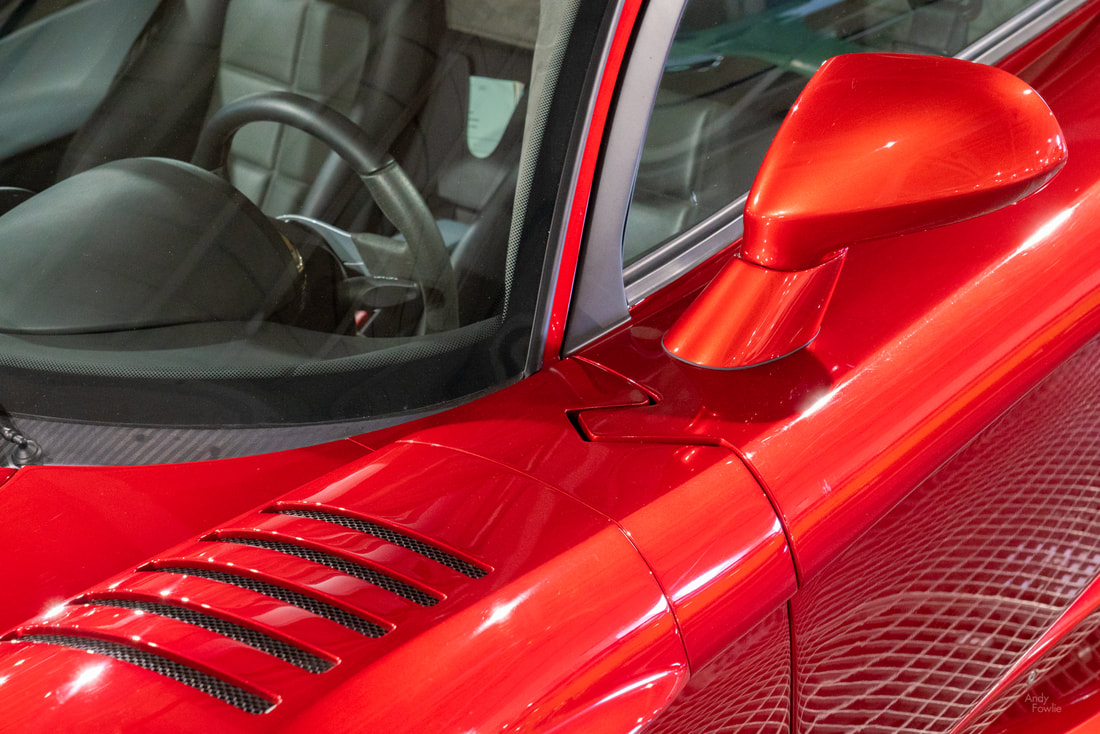
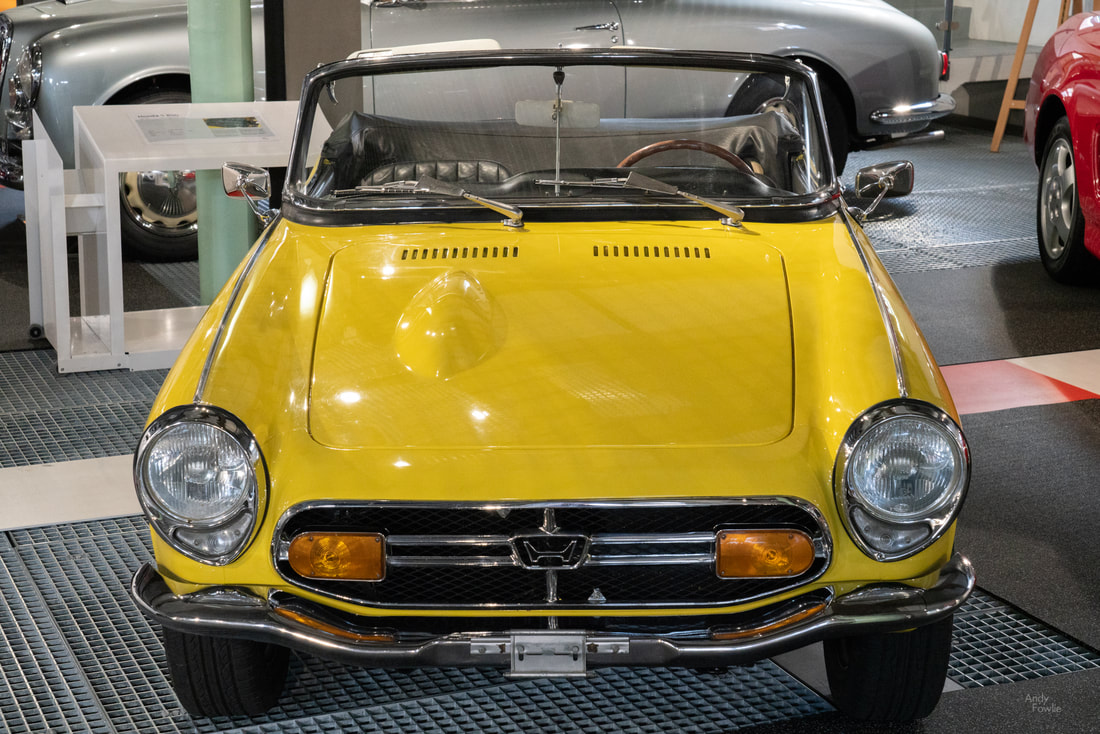
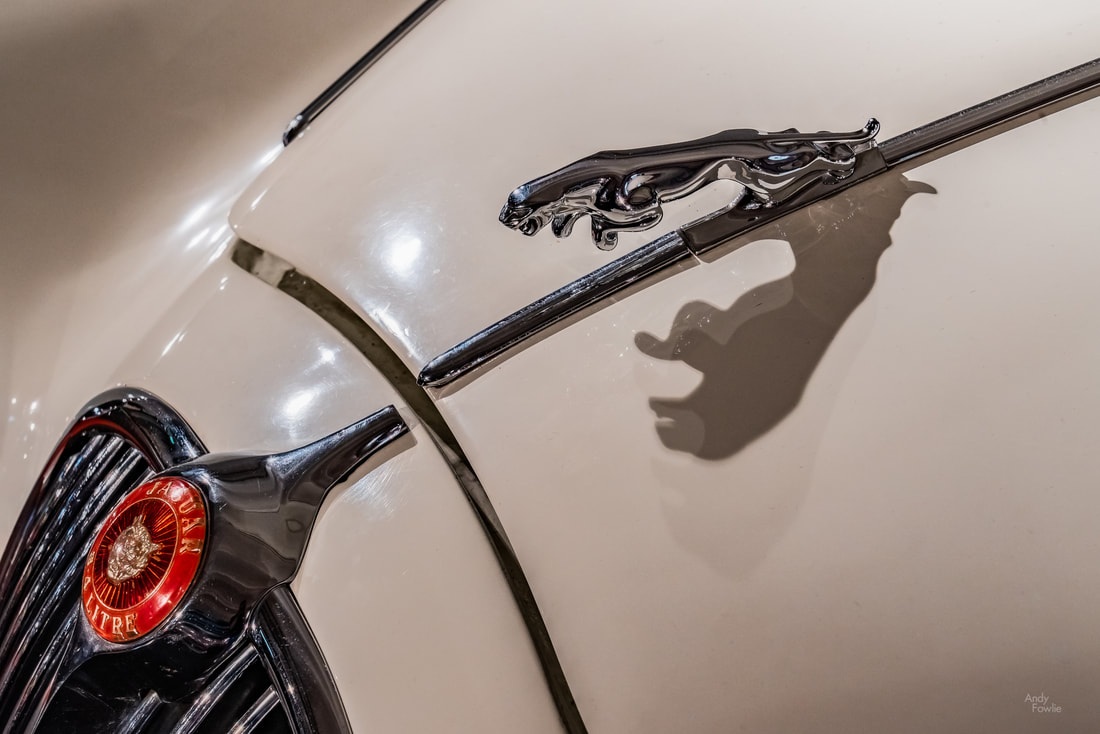
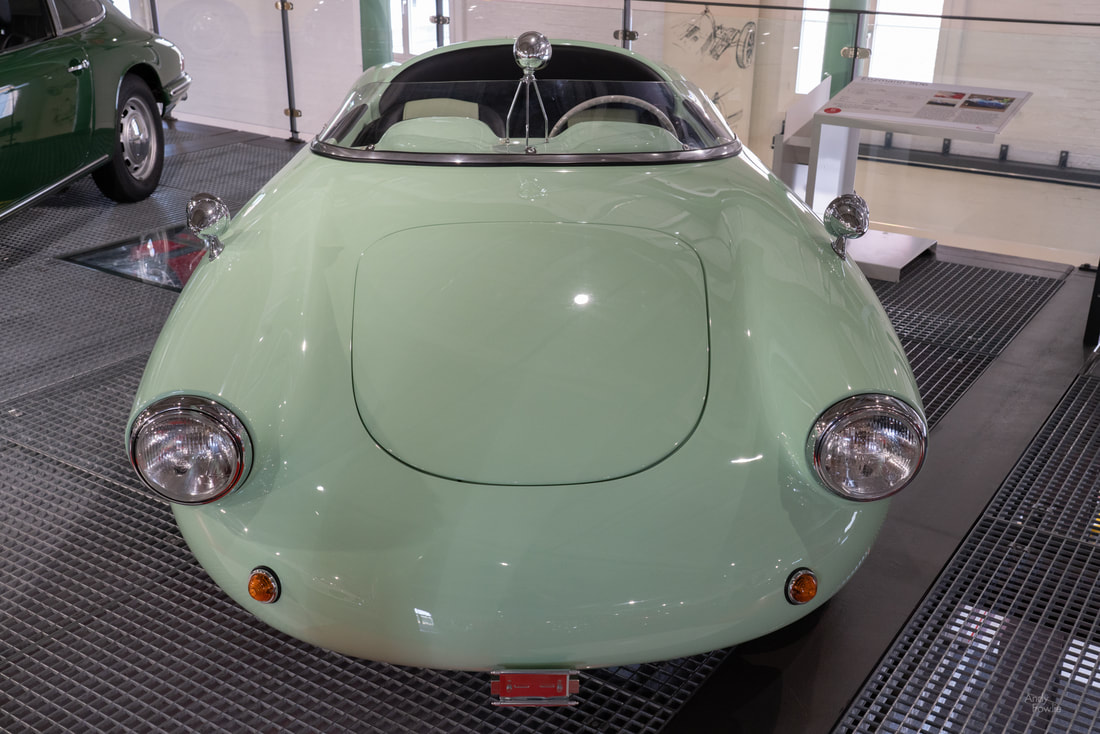
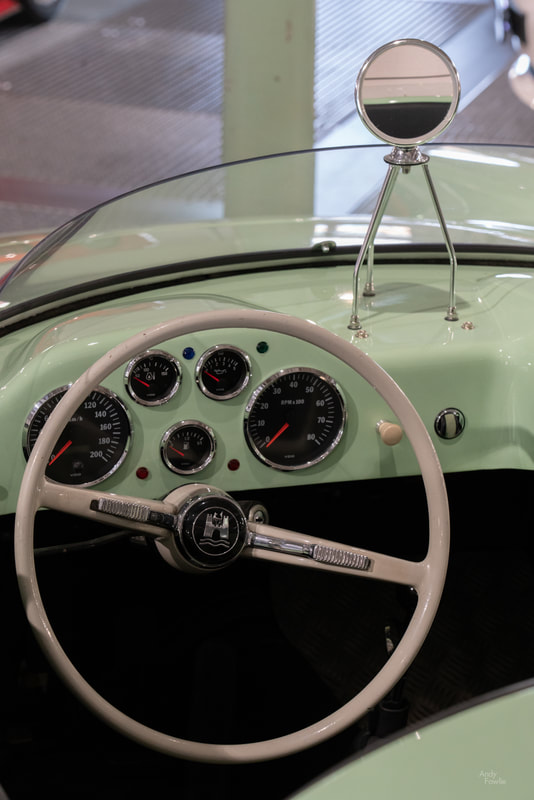
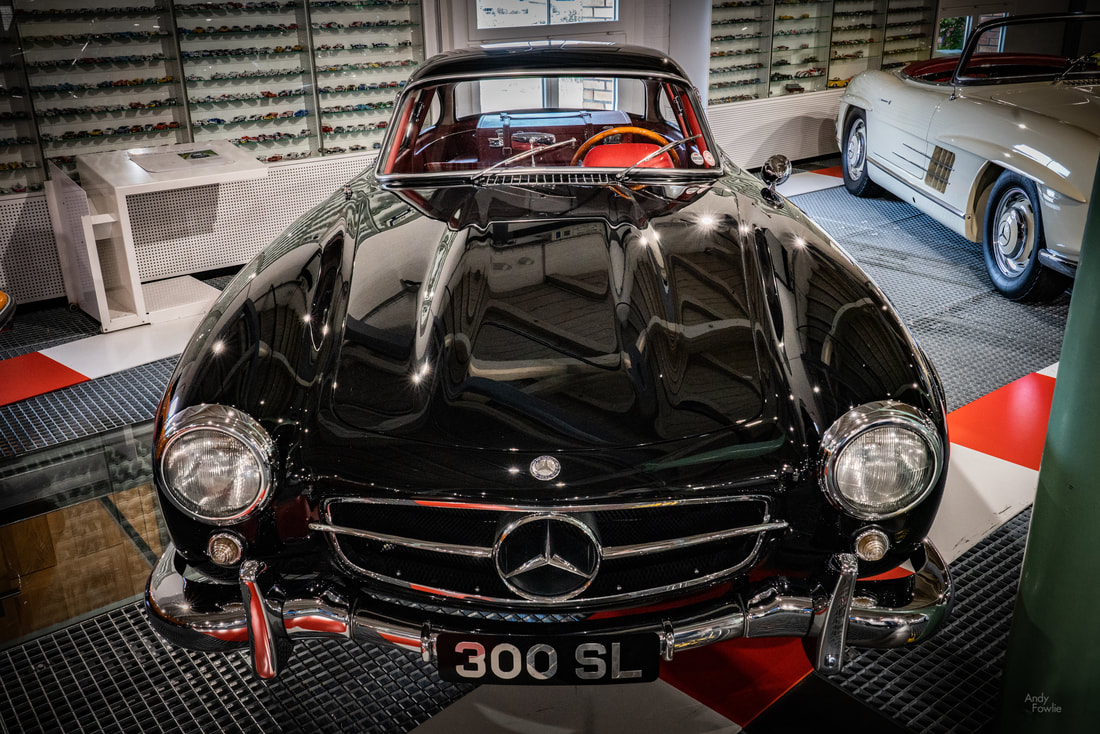
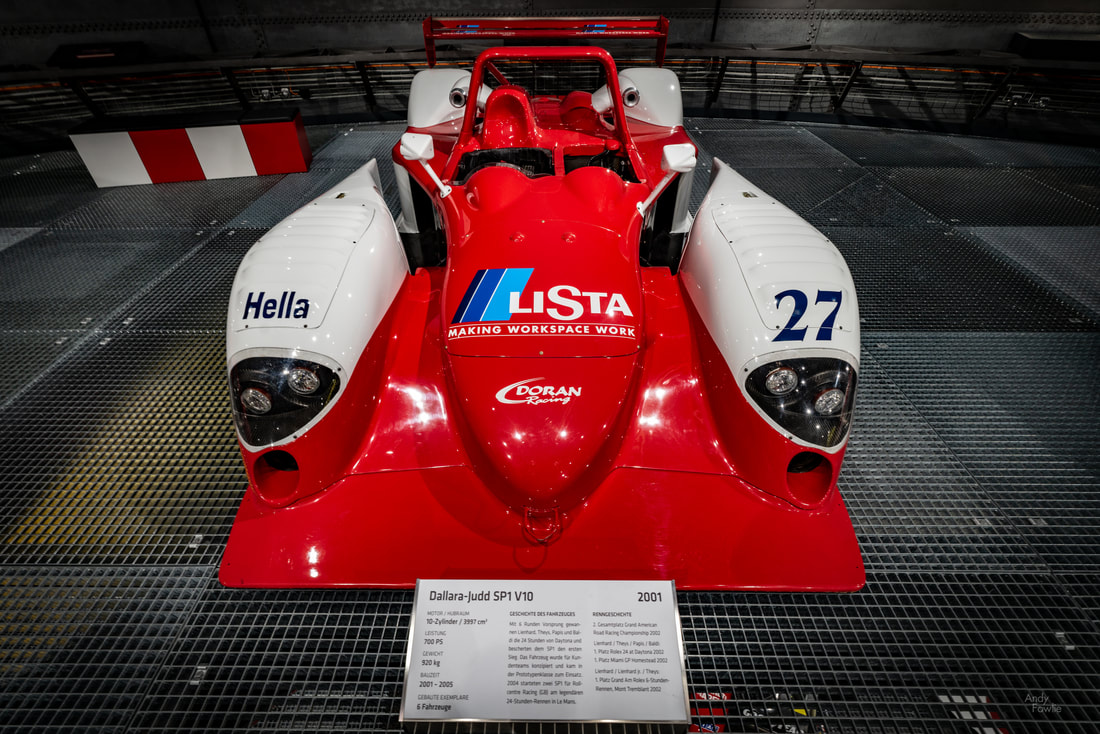
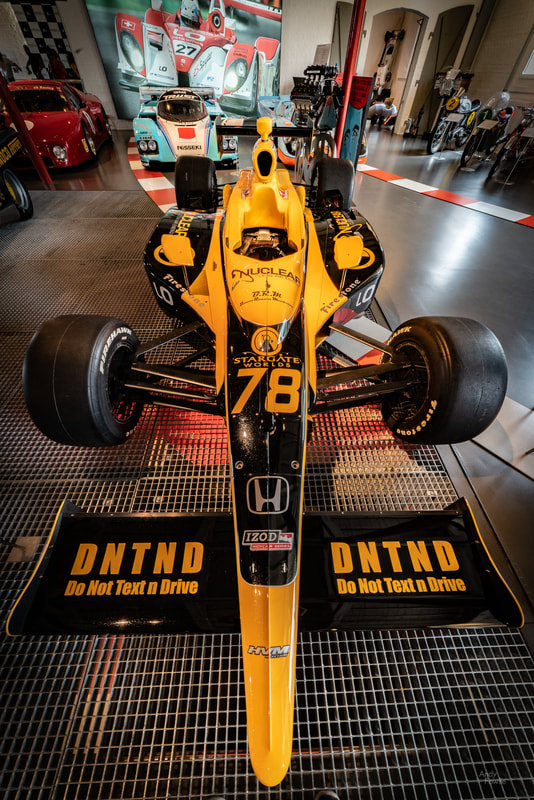
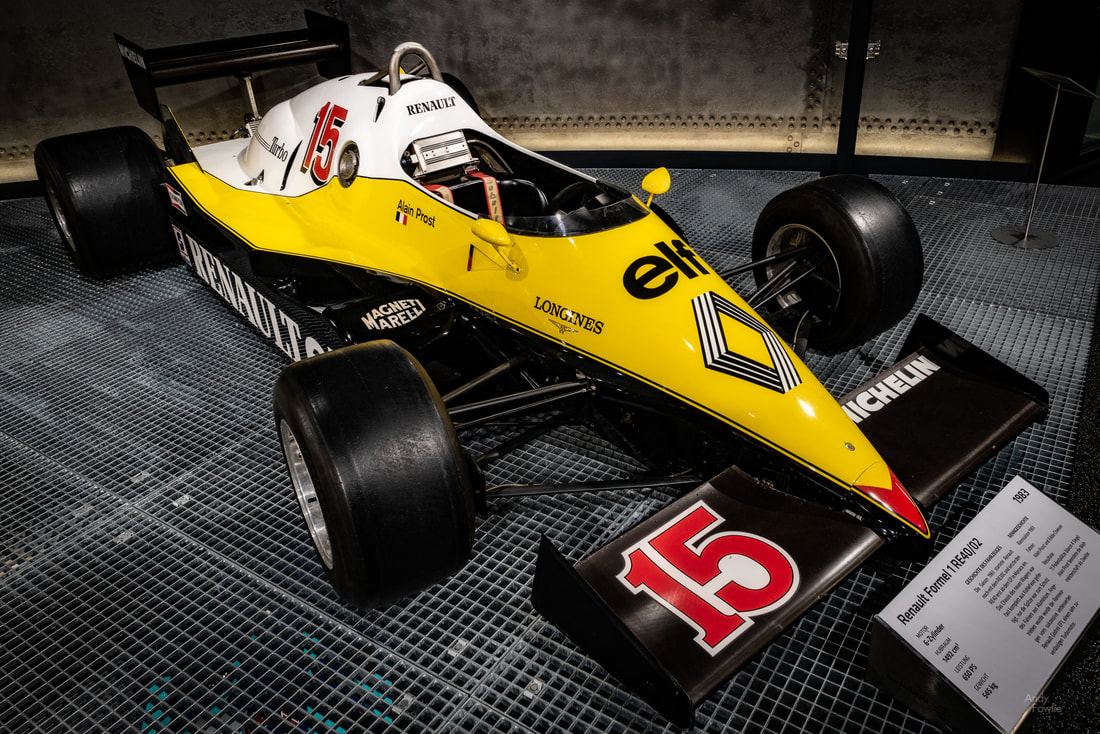
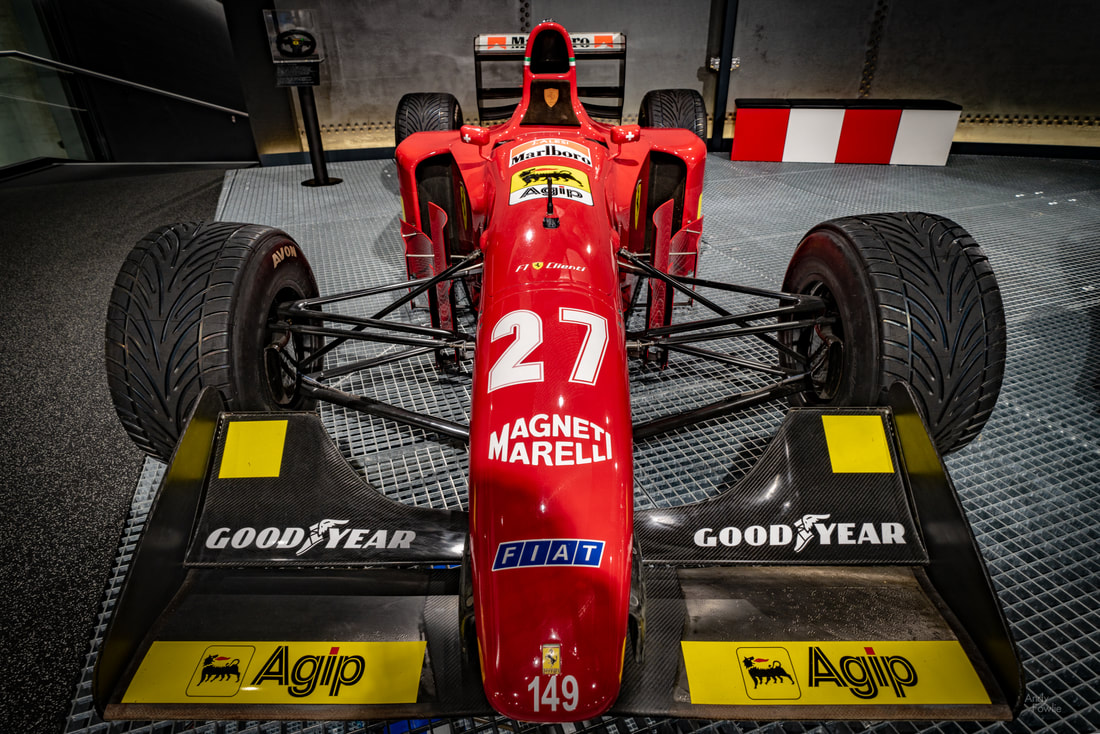
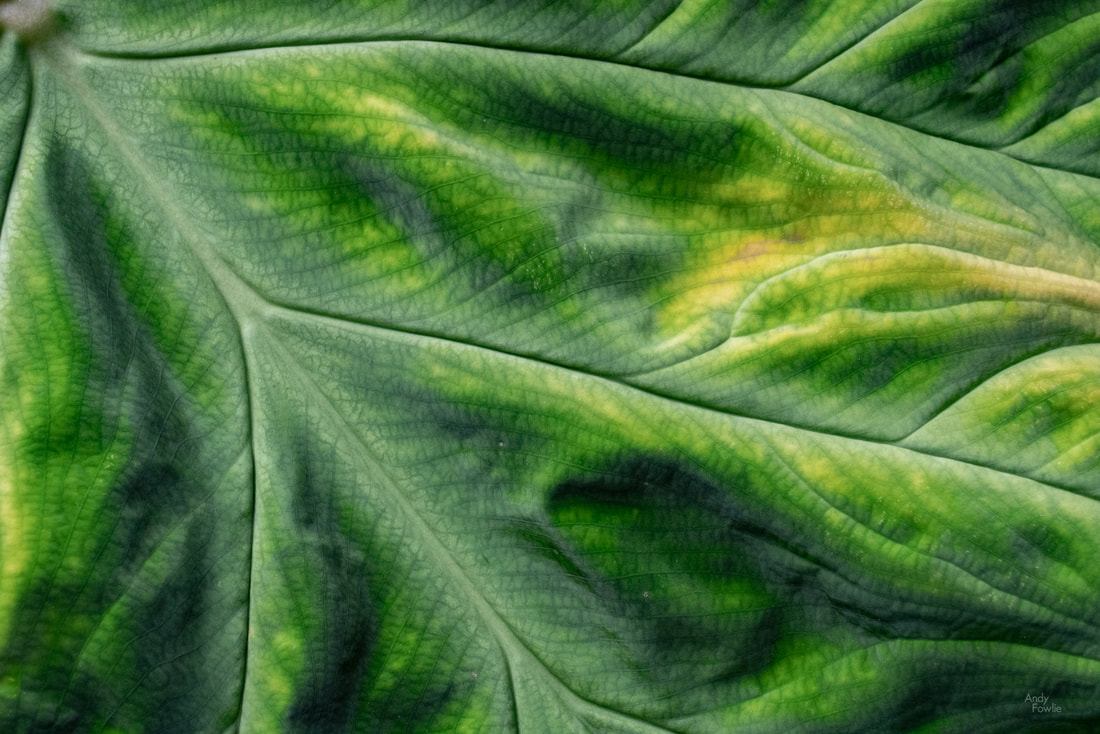
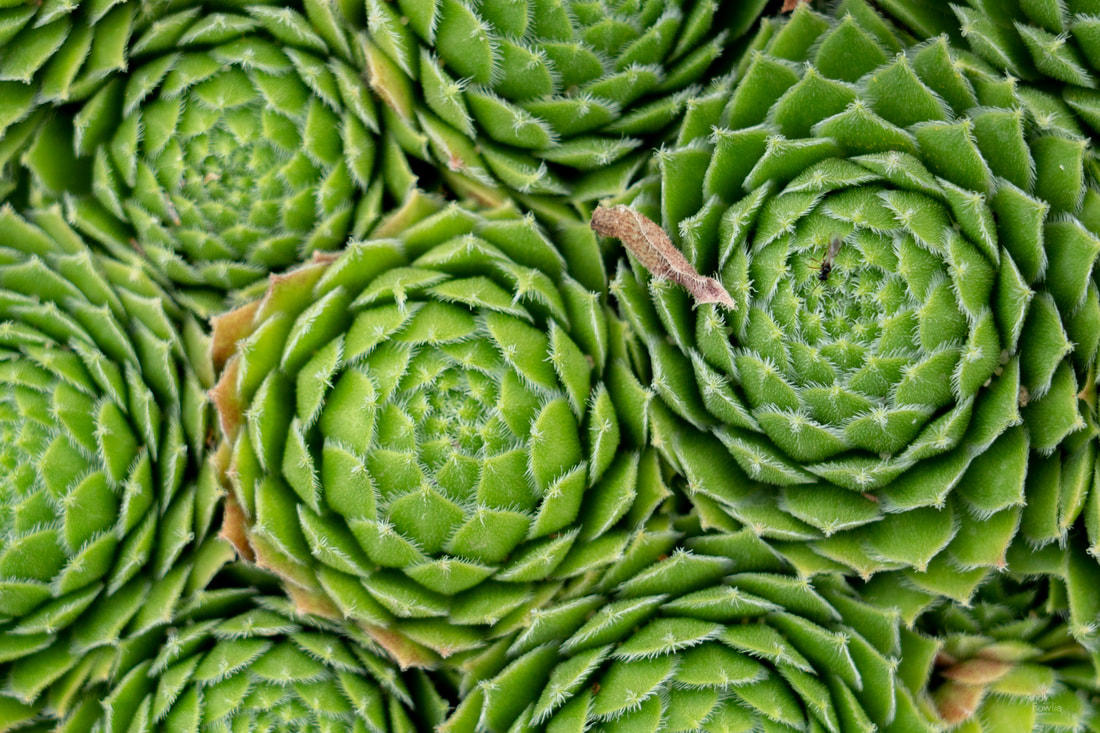
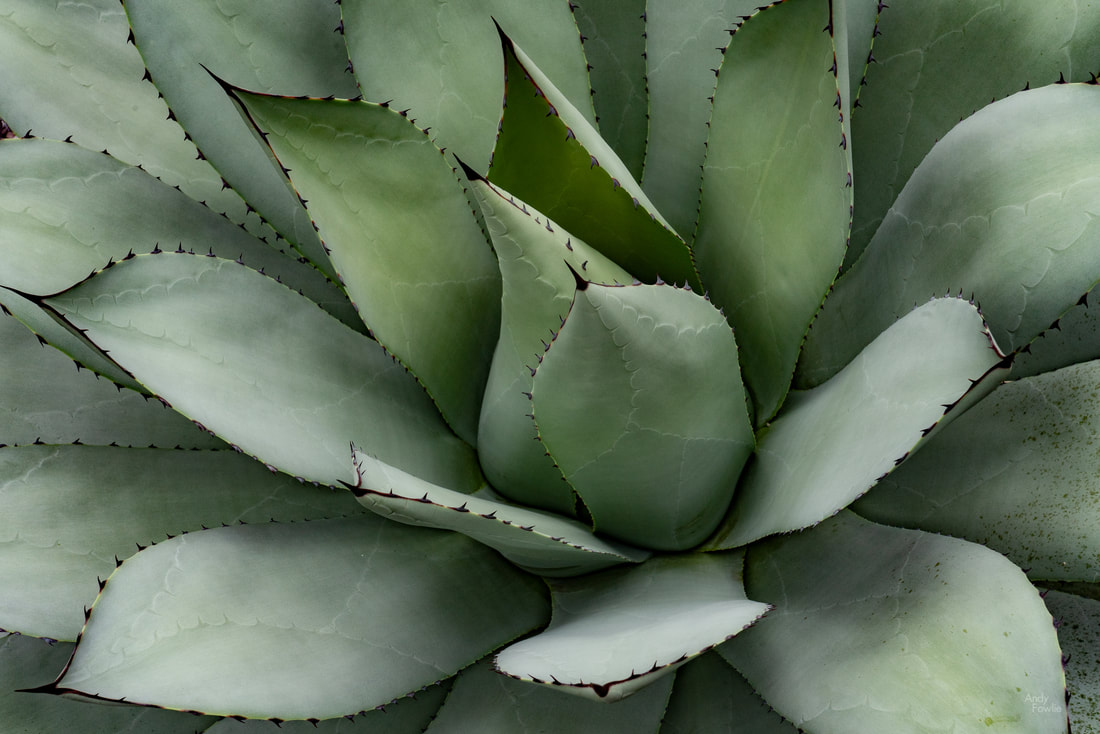
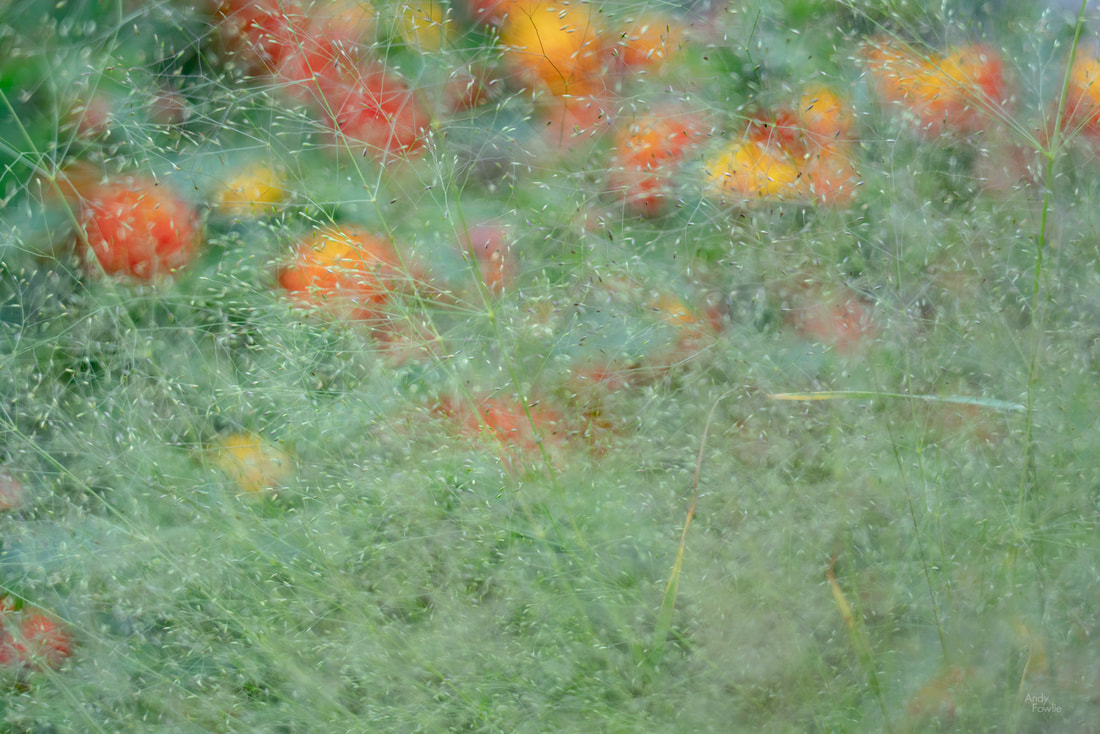
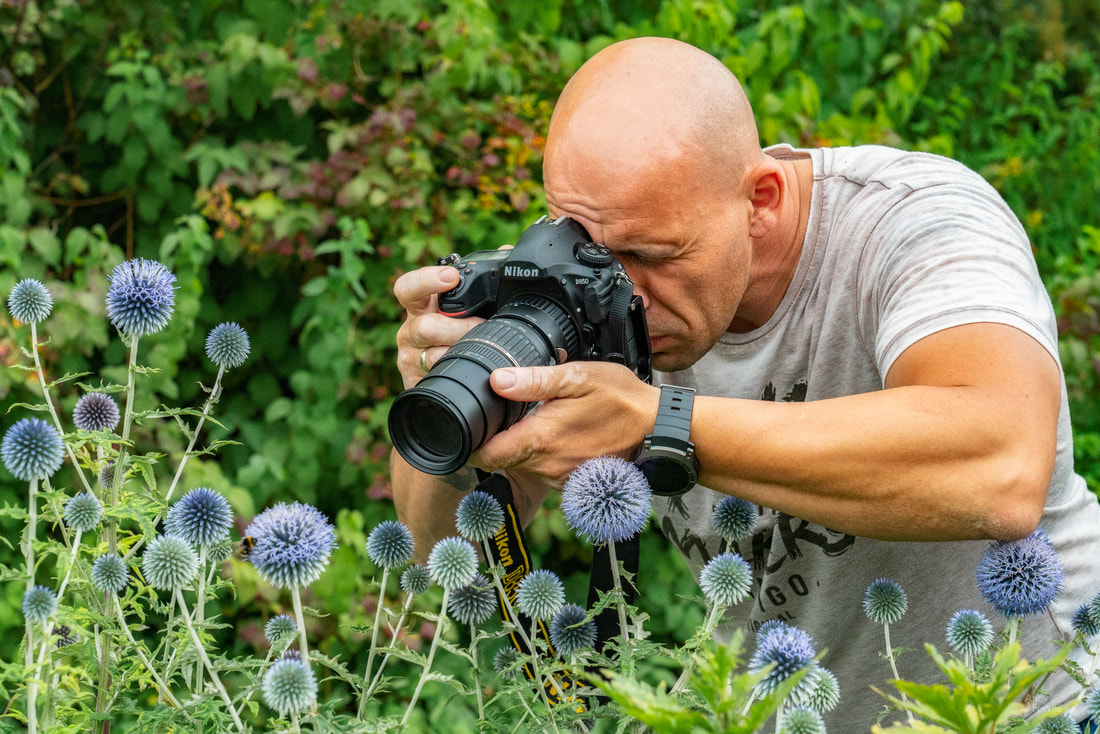
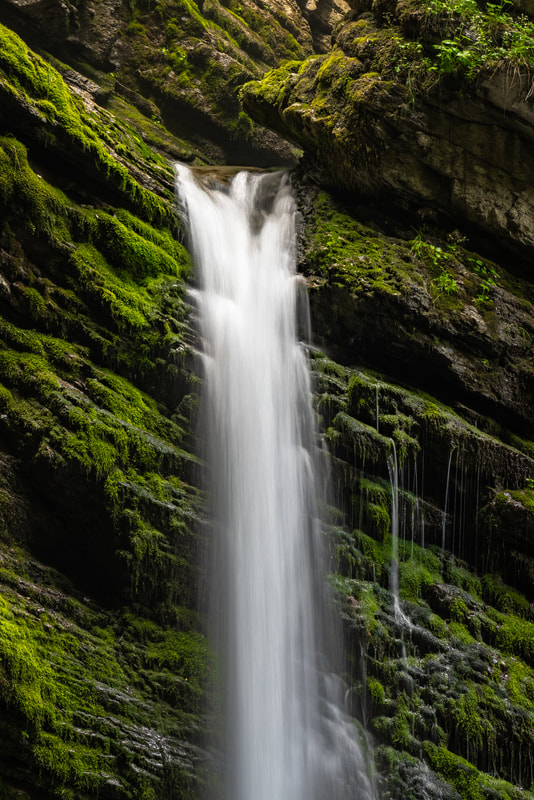


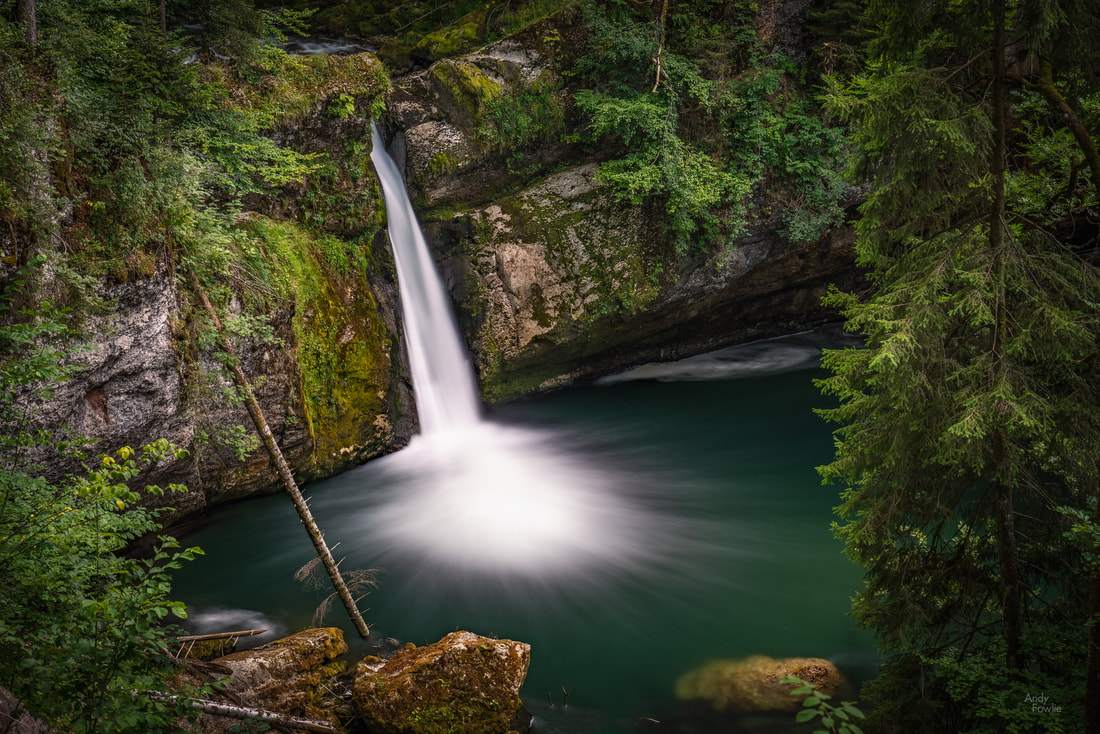
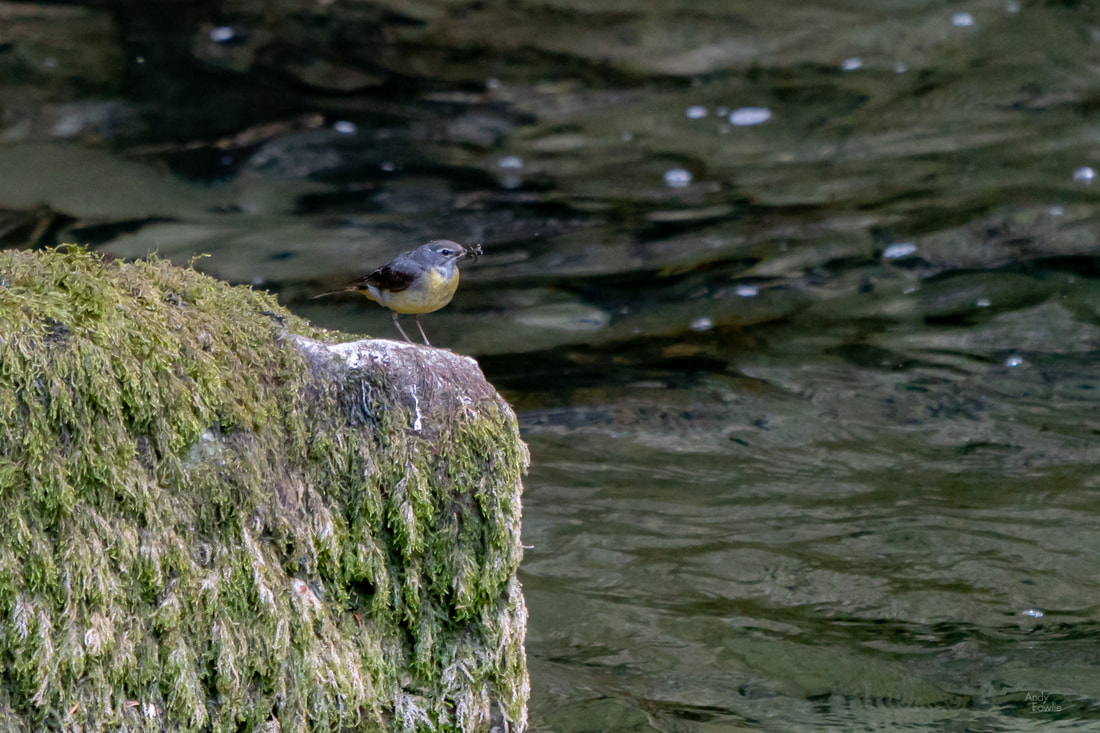
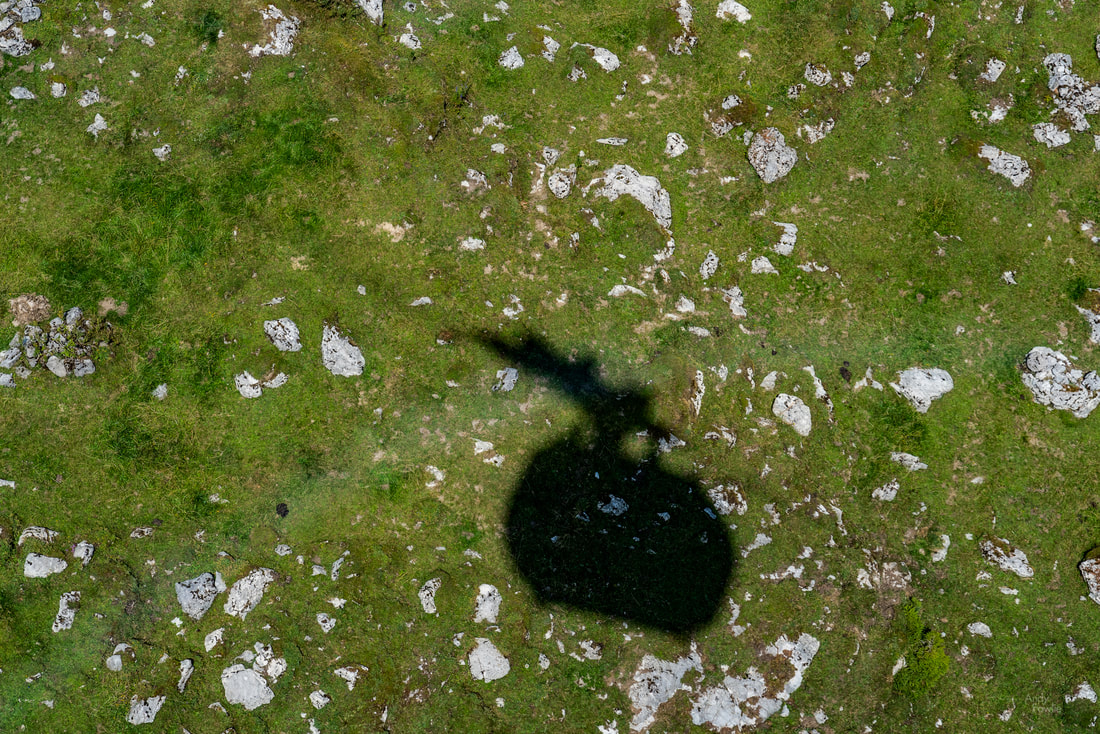
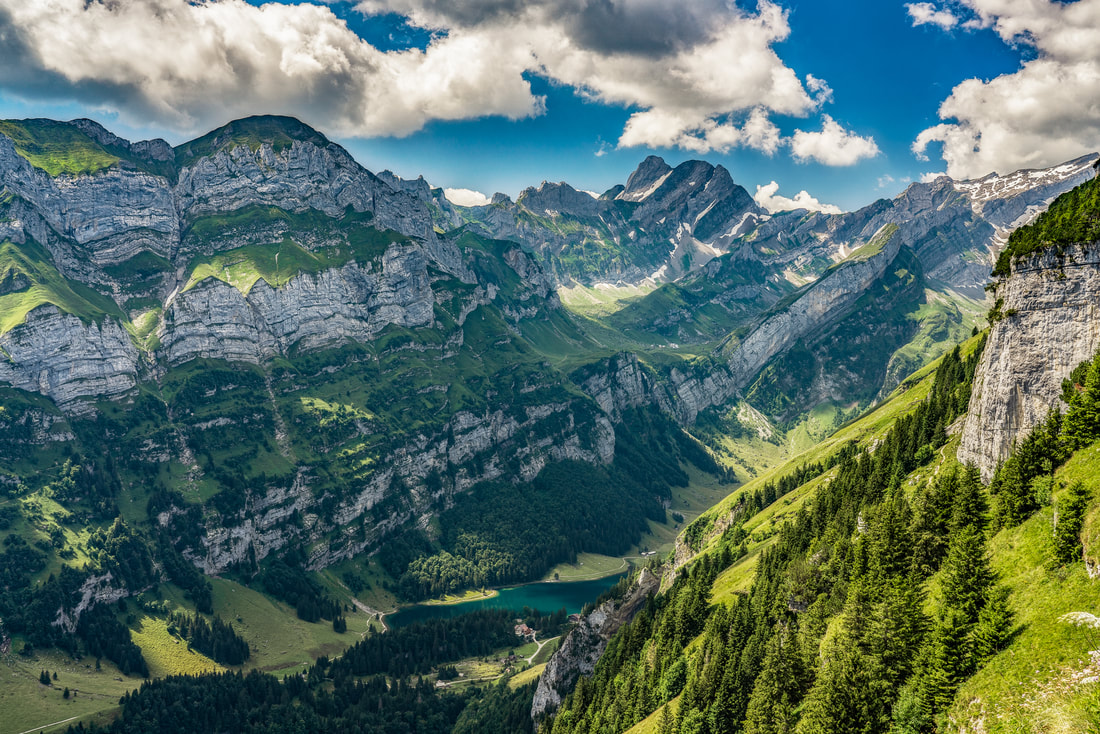
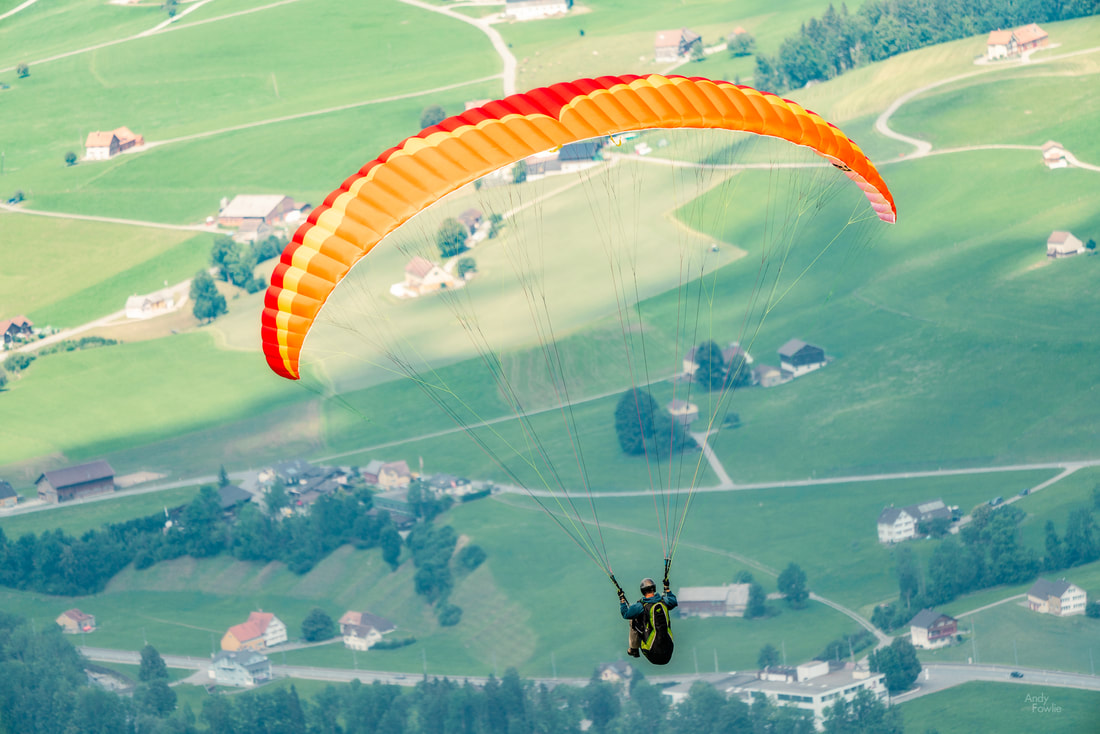
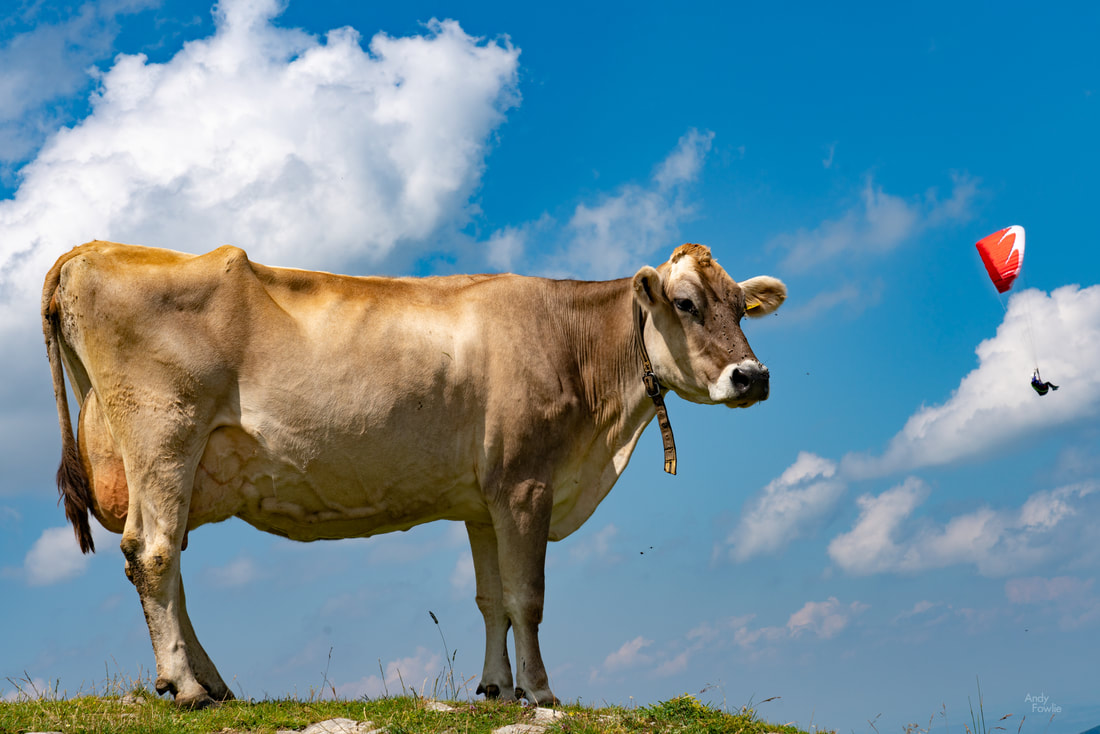
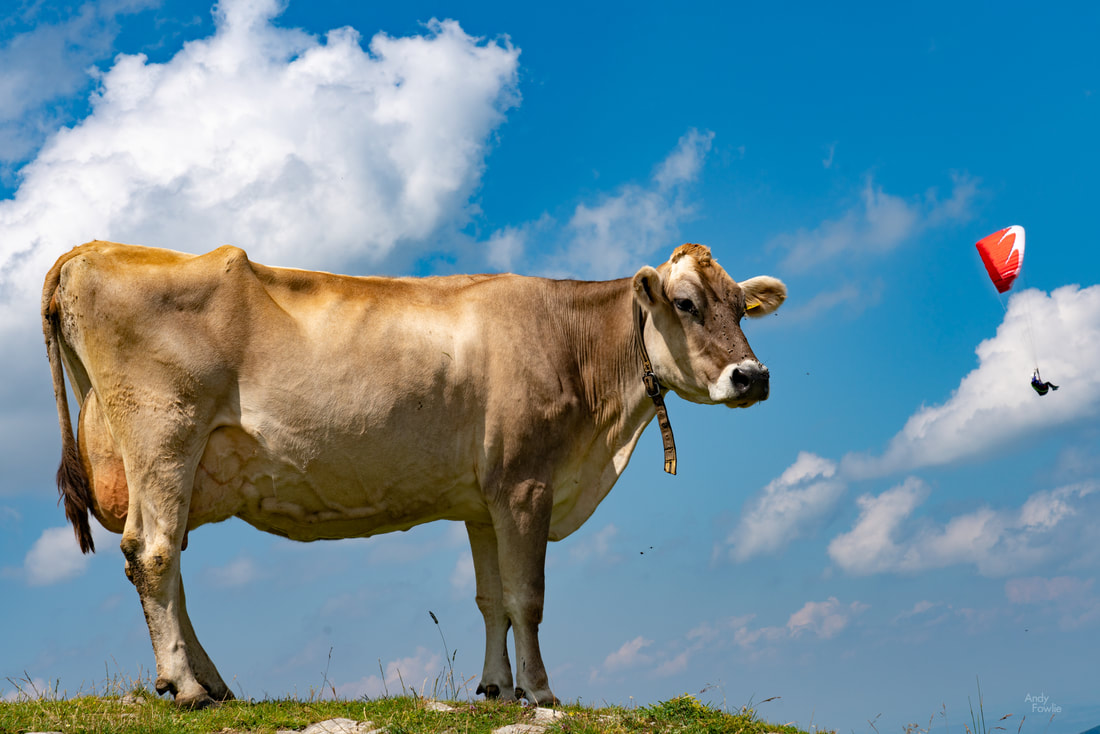
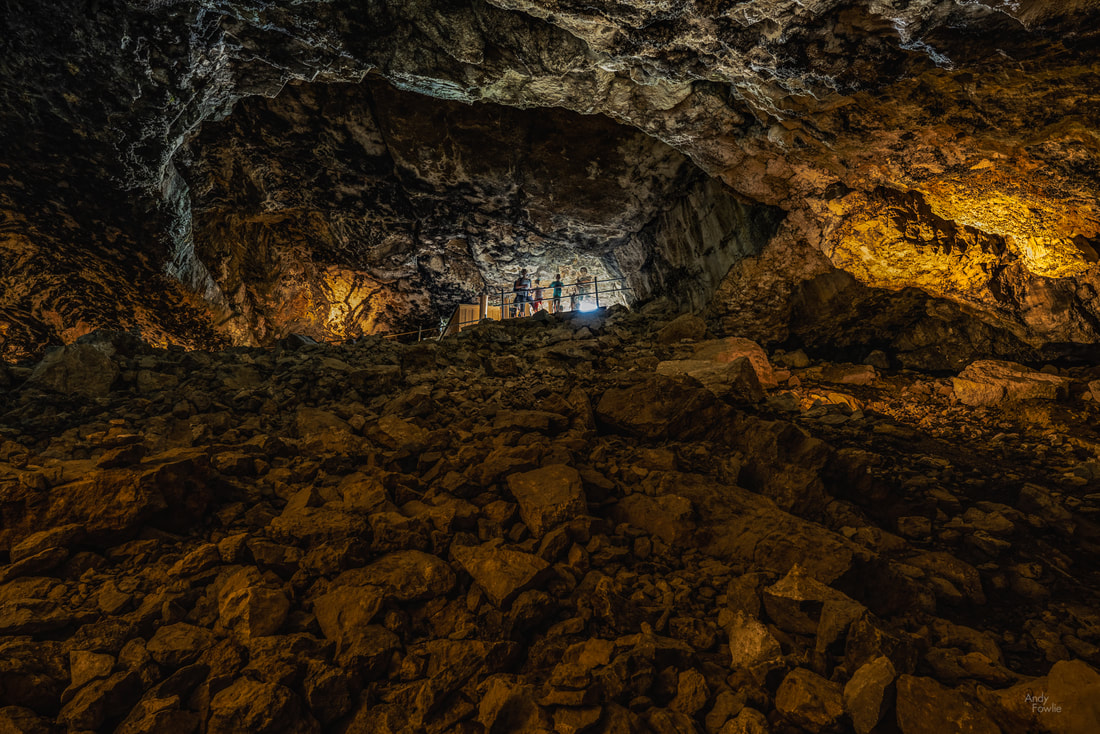
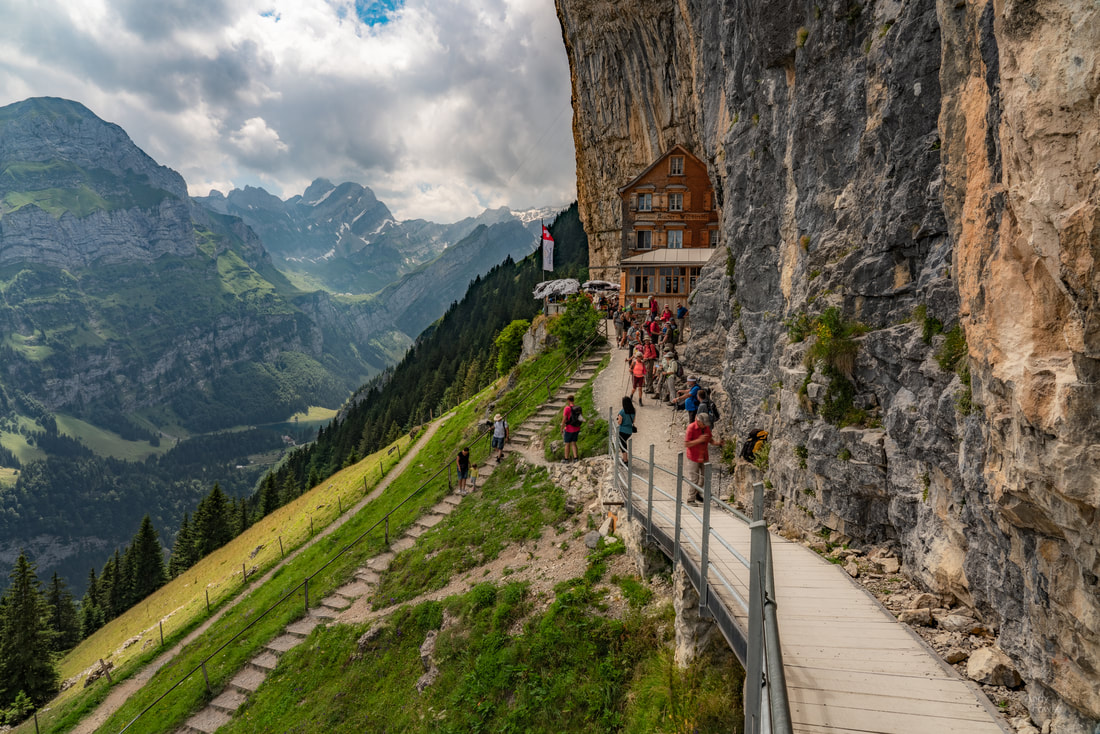
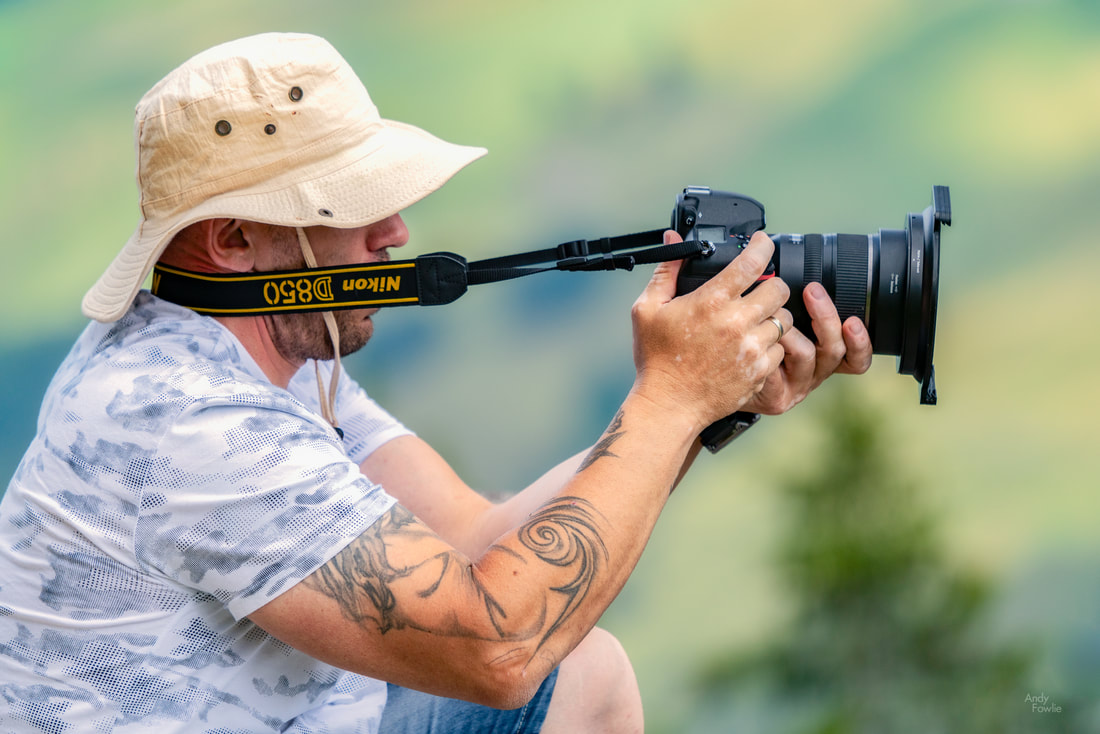
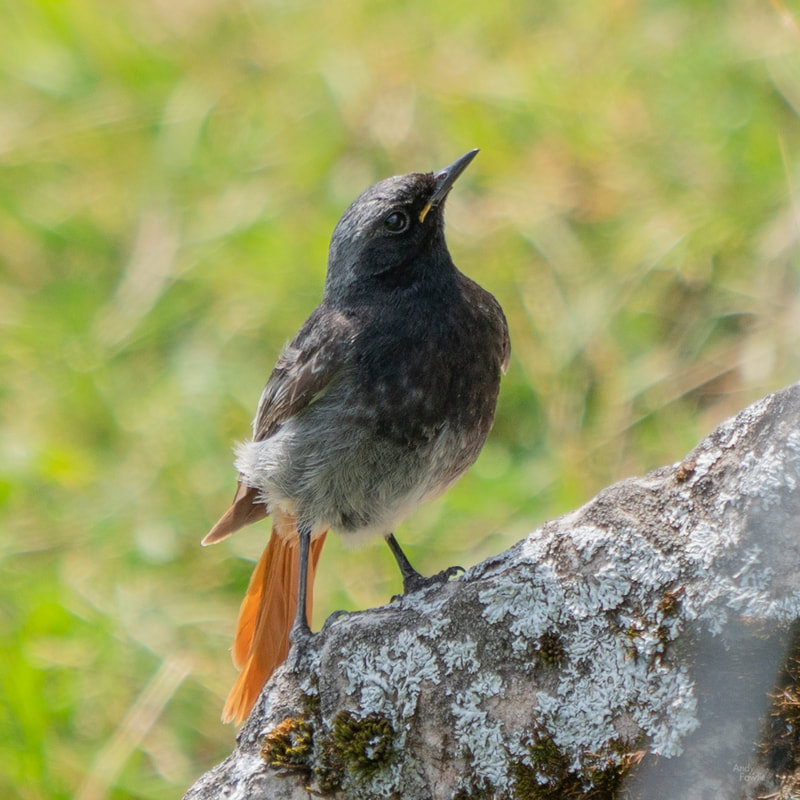
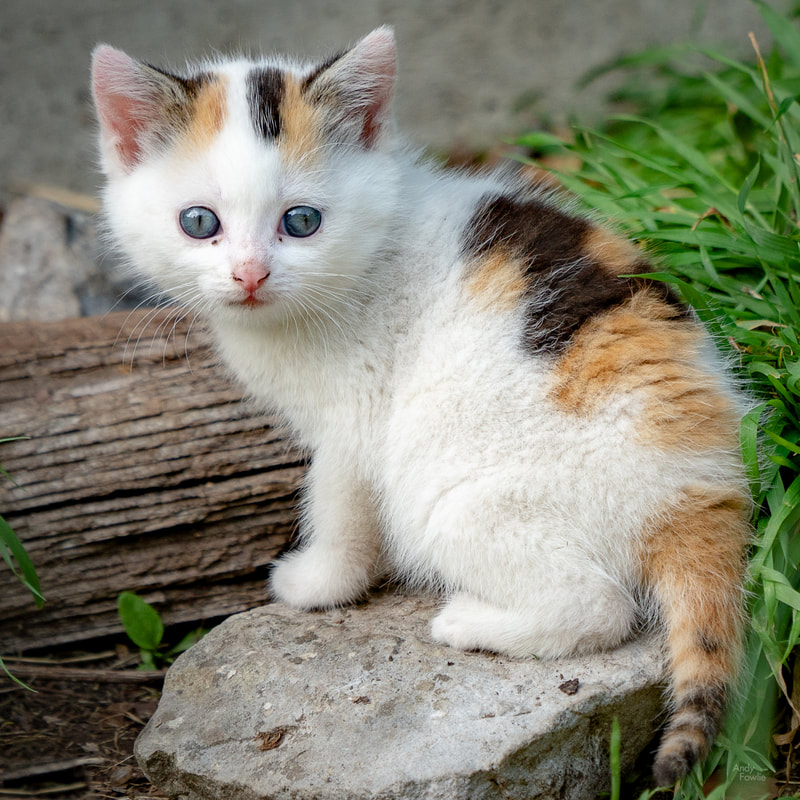
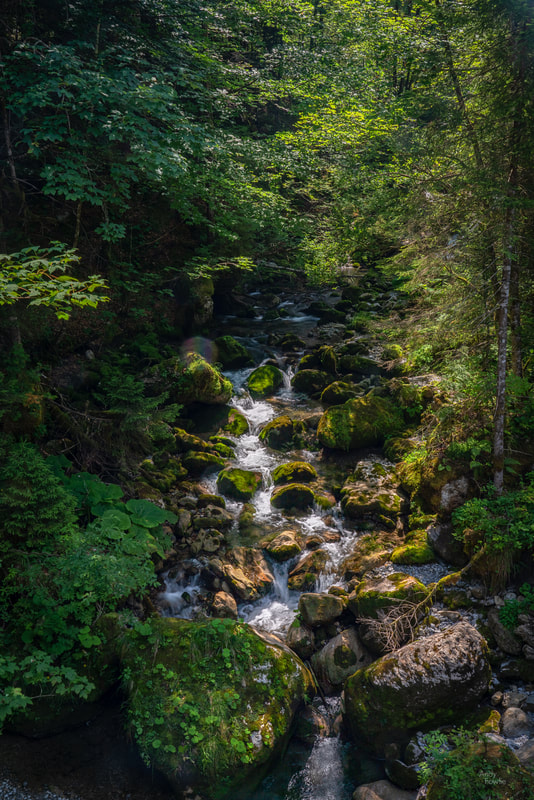
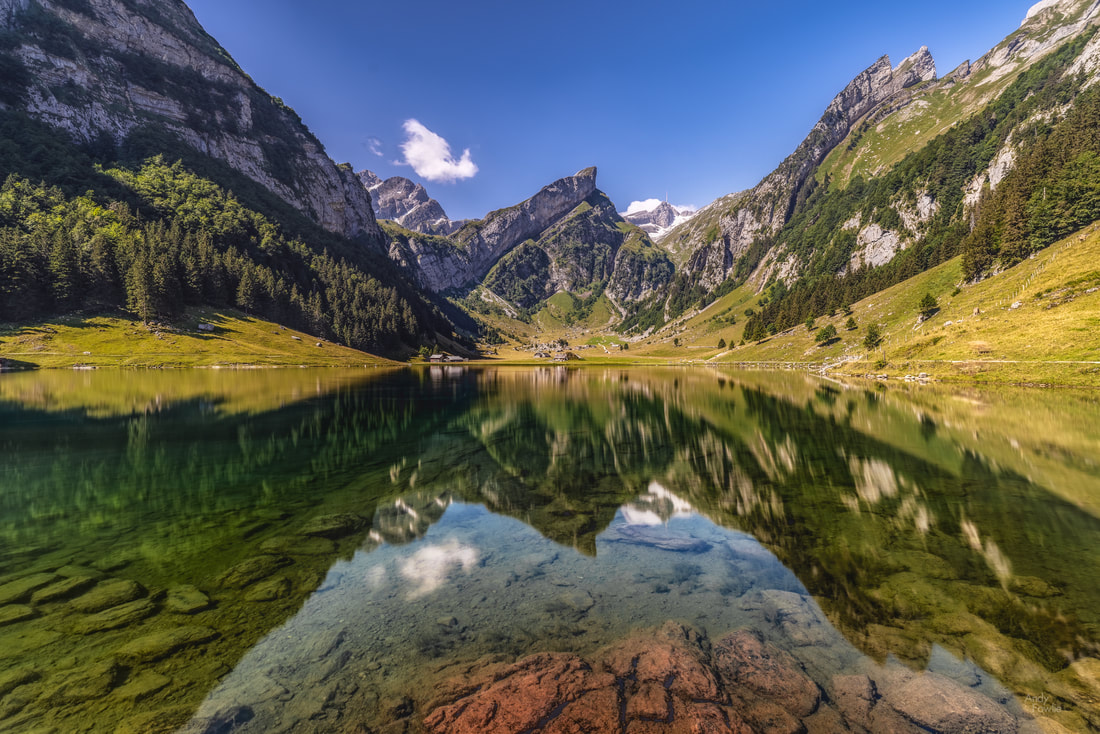
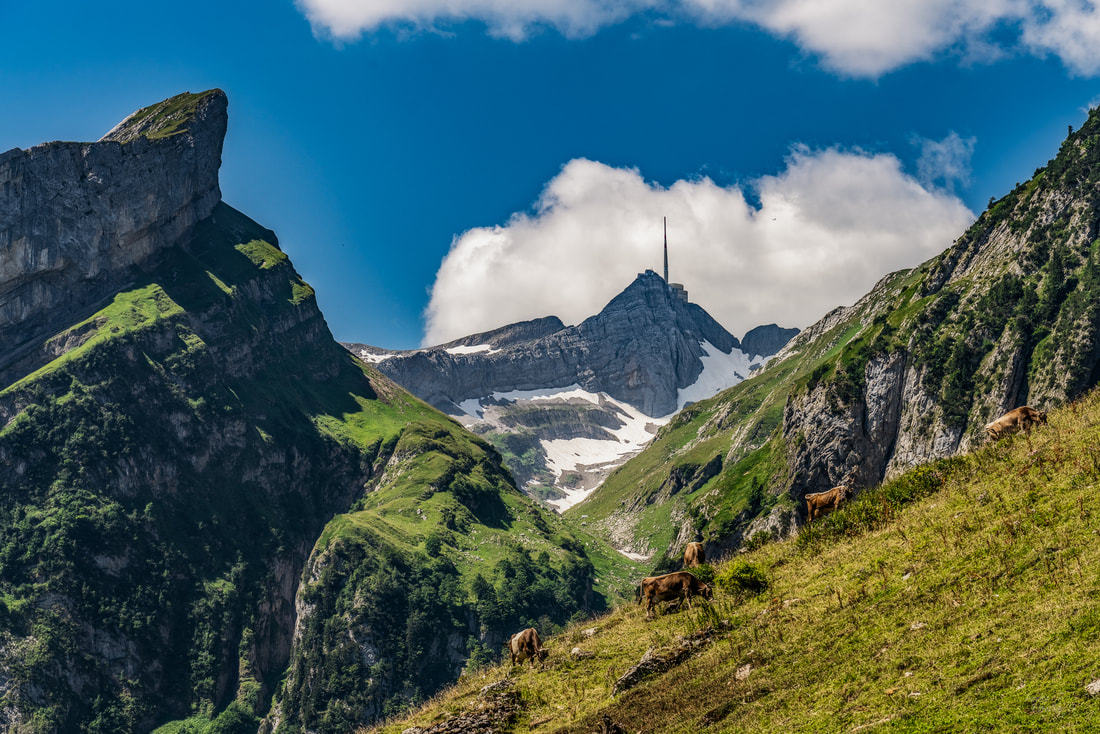
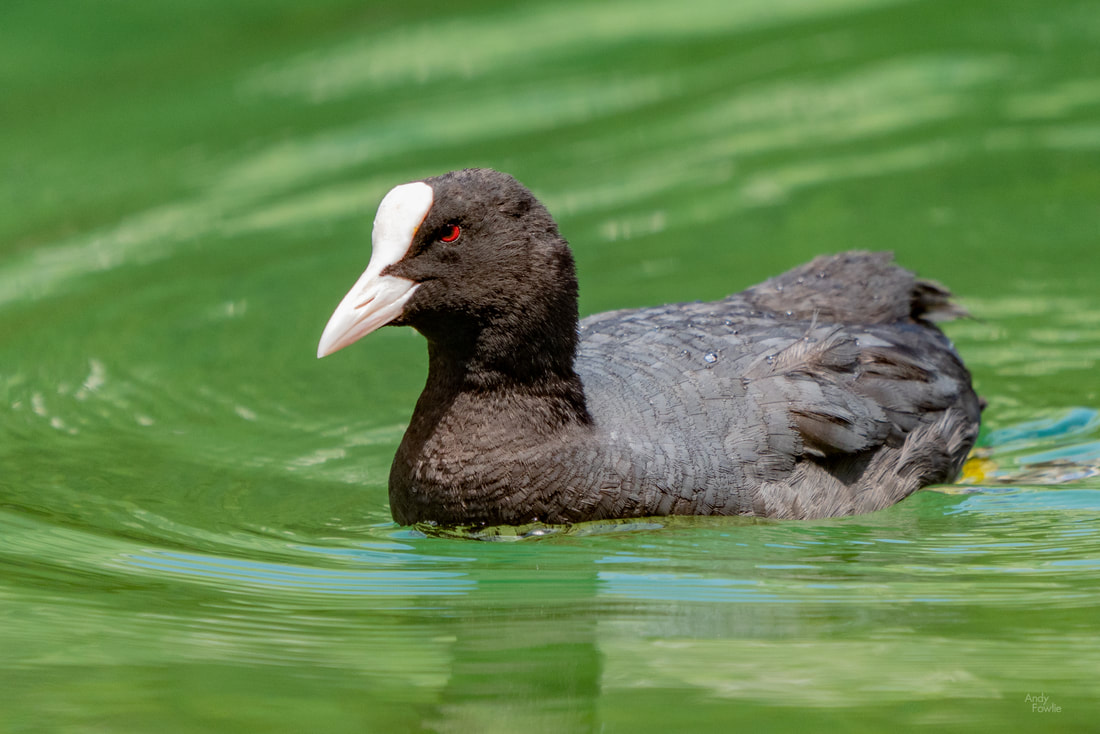
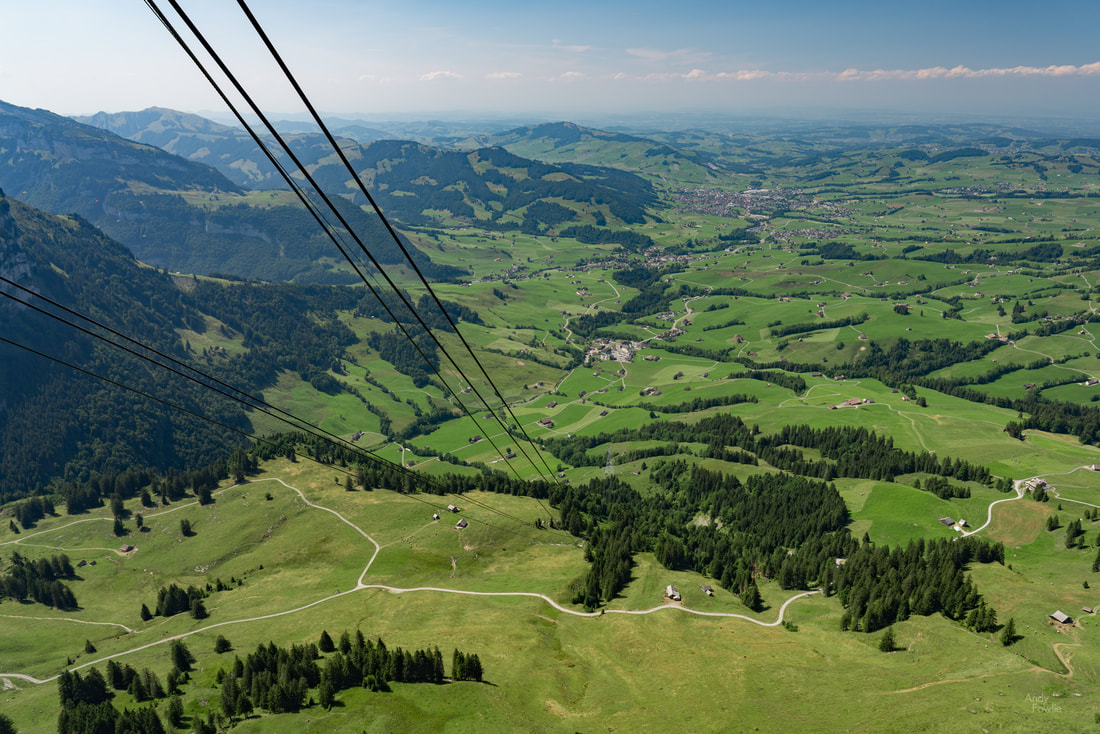
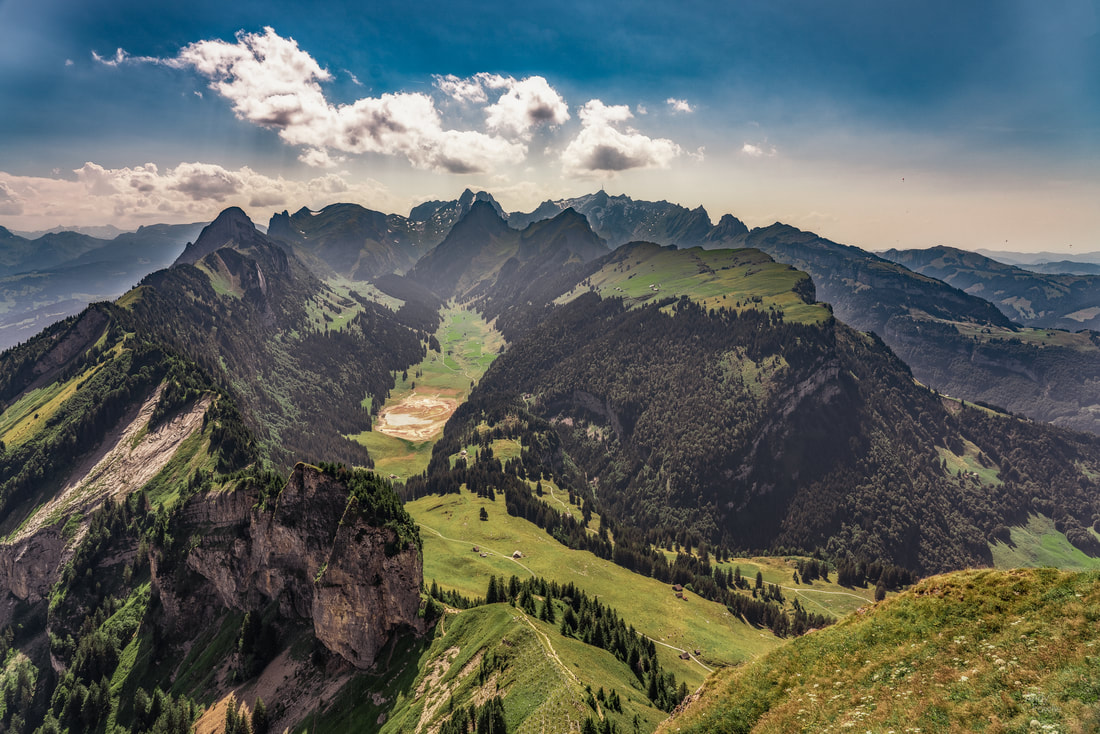
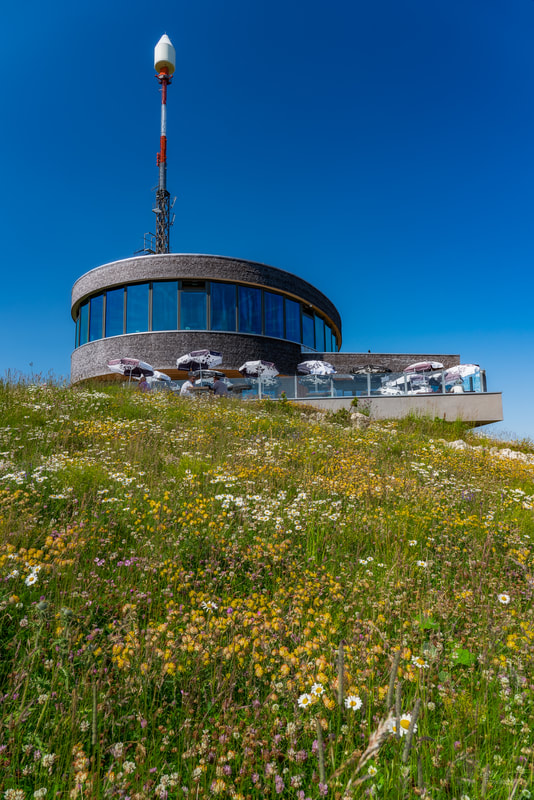
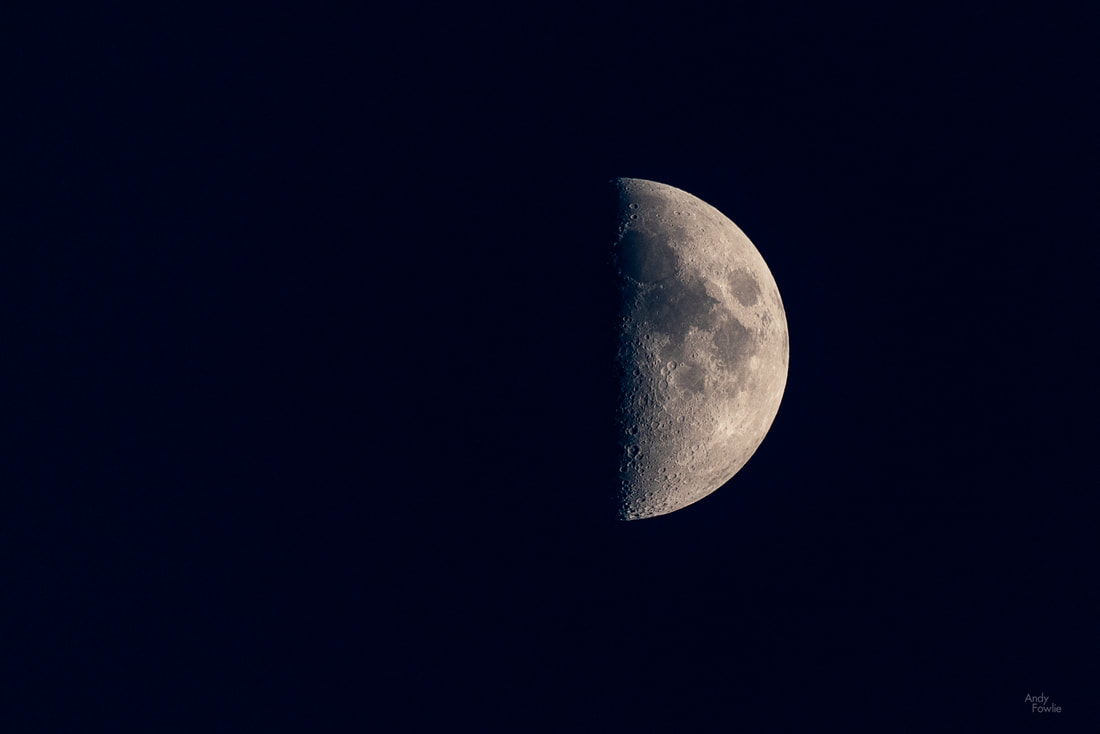

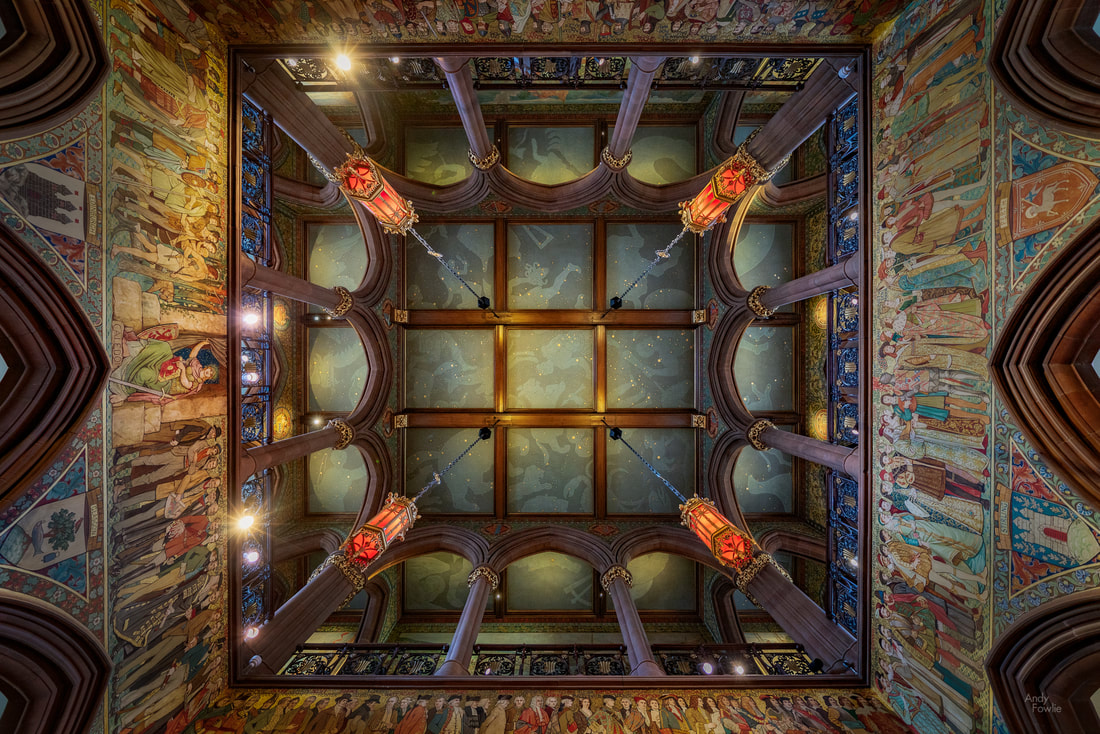
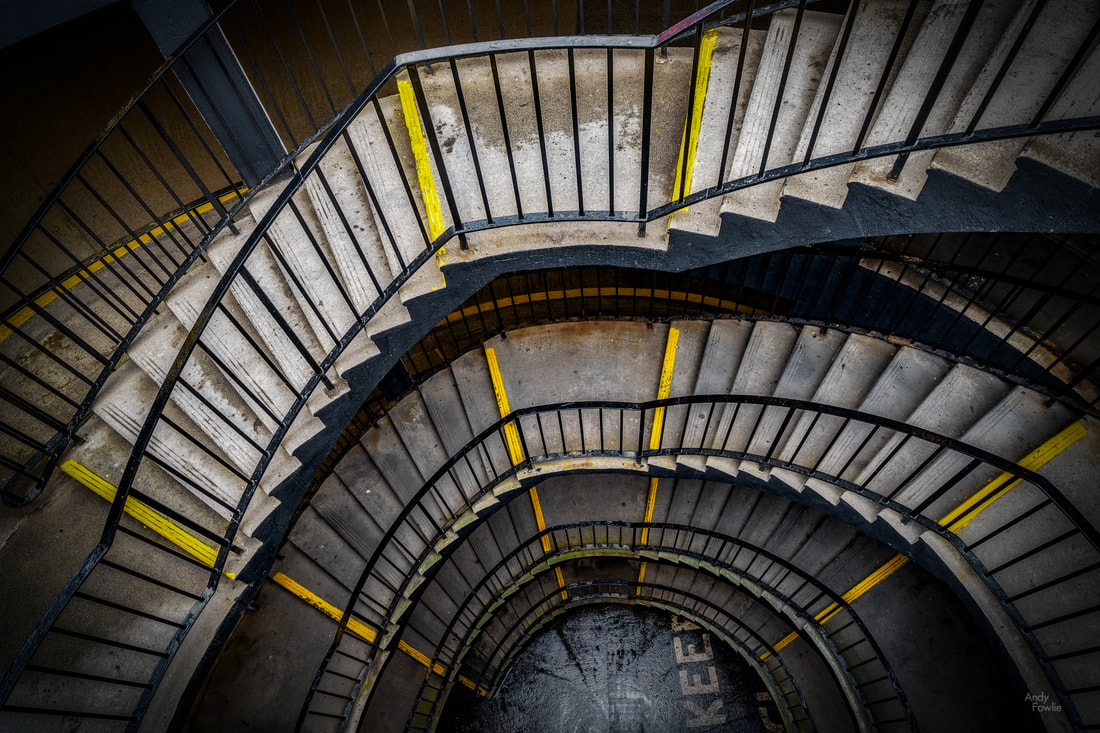
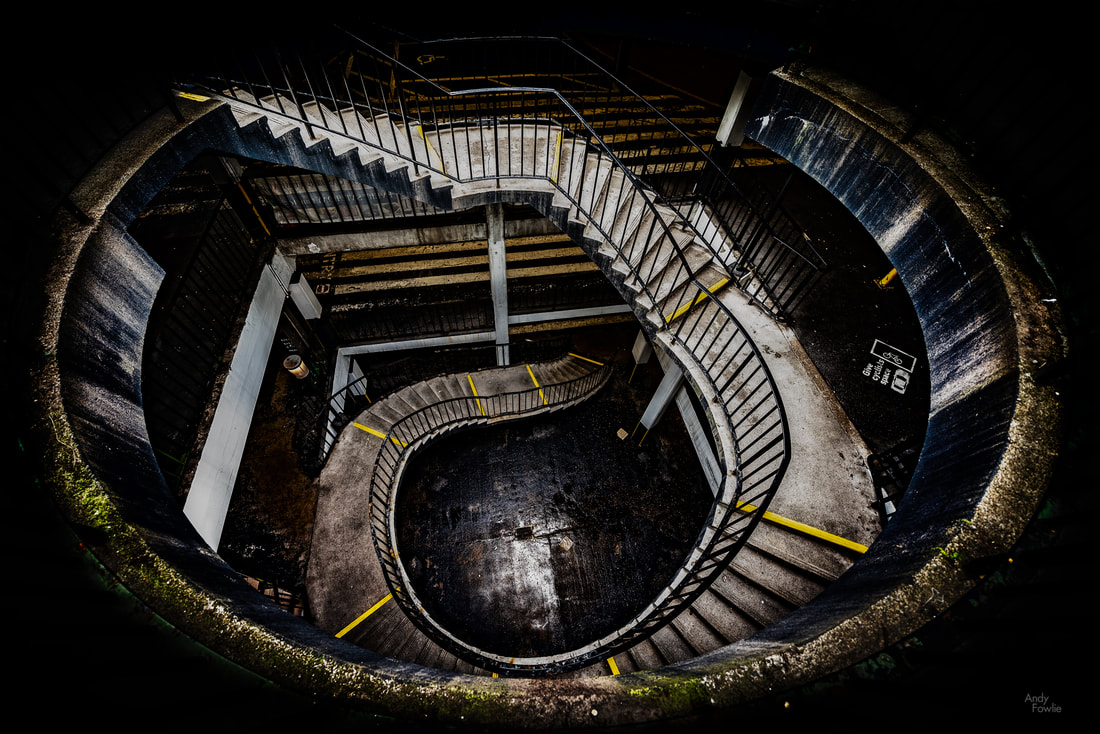
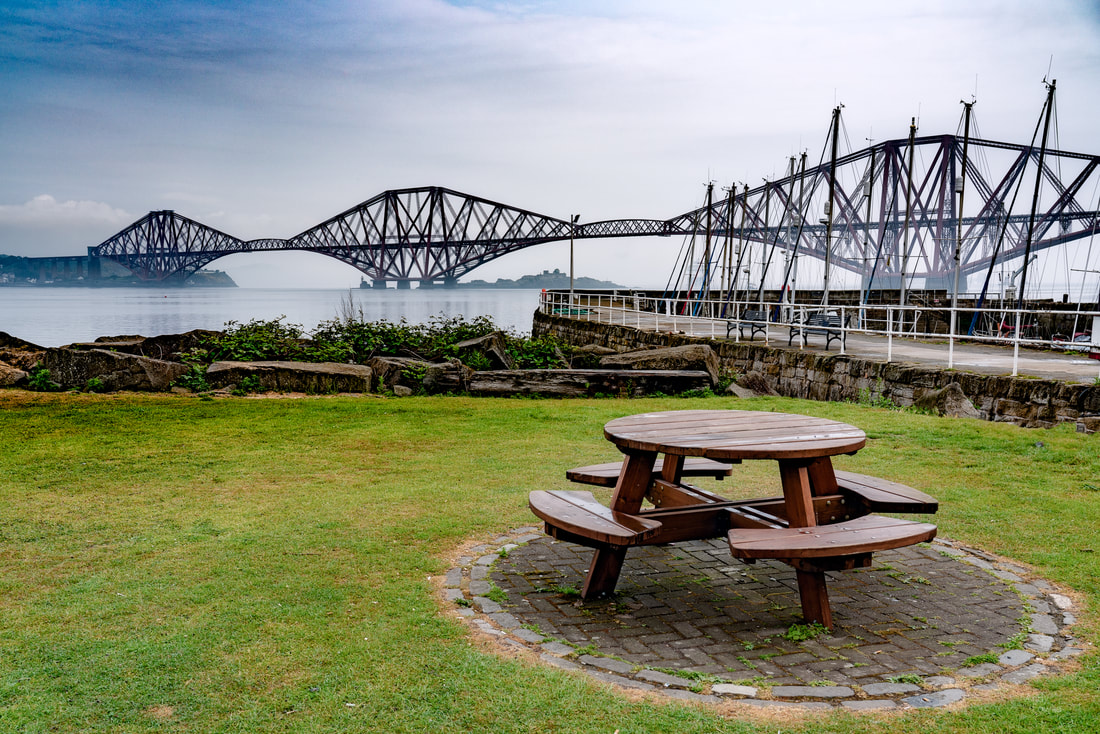
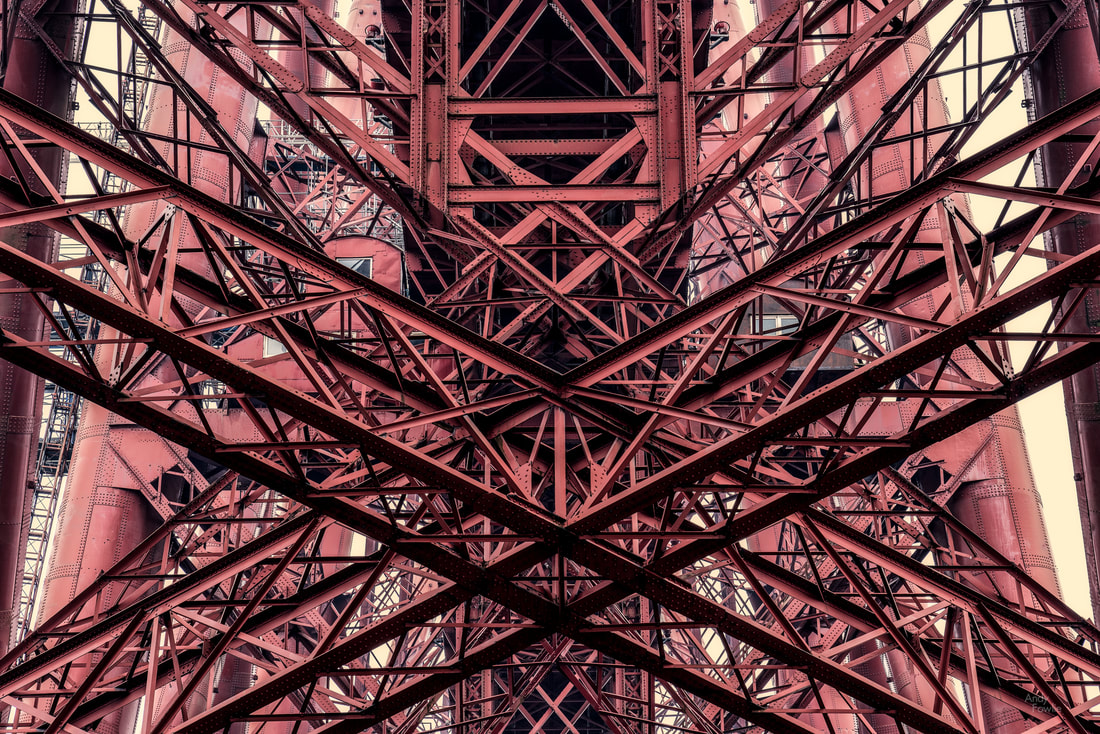
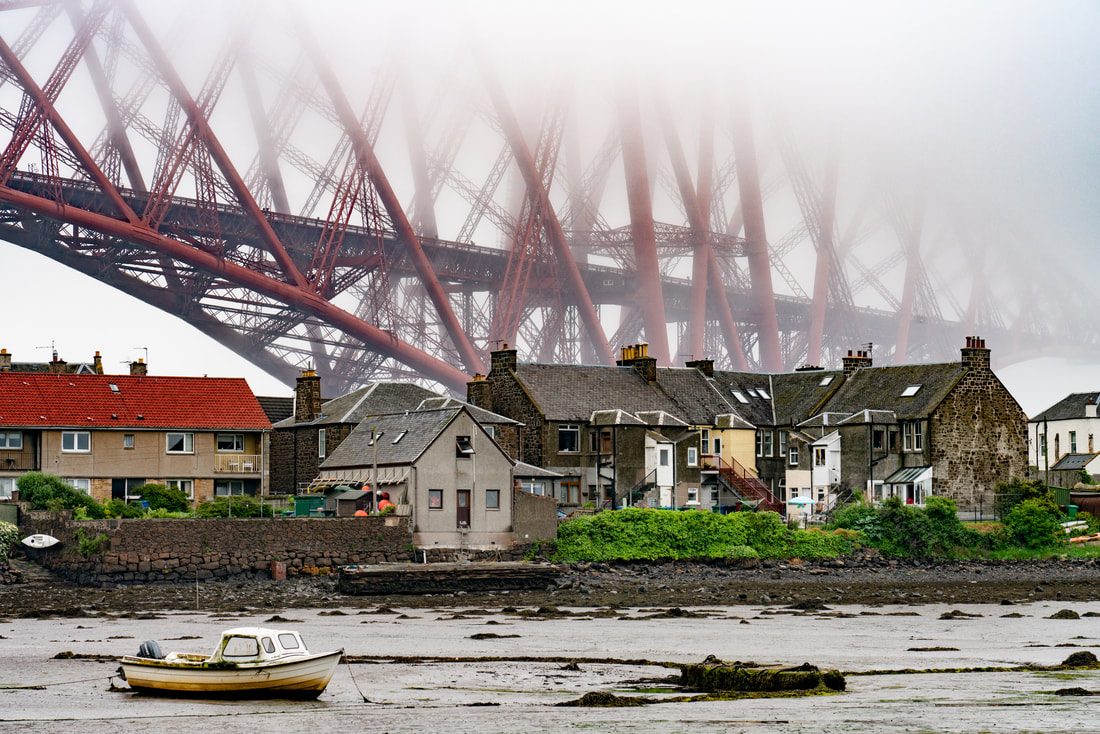
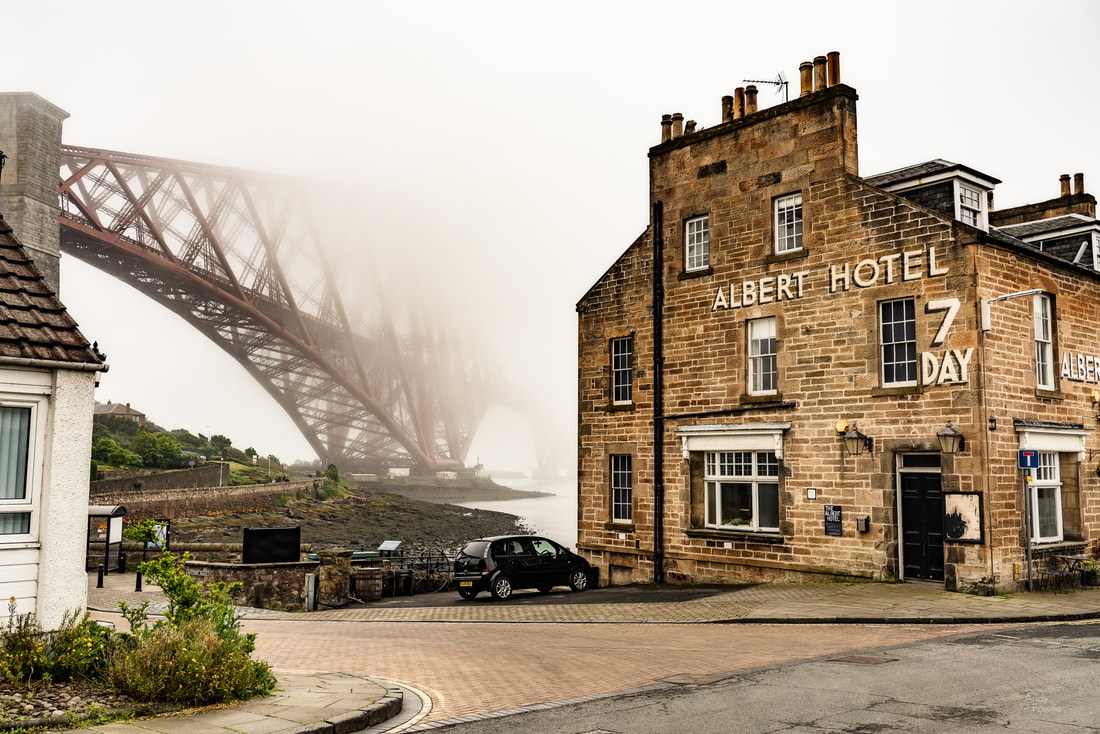
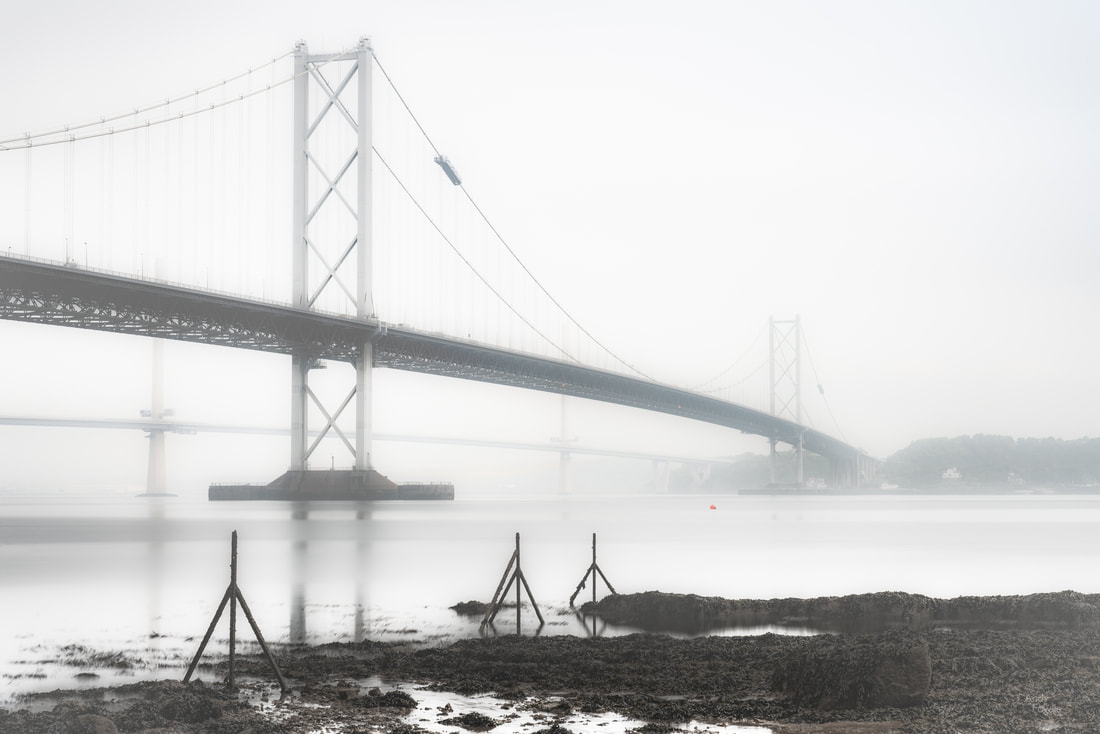
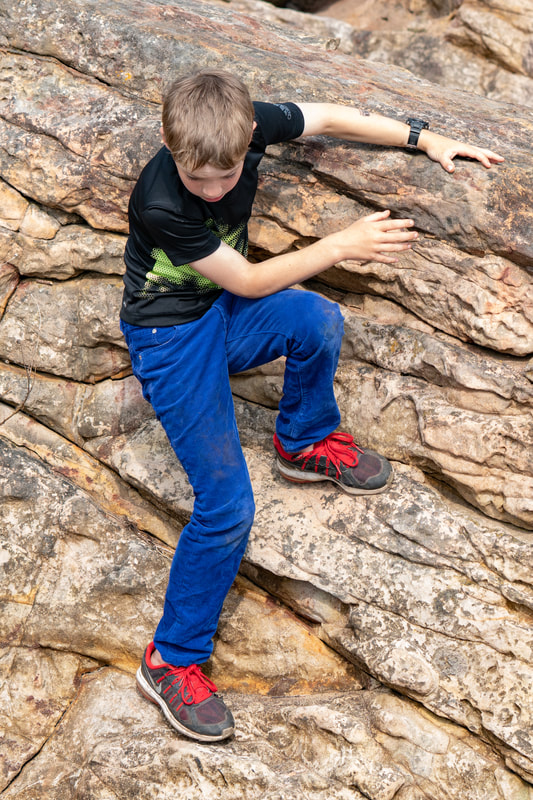
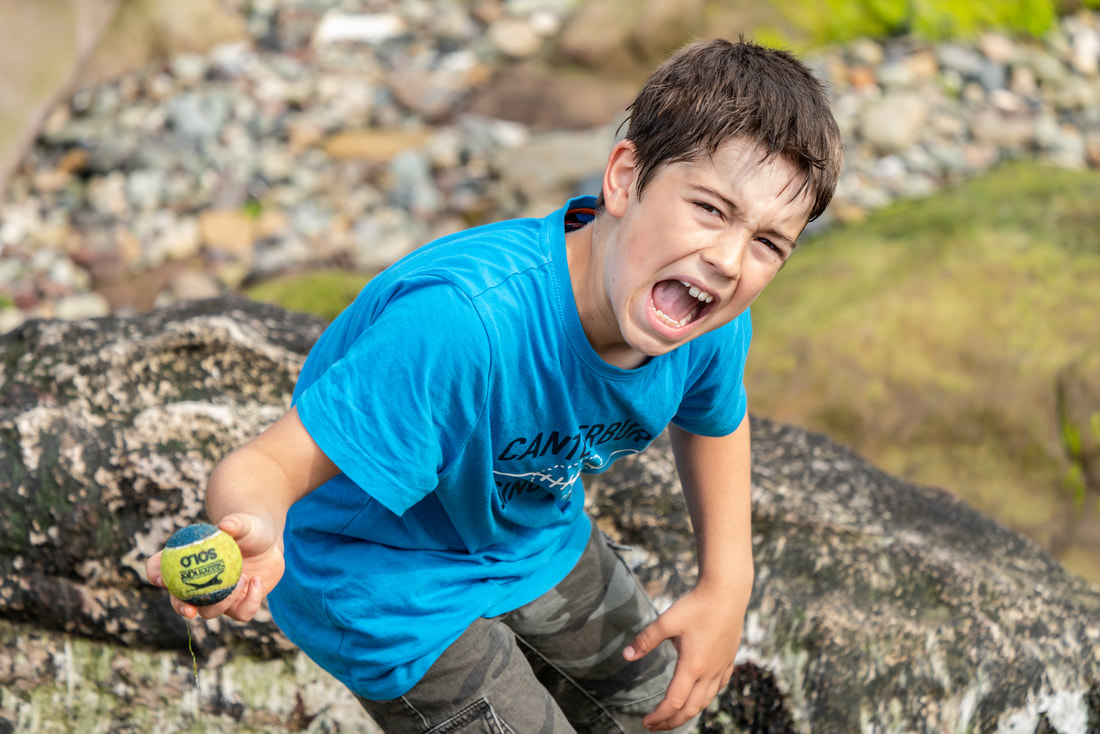

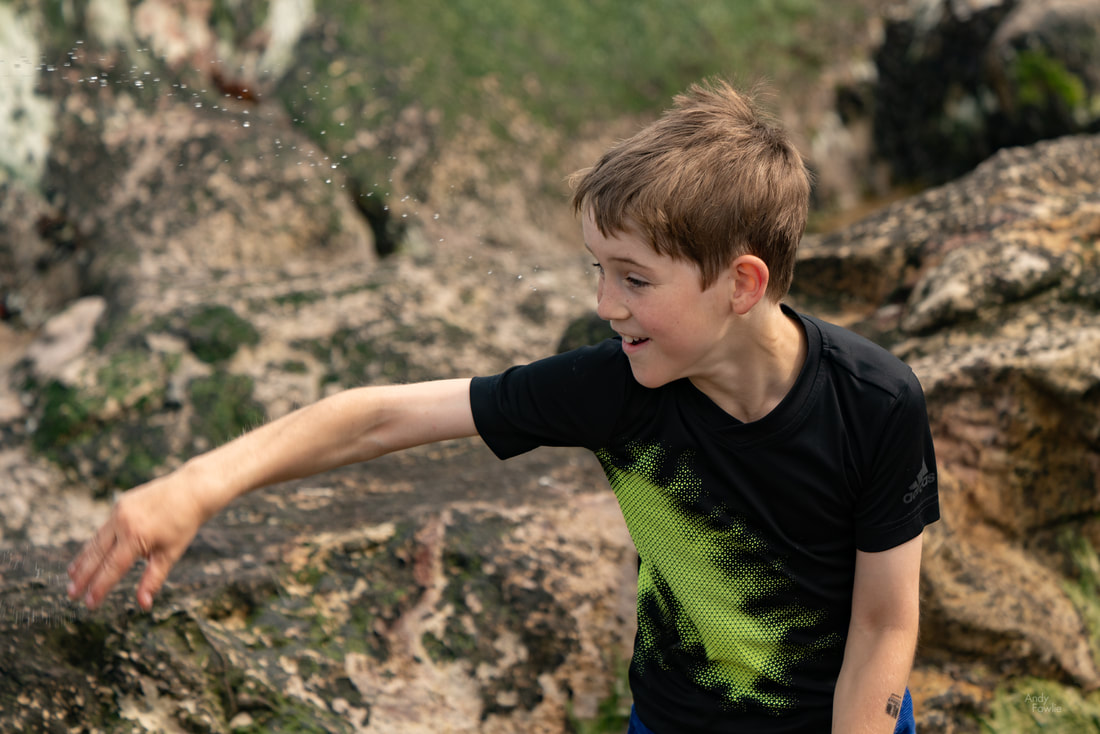
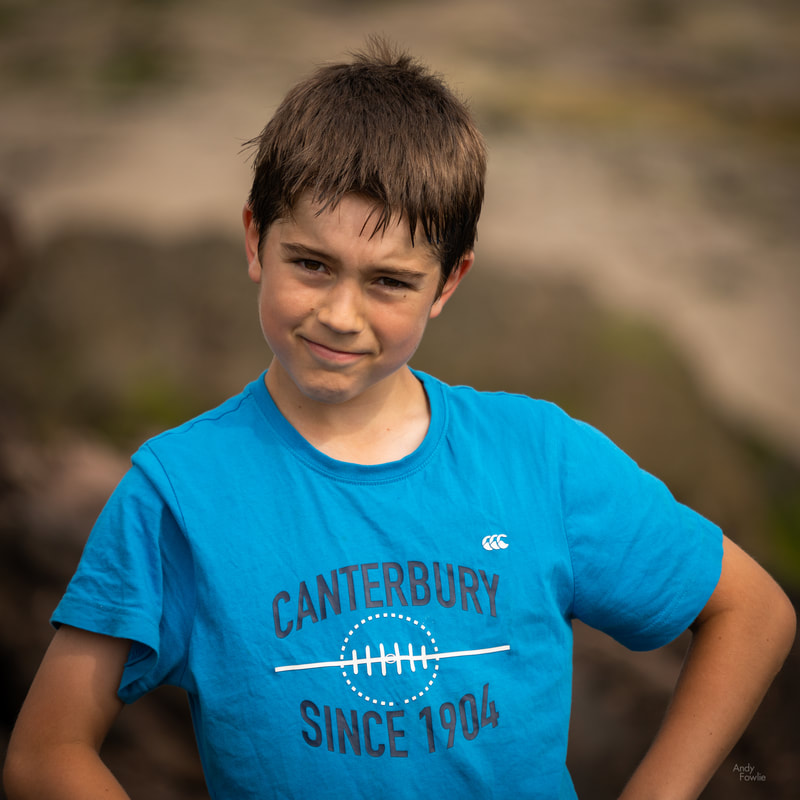
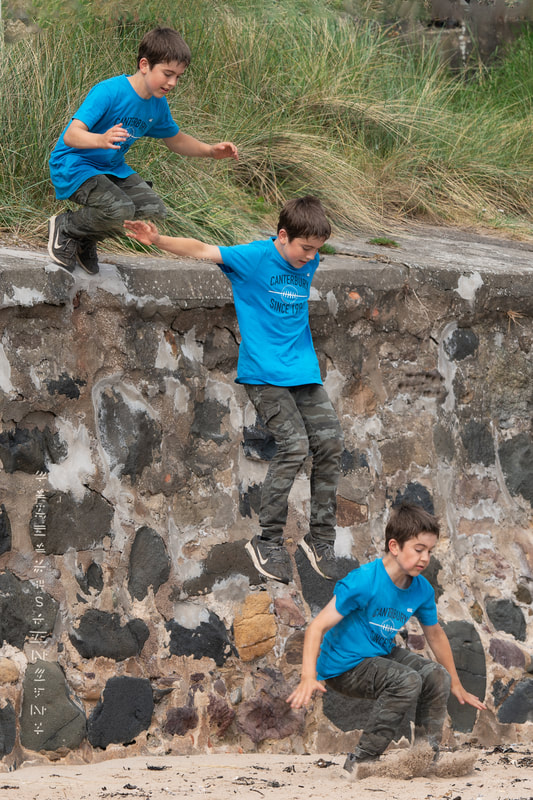
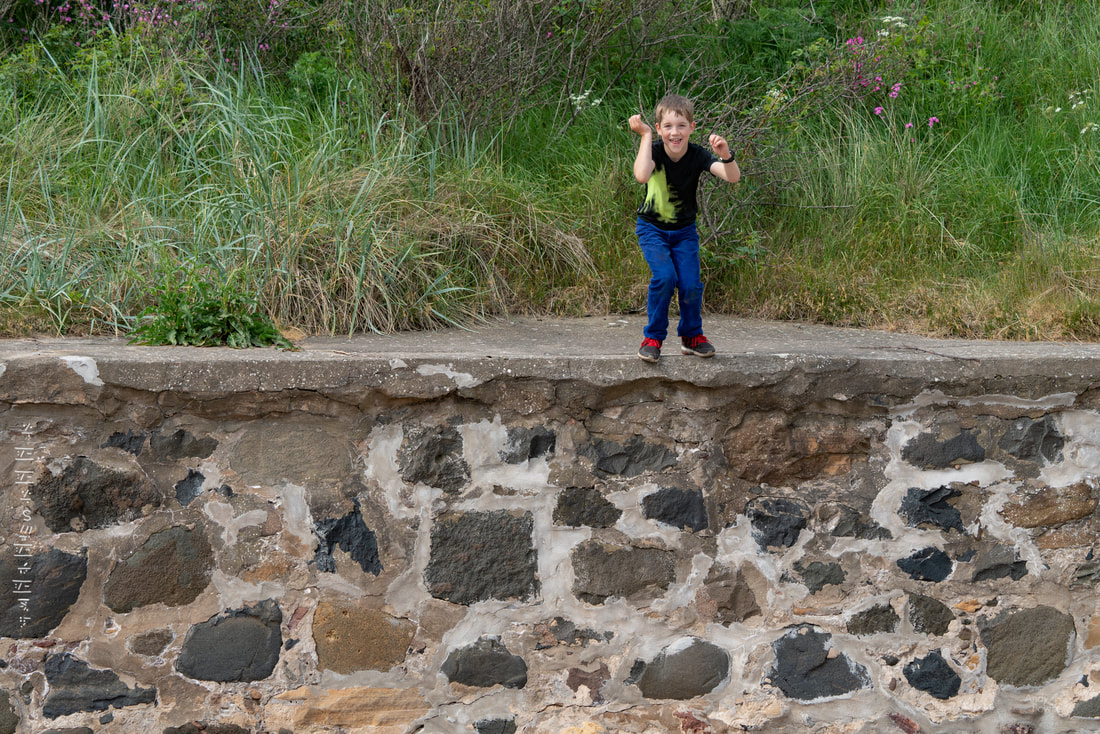
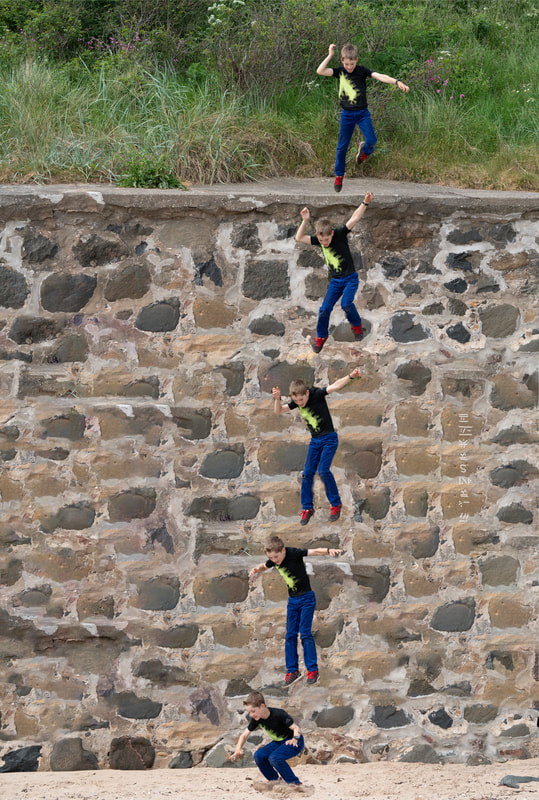
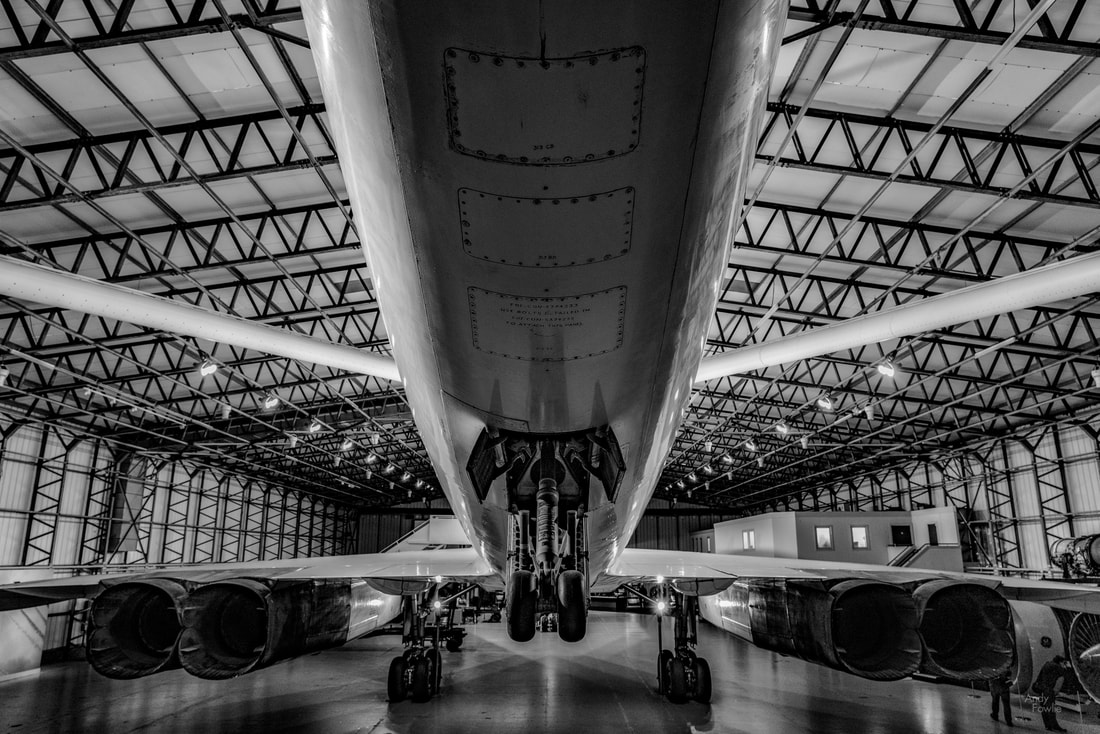
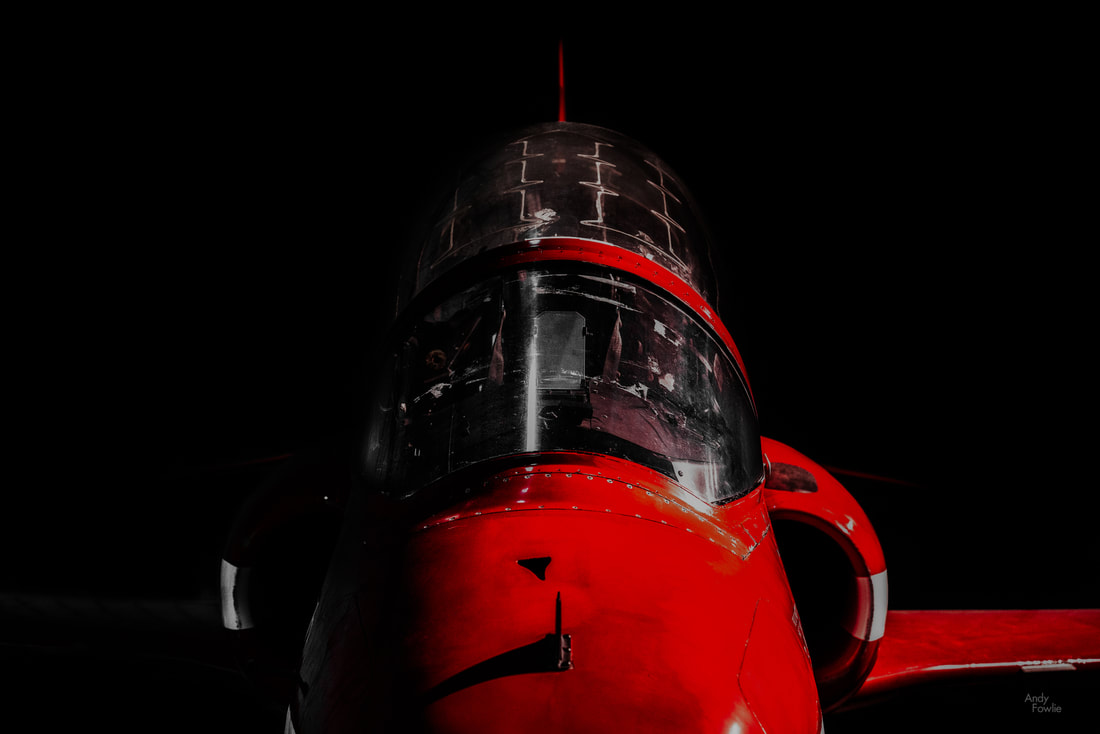
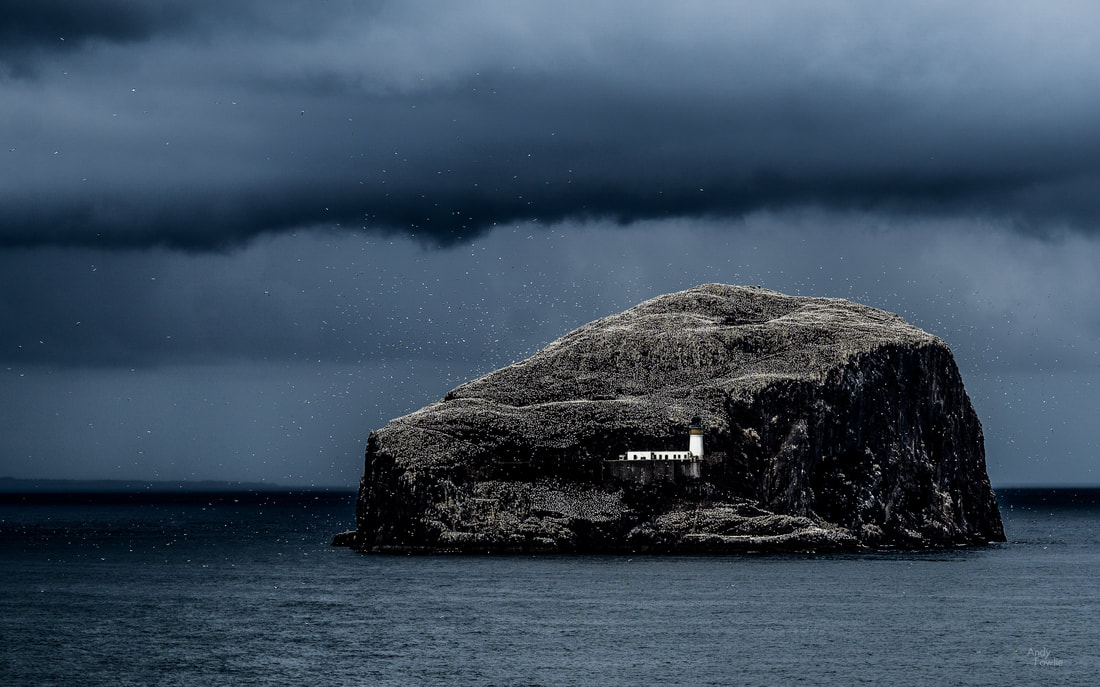
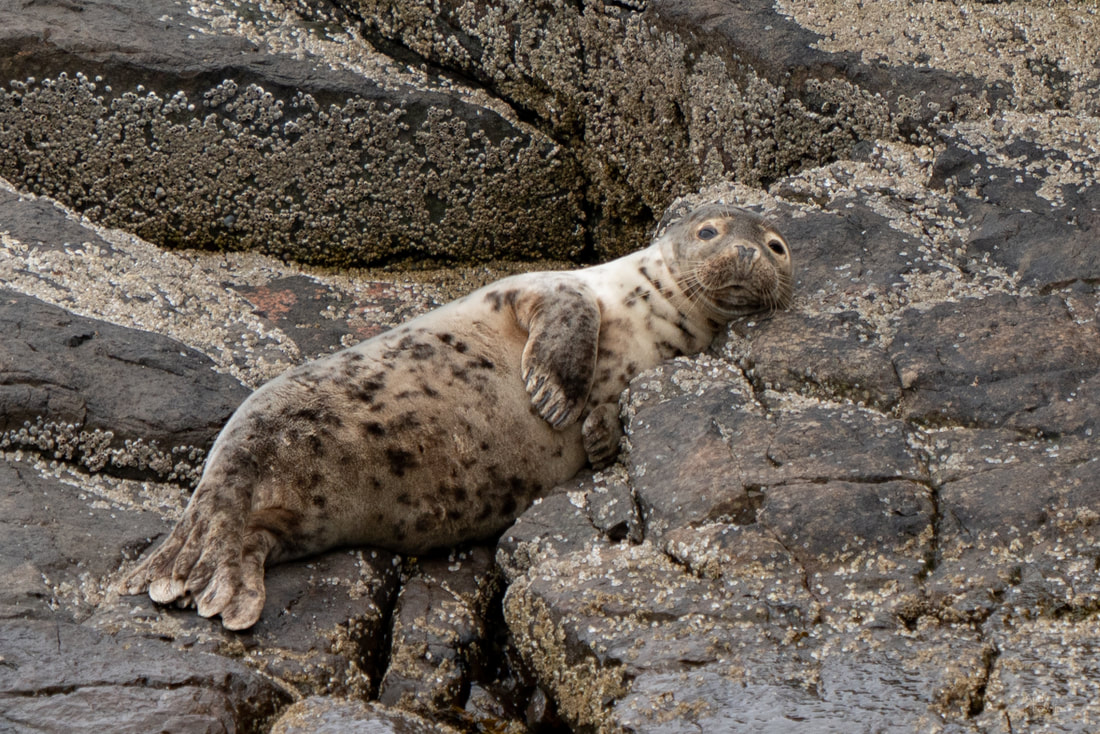
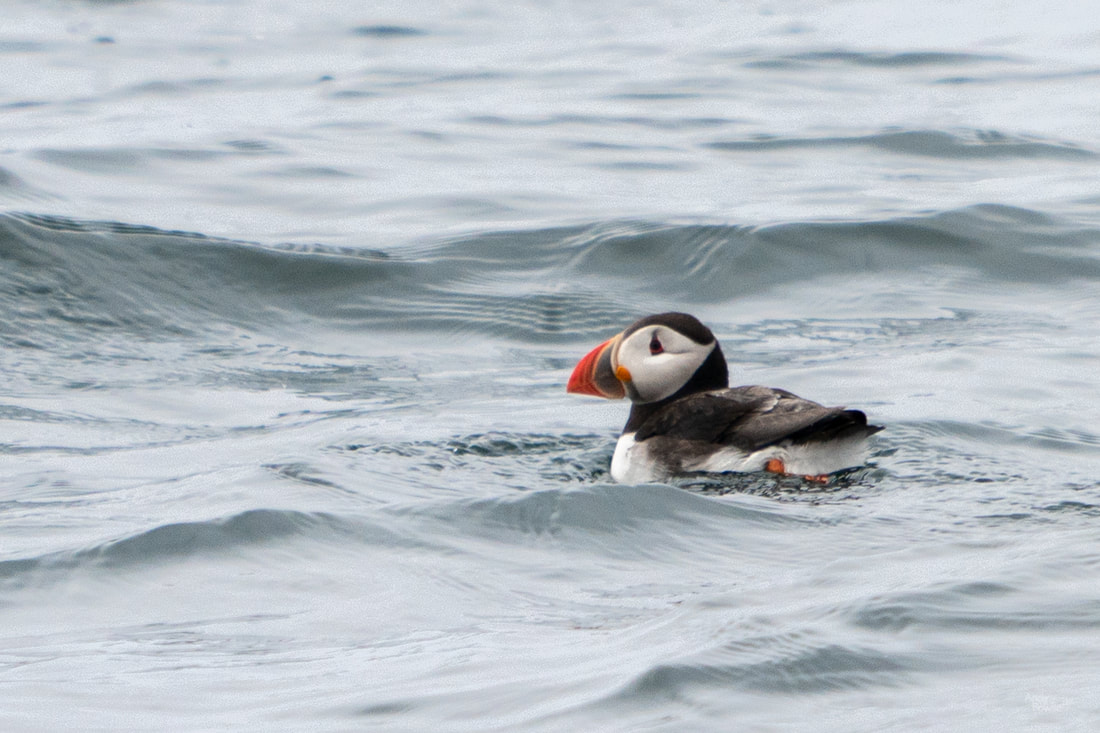
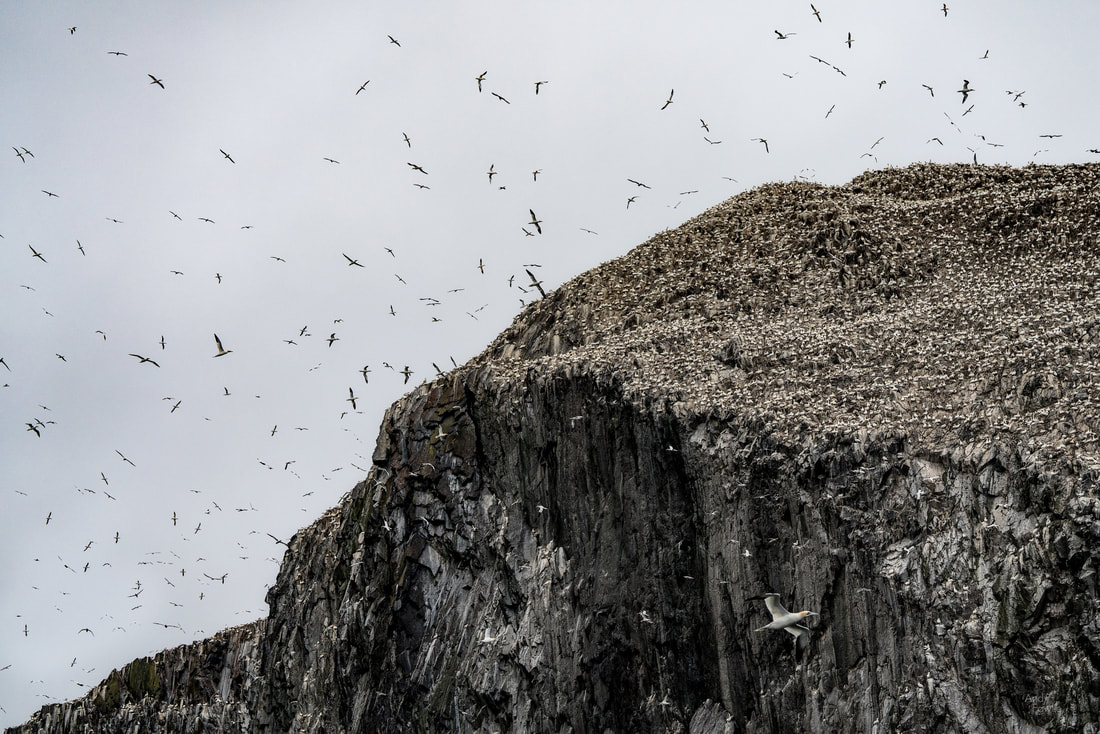
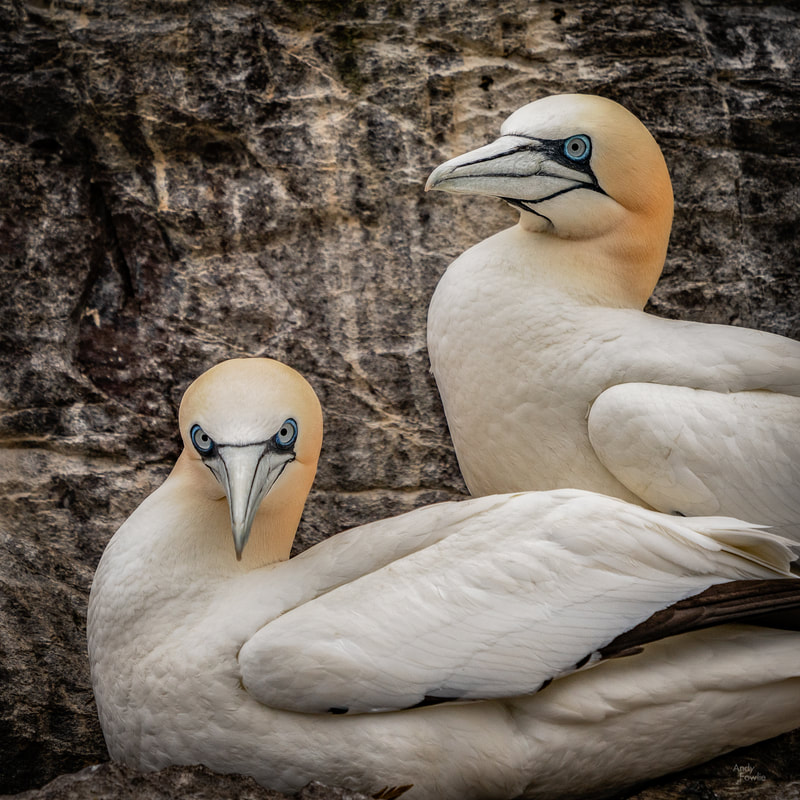
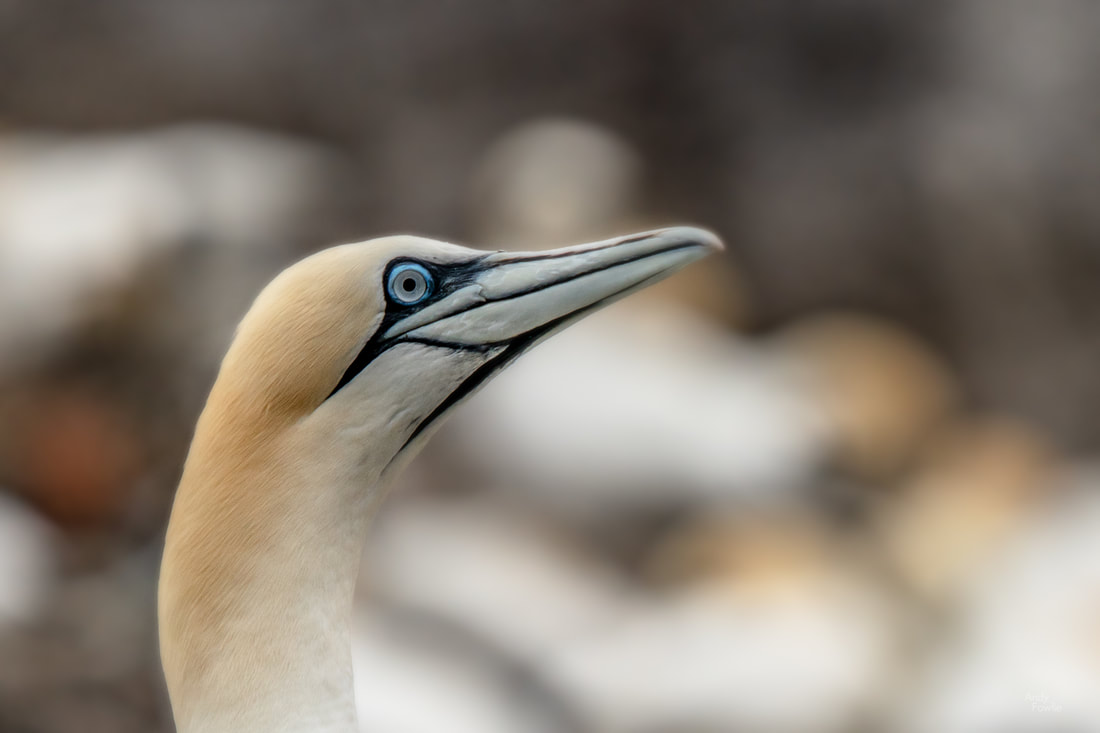
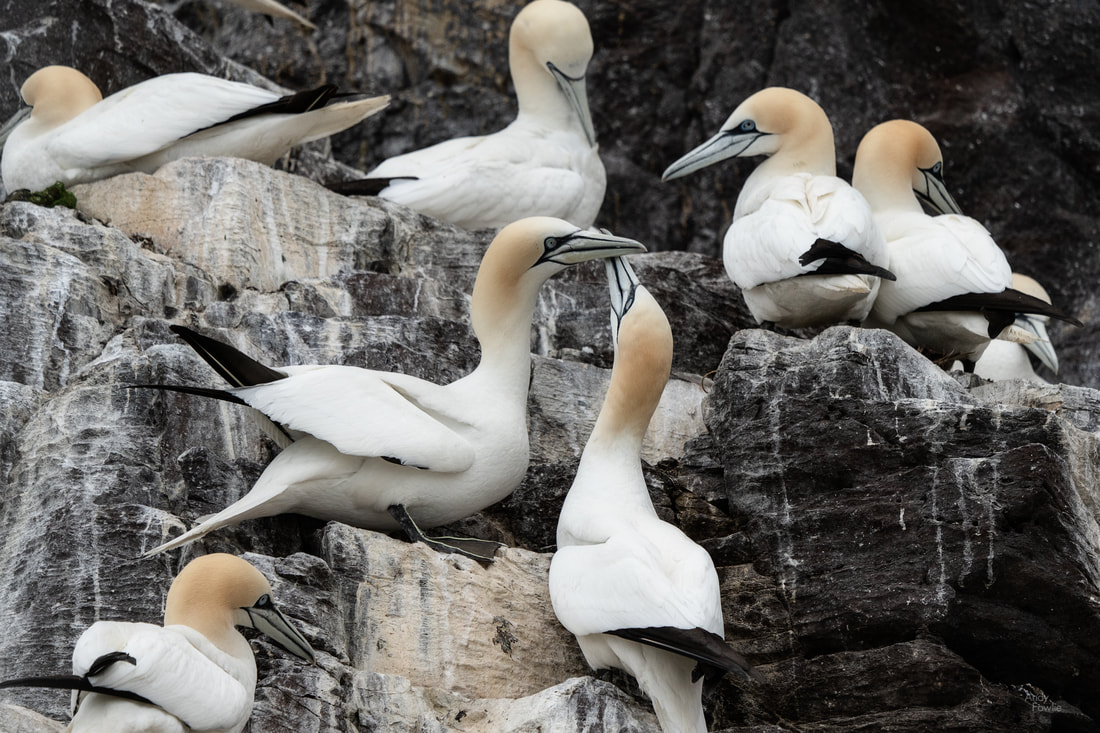
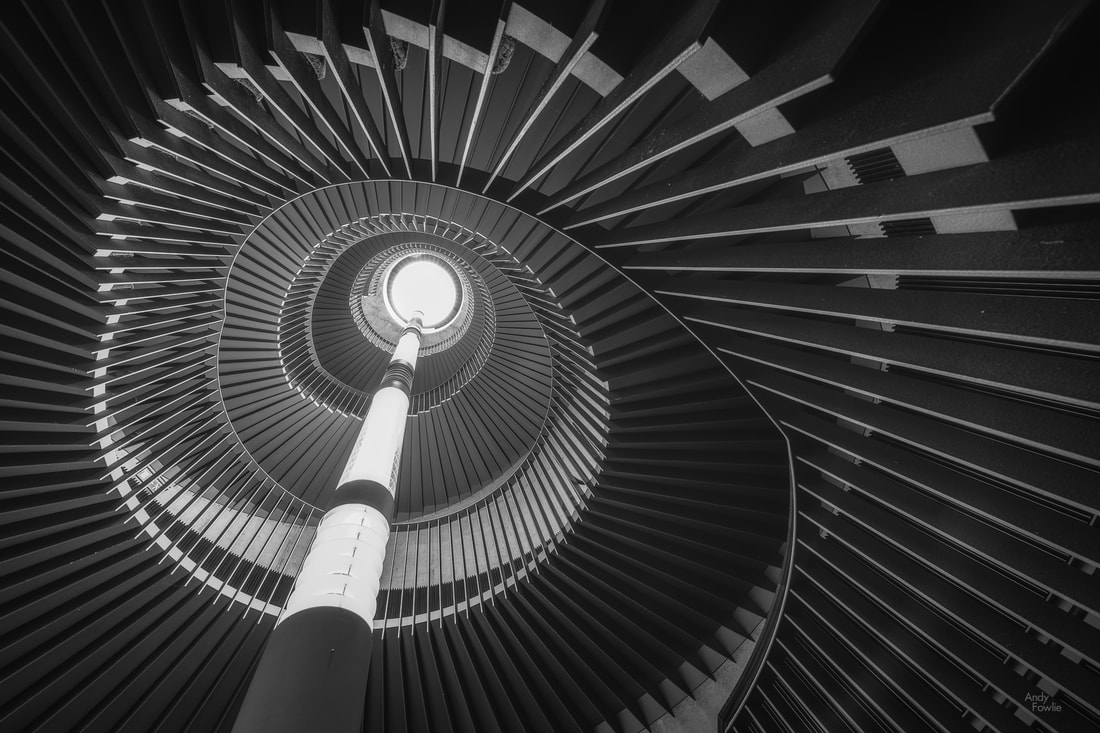
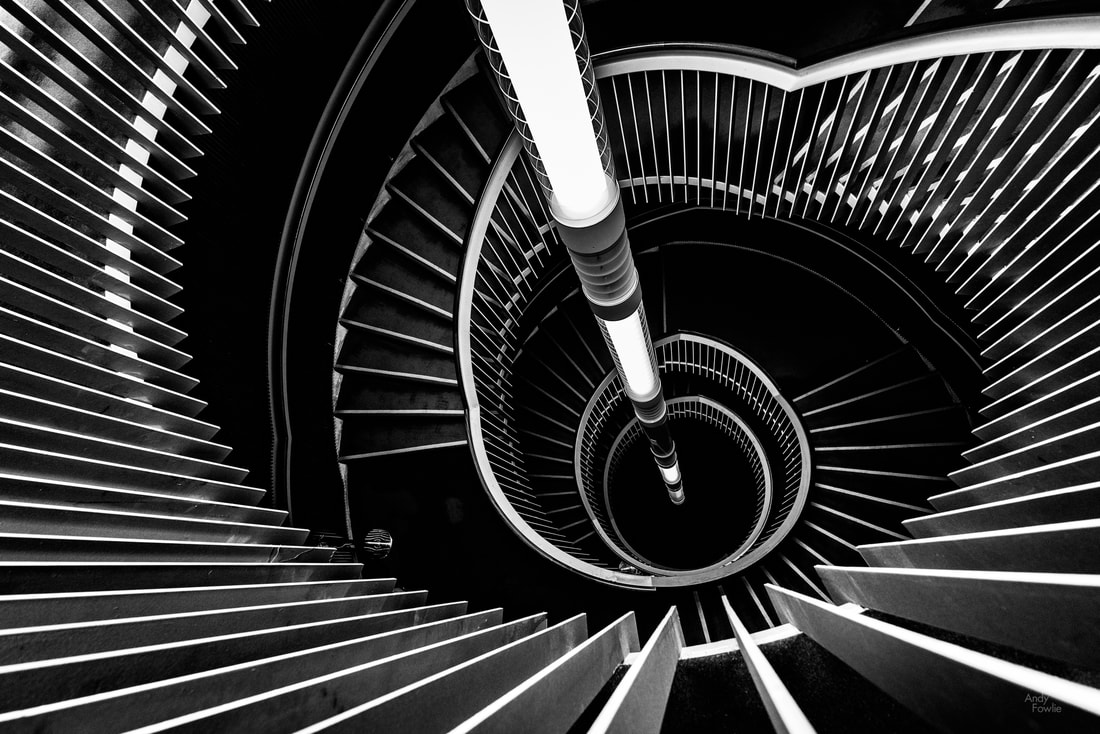
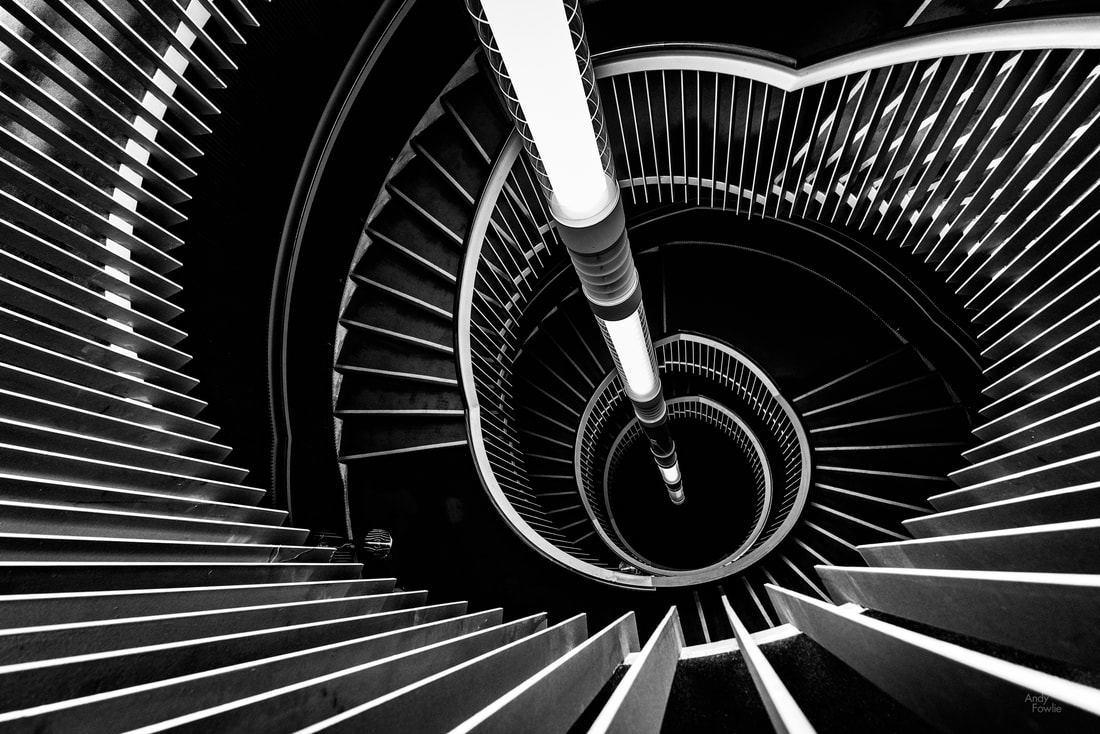
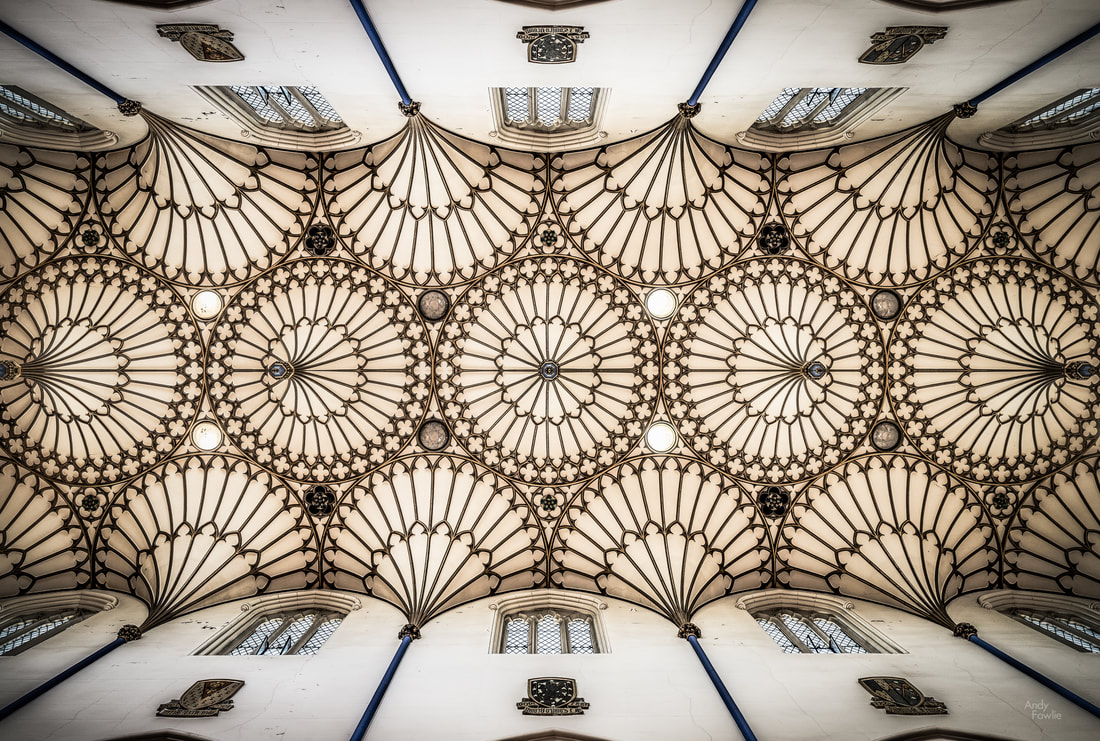
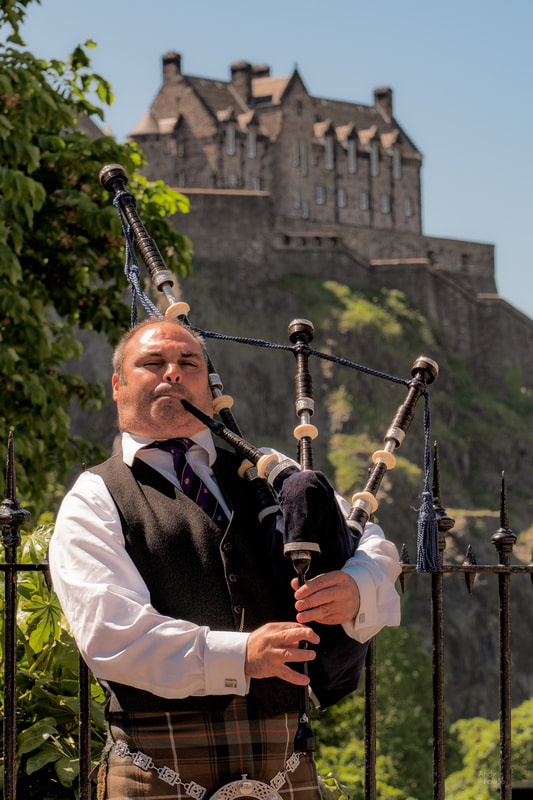
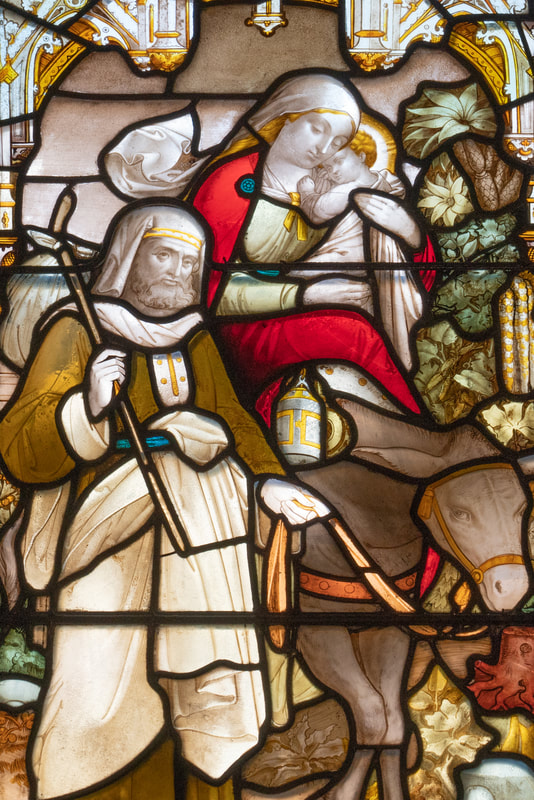
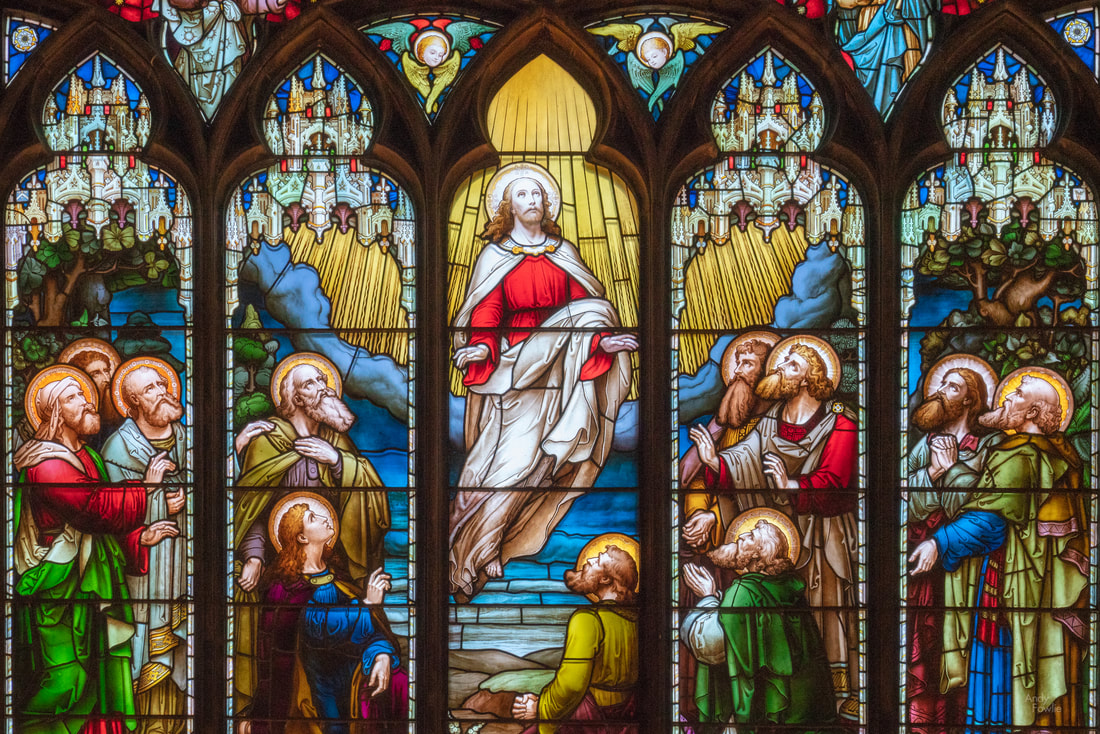
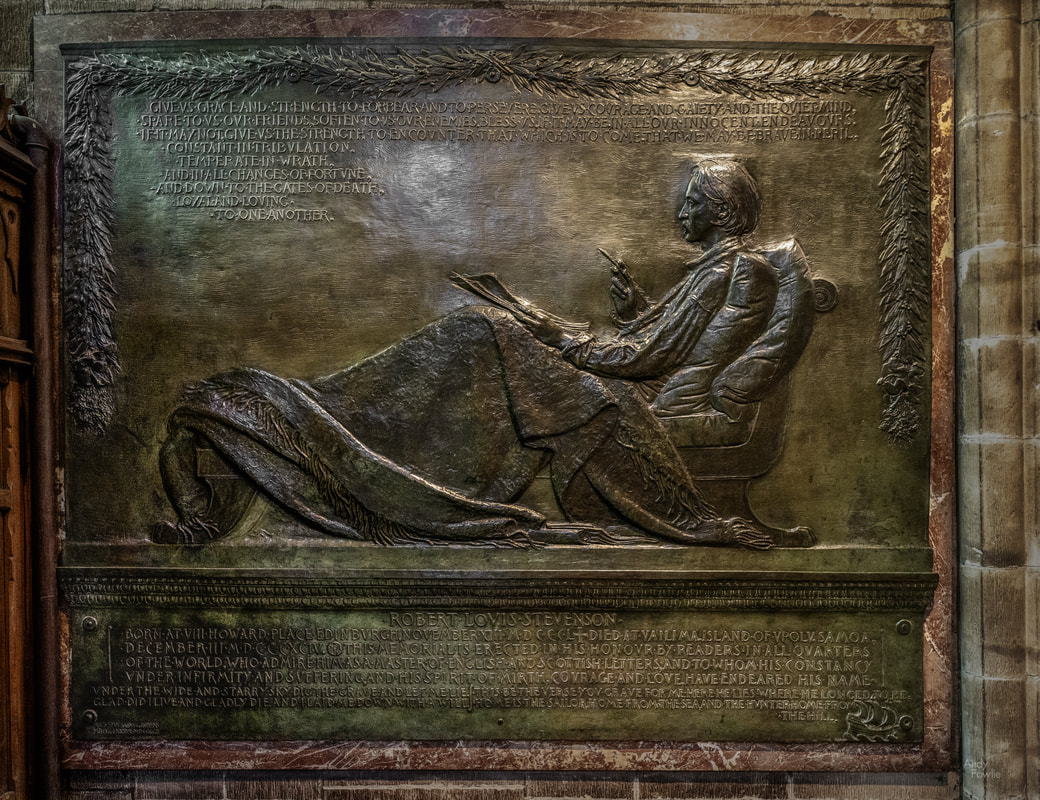
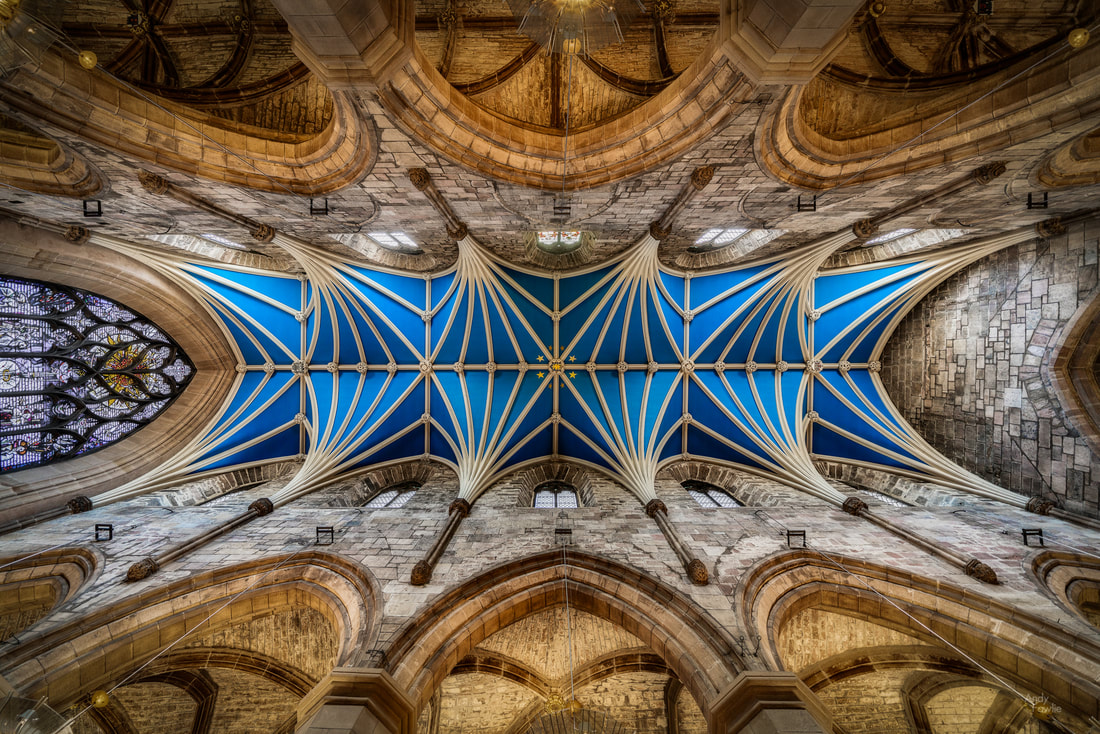
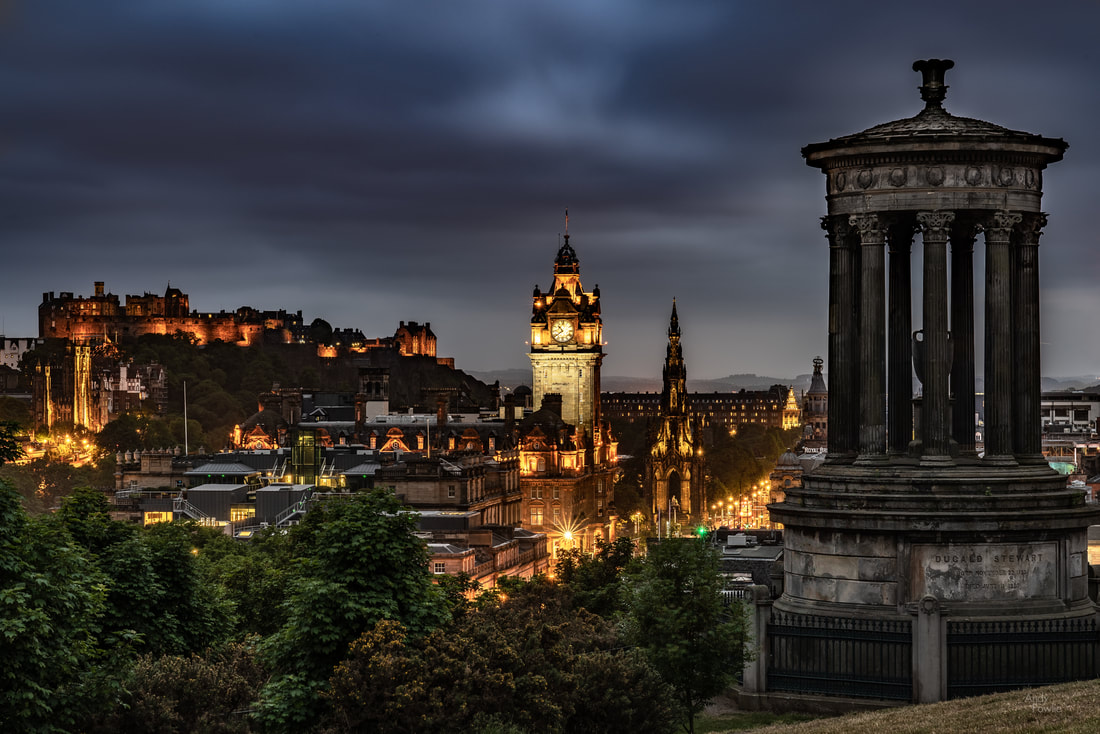
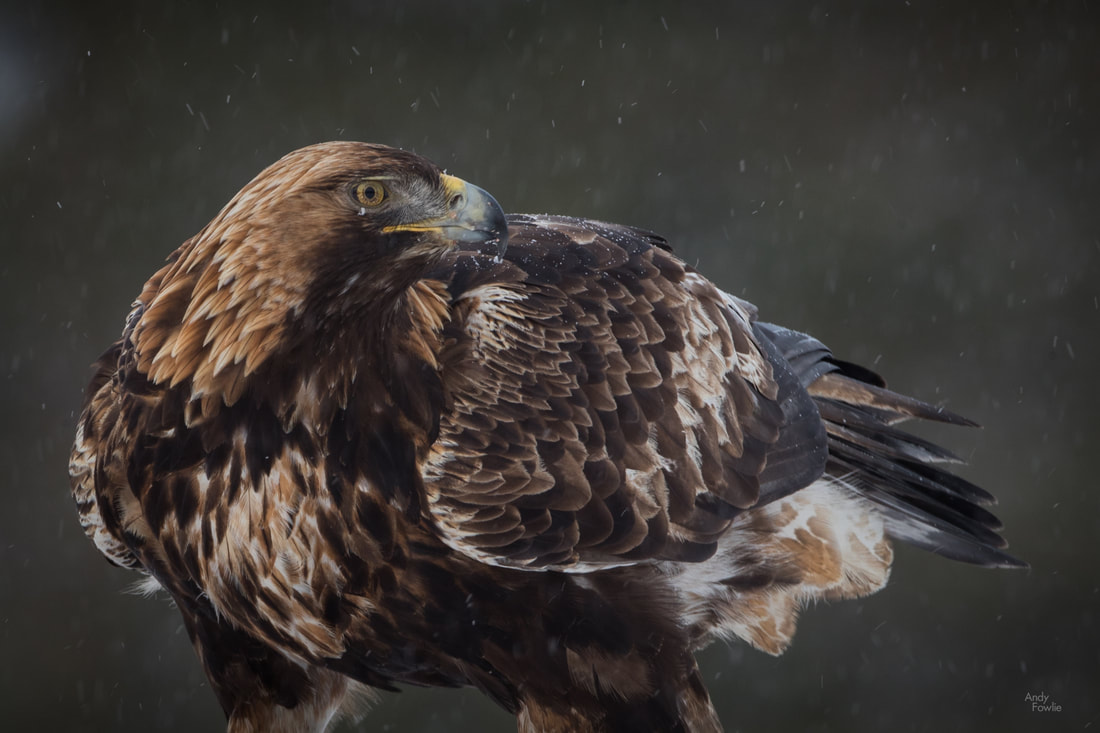
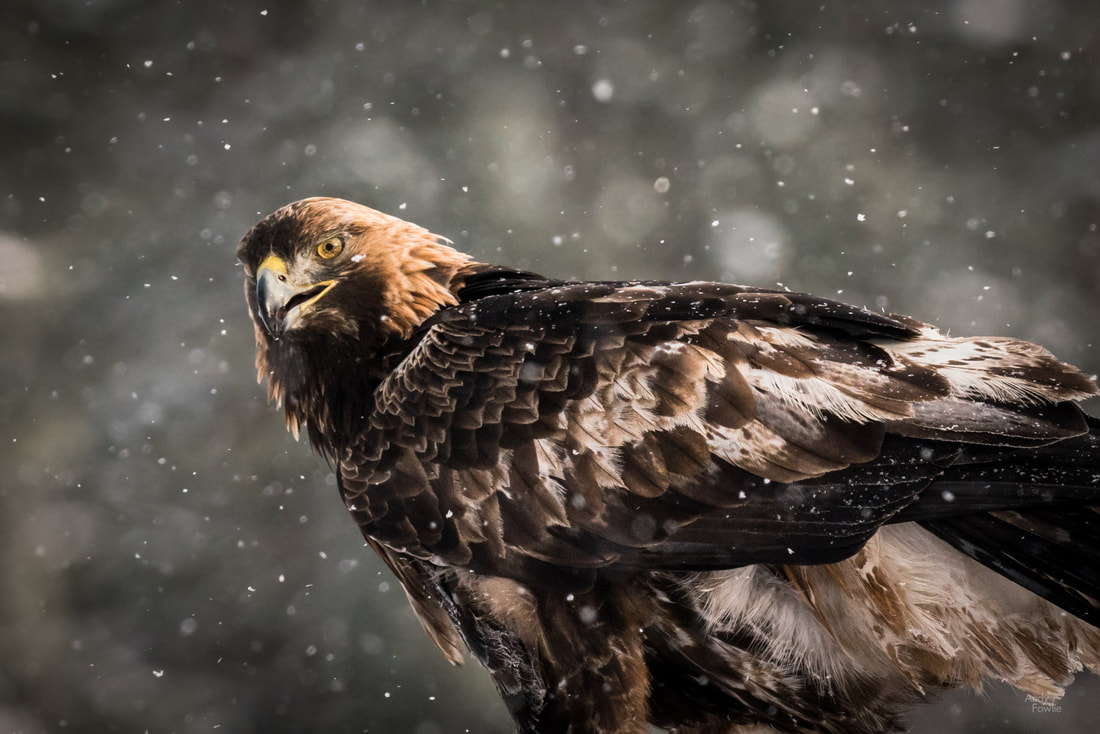
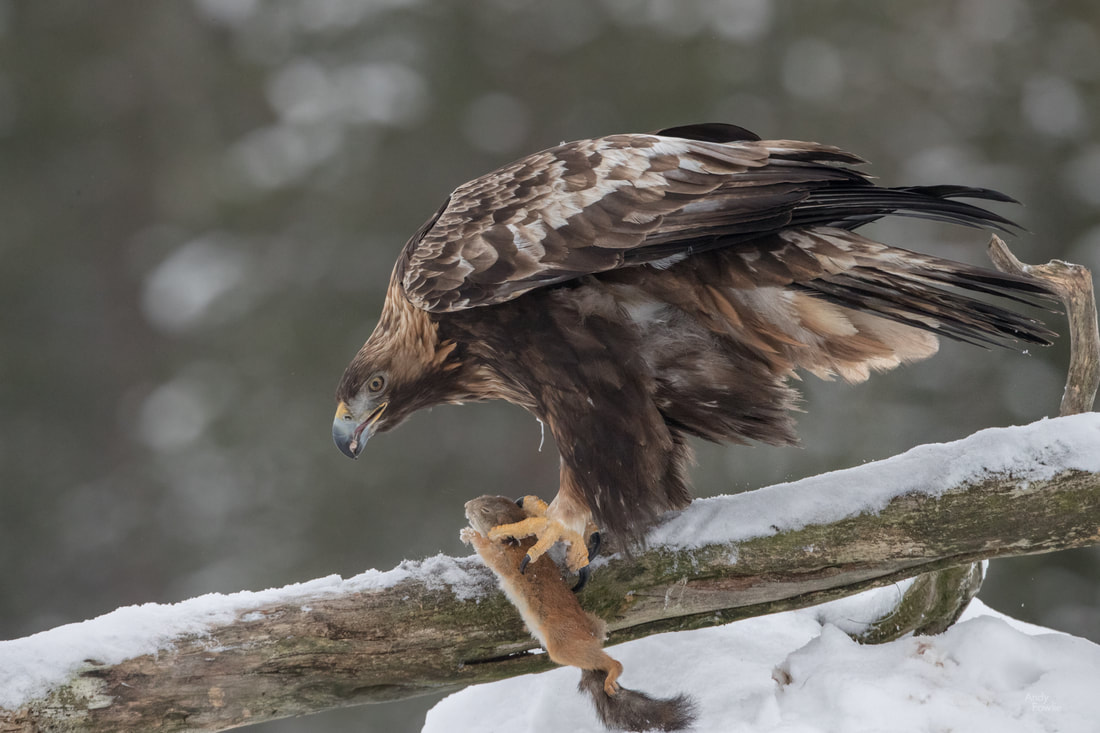
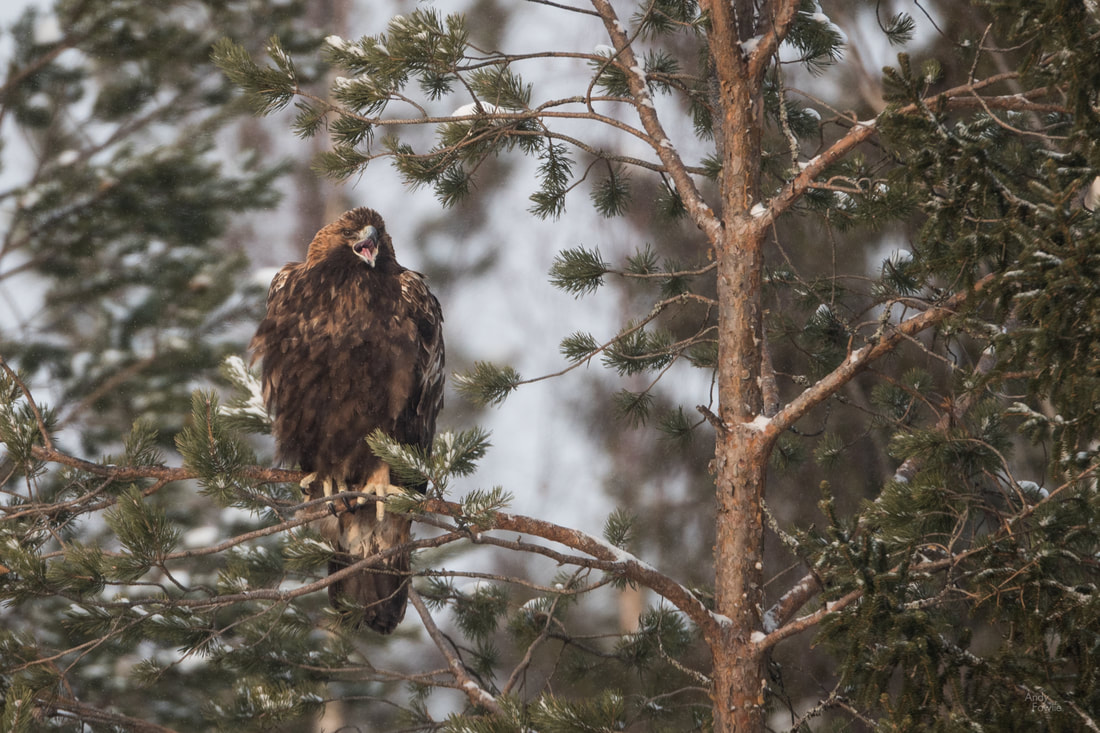
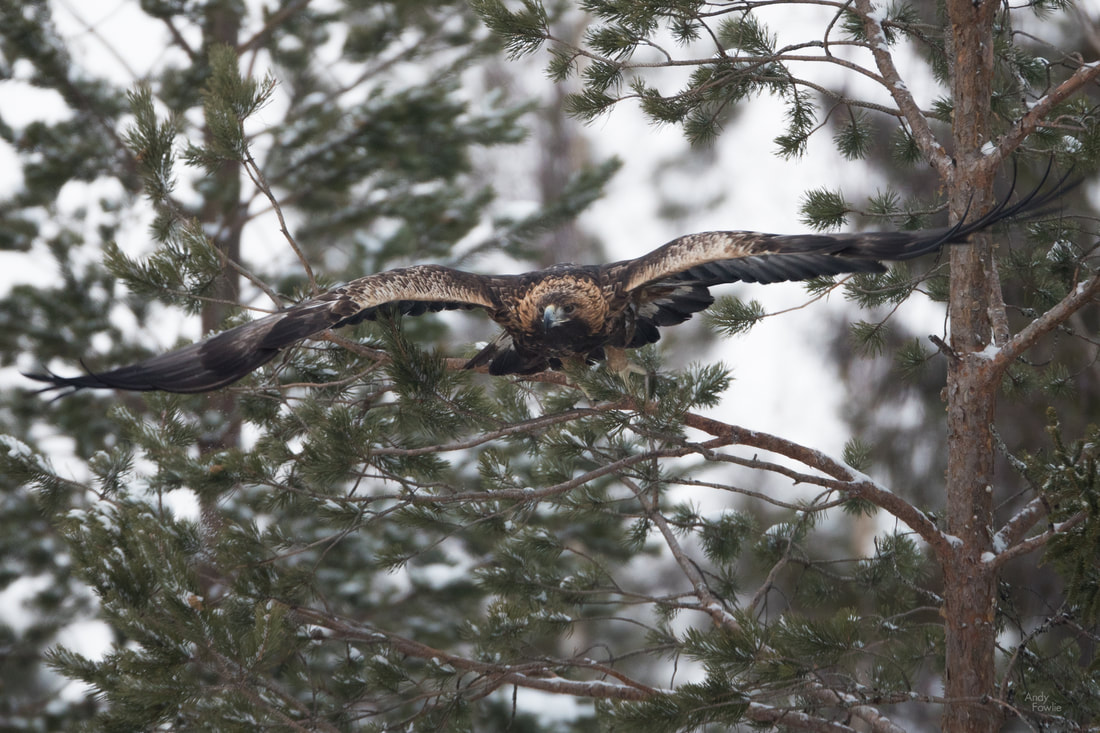
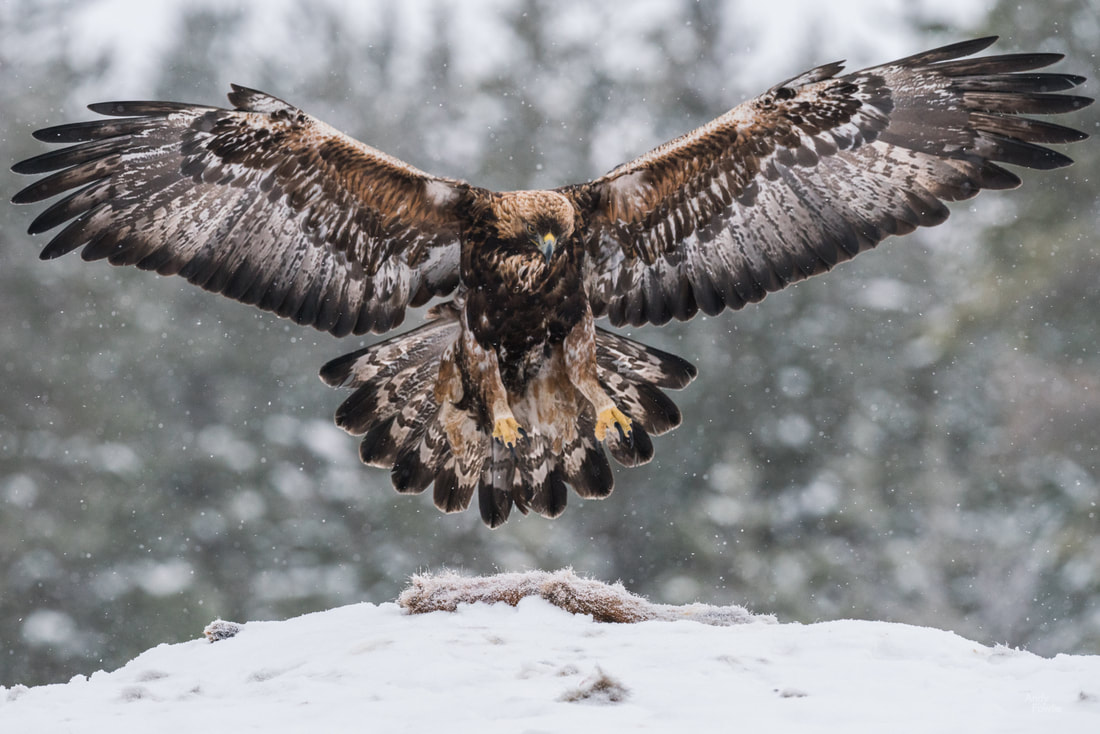
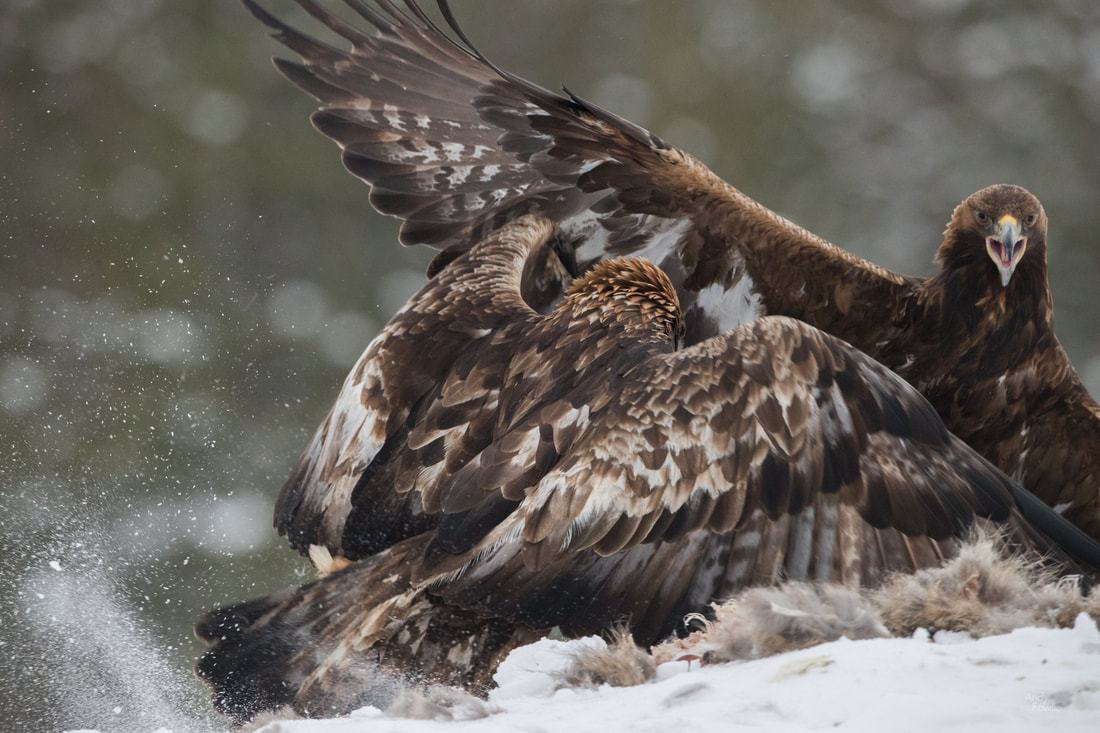
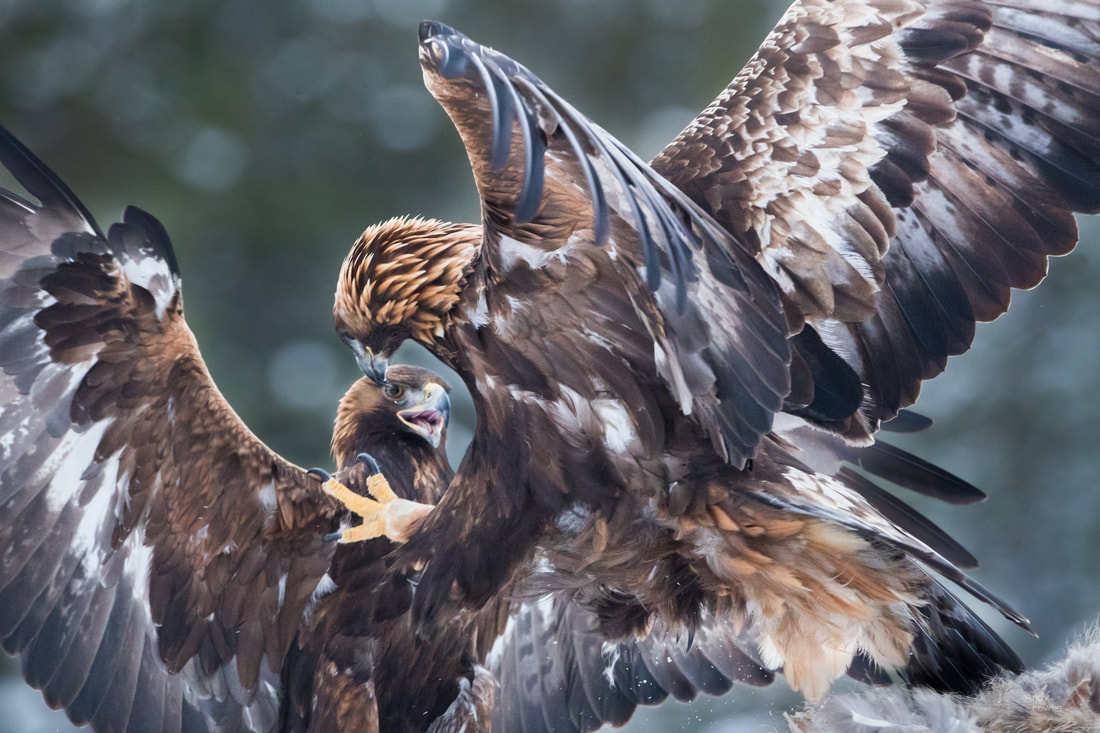
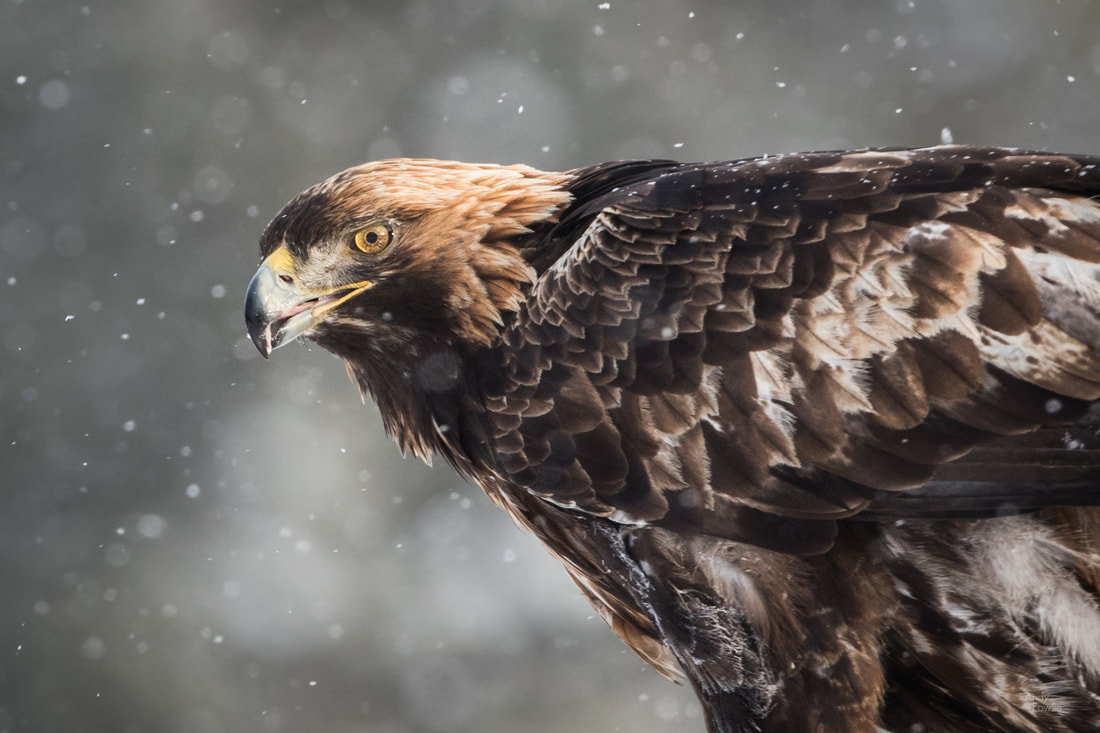
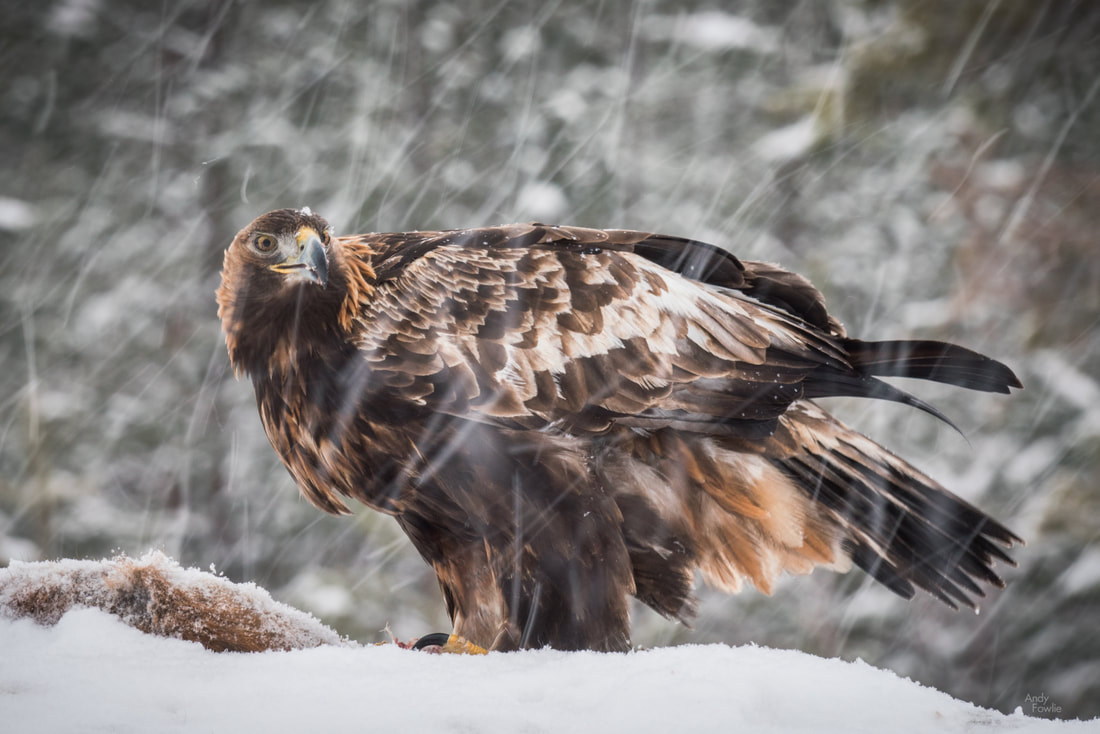
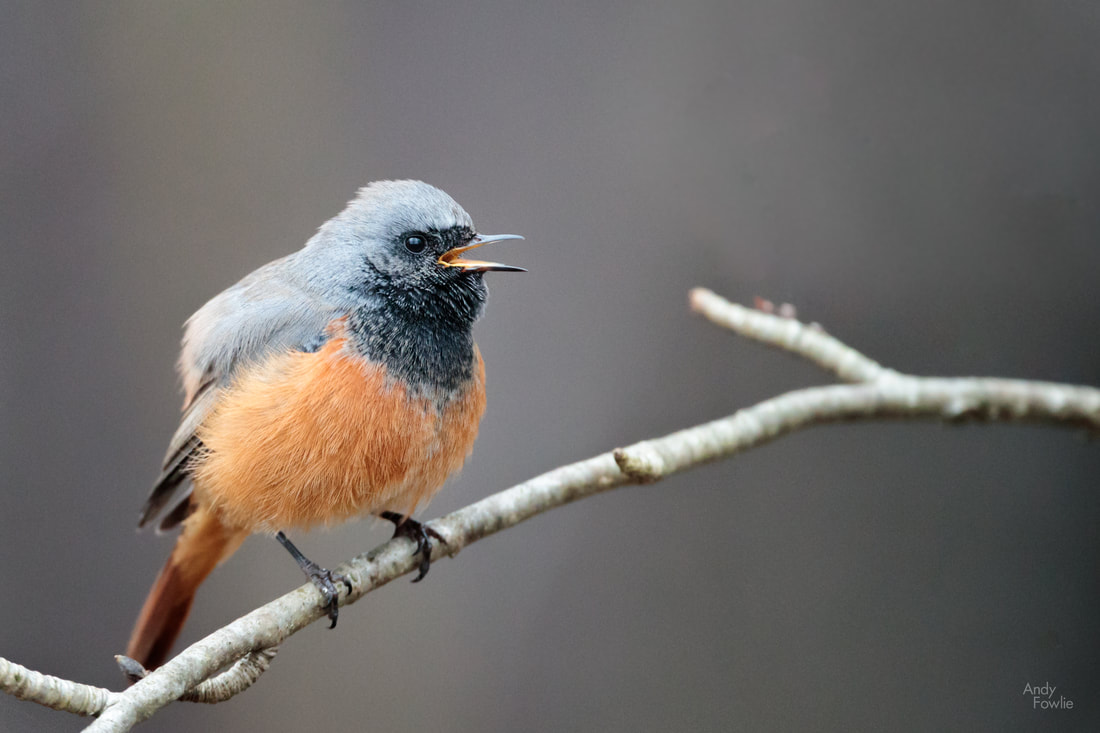
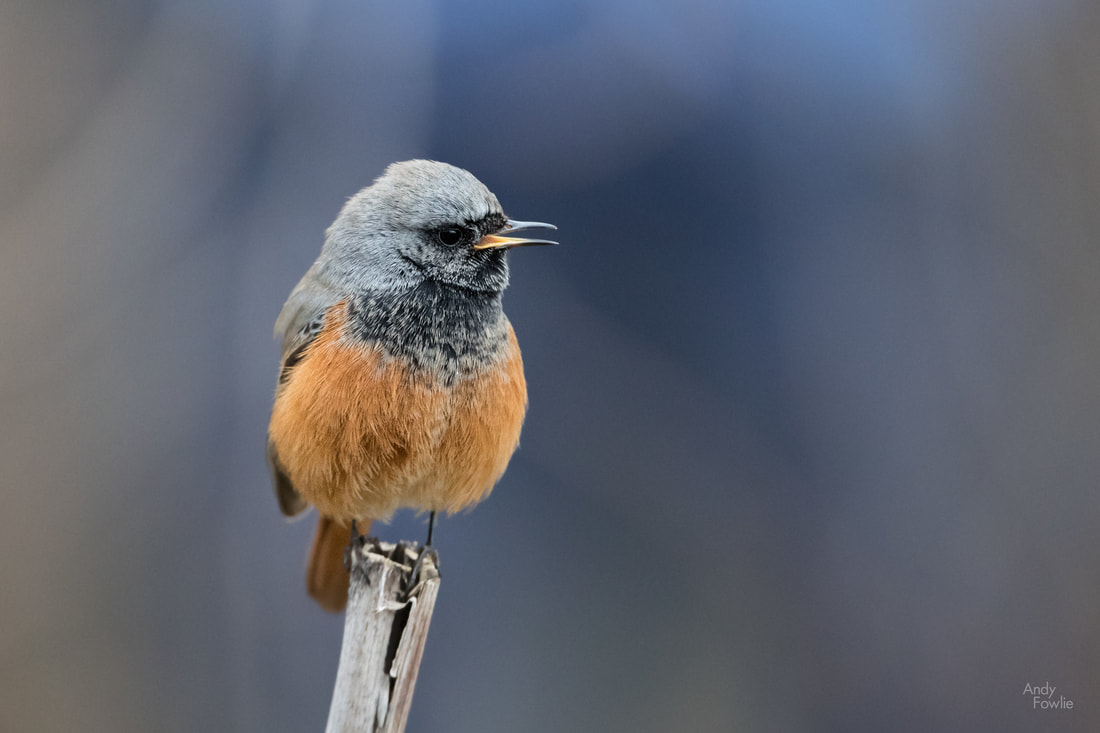
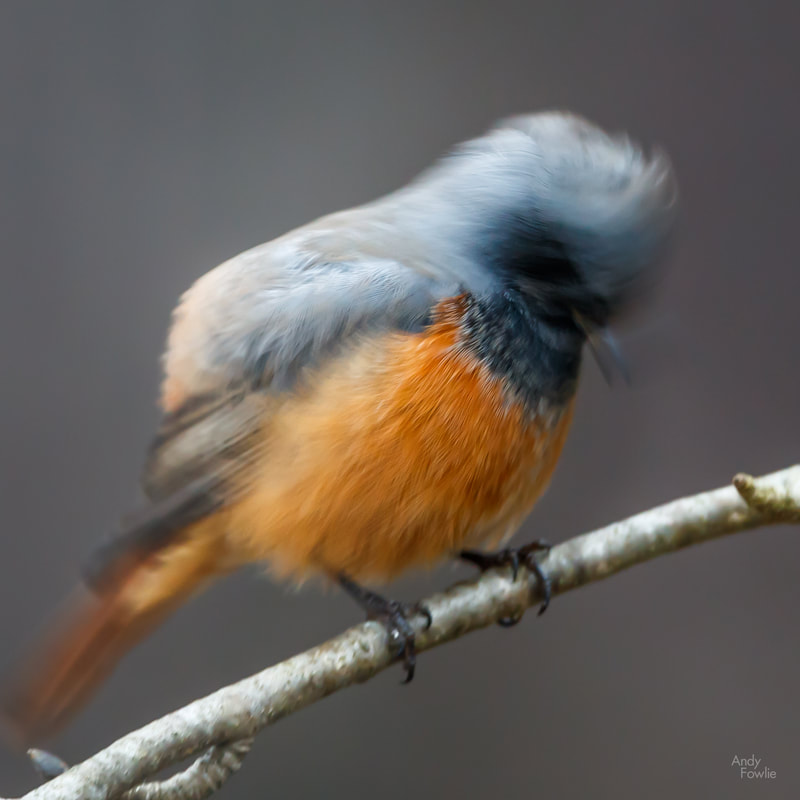
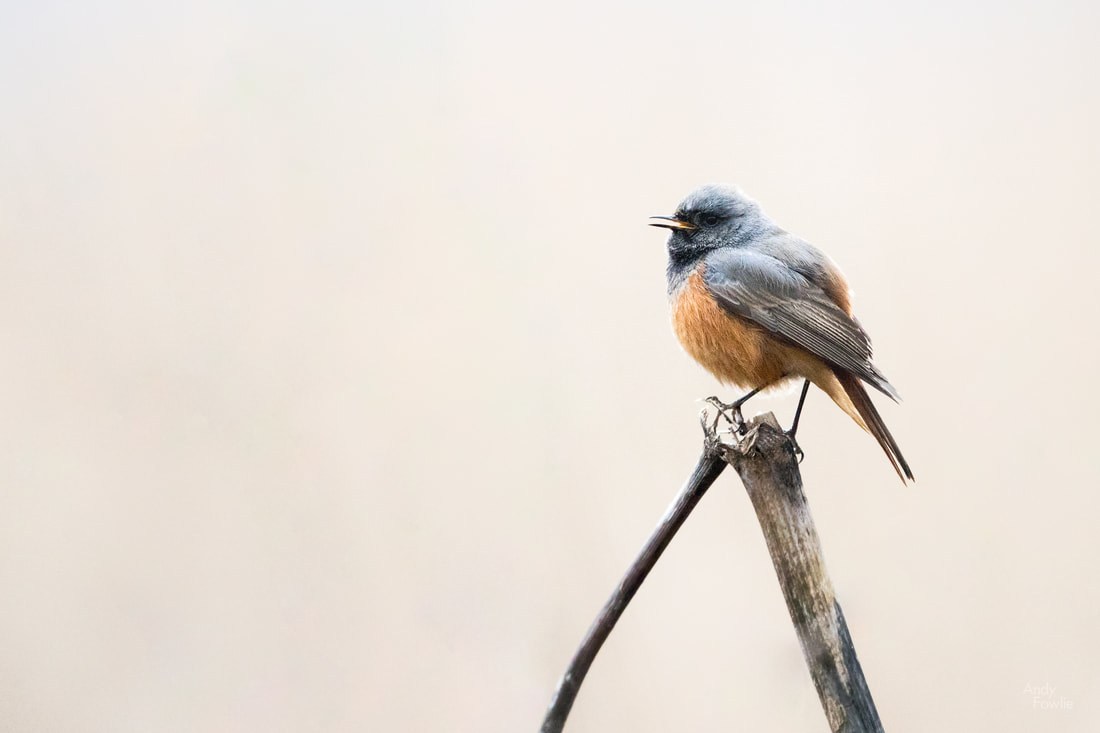

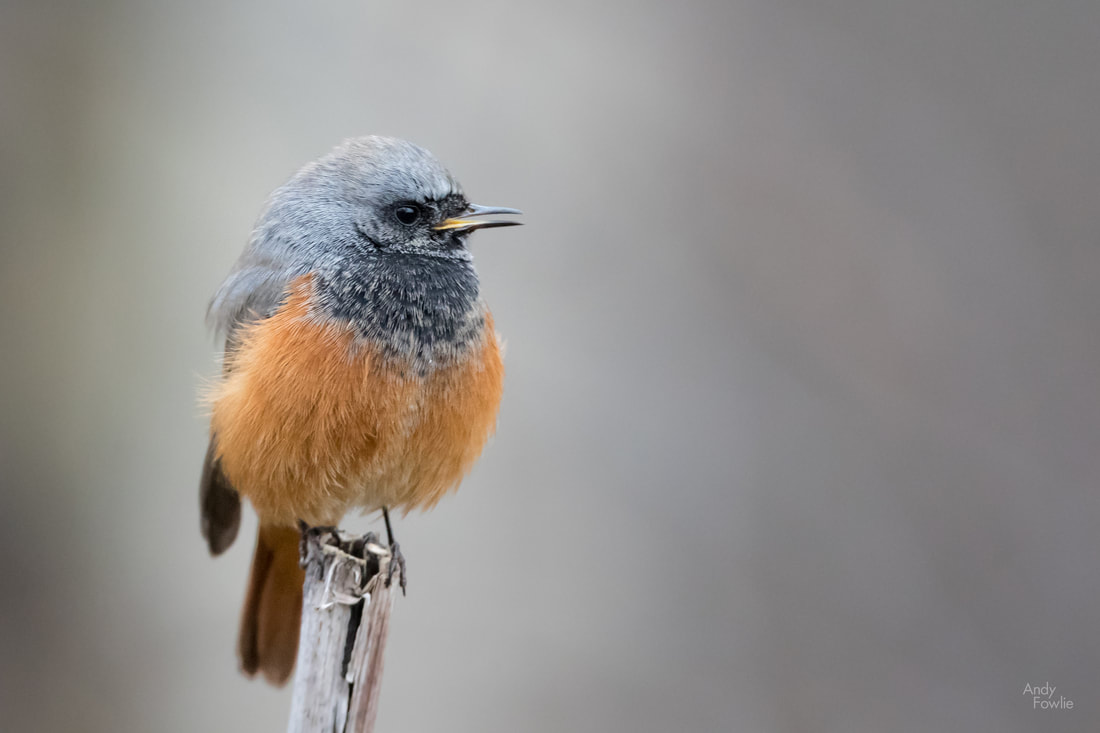
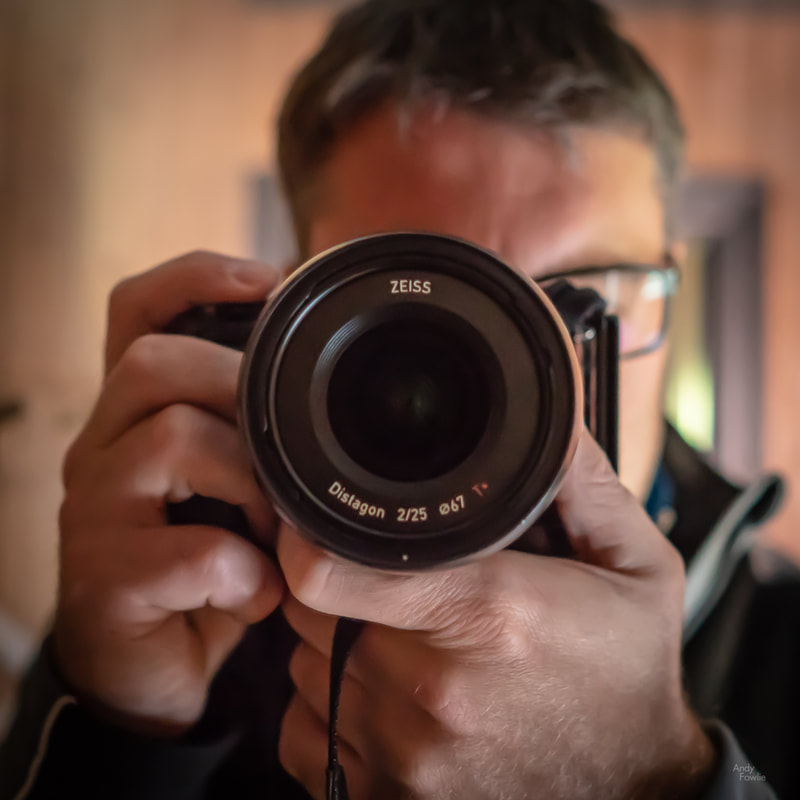
 RSS Feed
RSS Feed
